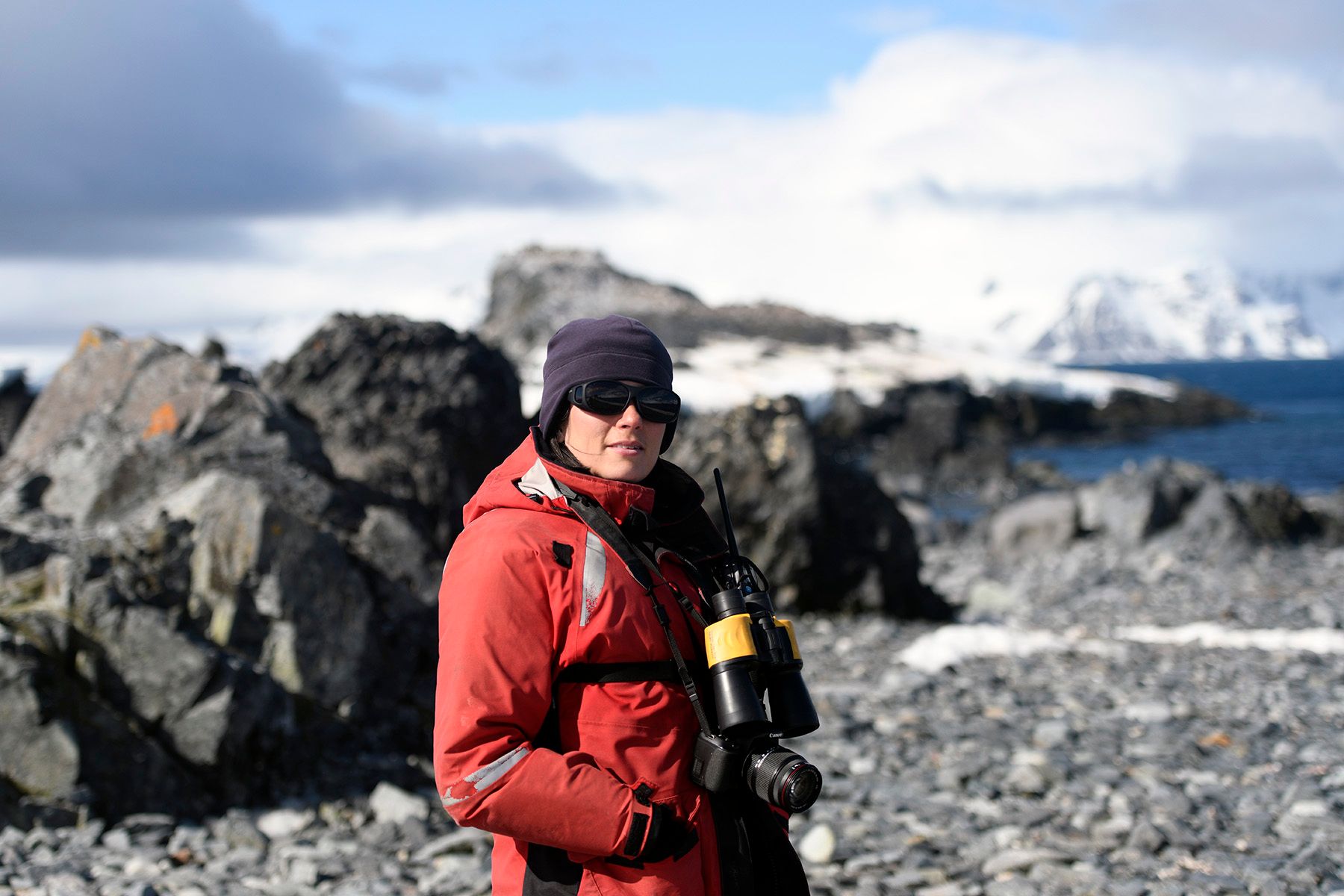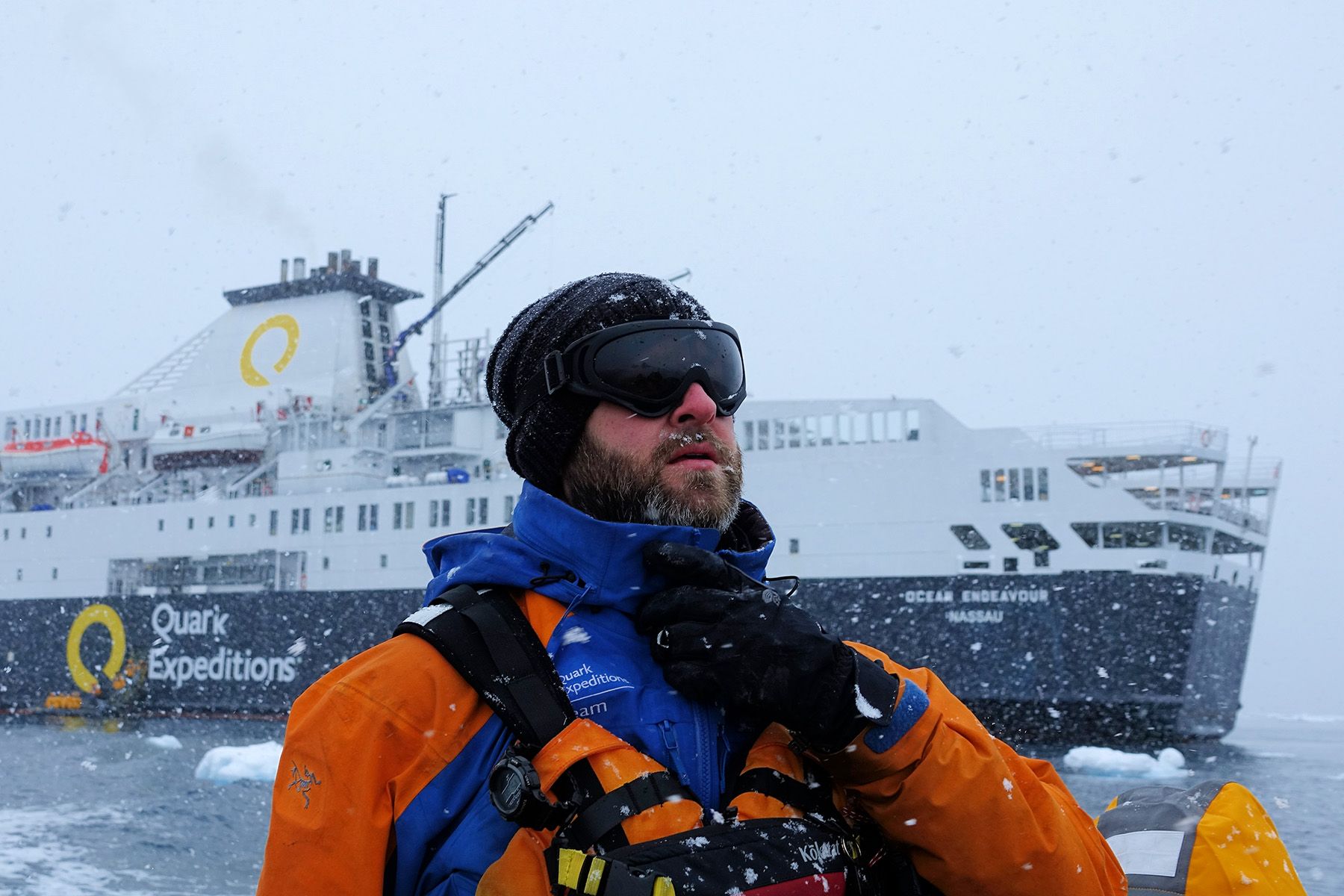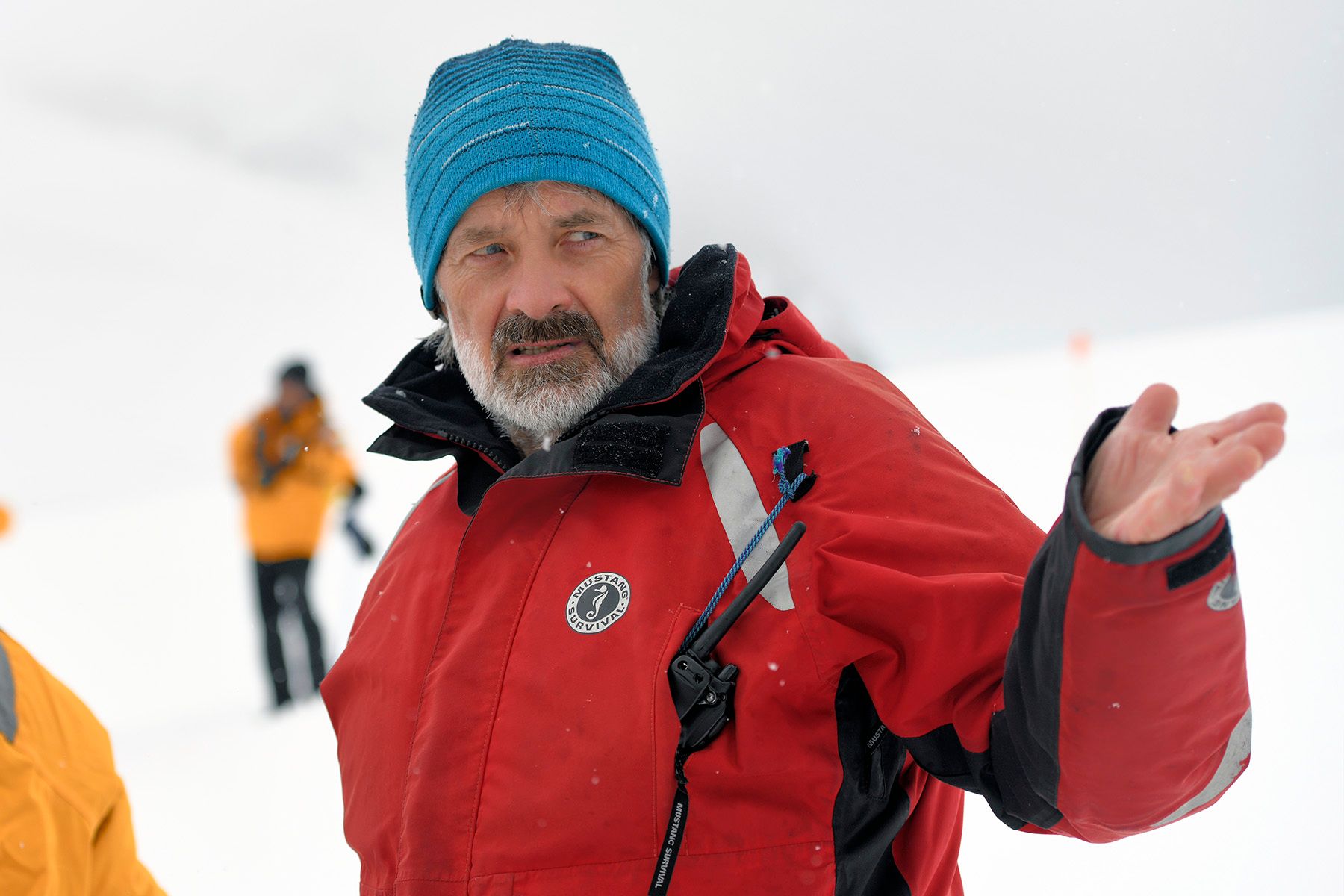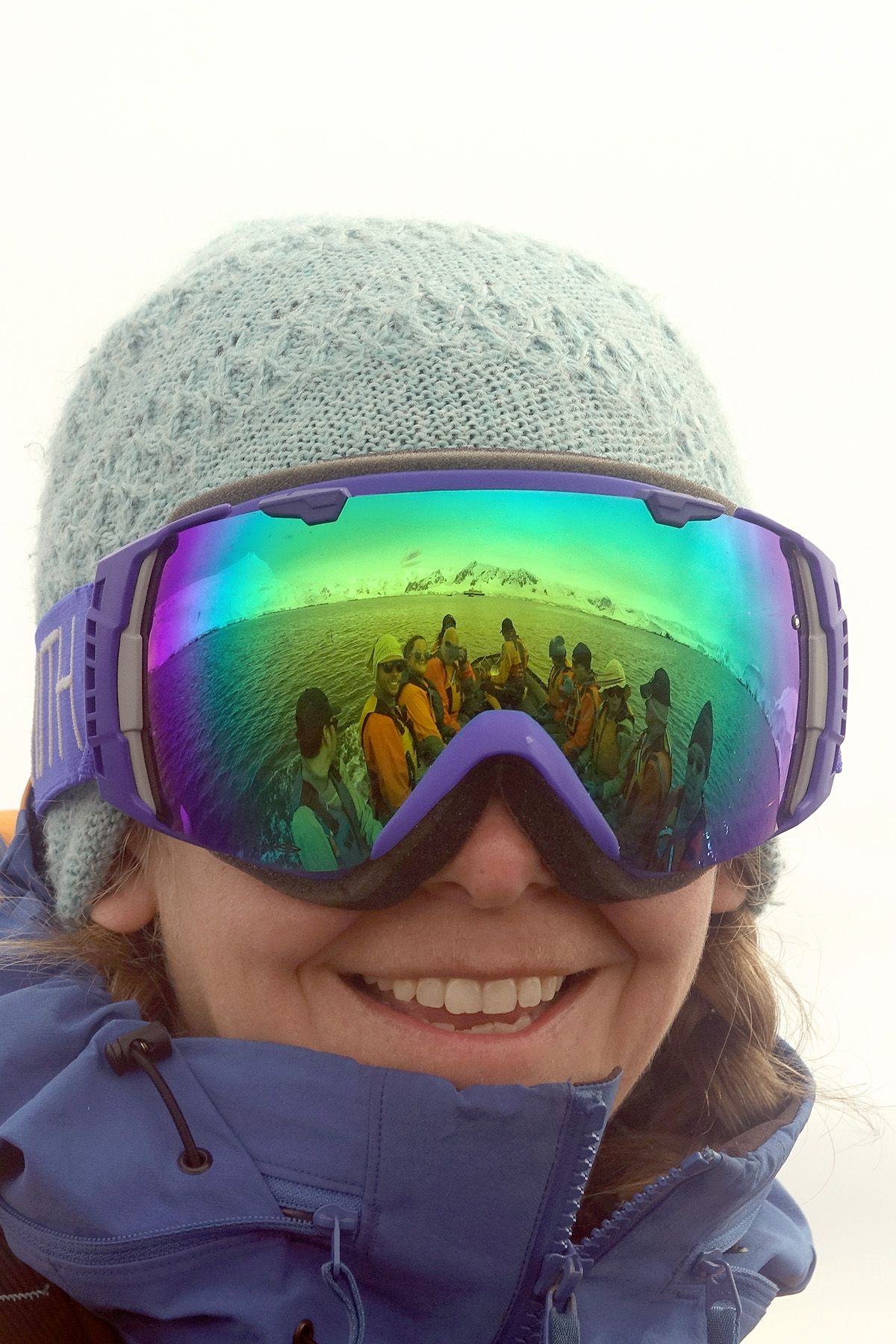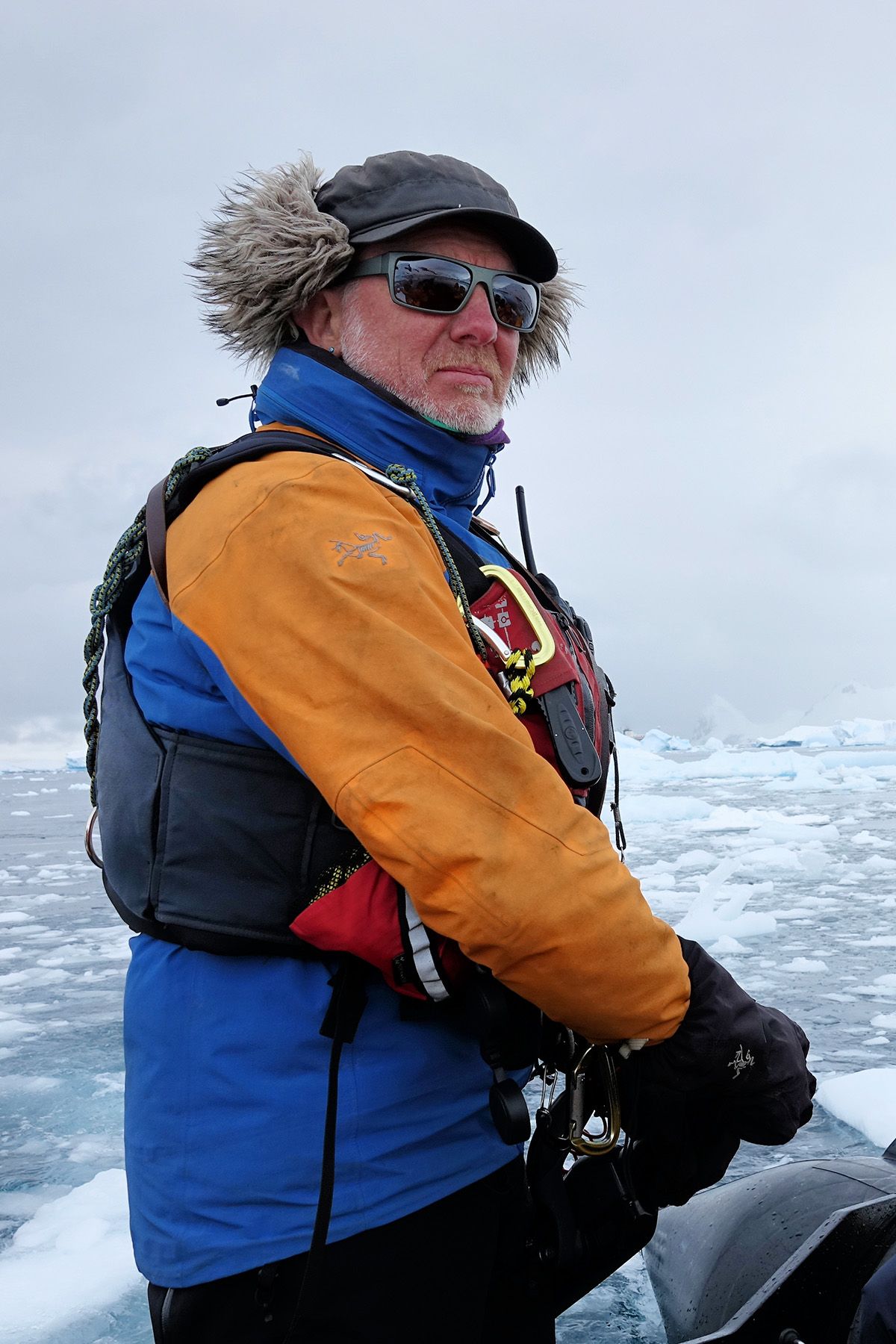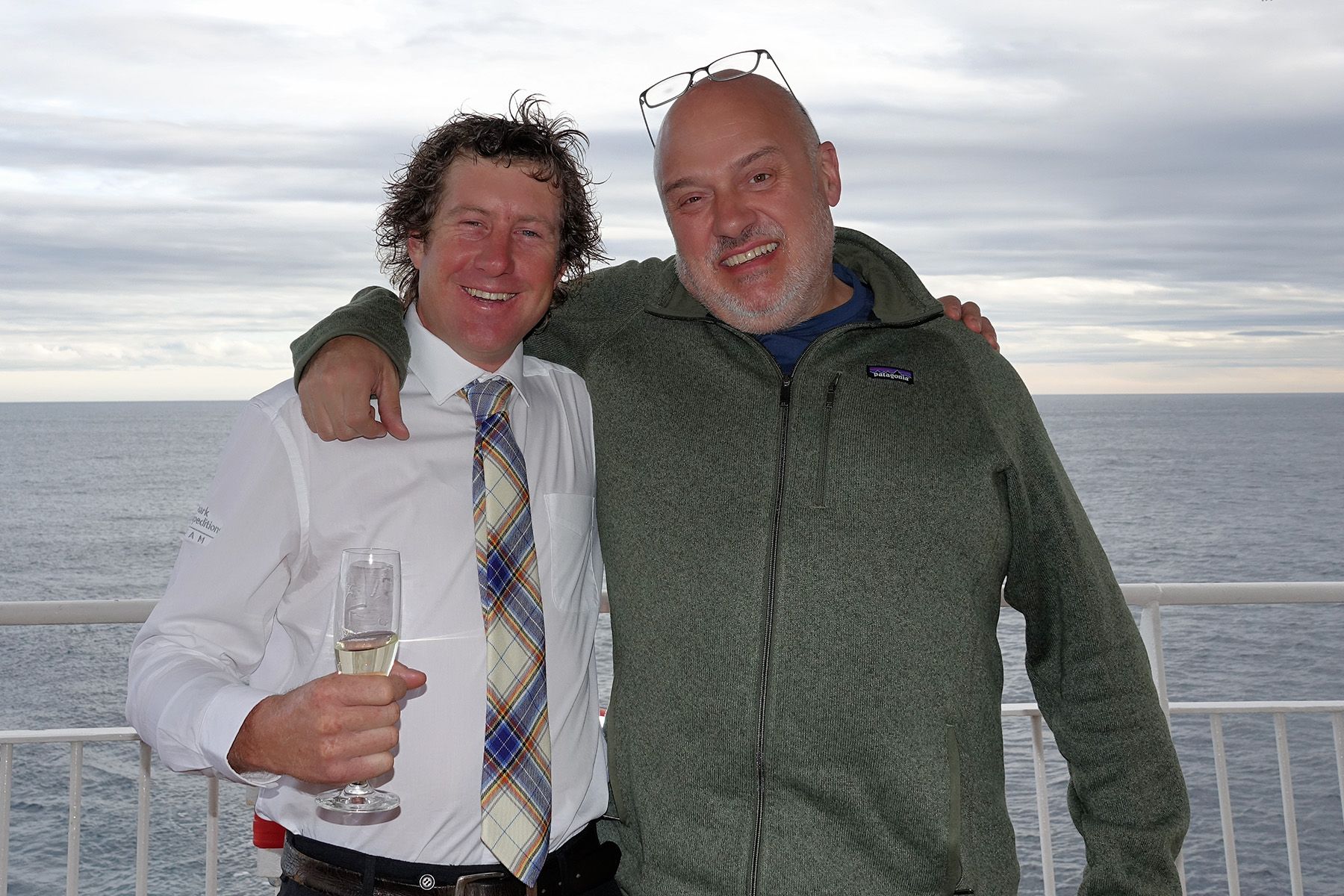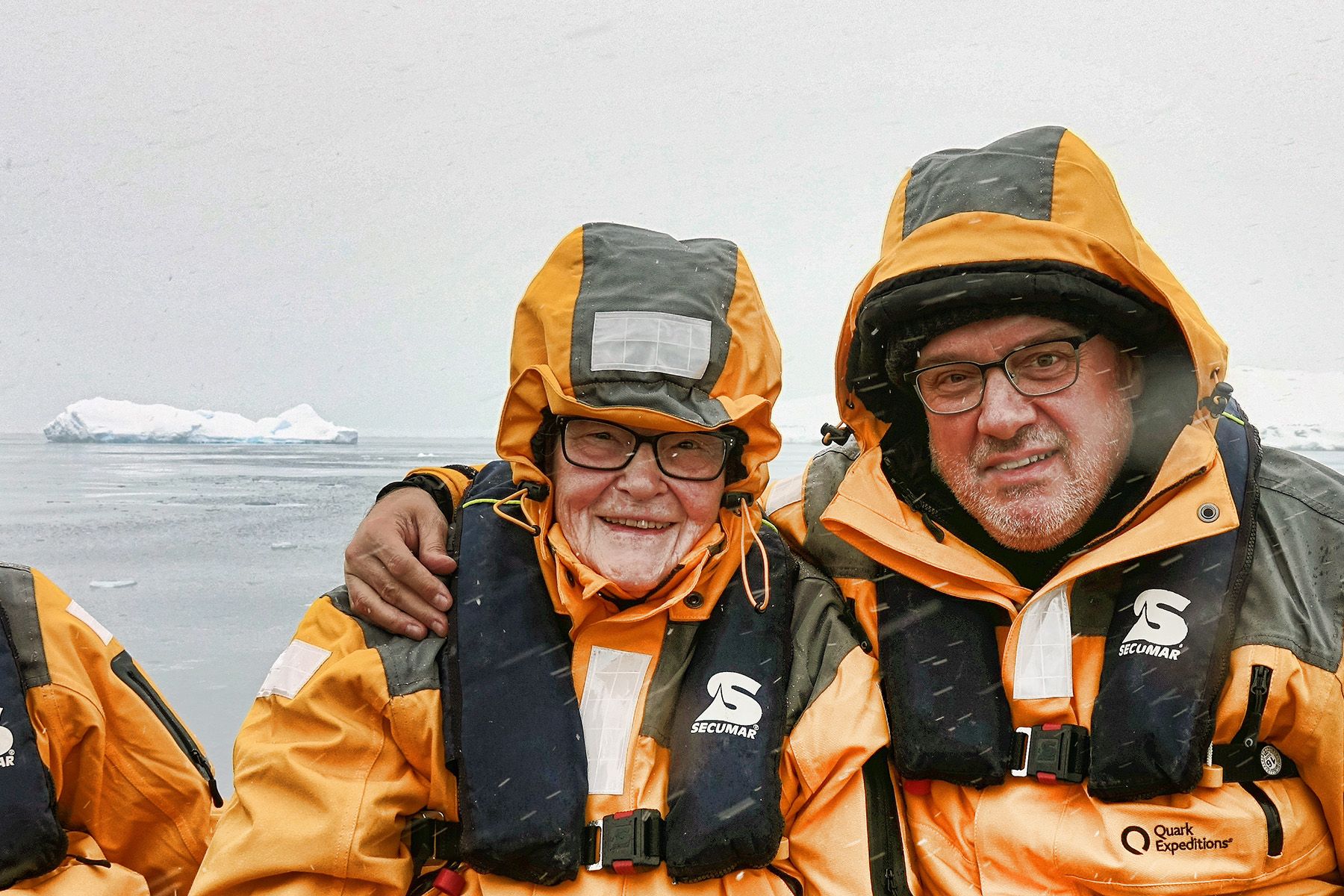Antarctica
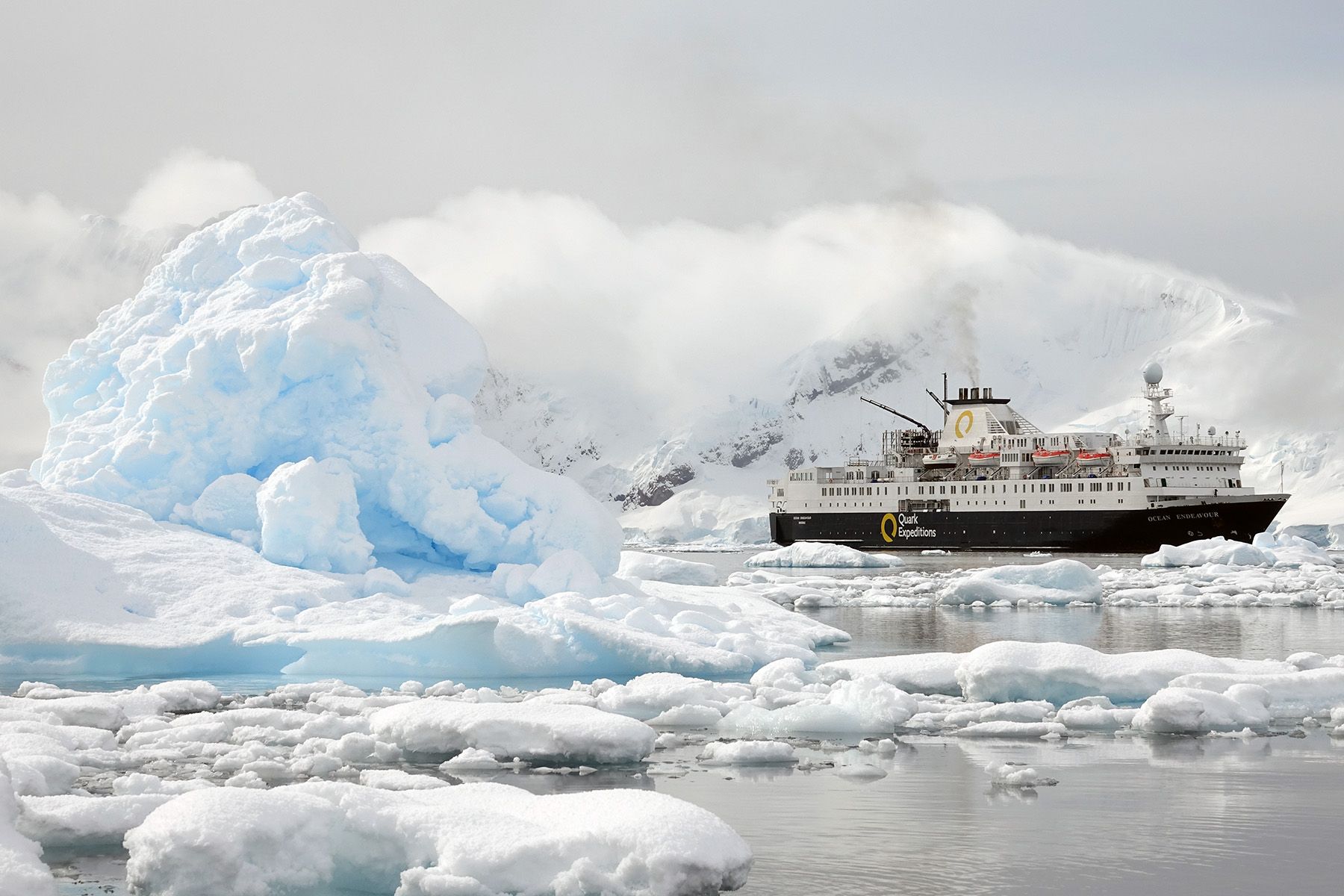
In December of 2018, Mom and I took a cruise to Antarctica on the Ocean Endeavor from Quark Expeditions, thus checking the 7th continent off our life list for each of us. Special thanks to my cousin David Phillips, who sponsored Mom's trip. Thanks, David, you truly gave Mom the trip of a lifetime!
Getting There
Quark's Antarctic Explorer: Discovering the 7th Continent itinerary is a round trip package out of Buenos Aires. so we flew to Buenos Aires for a 3-day weekend of sightseeing beforehand, then joined the expedition team on Sunday at the Sheraton Buenos Aires Convention Center. The G20 Summit happened to be taking place in Buenos Aires while we were there, and Chinese President Xi Jinping was staying at the same hotel as us, which added some excitement and logistical complexity to this phase of our trip.
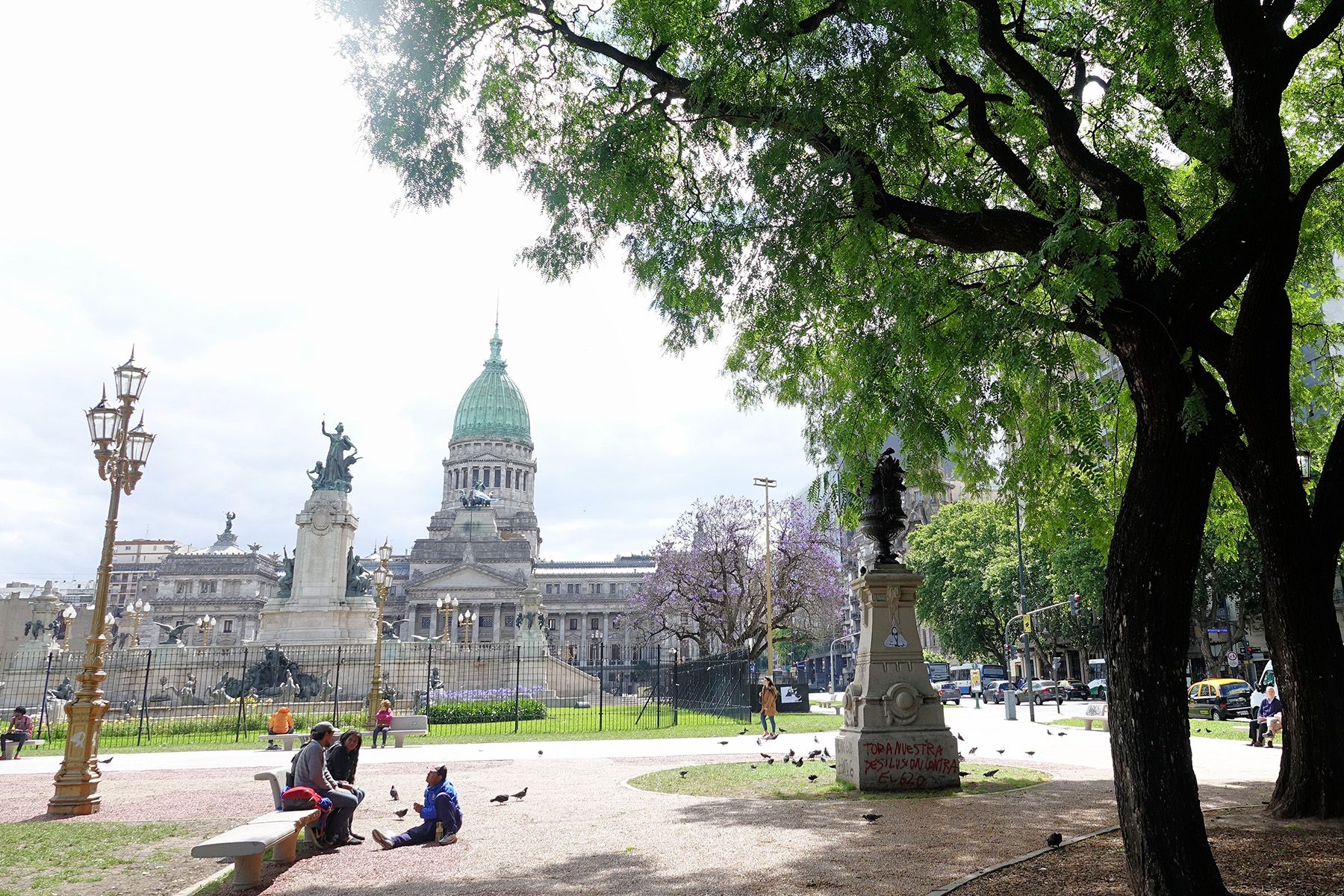
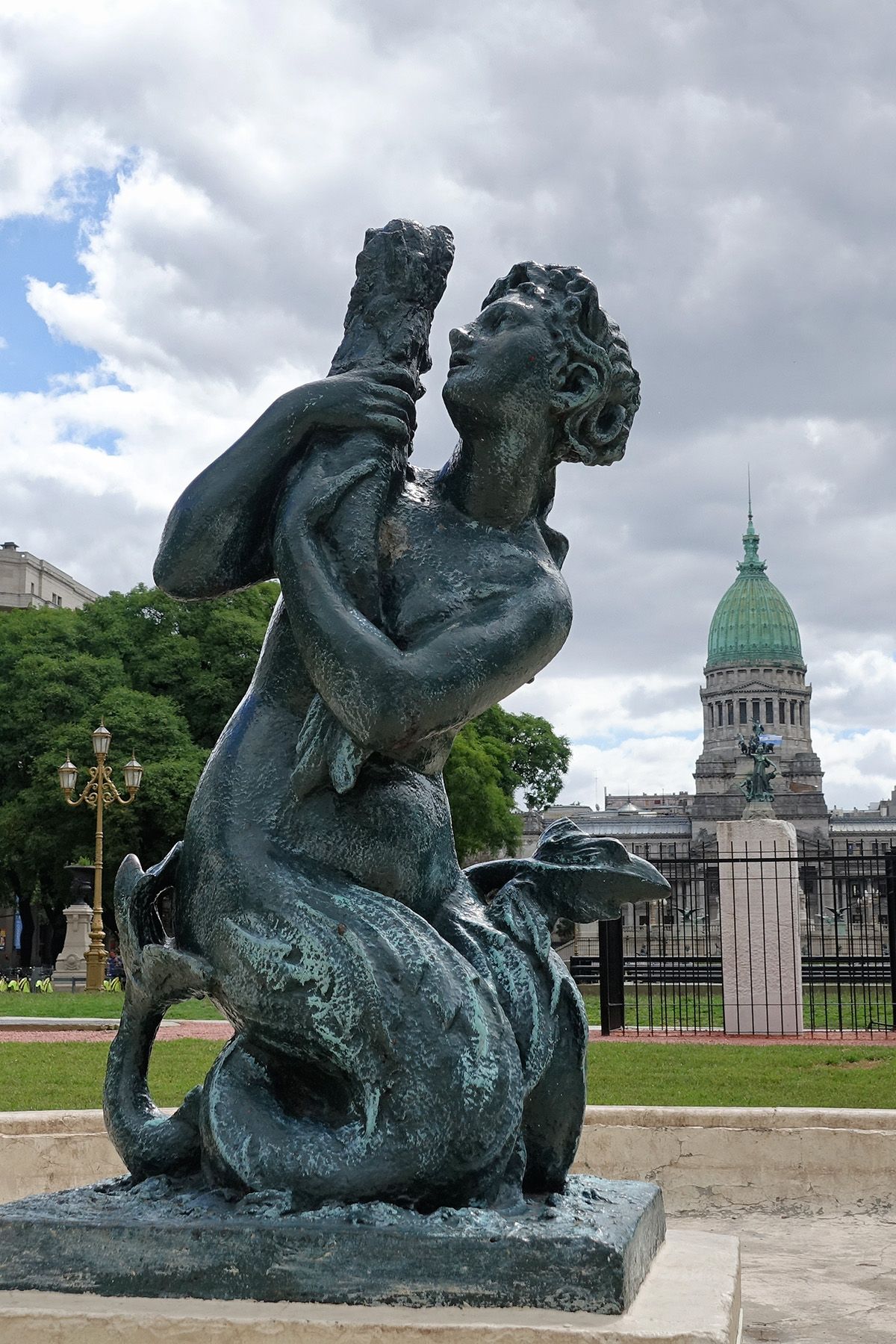
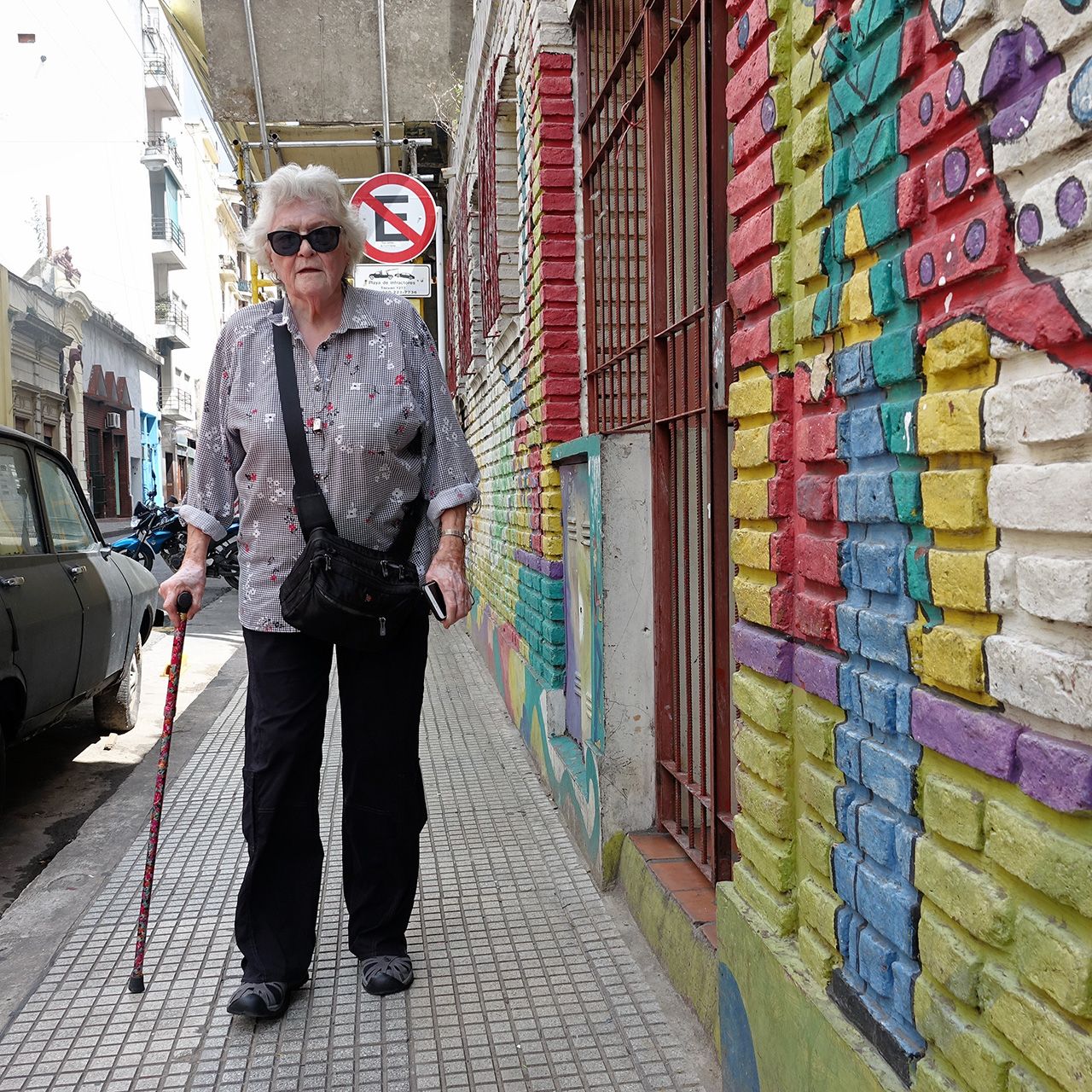
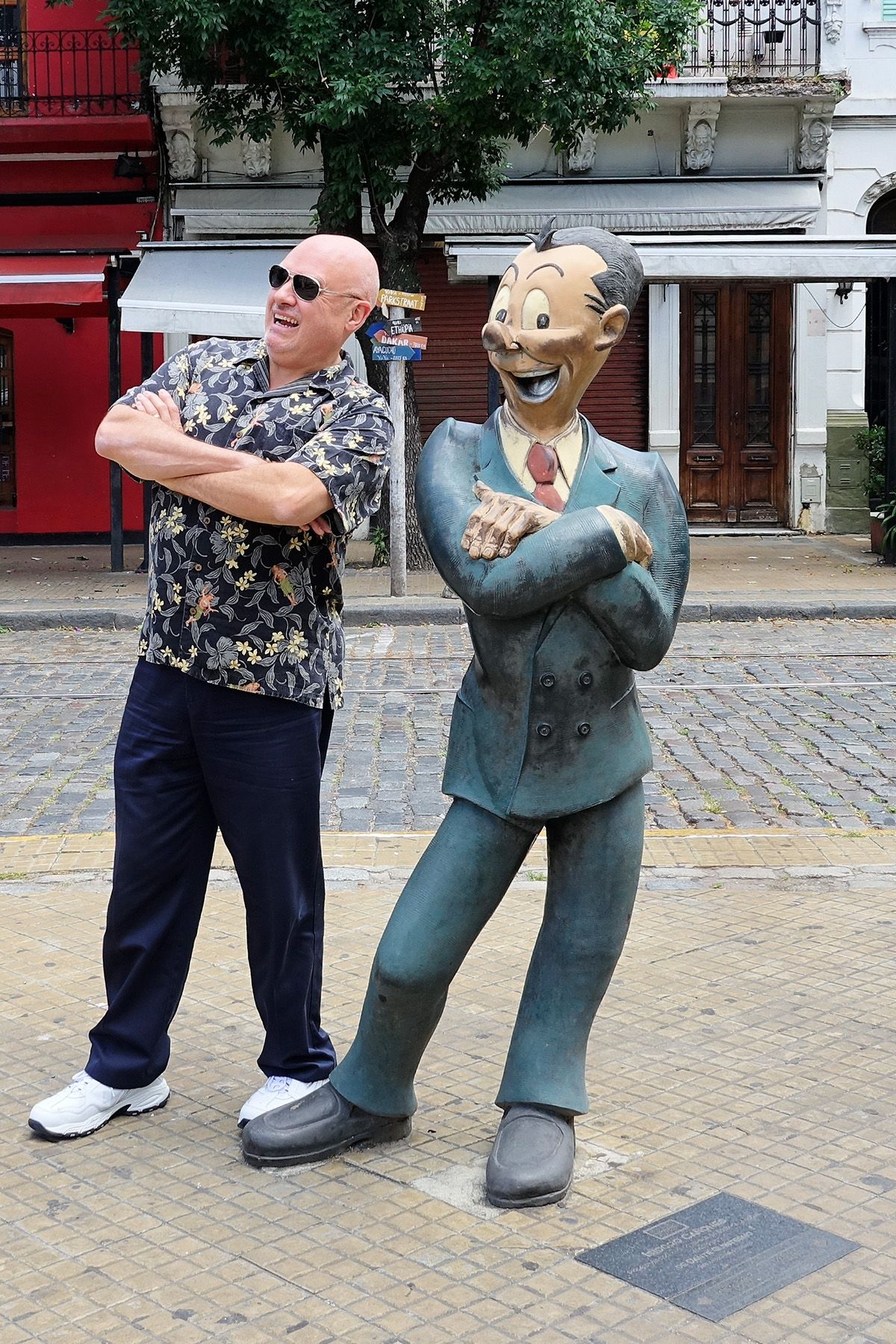
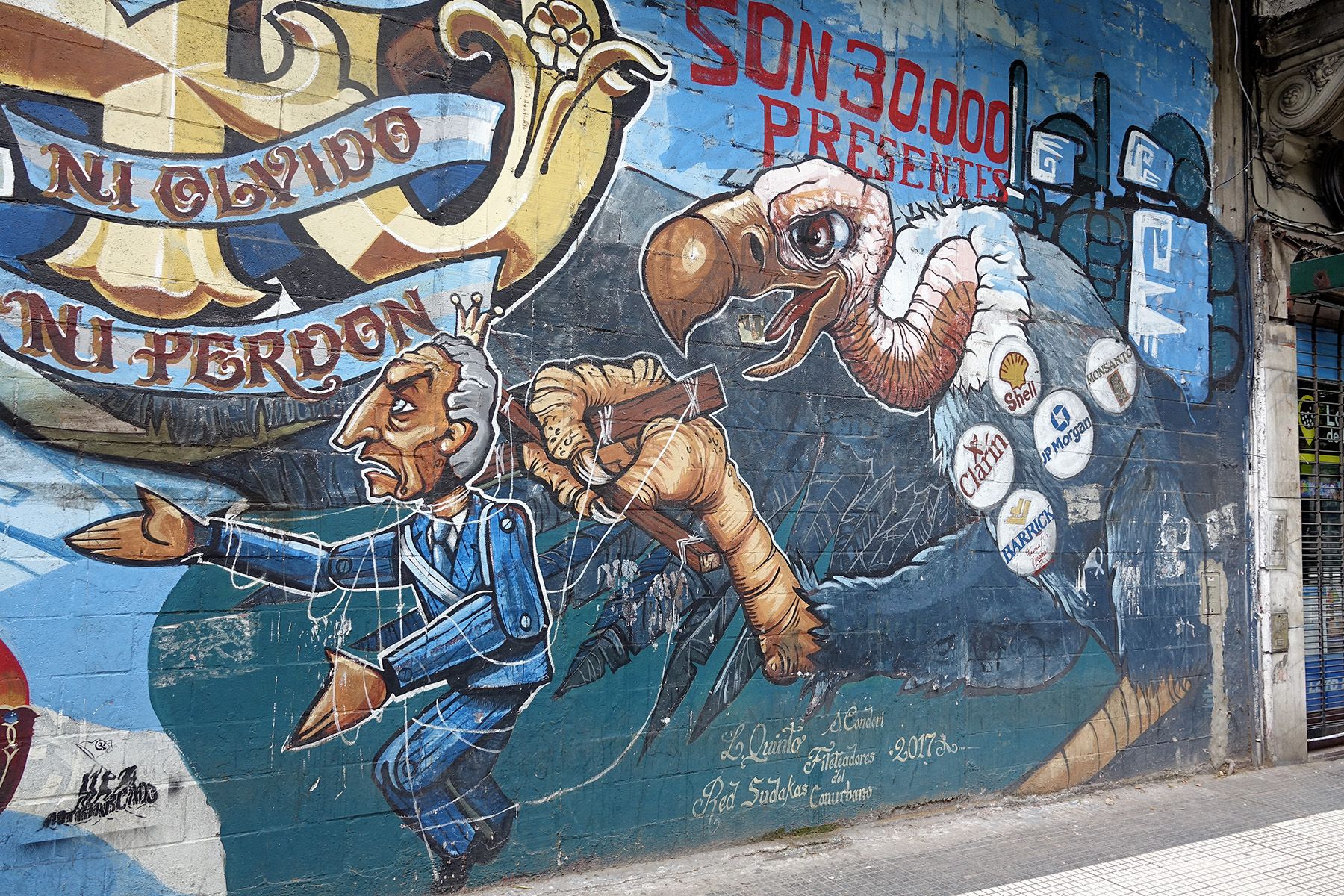



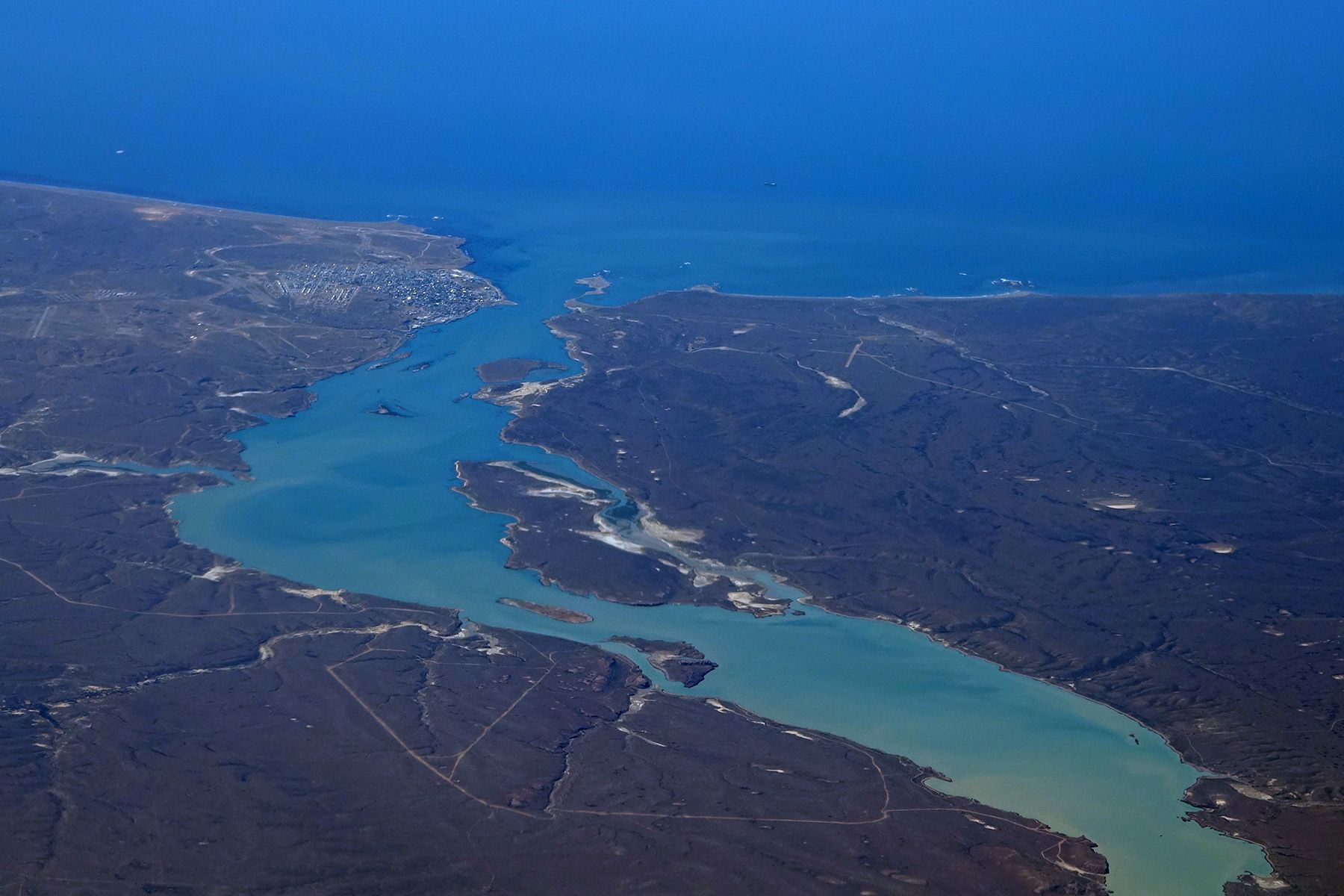

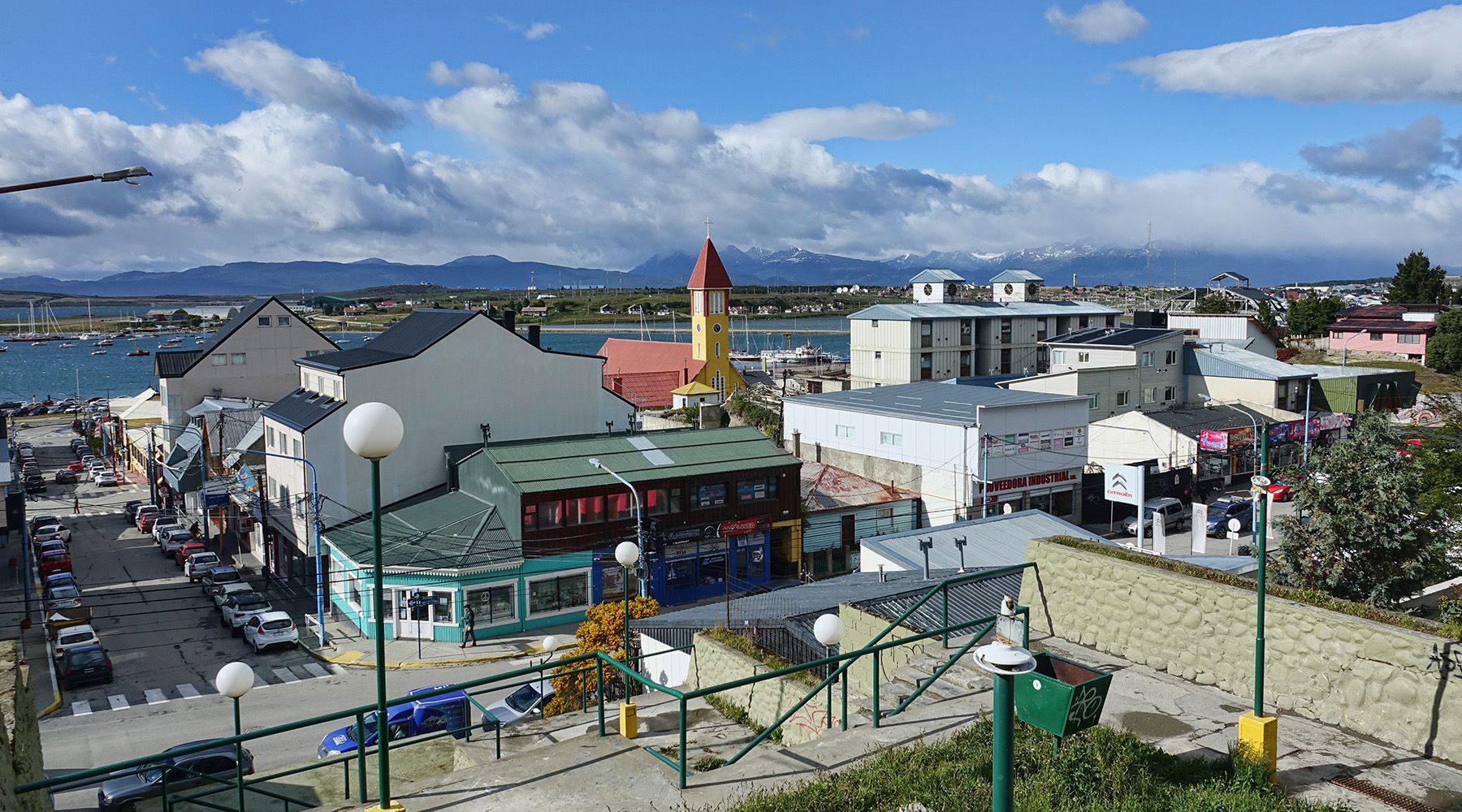
Ushuaia
We only had a few hours in Ushuaia, so we wandered around to get a feel for the place and got the souvenir "end of the world" stamp in our passports. Our ship the Ocean Endeavor was always in sight, and at noon we boarded and prepared to head to sea.
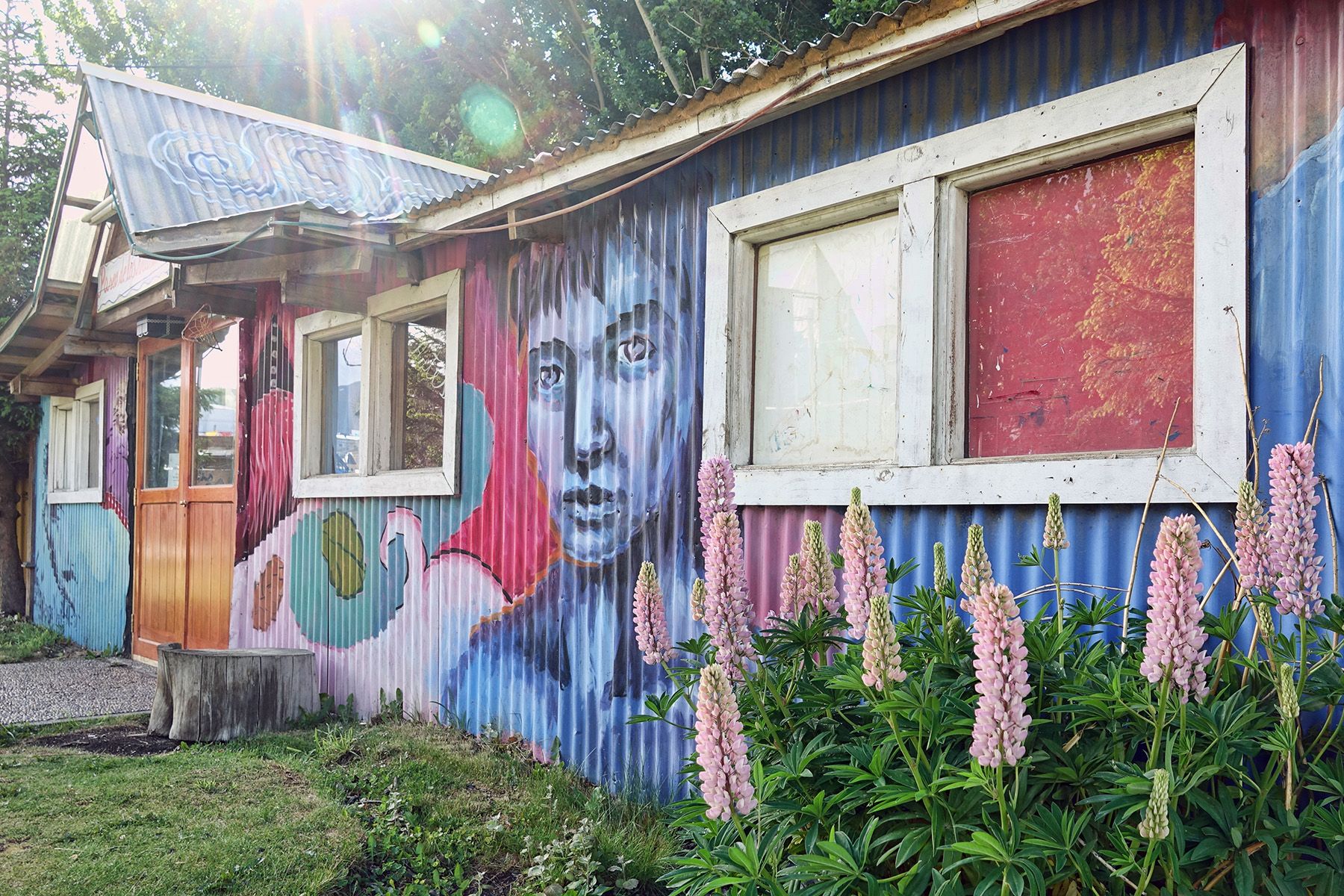
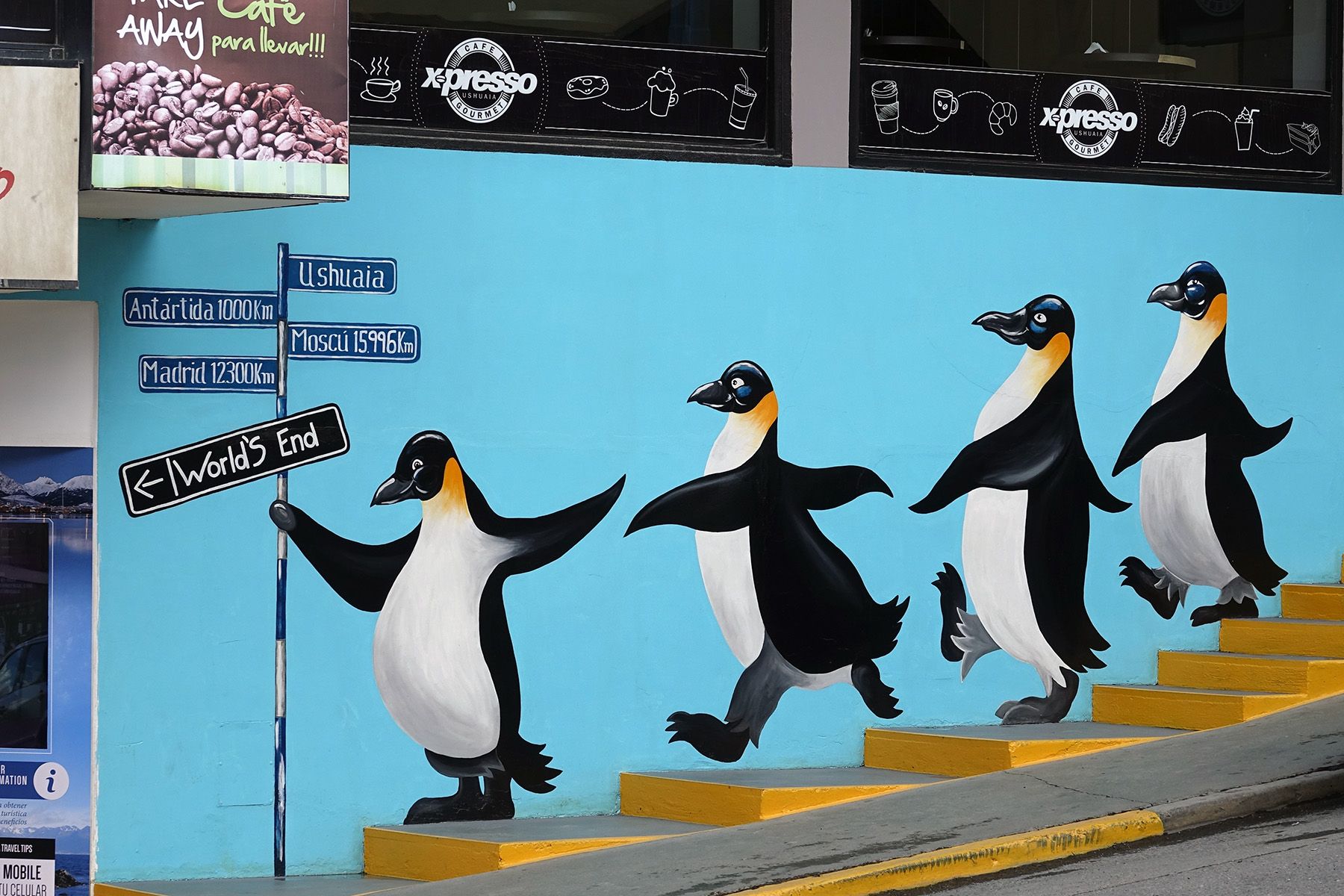
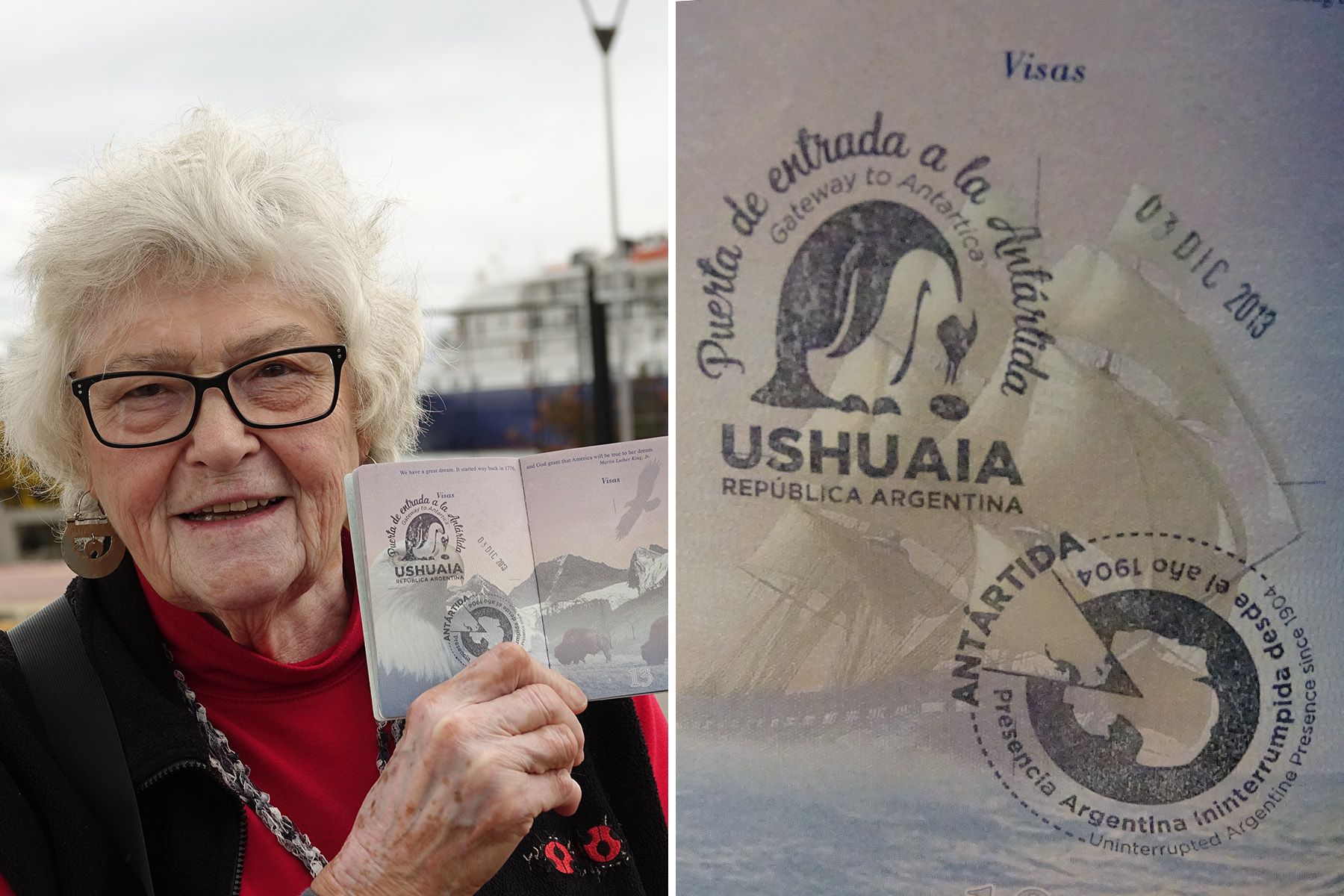
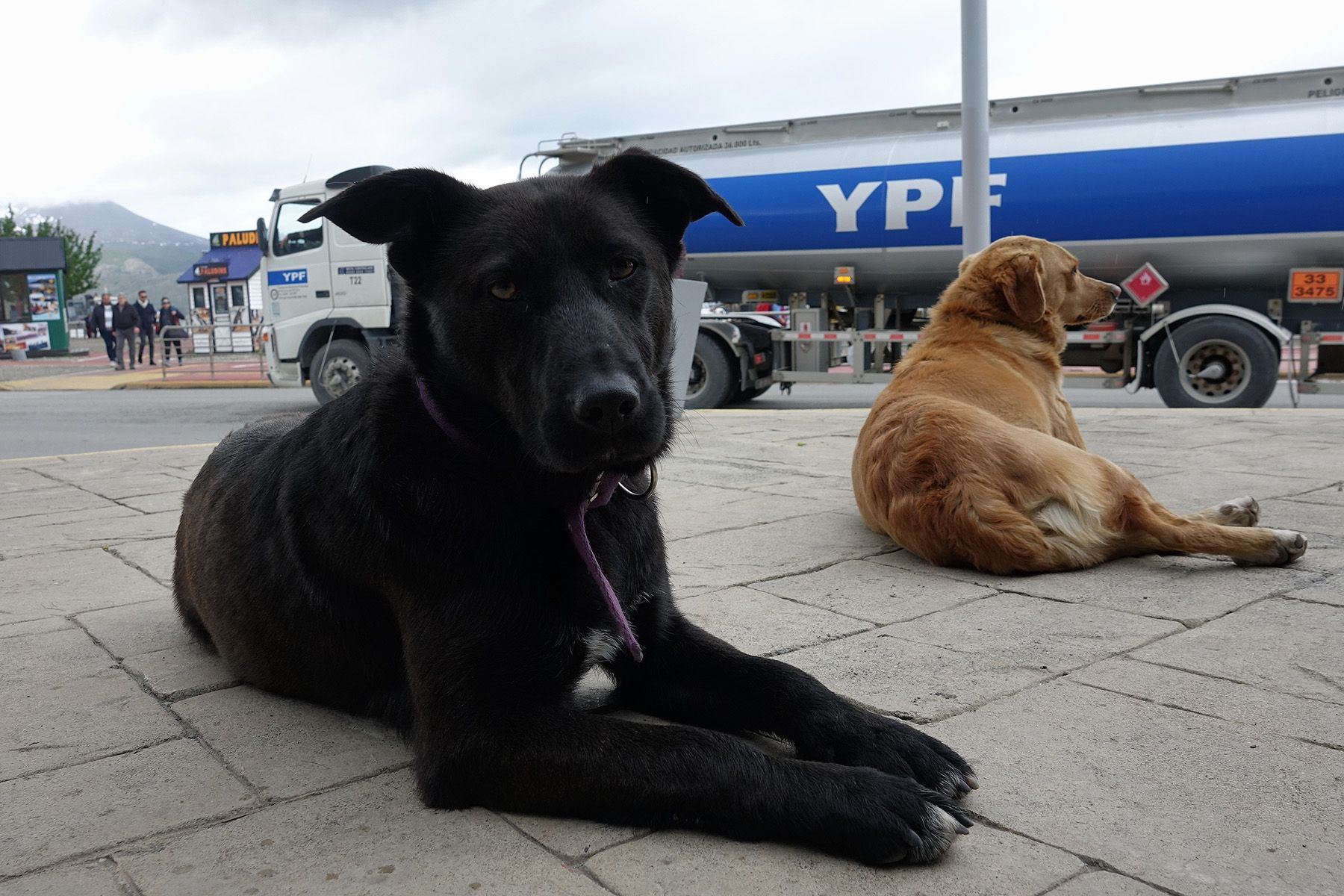
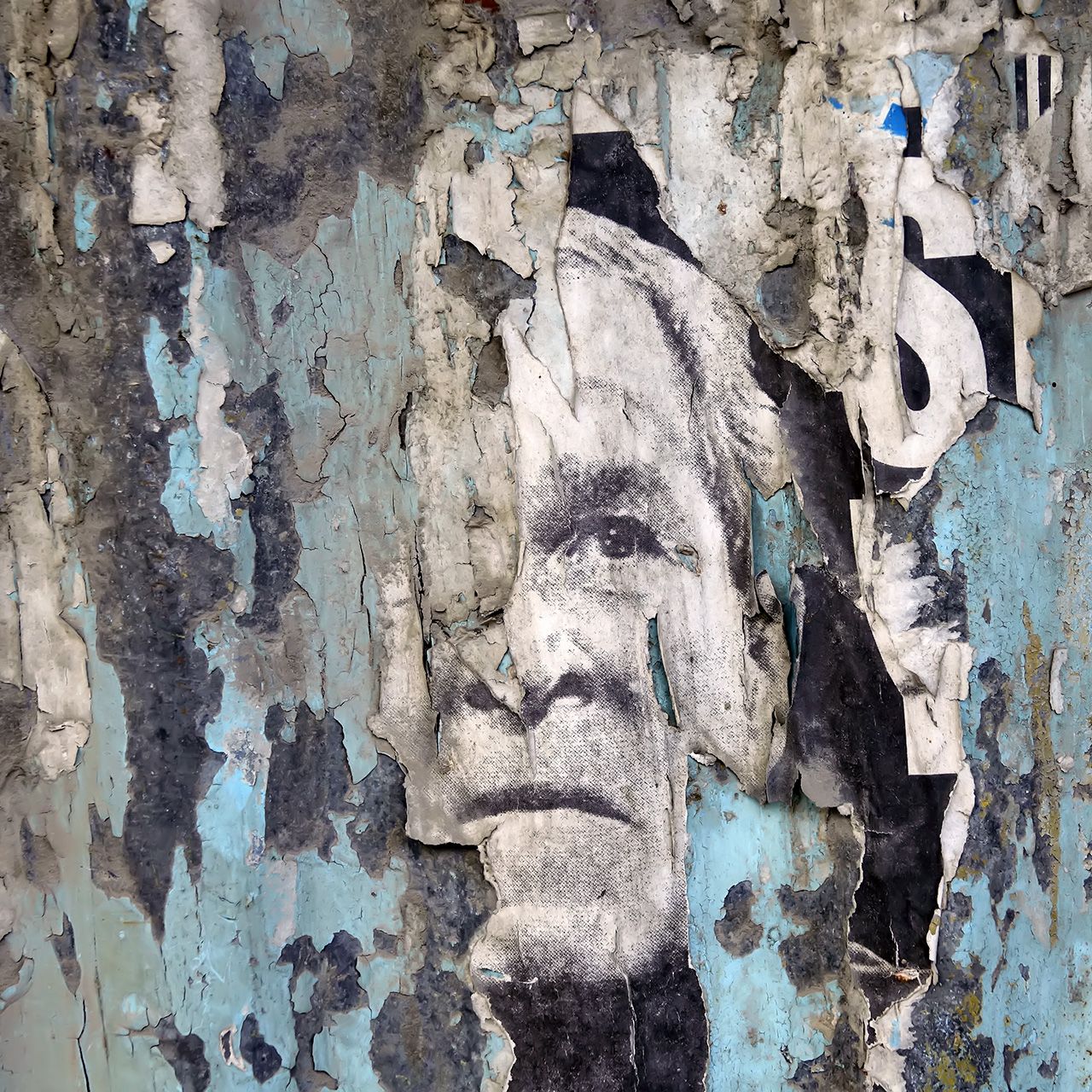
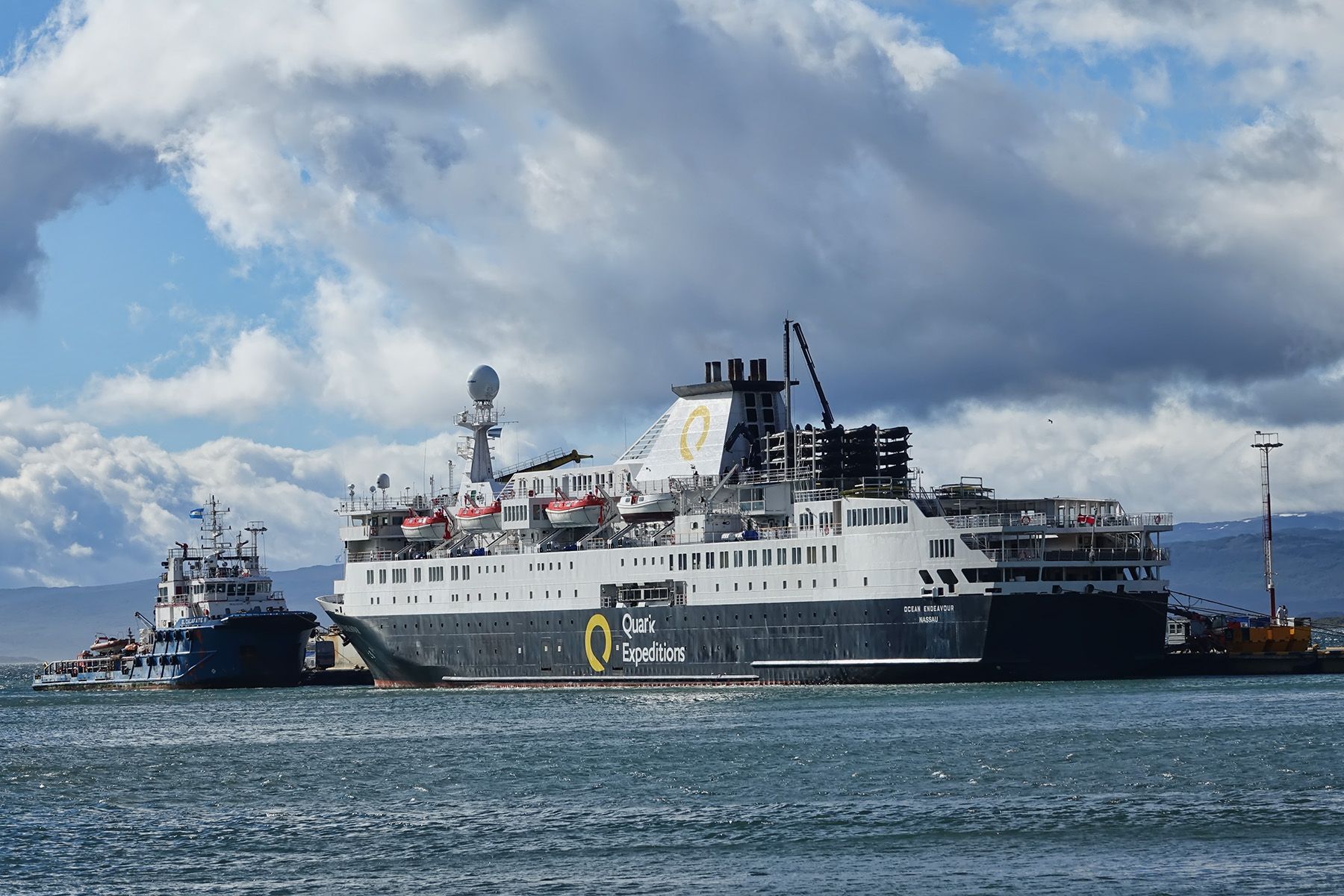
Beagle Channel
The Beagle Channel cuts across the southern end of South America, providing a sheltered inland route north of the infamously rough and unpredictable Drake Passage. We took it 80 miles from Ushuaia to the ocean, and the views along the way were amazing in all directions. A lone sailboat was the only sign of human life we saw after leaving Ushuaia.
The channel is named for the HMS Beagle, which took Charles Darwin through it in 1833. As he wrote in his journal at the time, “It is scarcely possible to imagine anything more beautiful than the beryl-like blue of these glaciers, and especially as contrasted with the dead white of the upper expanse of snow.” Our cruise started with five hours of the scenery he described.
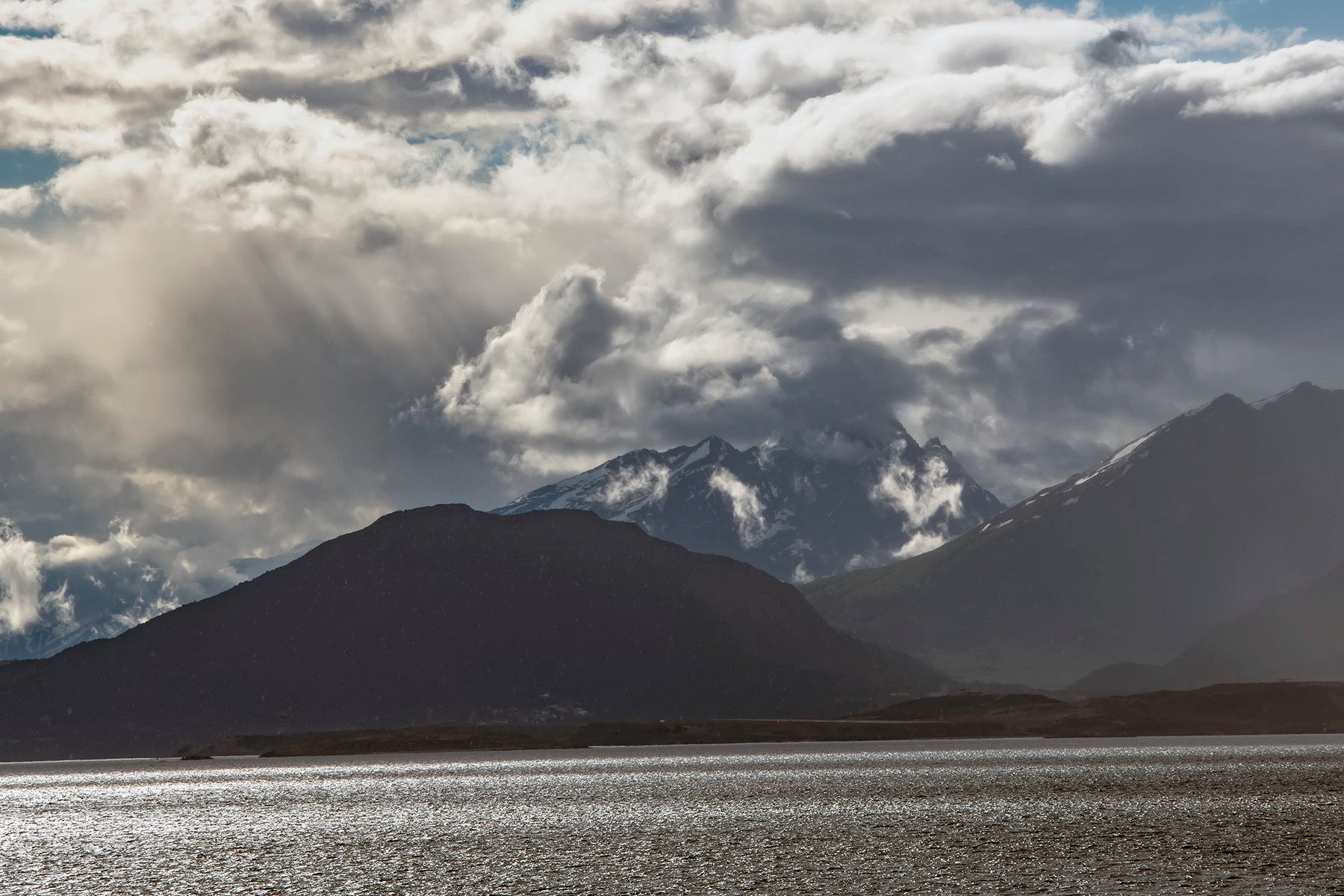
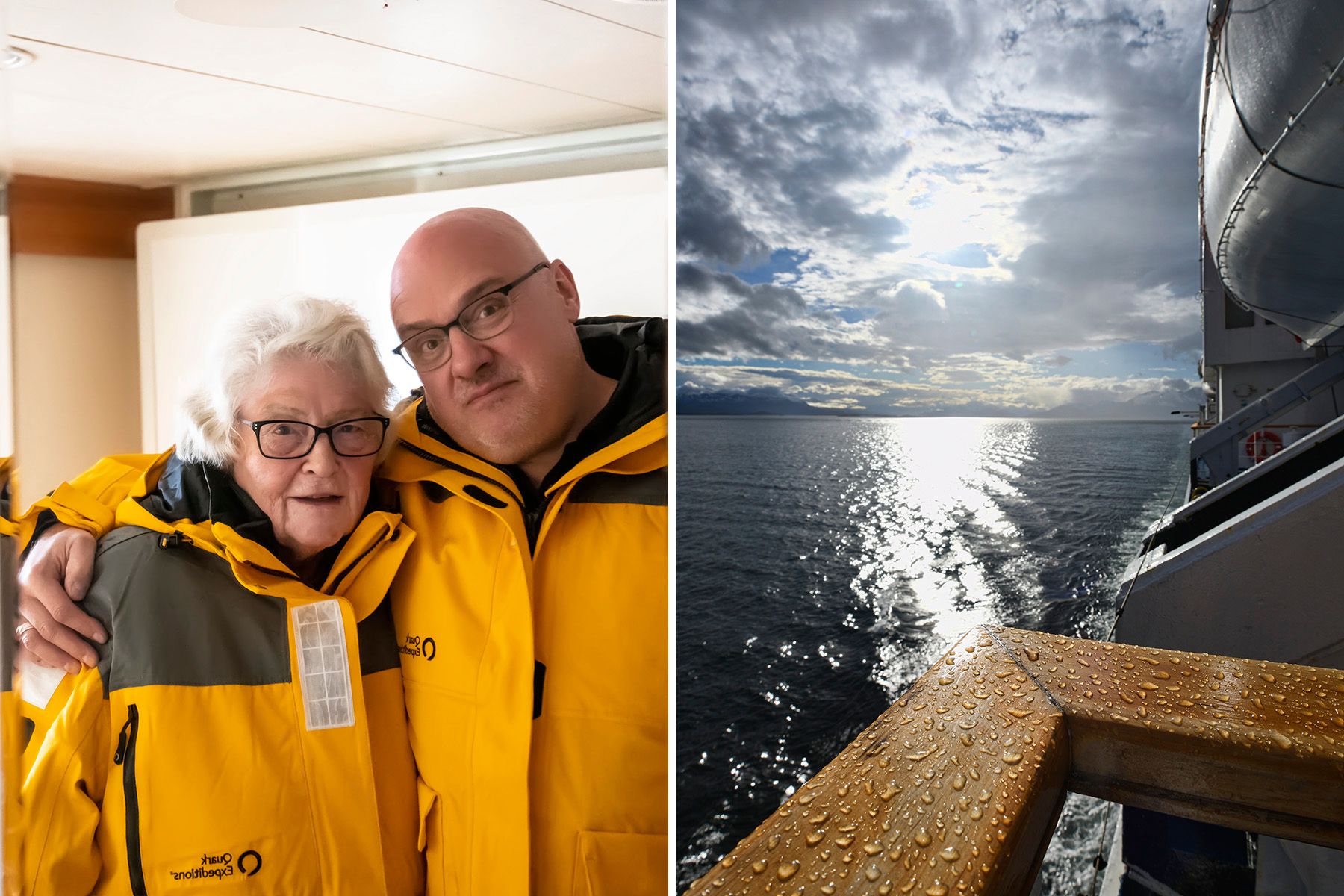

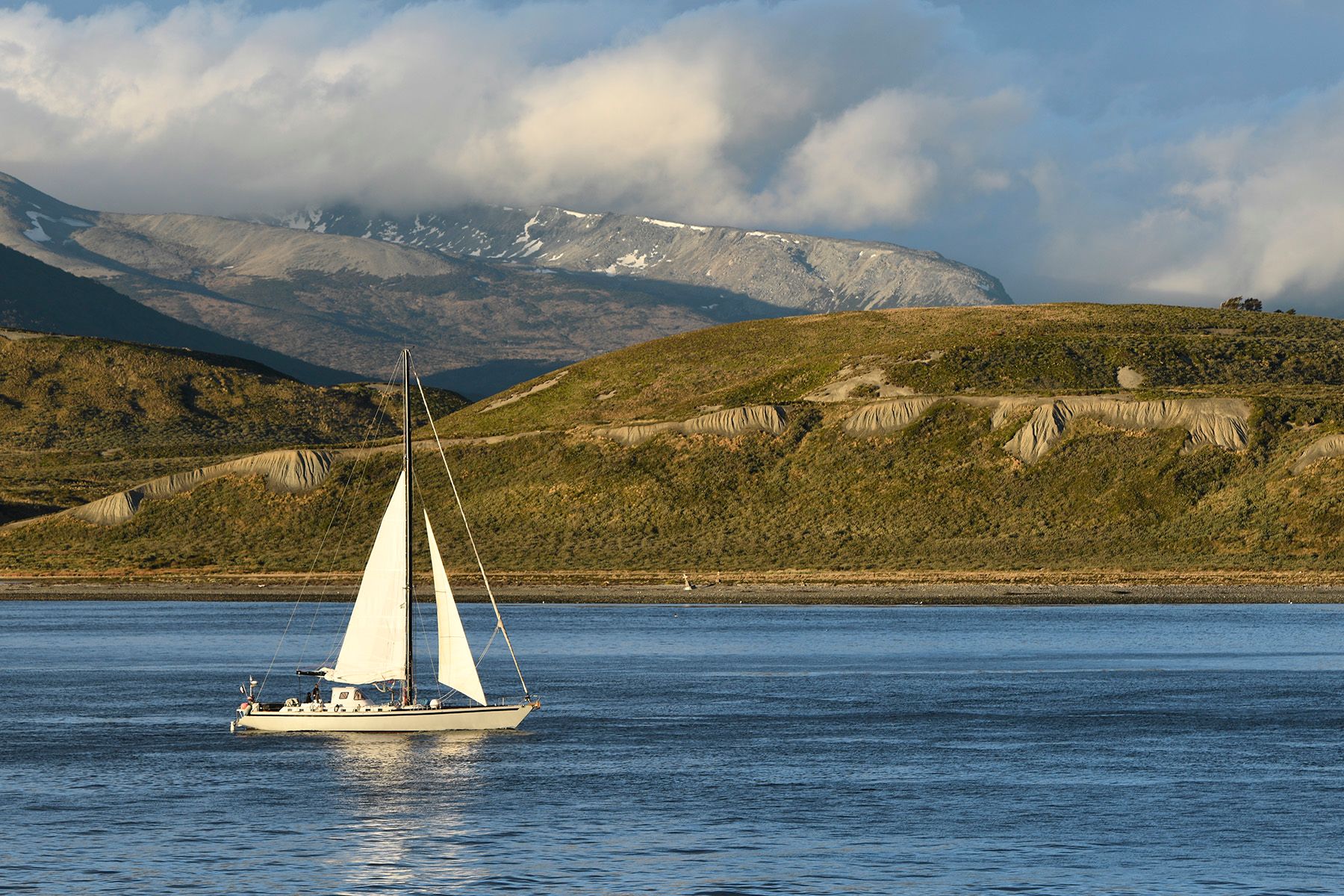
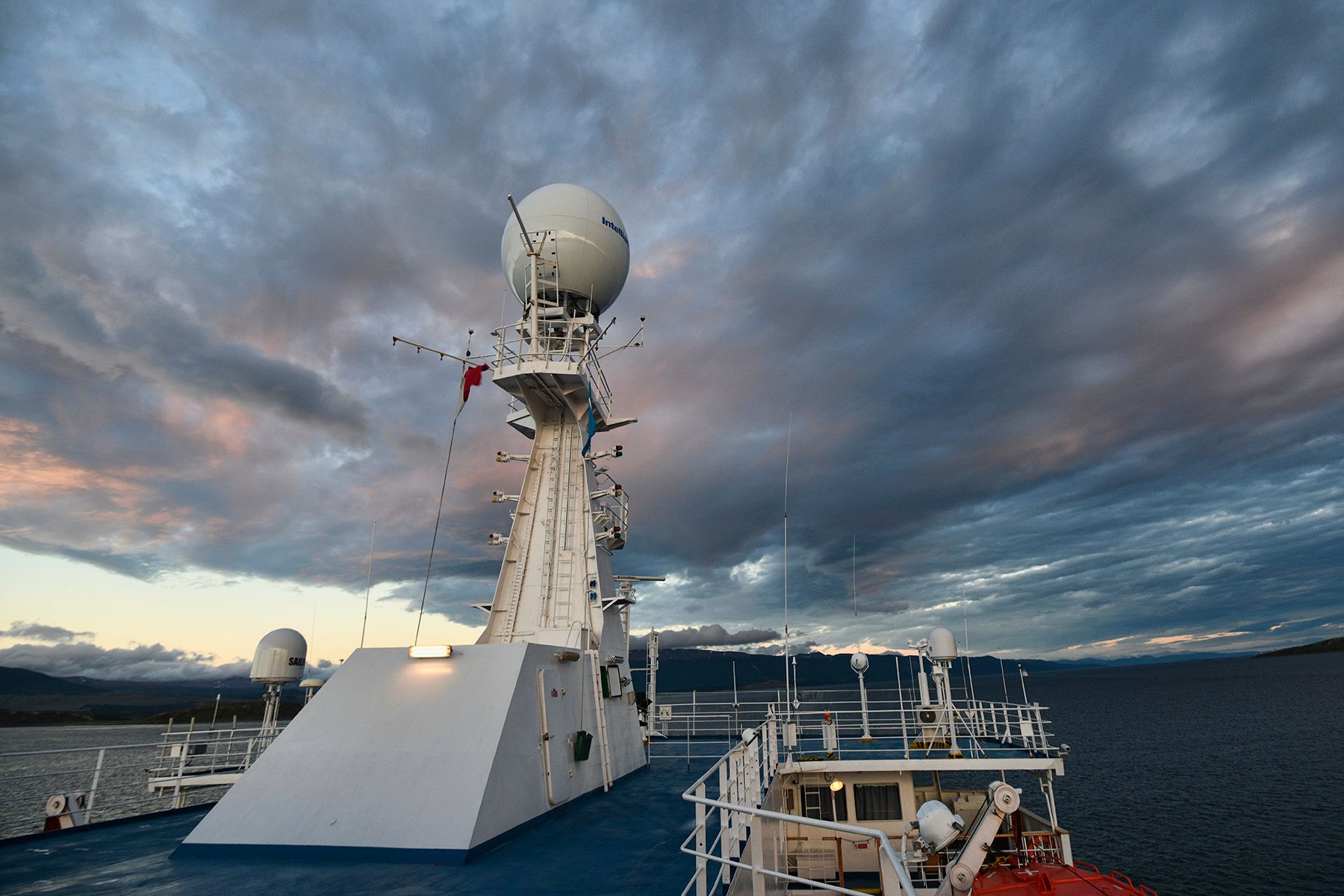
Drake Passage
At full cruising speed of 15 knots, it took us 40 hours to cross the Drake Passage from South America and reach the South Shetland Islands off the Antarctic Peninsula.
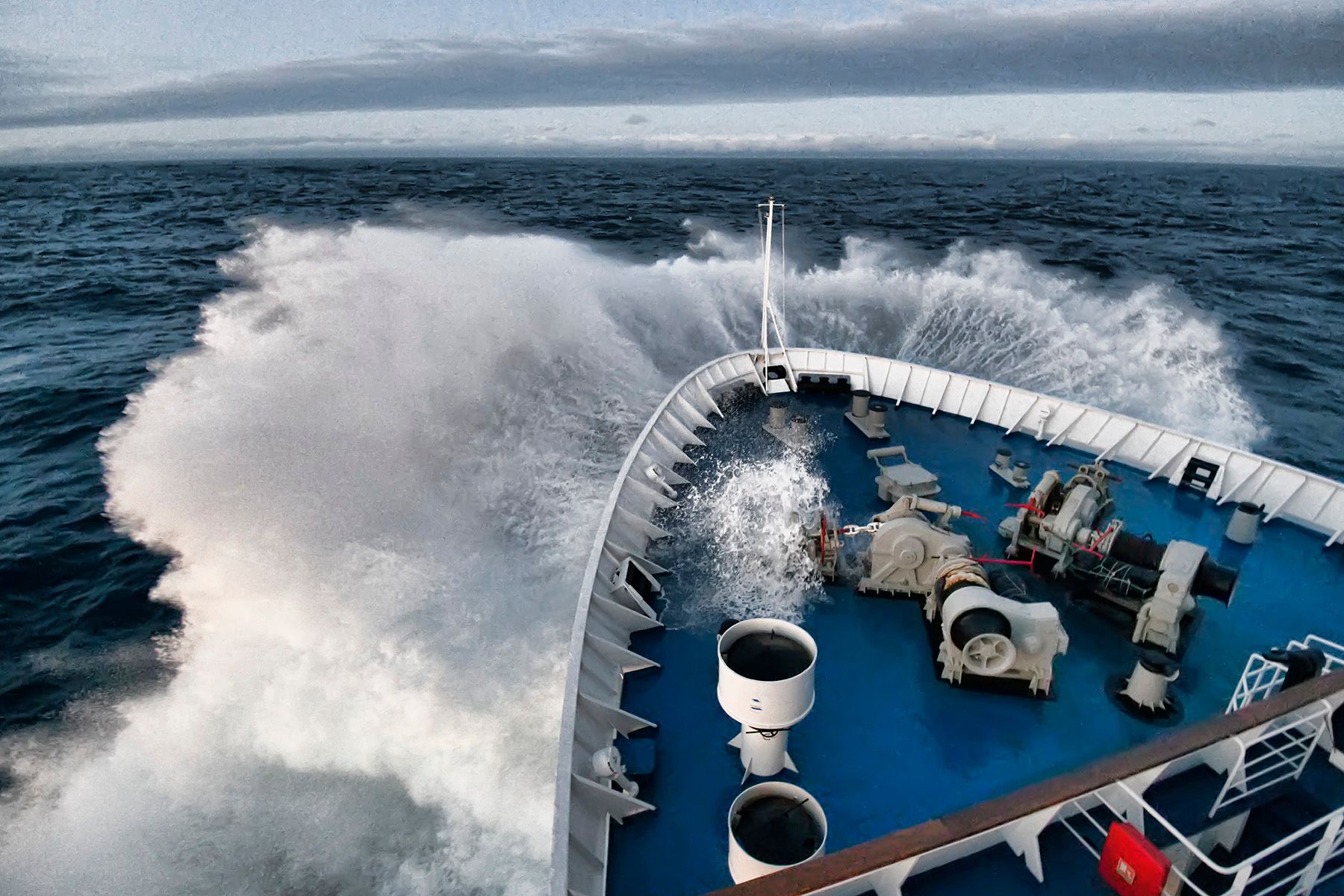
The Drake is a legendary body of water, notoriously rough at times and the most voluminous water current on earth, with the equivalent of 600 Amazon Rivers flowing from the Pacific to the Atlantic. We had it easy, with our highest seas around 20 feet. A National Geographic ship two days after us ran into much higher seas that smashed out some windows, and they had to turn around and retreat back to Ushuaia.
The two days at sea were full of seminars and presentations from biologists, climatologists, and explorers. A favorite for me was legendary mountaineer Ed Webster's telling of the story of his epic Everest climb in 1988, as covered in his book "Snow In The Kingdom."
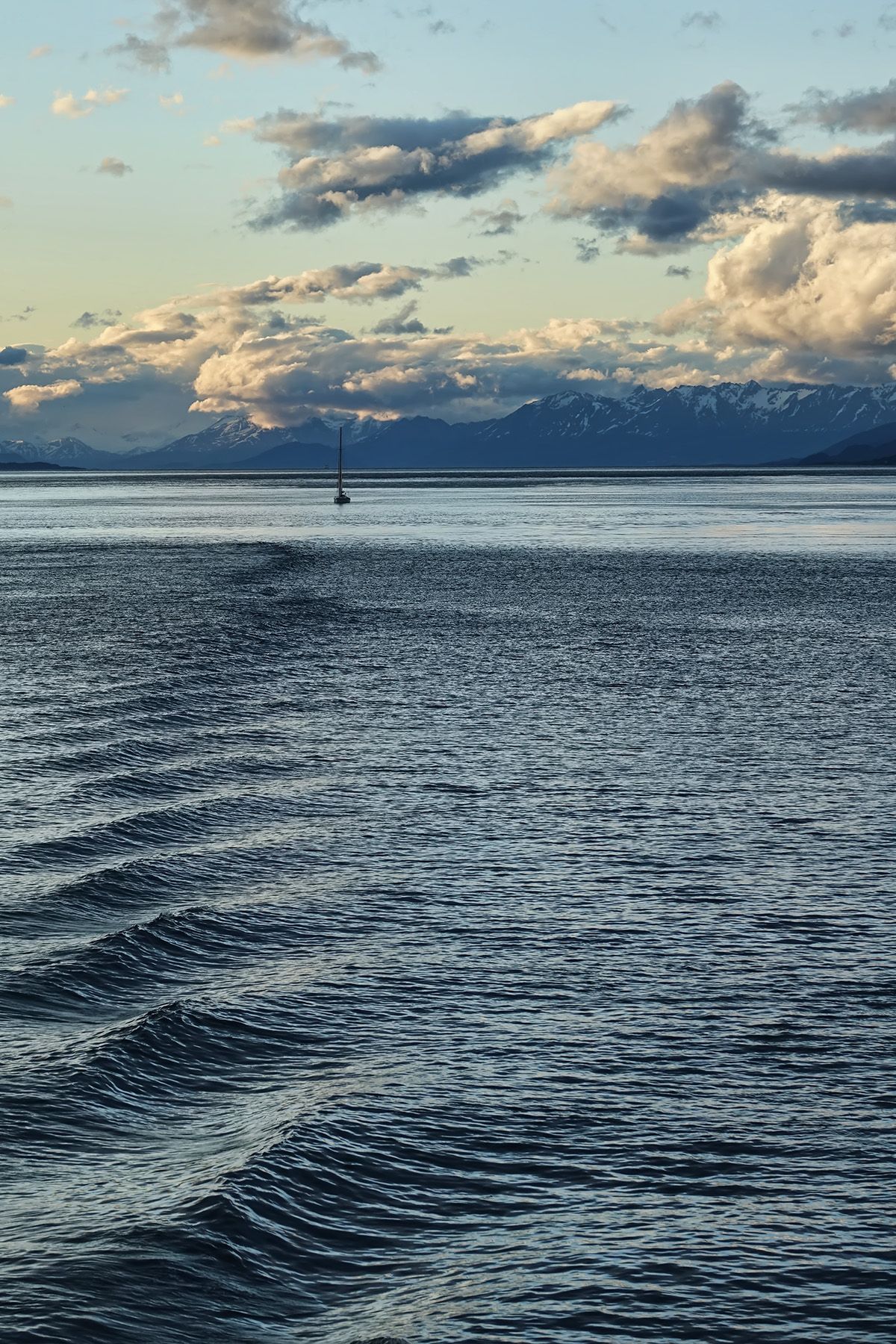
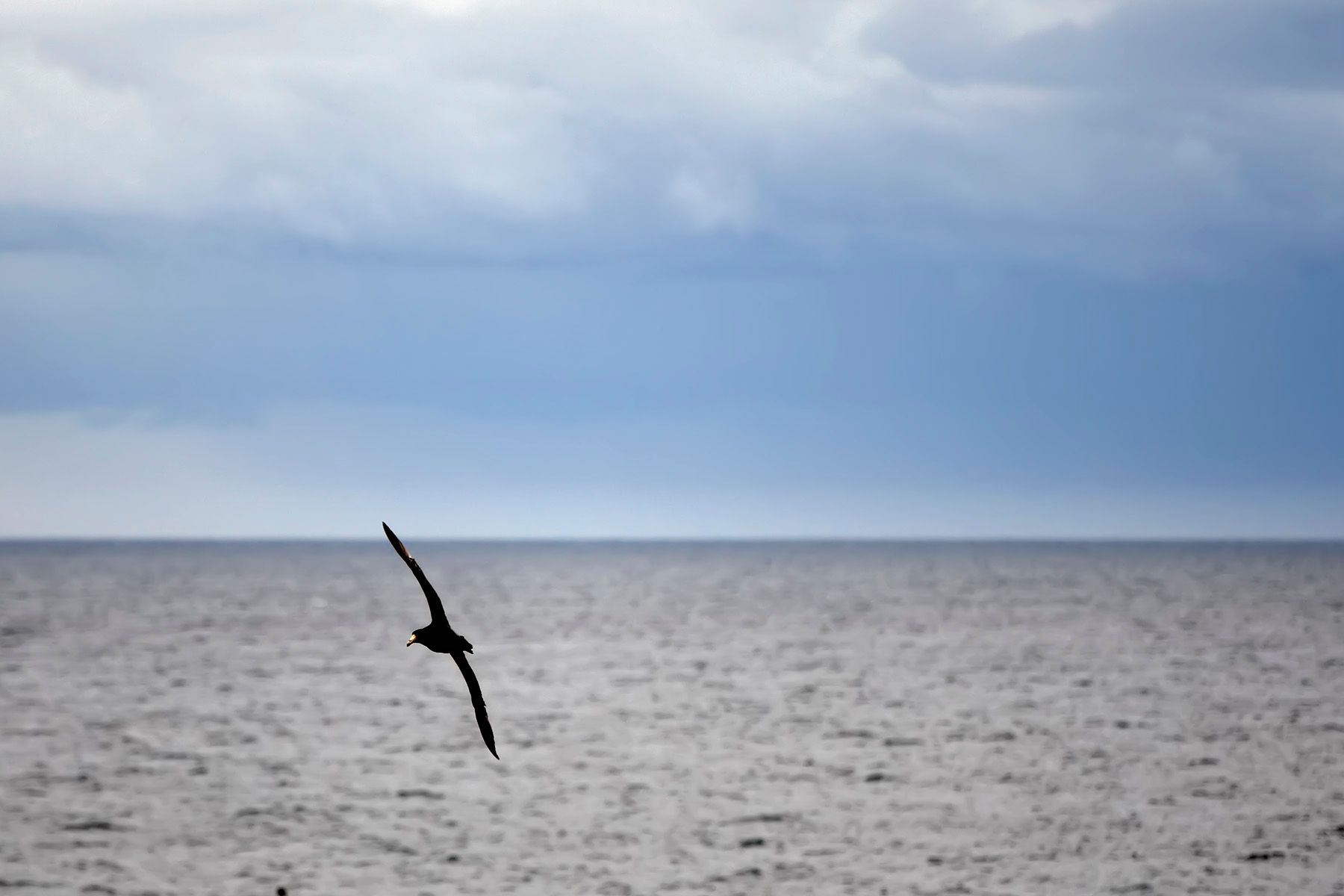
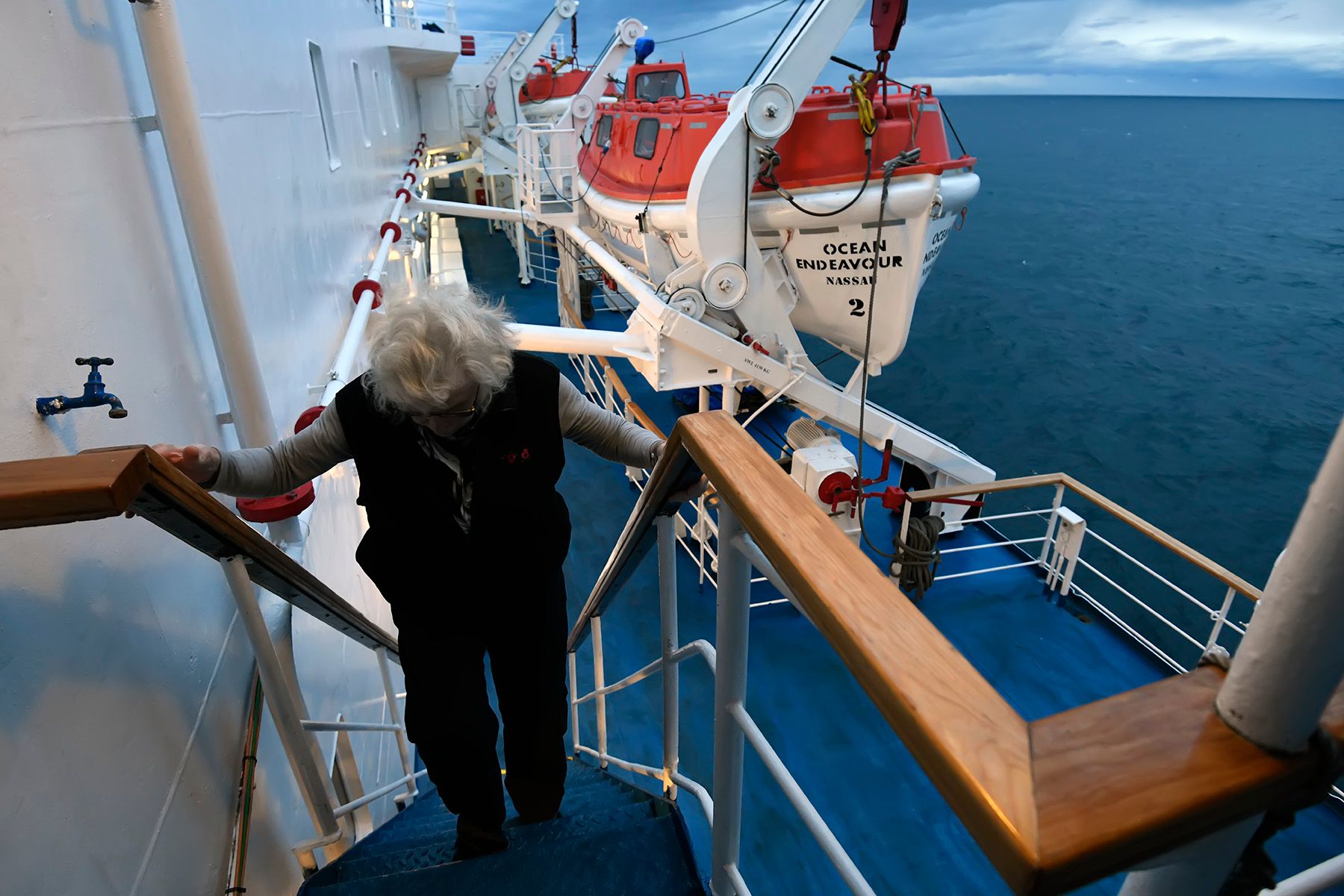

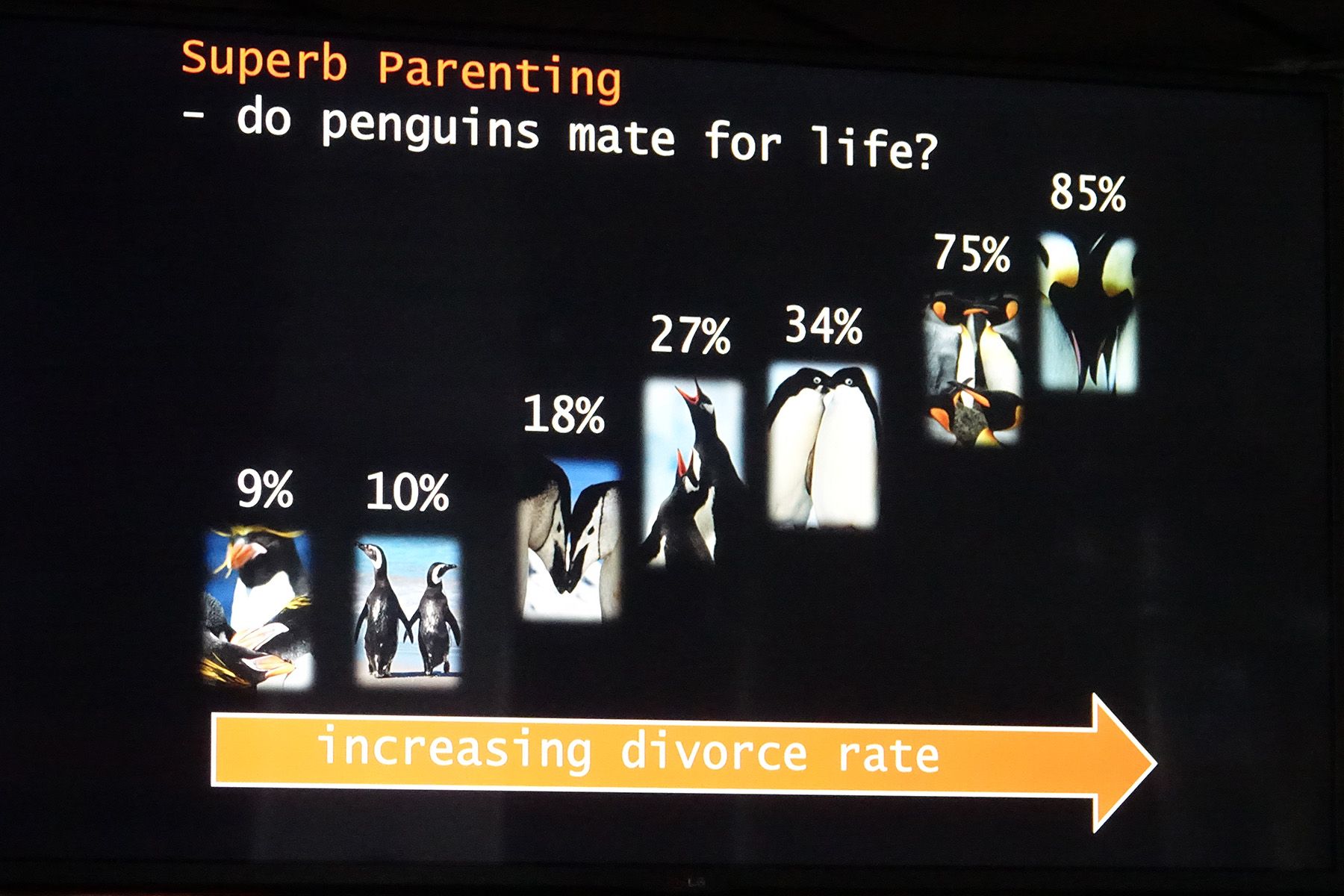
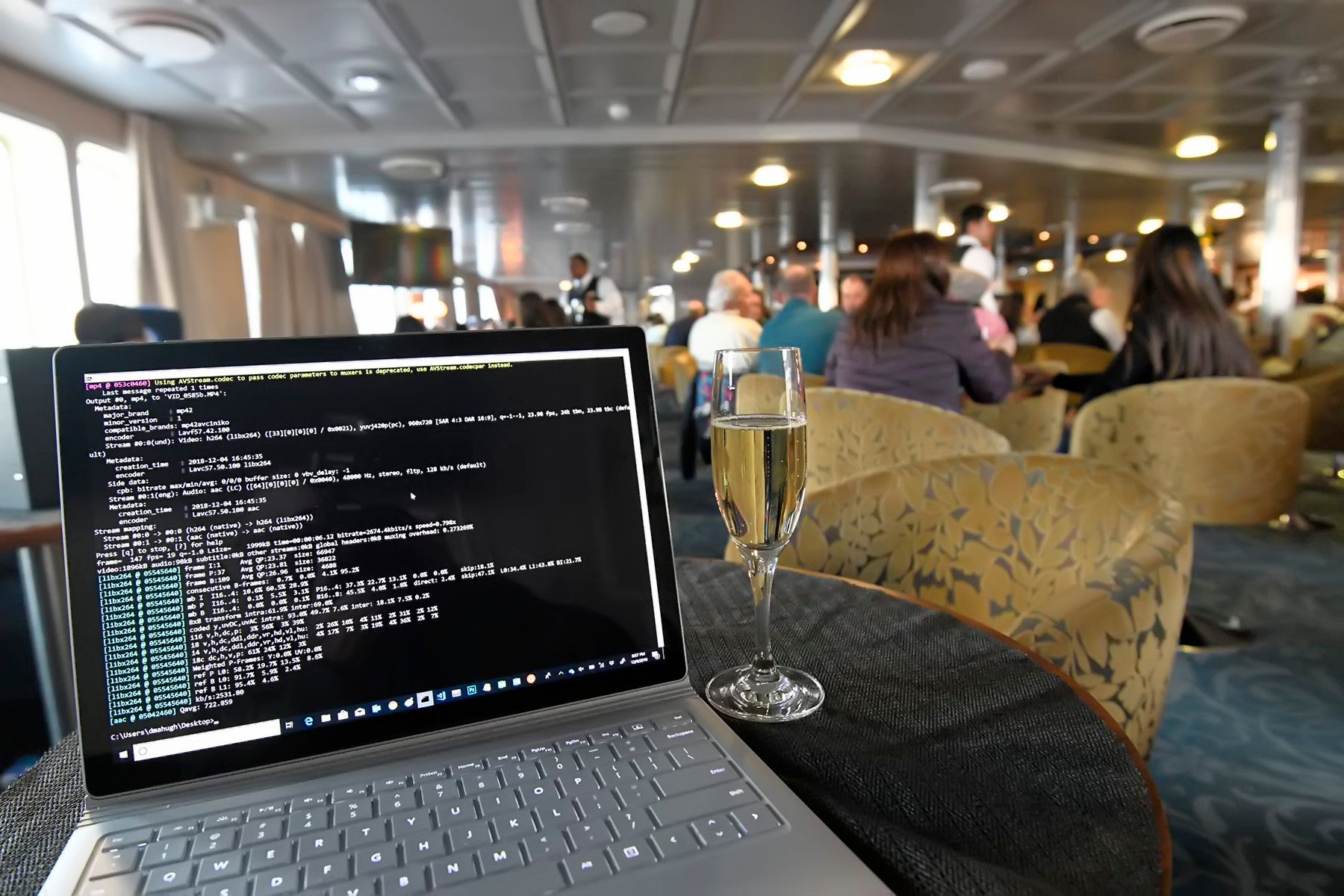
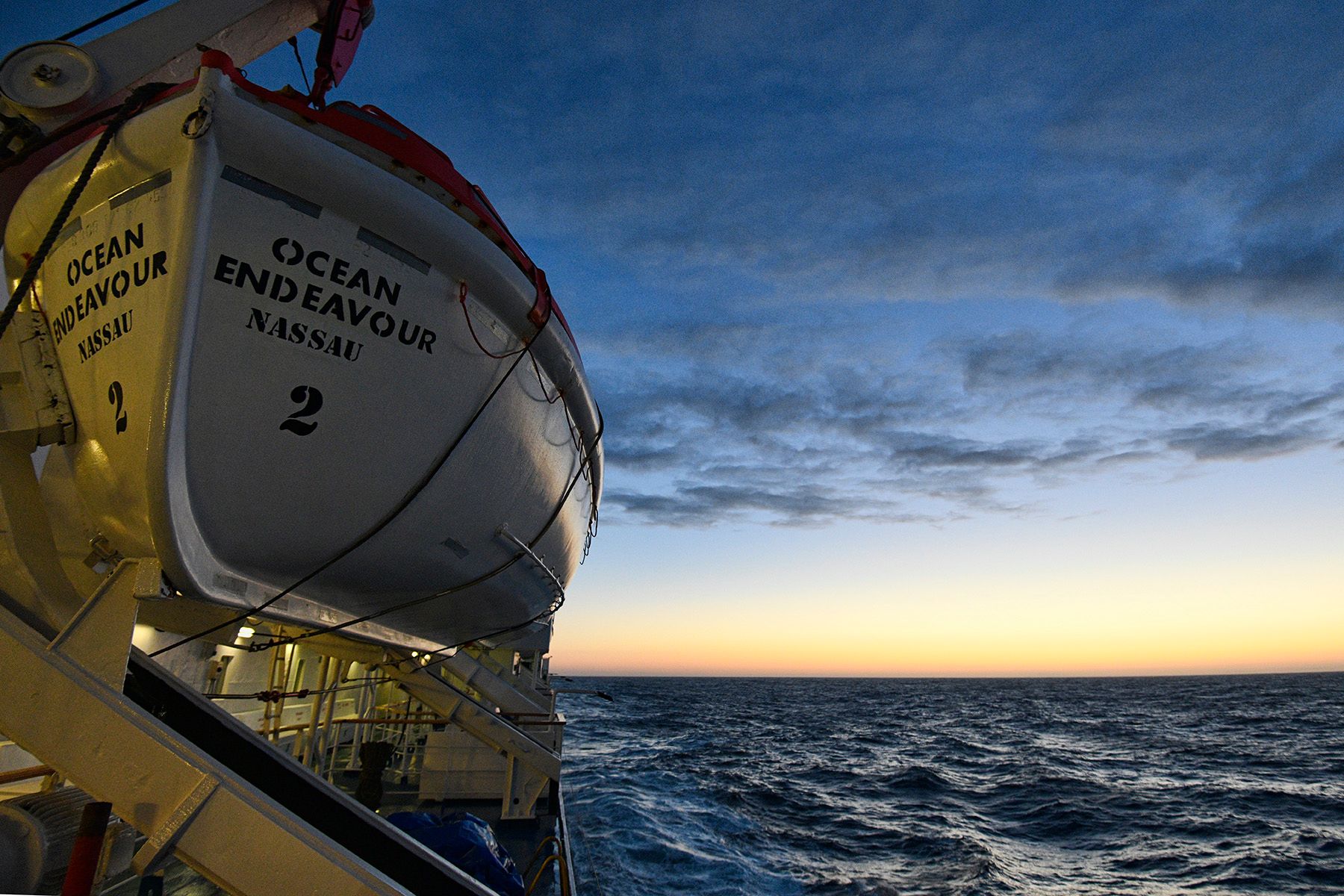
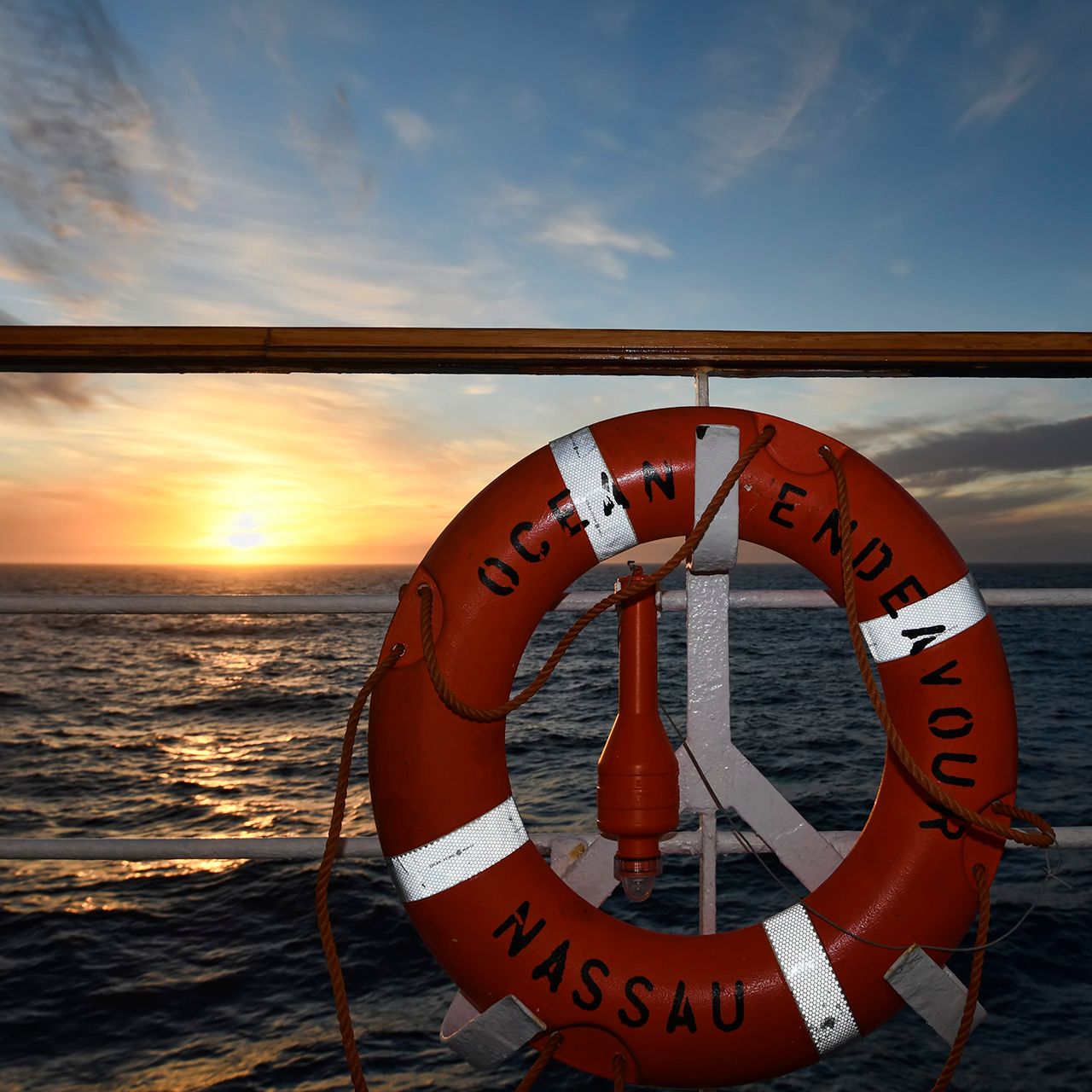

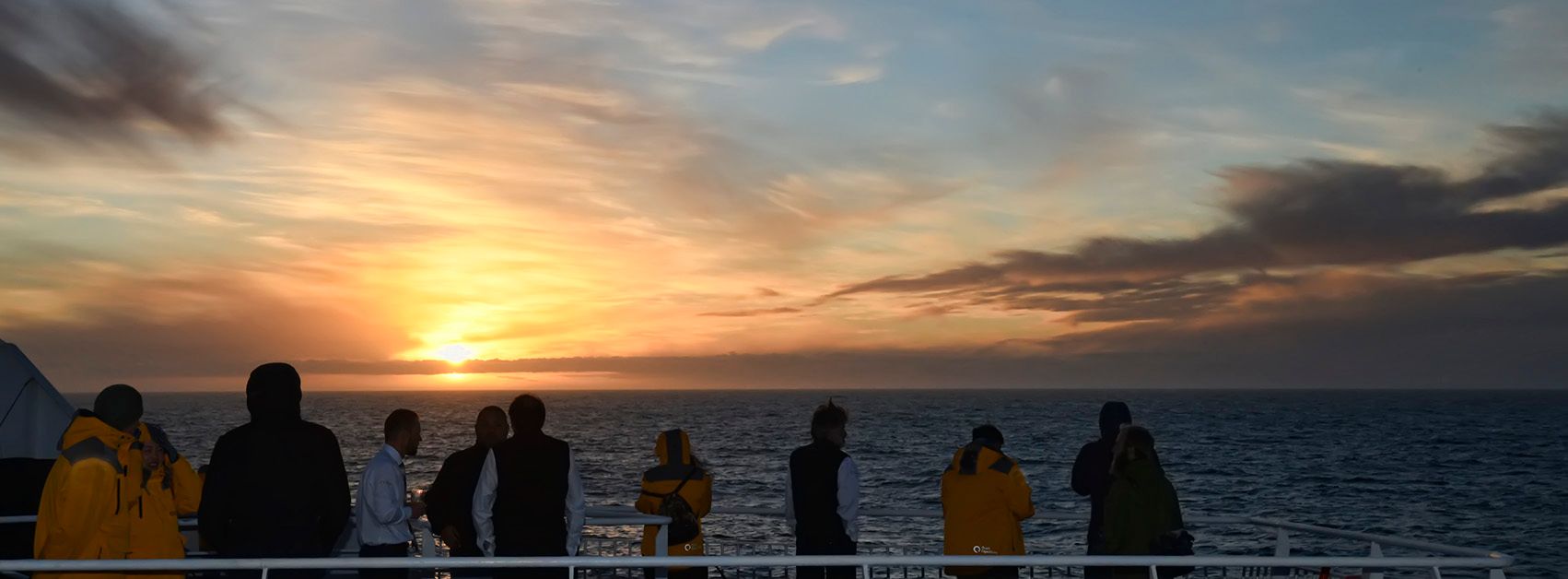
Dining at Sea
The food was great – a Quark expedition is clearly not the place to try to lose weight! We ate dinner with two young guides one evening, and they joked that you can tell how many years members of the crew have been working these trips by how much extra weight they're carrying.
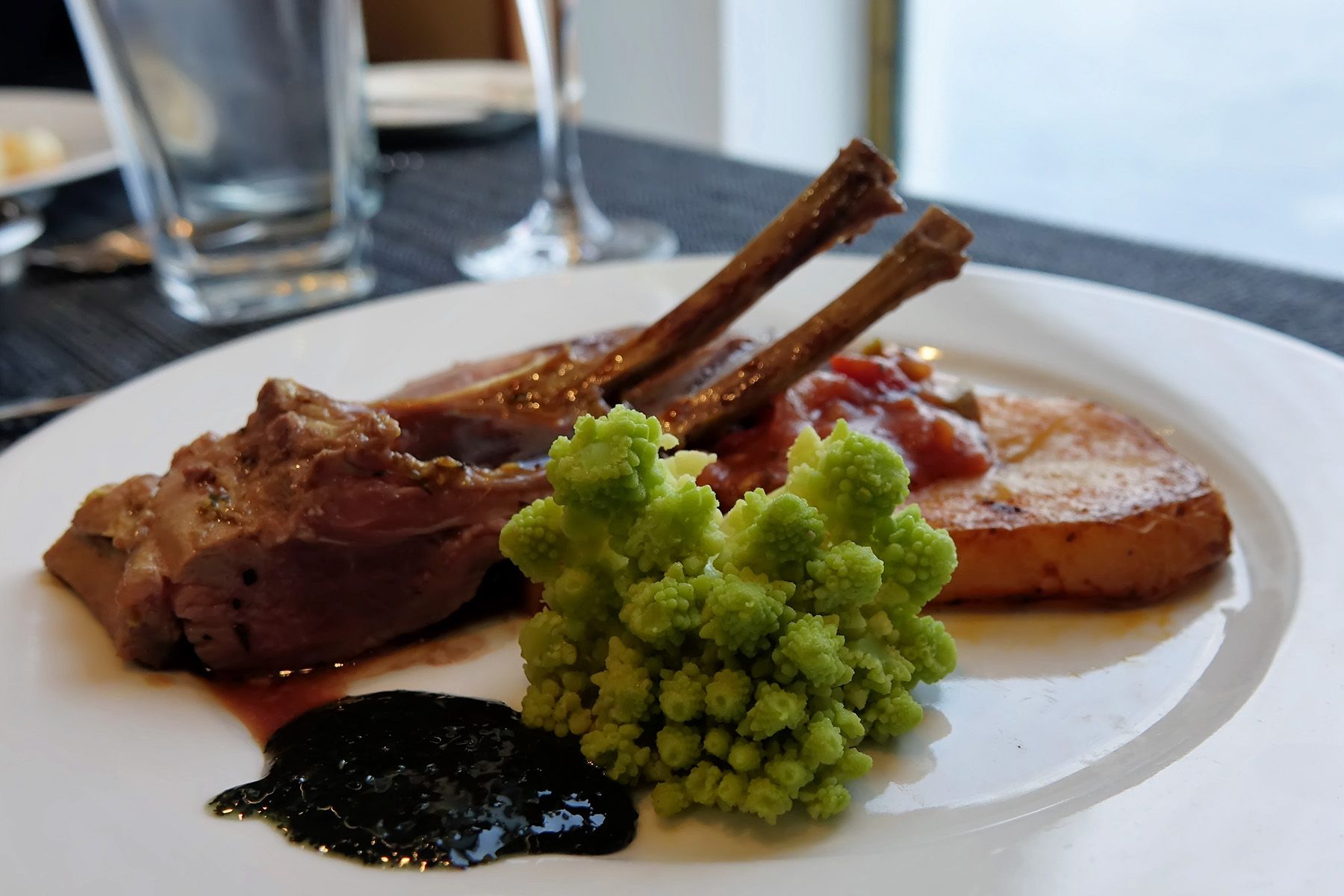
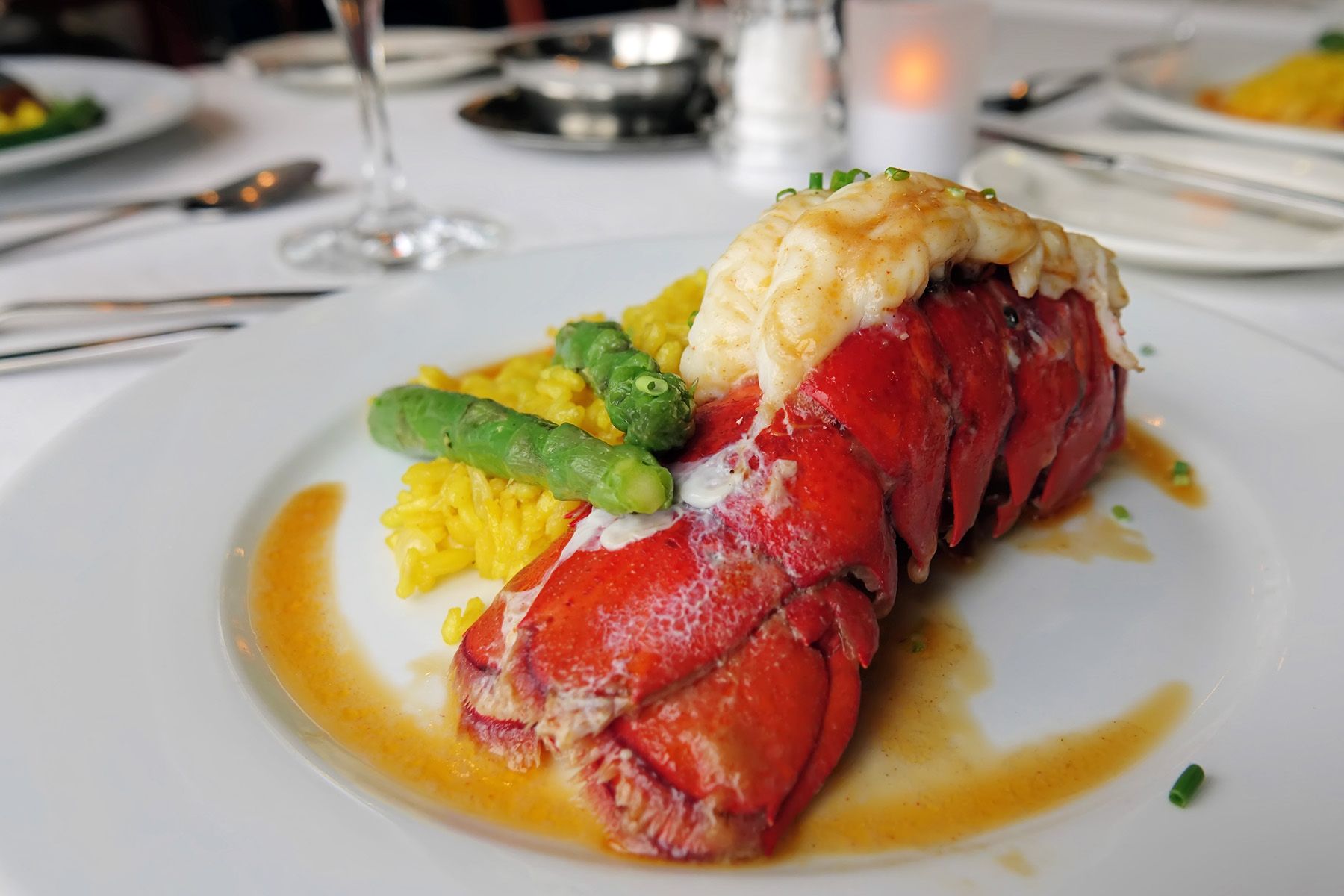
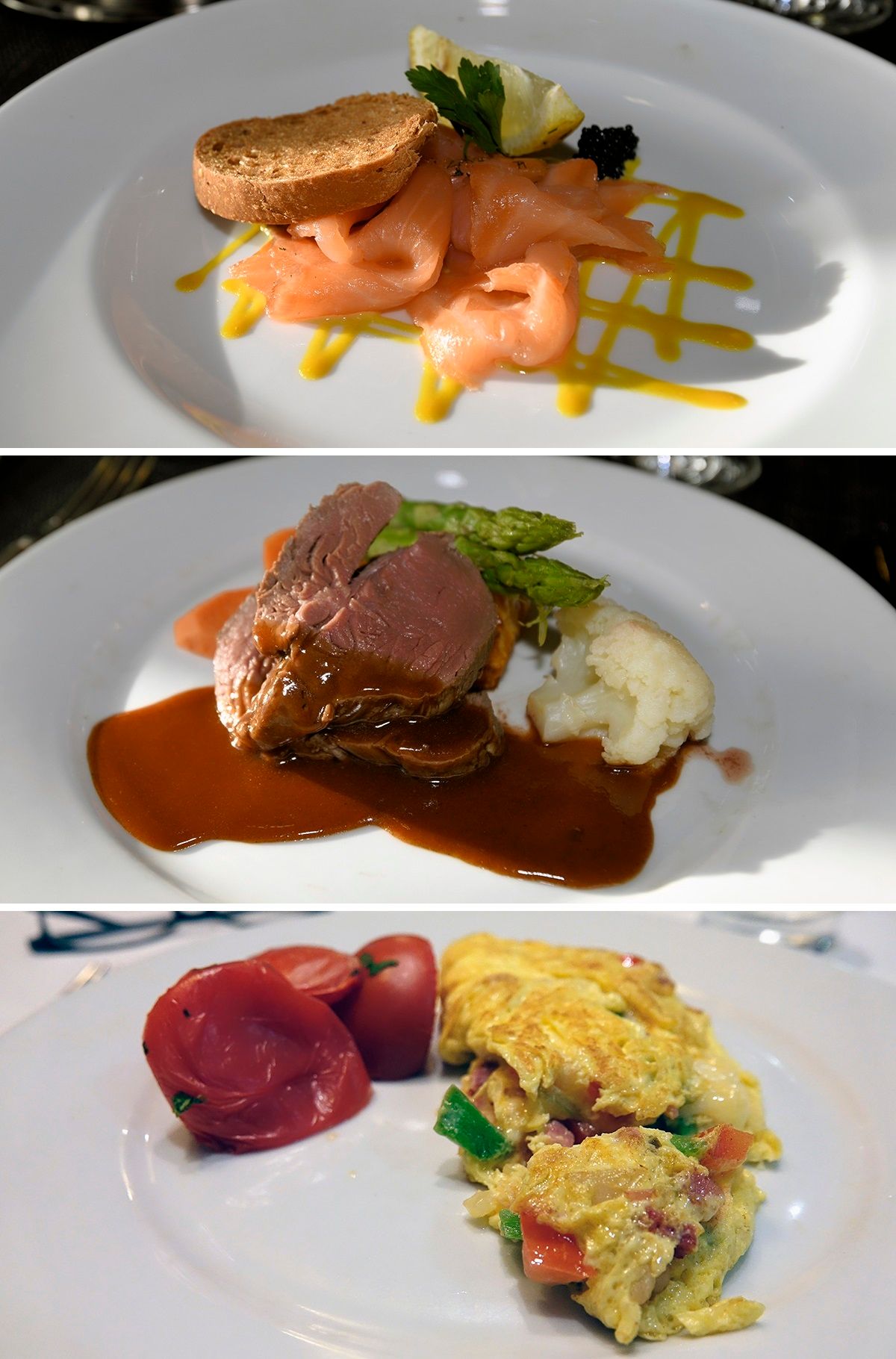


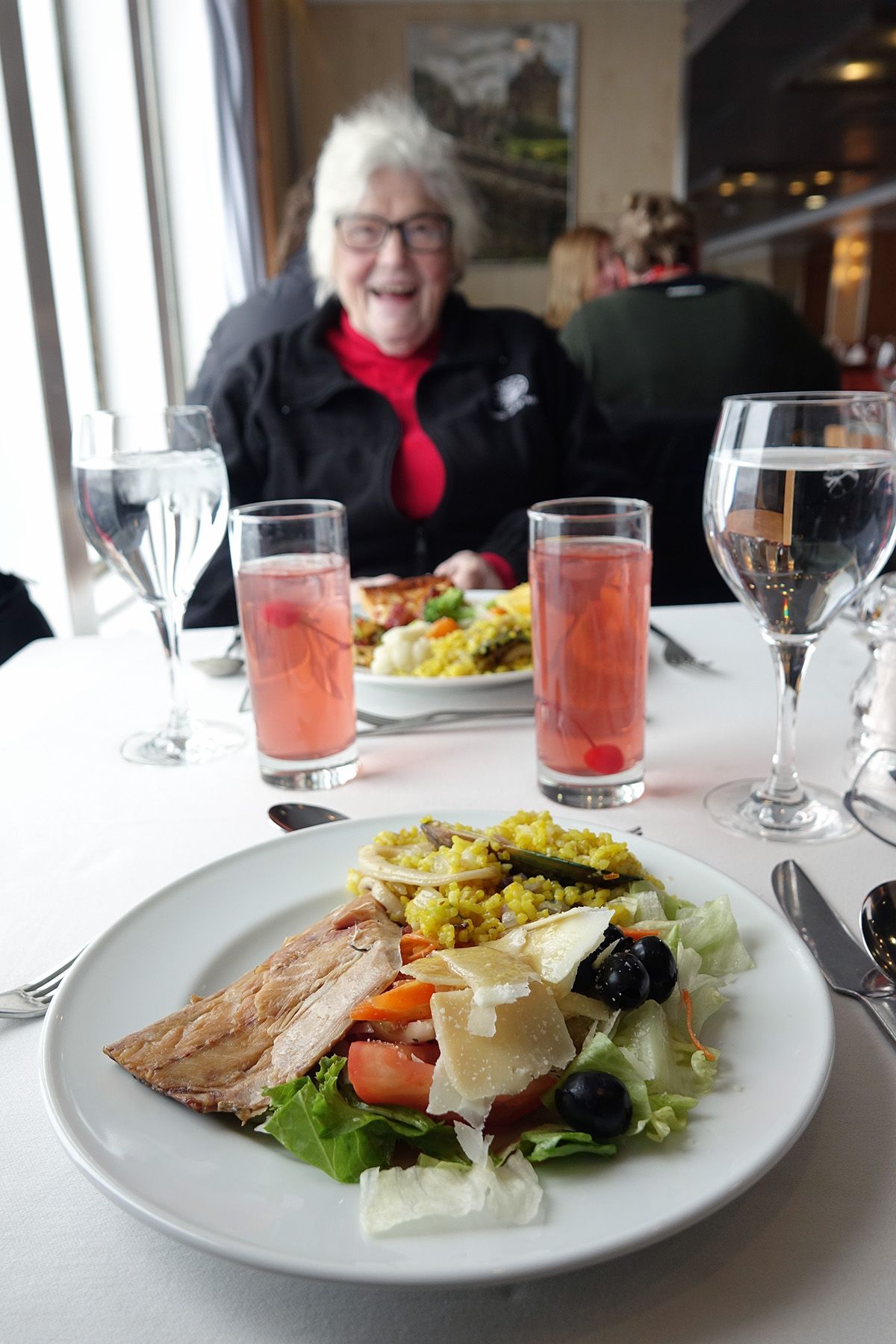
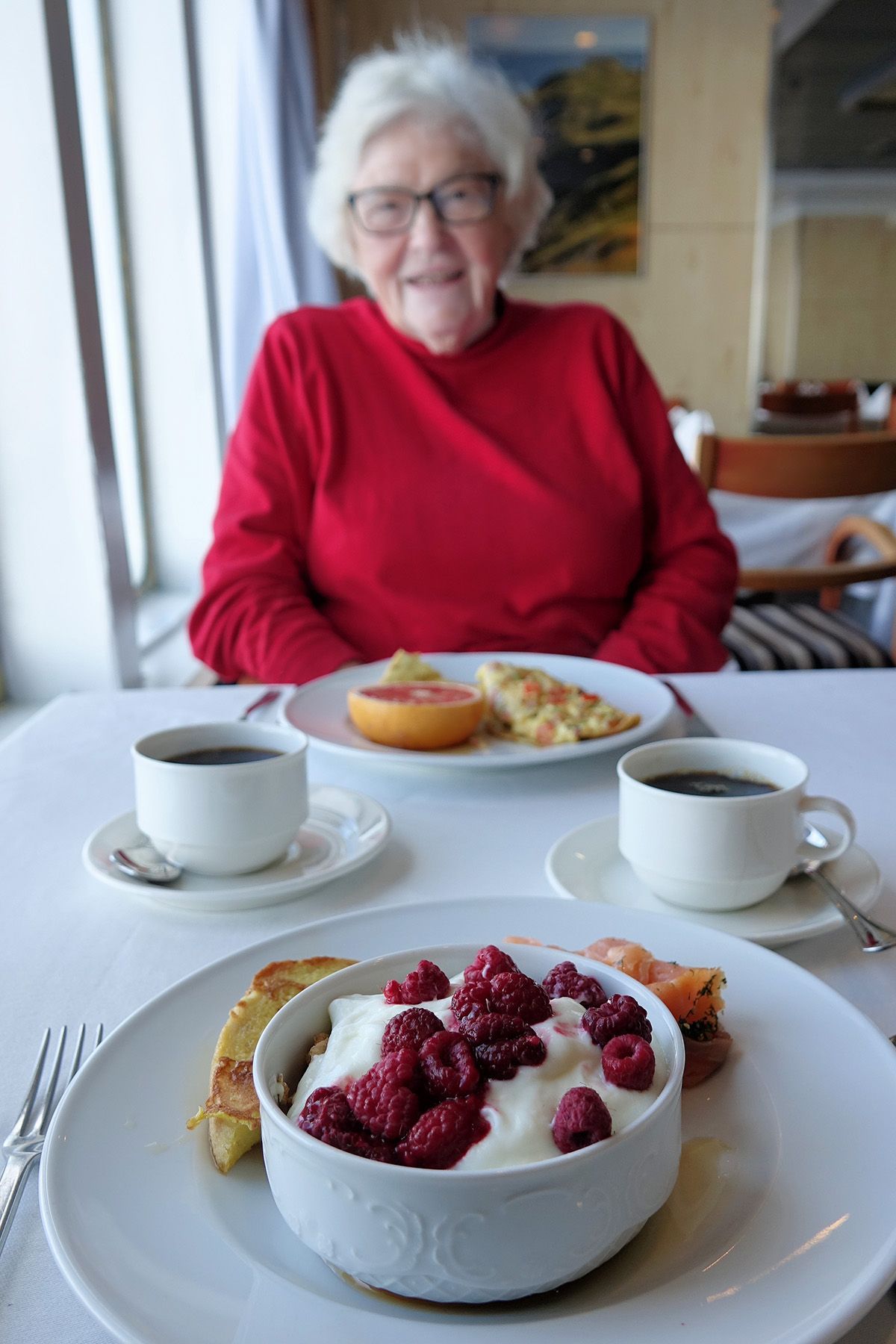
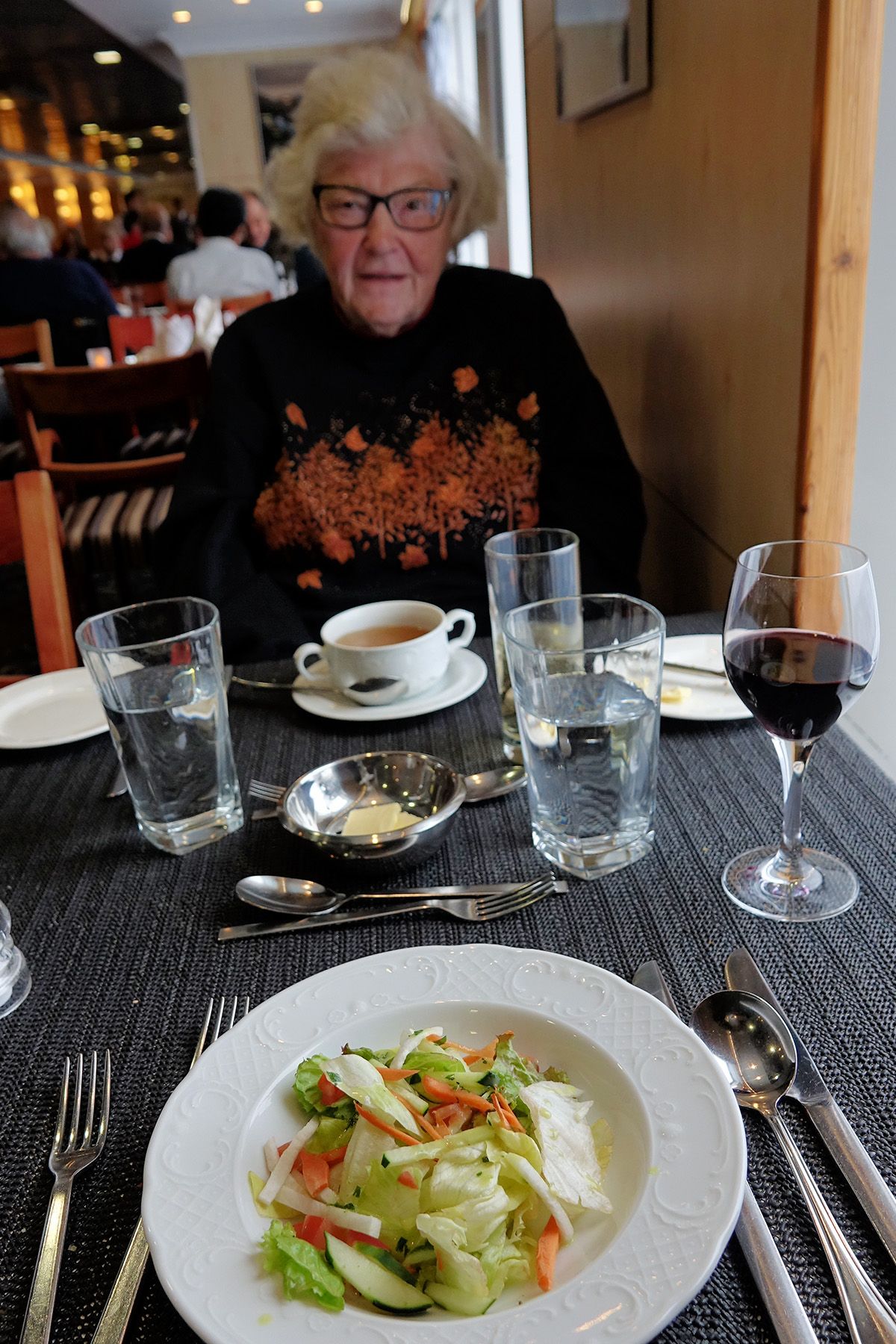

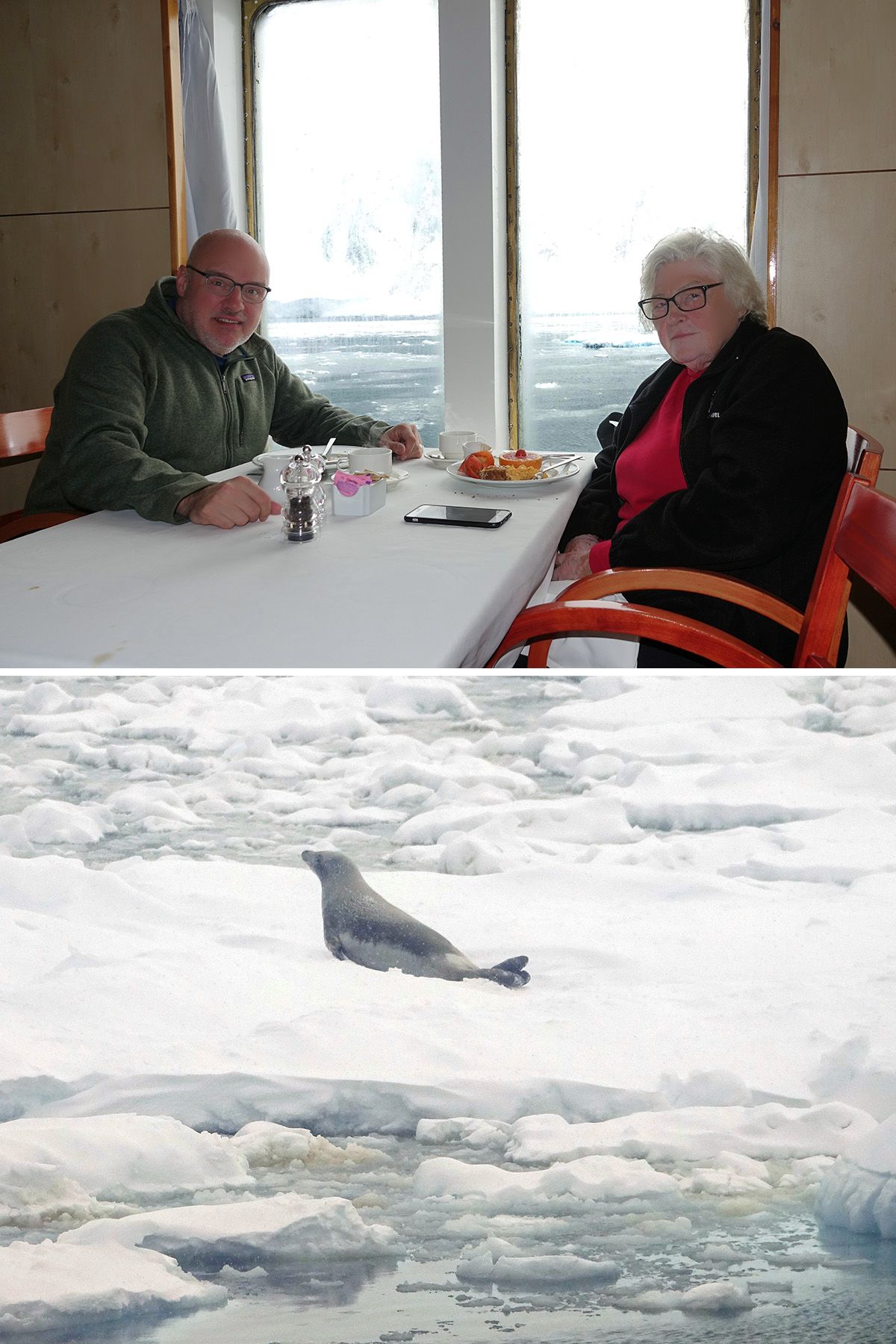
Iceberg
We woke up after crossing the Drake Passage to freezing temperatures and light snow flurries. And then, from our room, we saw our first iceberg!

We saw countless ice bergs over the next week, but that first one seemed the most dramatic, in part because it was floating in an area where we couldn't see anything else.
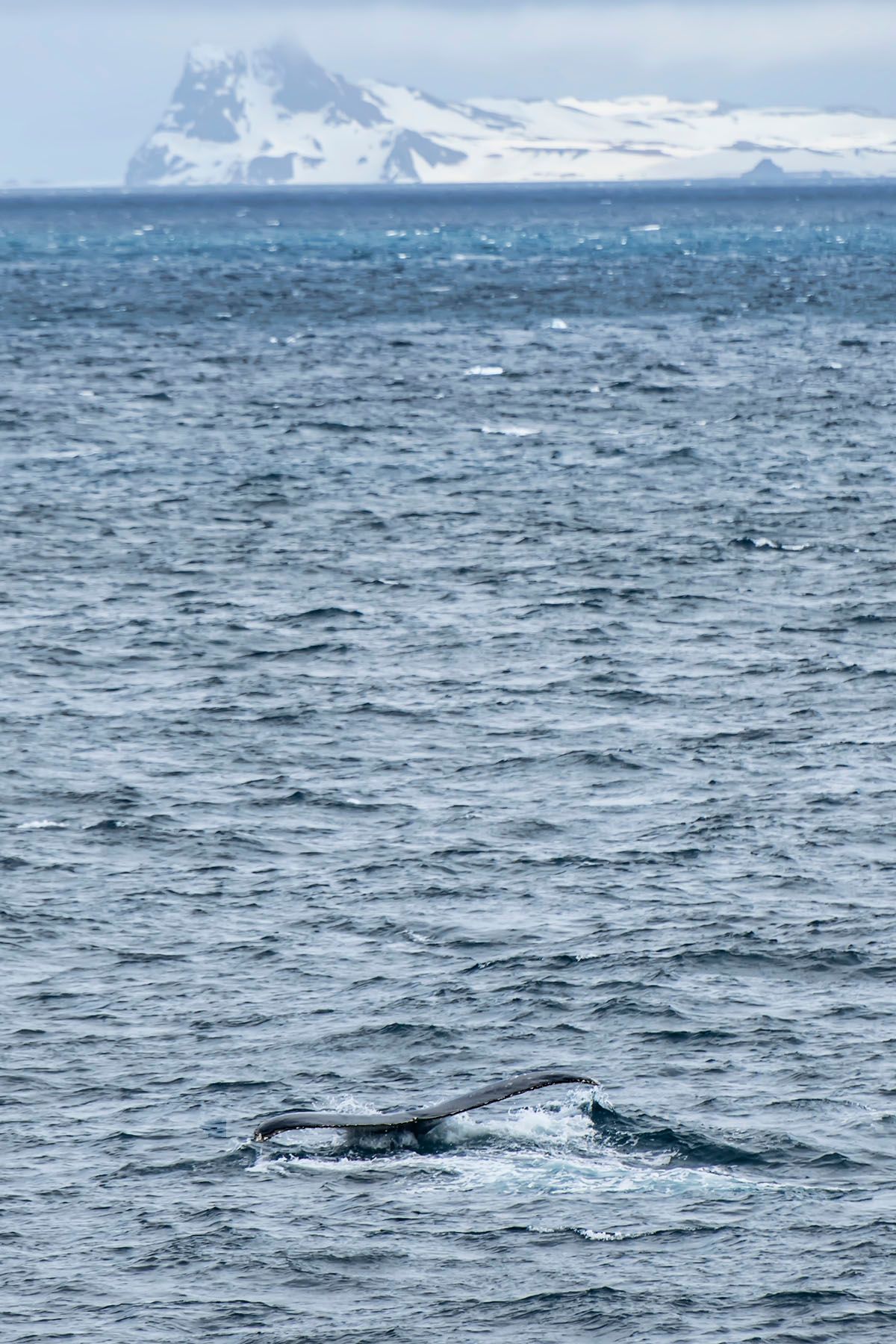
Half Moon Island
Half Moon Island is one of the South Shetland Islands, and home to about 2000 pairs of chinstrap penguins as well as a small Argentinian naval base. It is only accessible by boat or helicopter, and is a popular stop for Antarctic cruises because of its rugged beauty and abundance of wildlife.
Half Moon was the first stop on our trip, and we went on a Zodiac tour first and then took a short hike on shore.
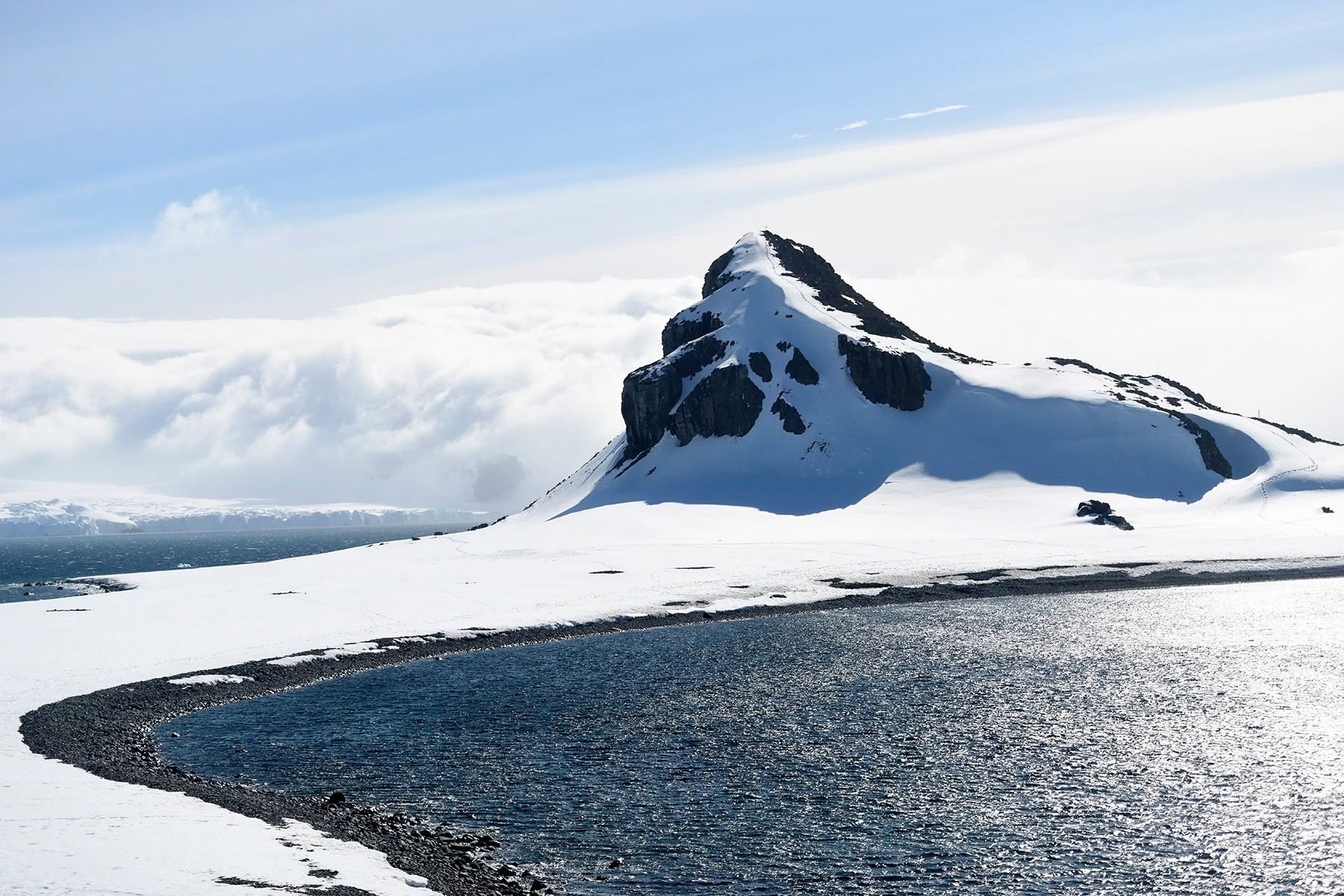
Regarding the stops on this trip, there was no pre-established itinerary. Rather, the itinerary changed daily based on weather and other factors. For example, we tried to stop at Cuverville Island early in the trip but it was inaccessible due to ice, then we successfully stopped there on our last day. Despite the constantly changing Antarctic weather, the crew found us interesting places to explore every day.
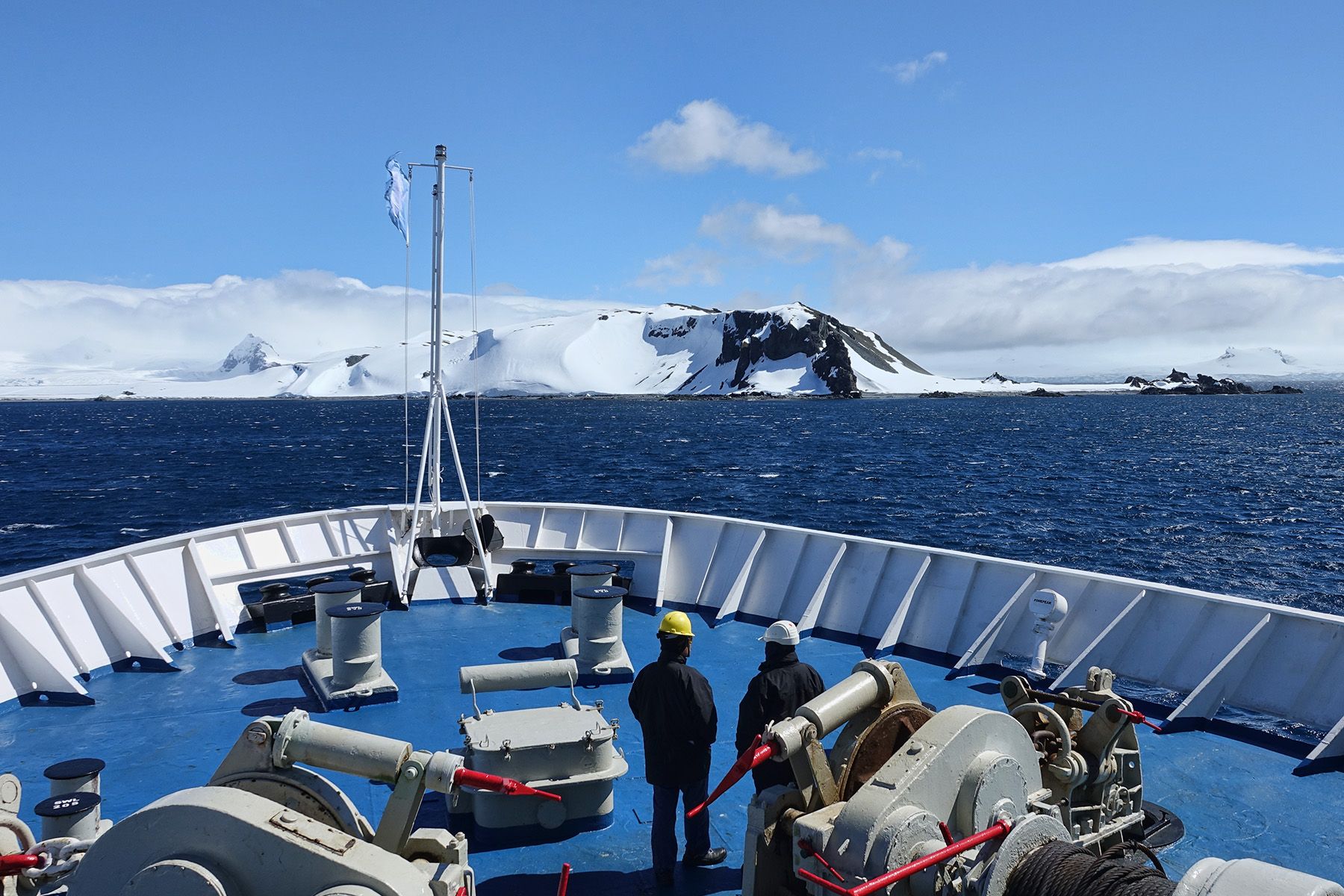





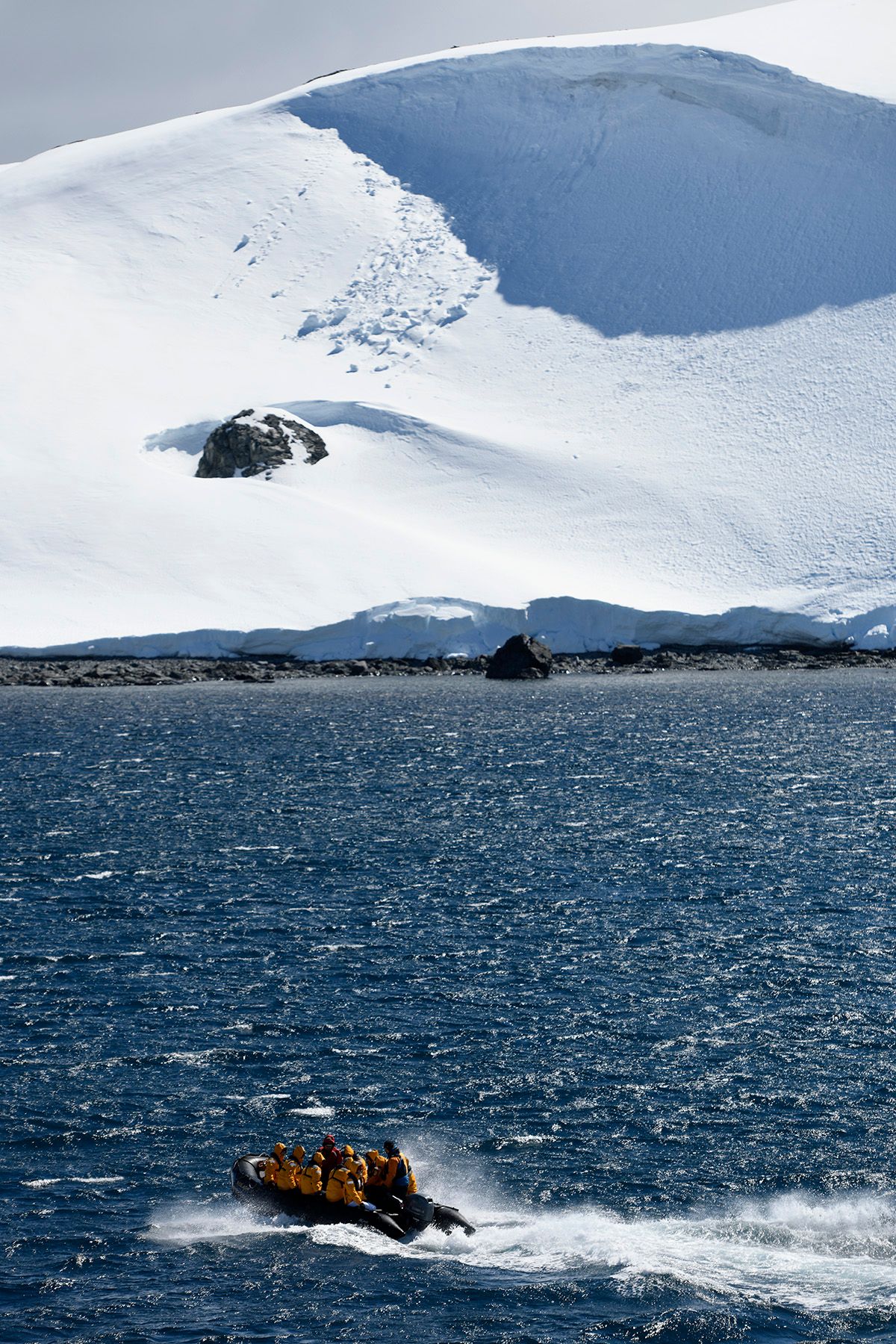
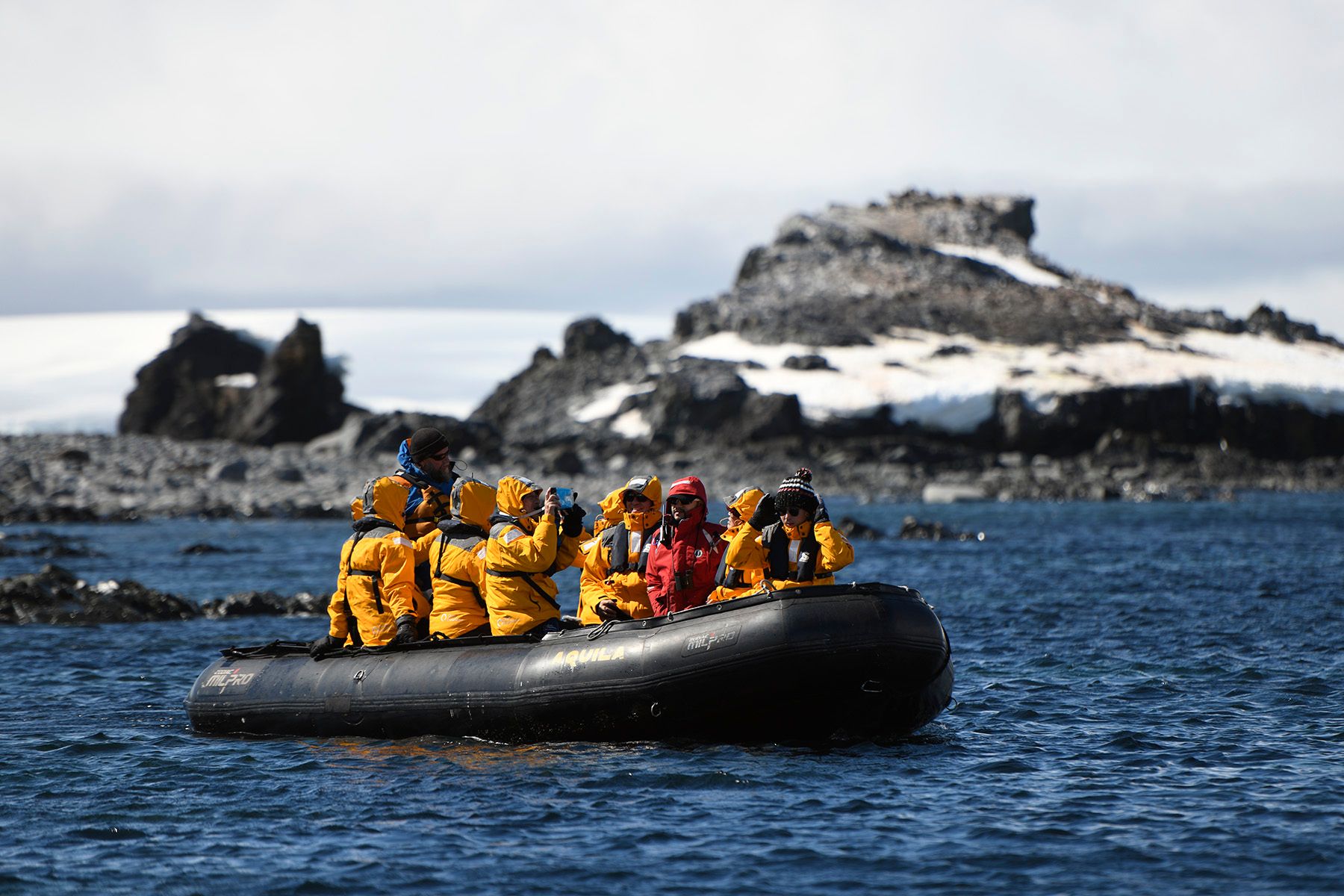
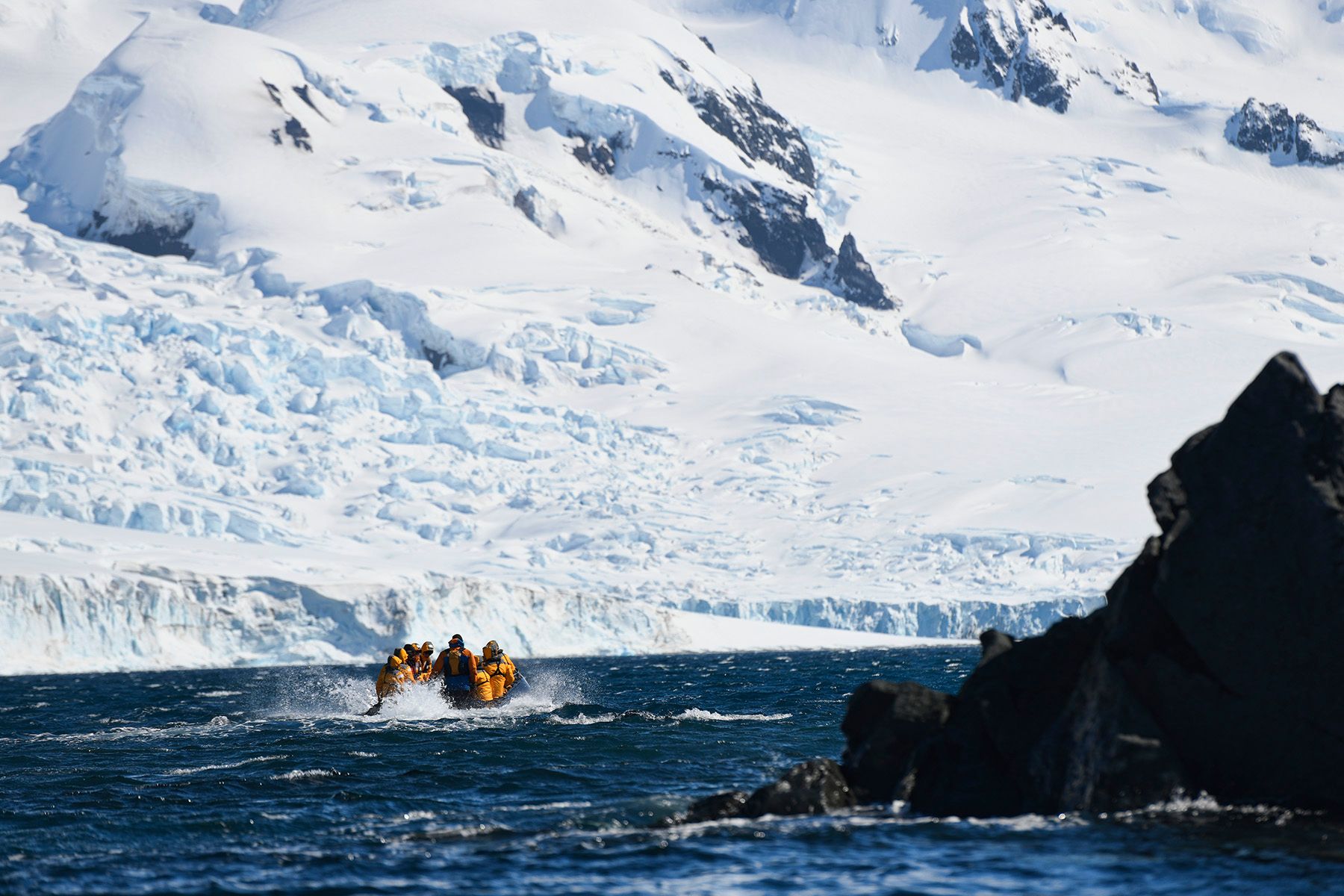

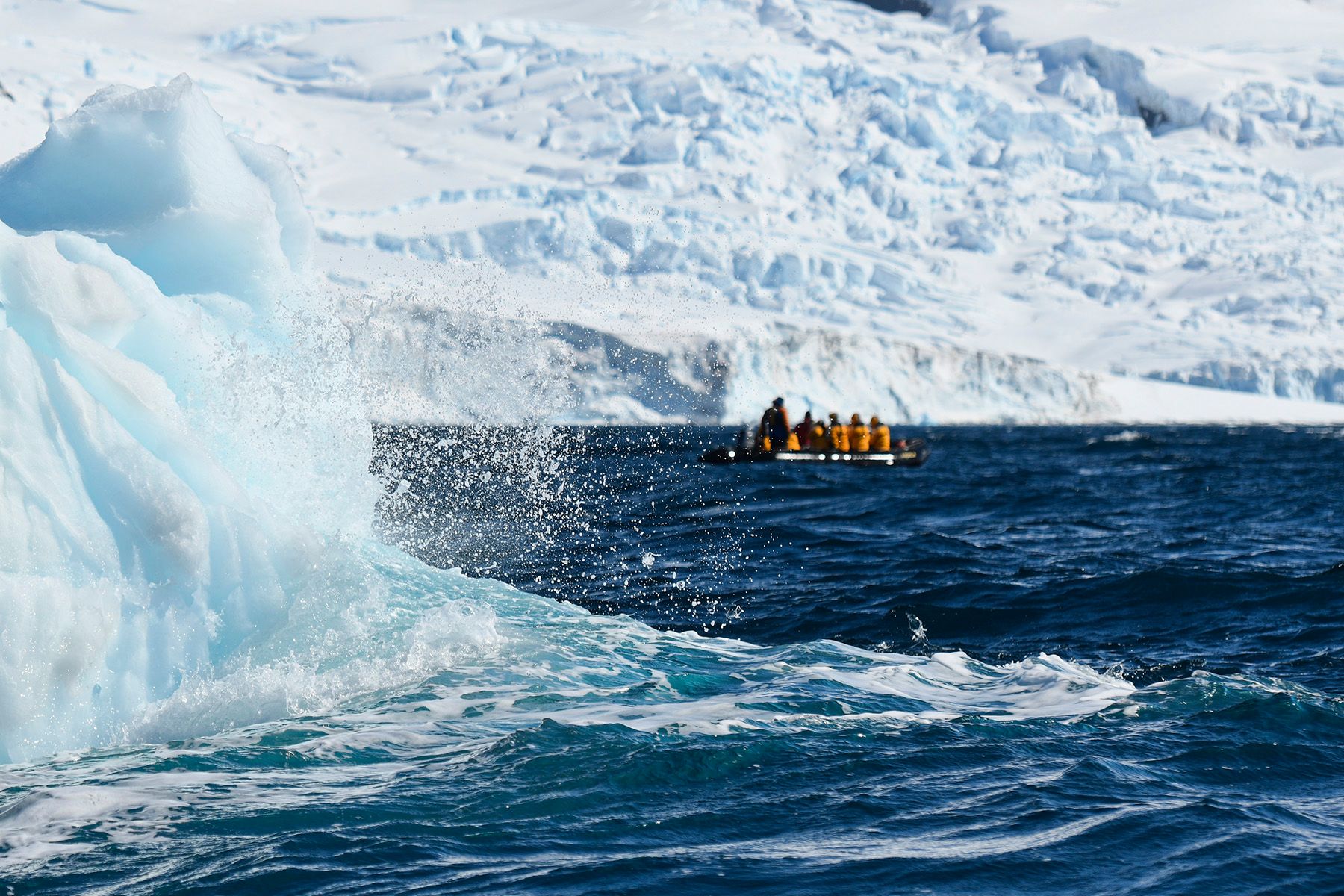
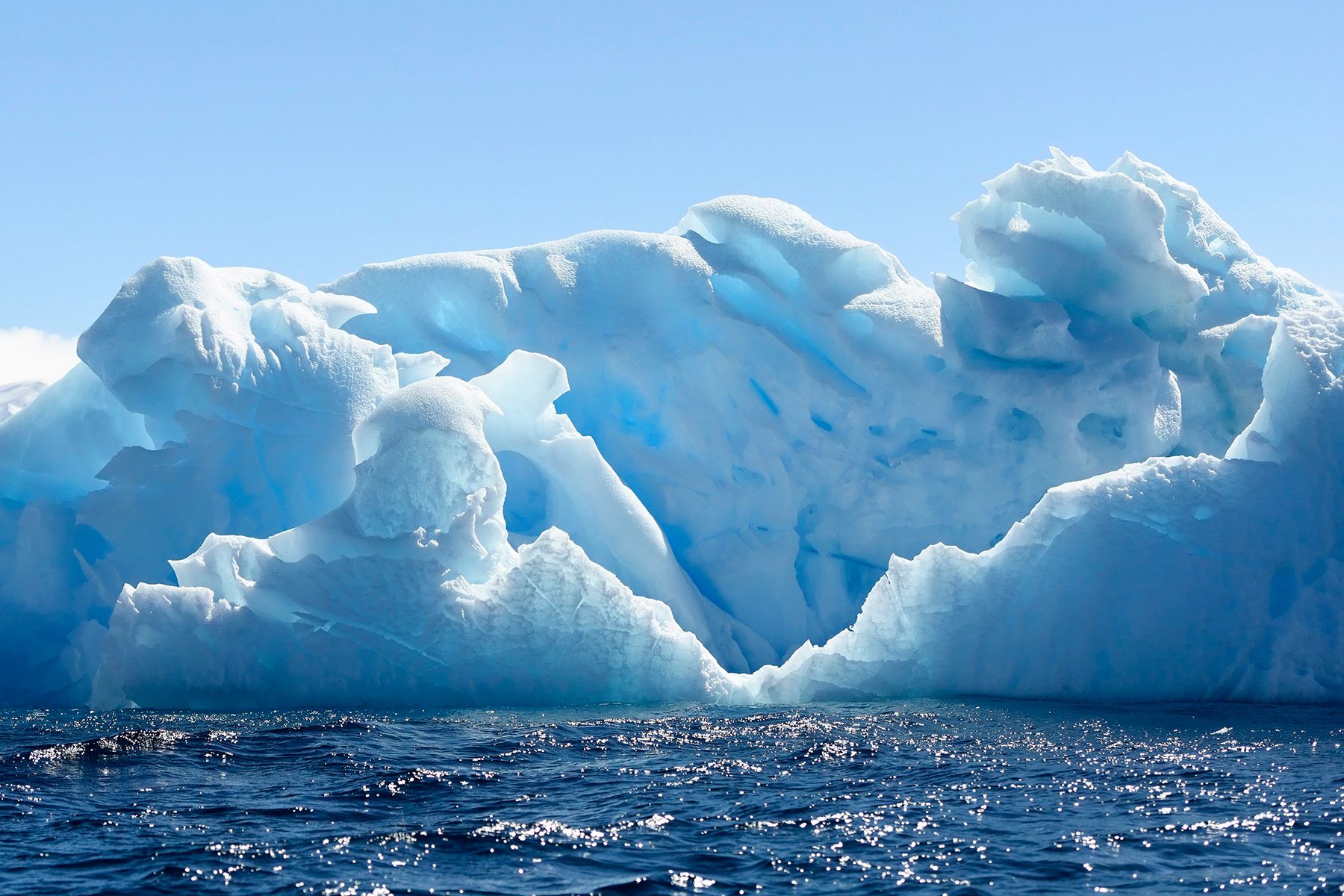
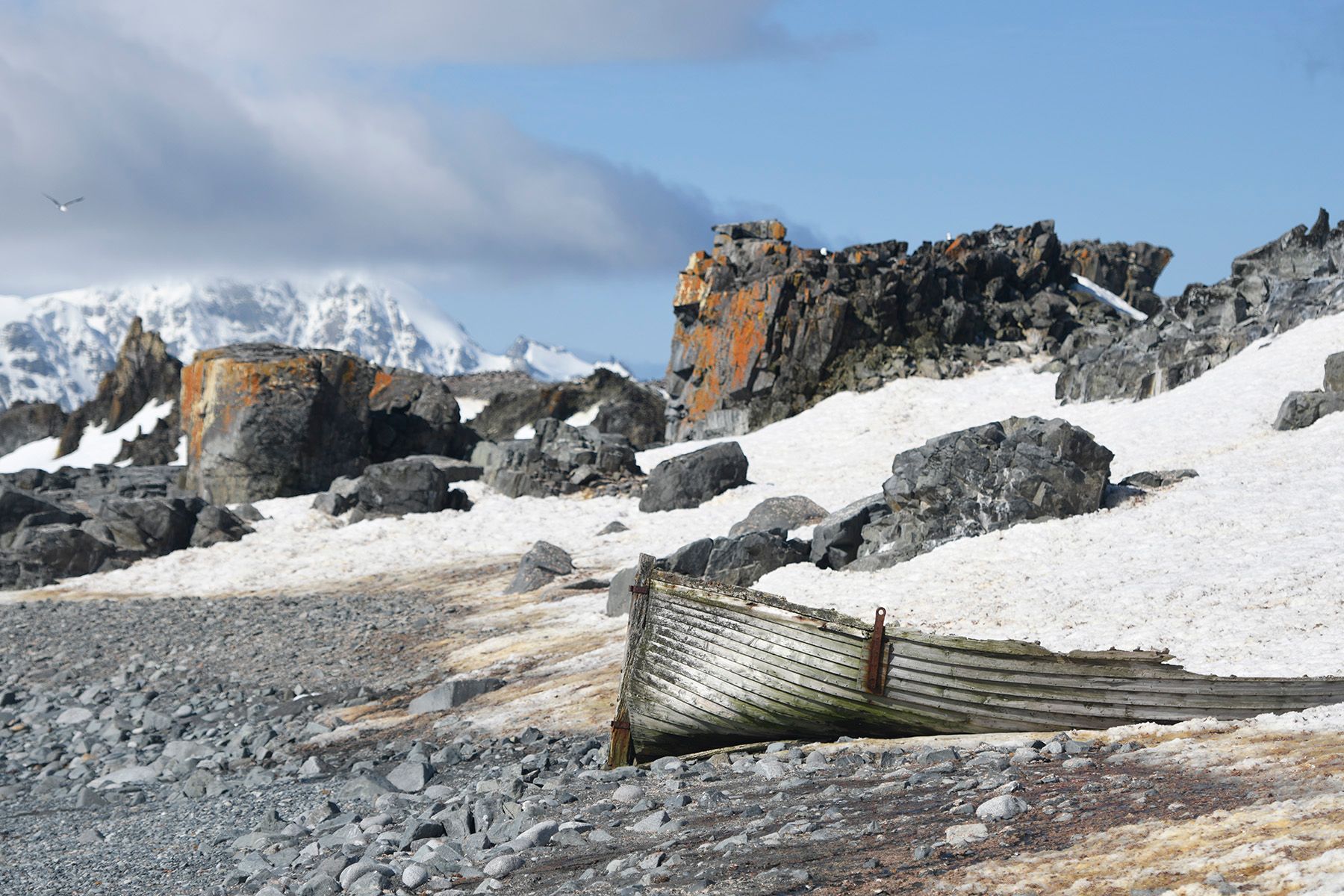
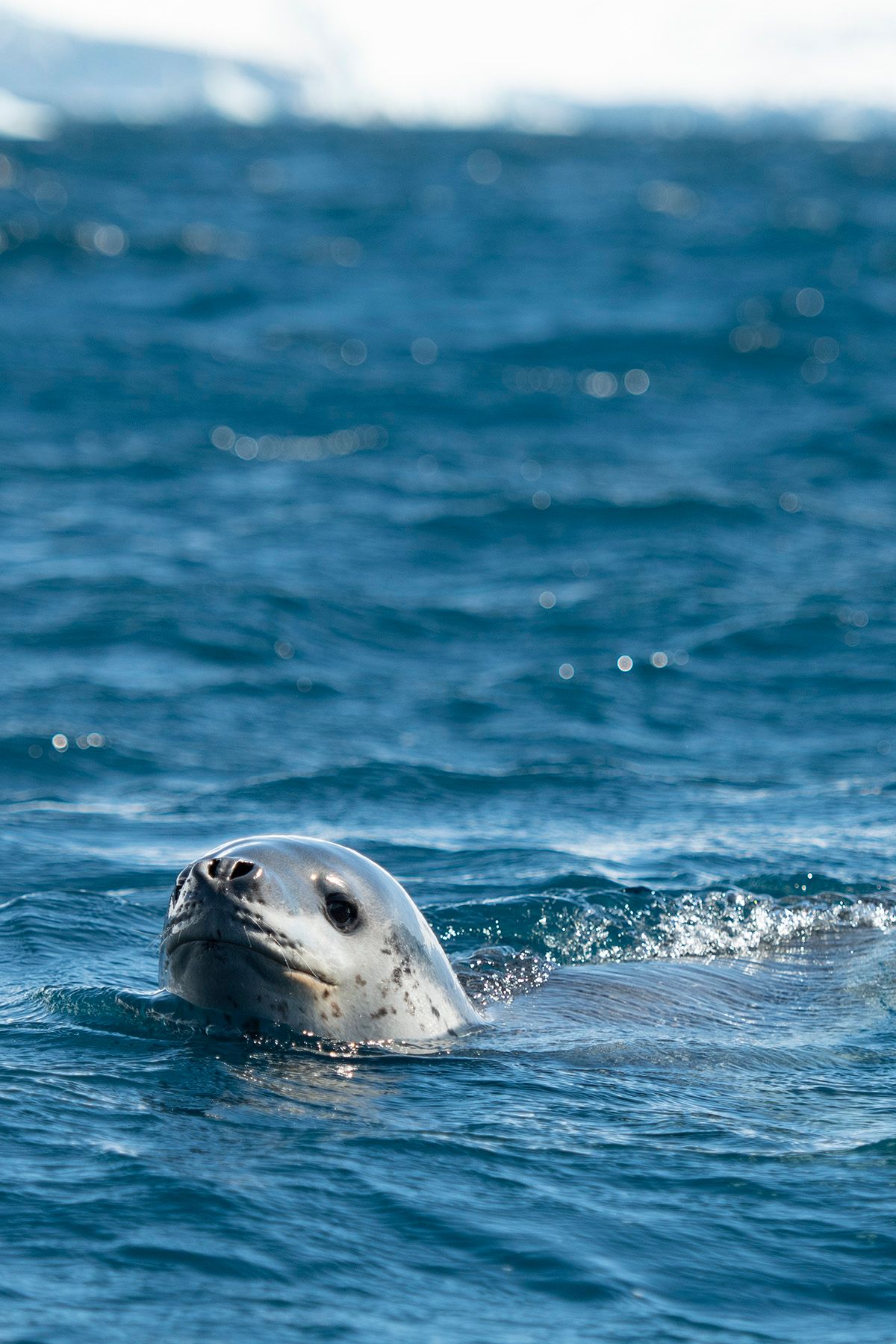
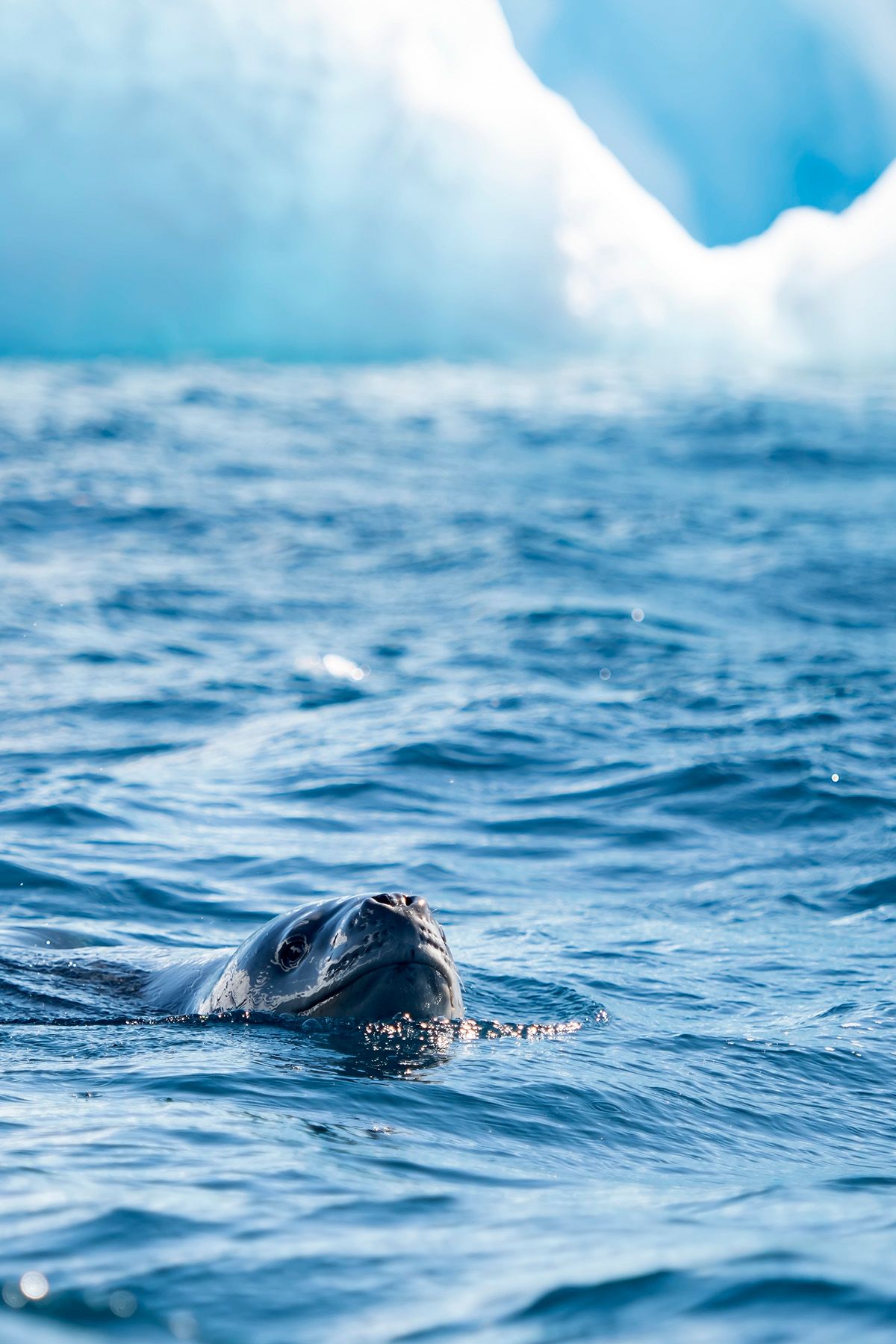
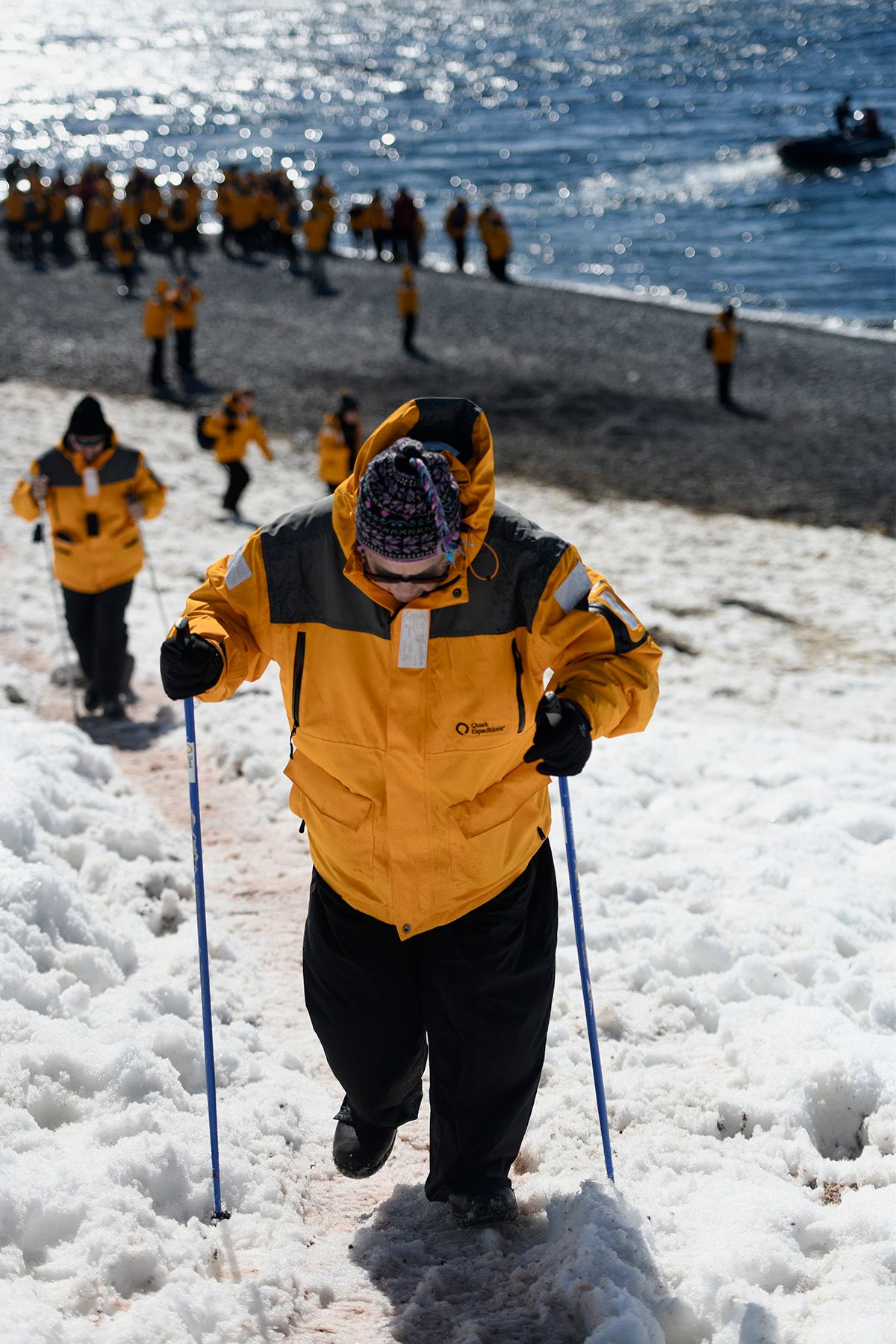
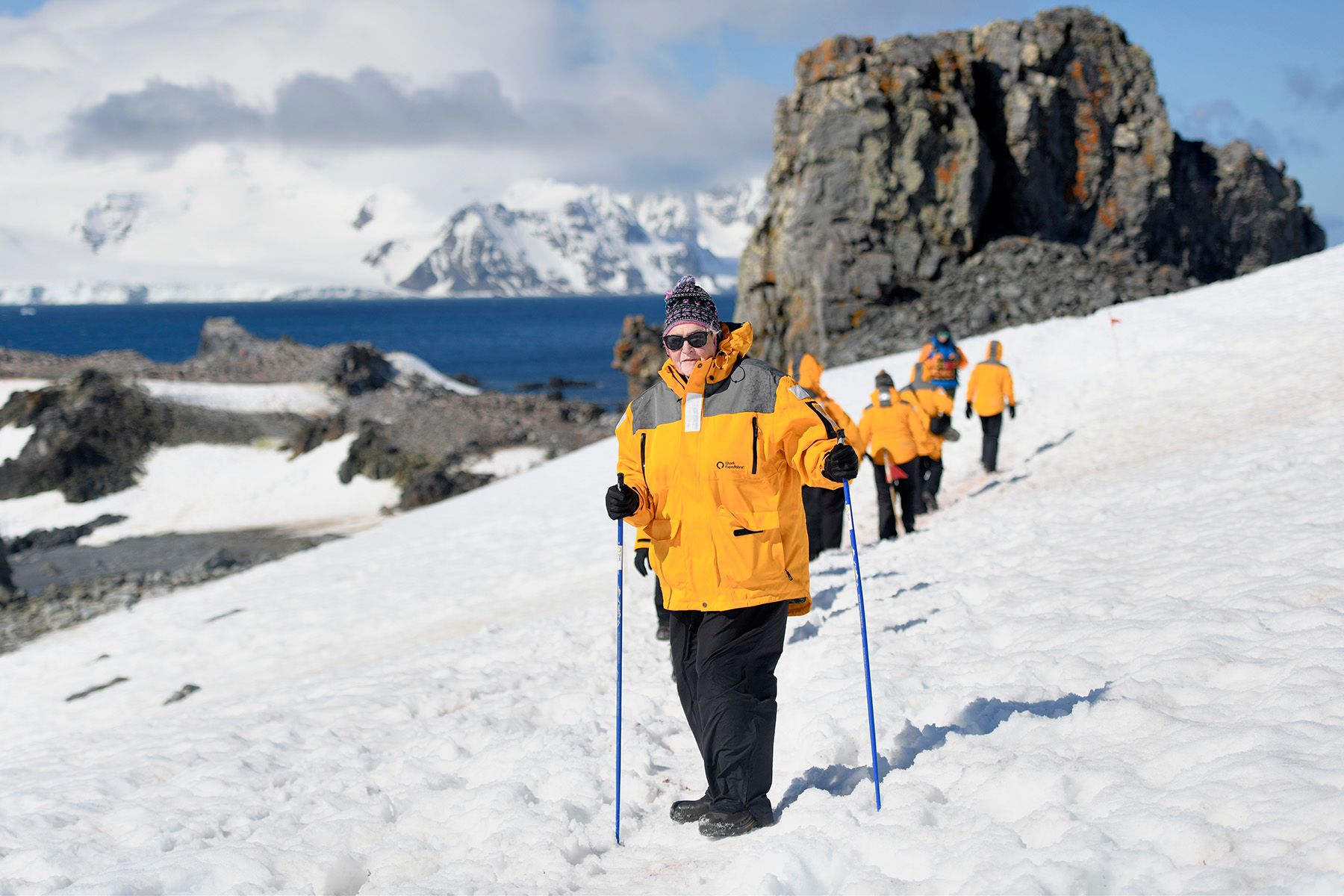

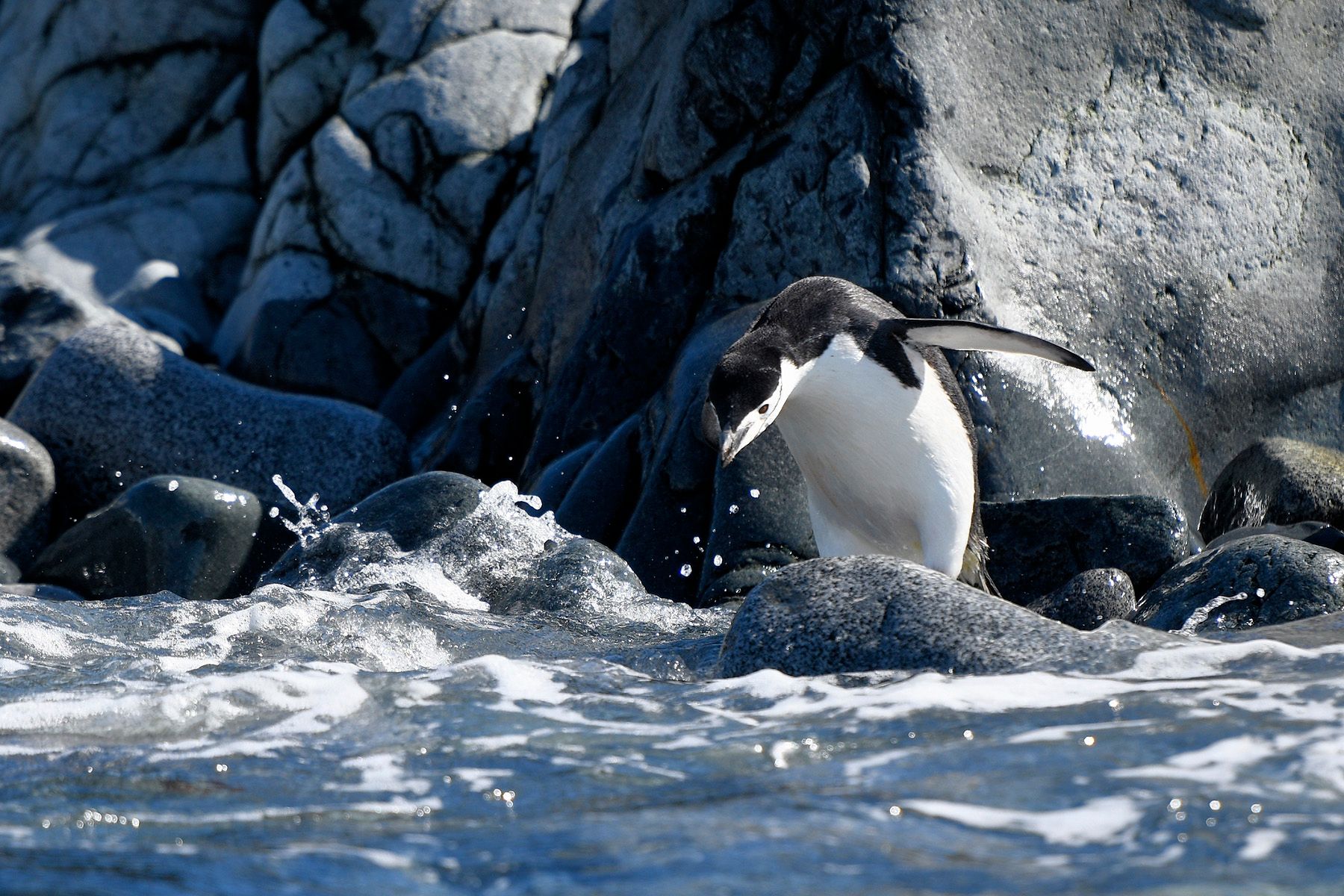

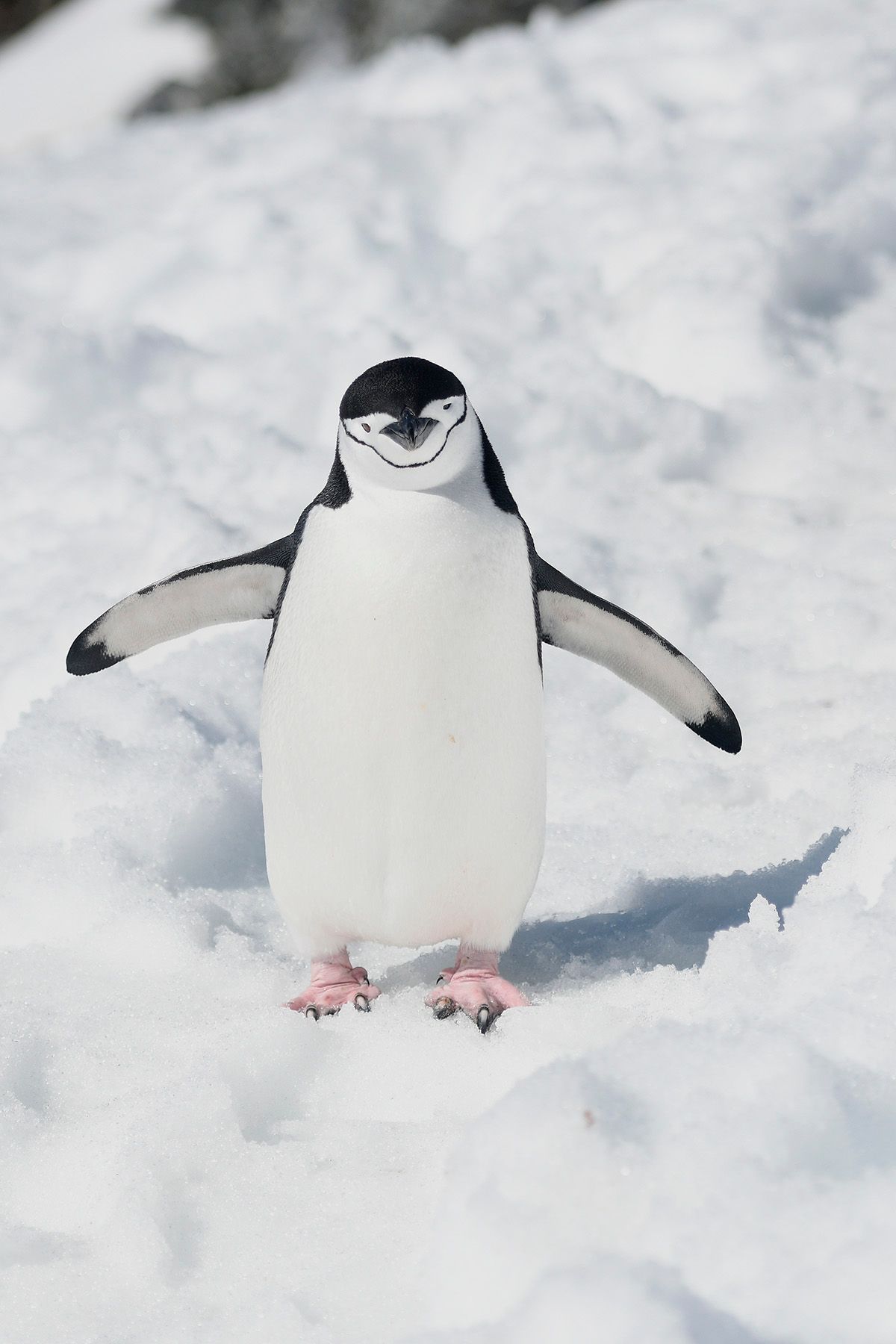
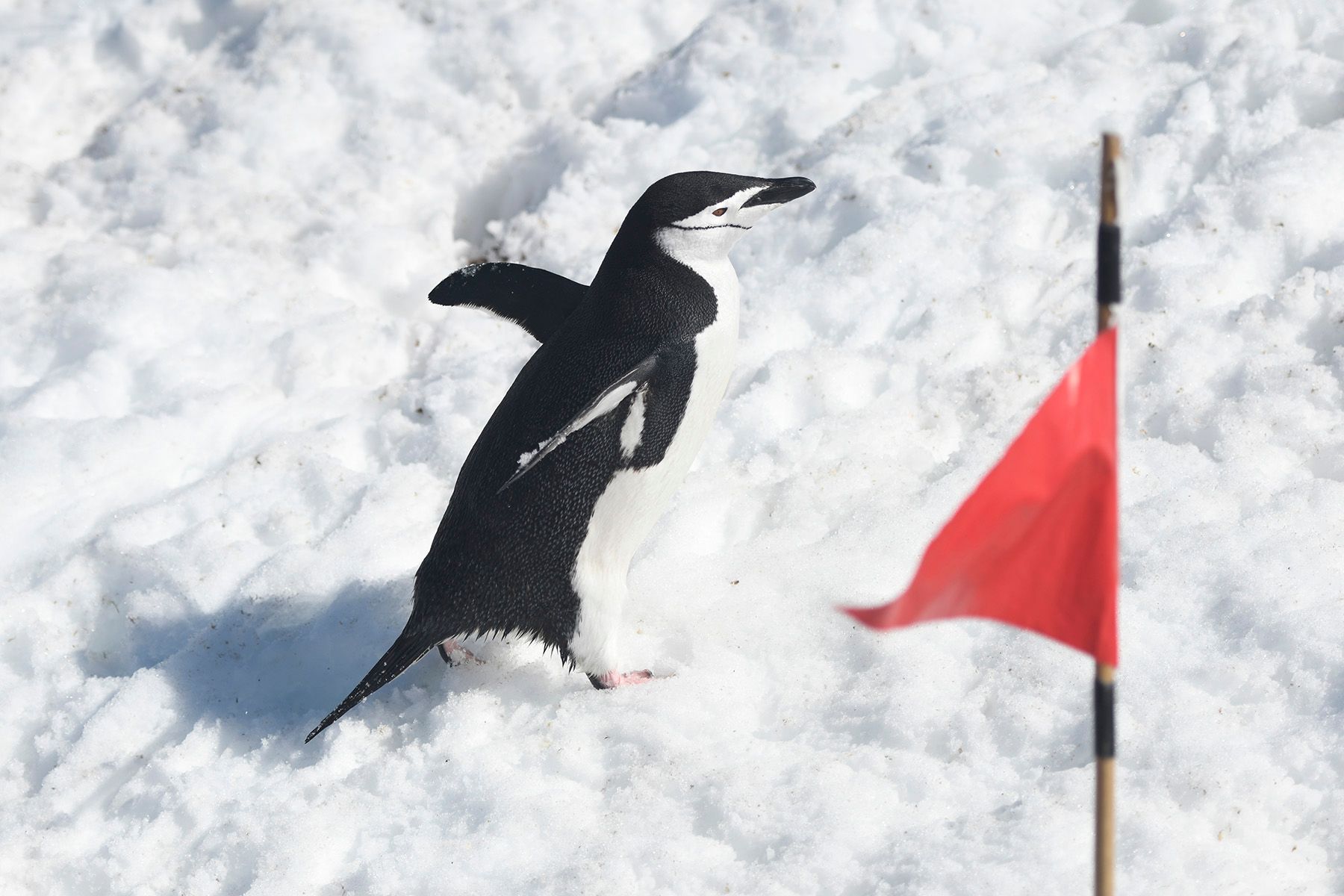
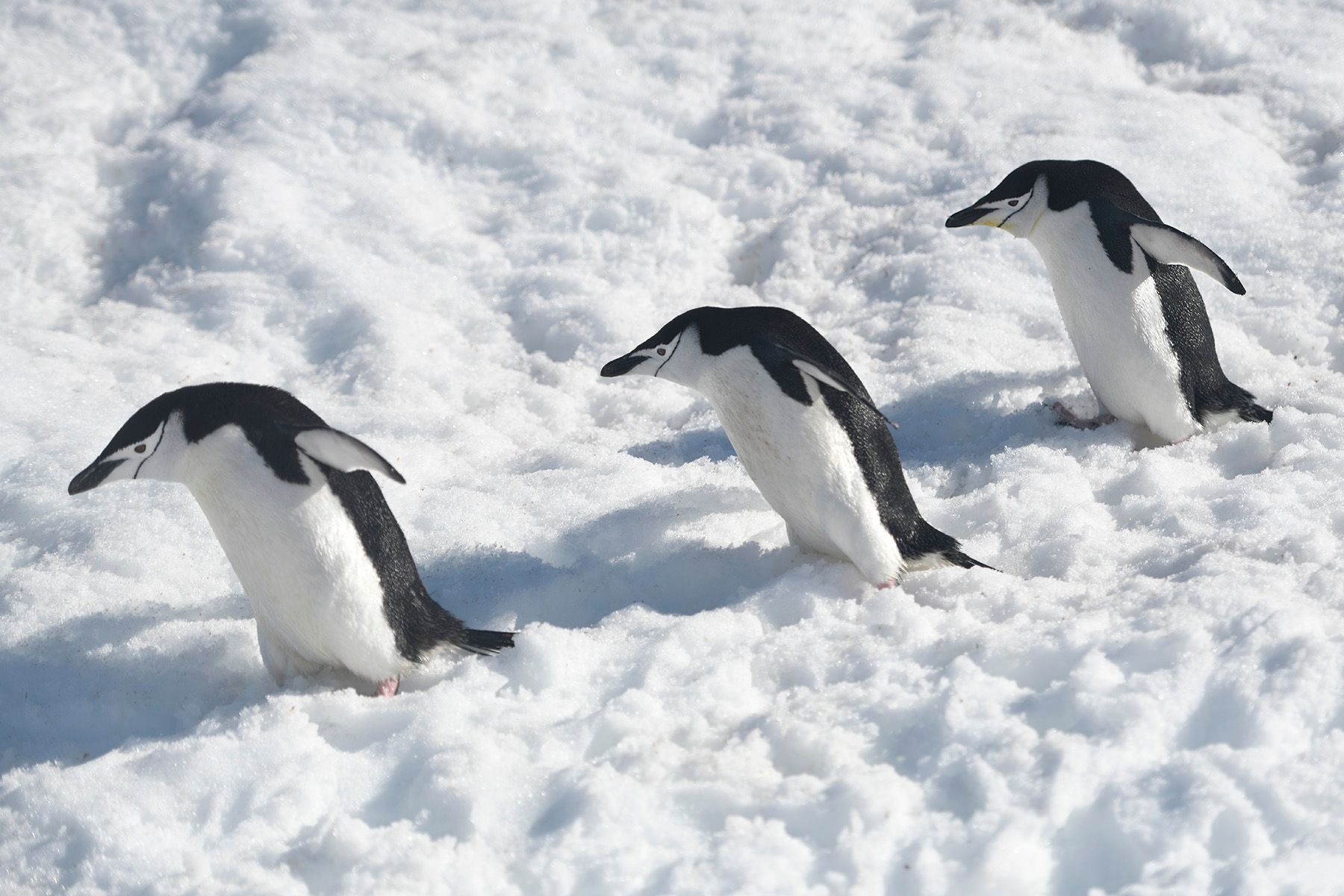
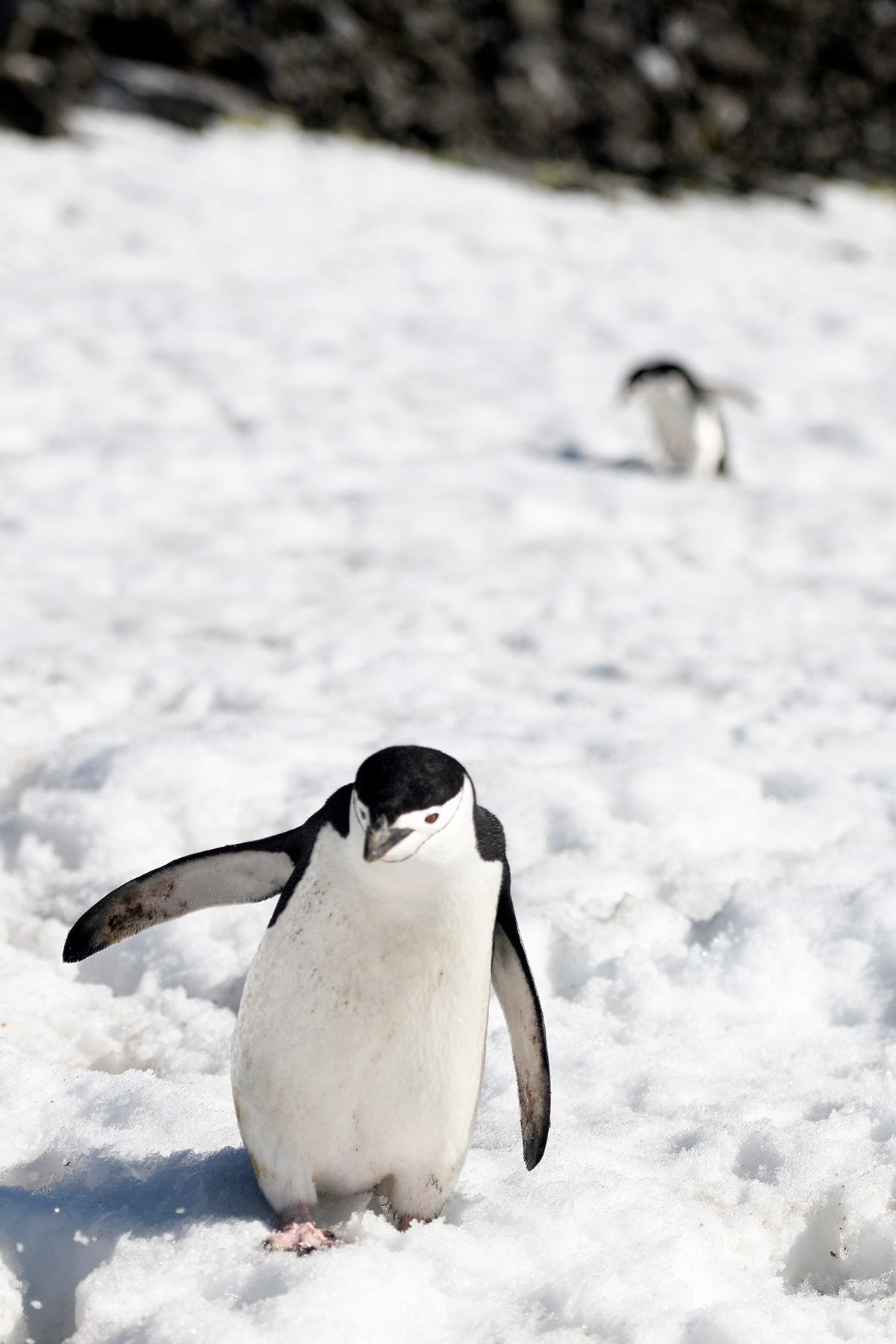
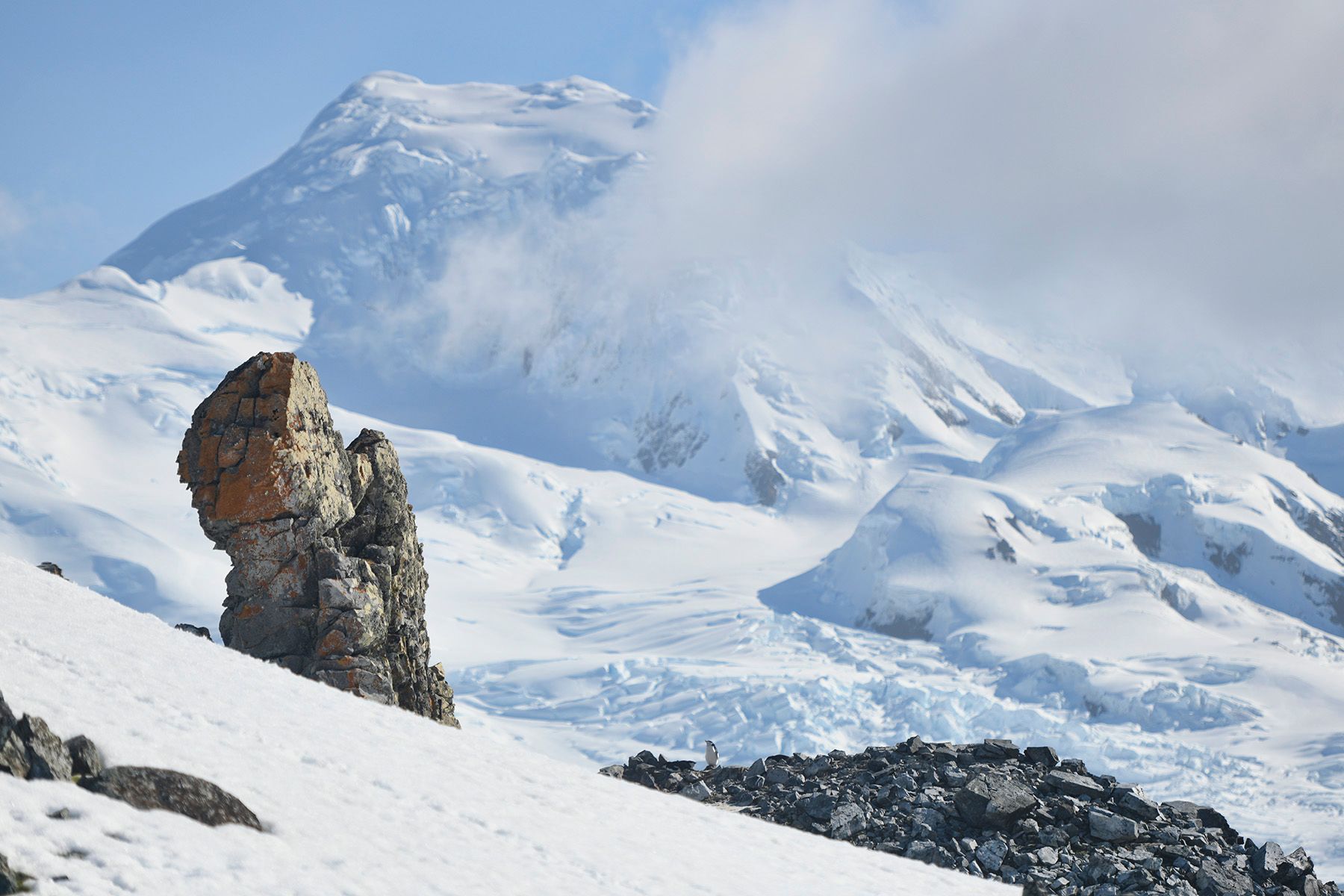

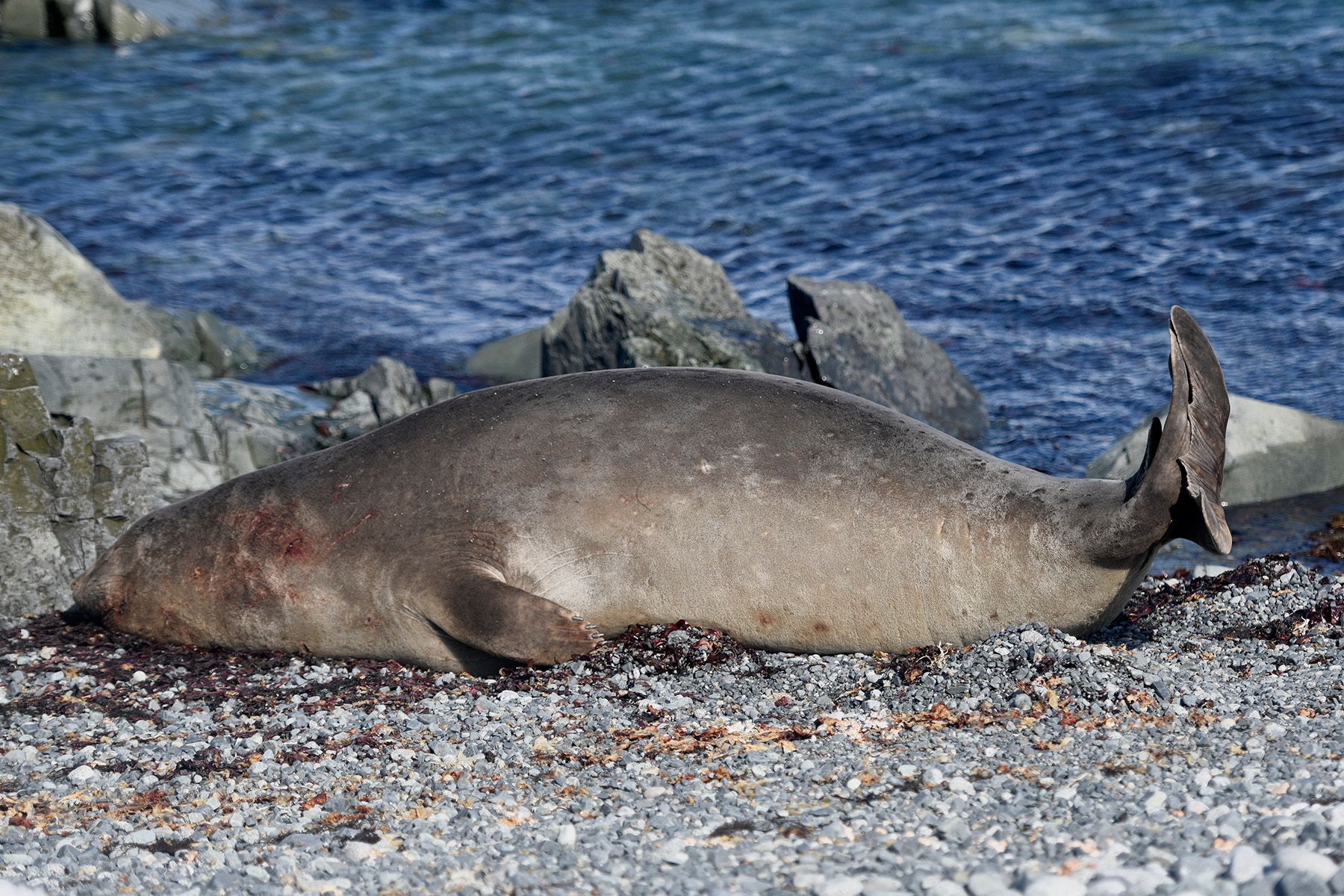
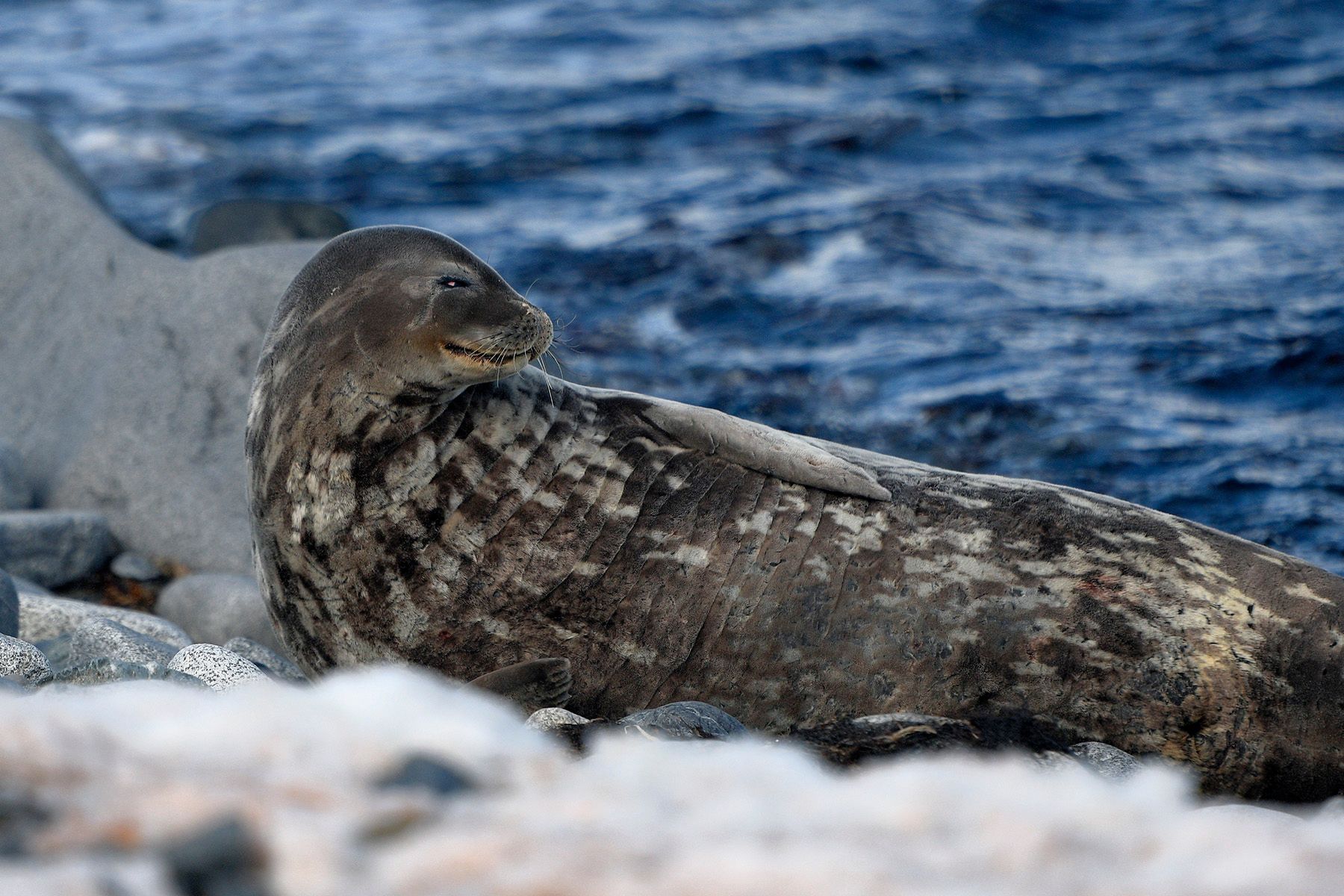
Paradise Harbor
Paradise Harbor was our first stop on the Antarctic continent itself. Located on the west side of the Antarctic Peninsula near Anvers Island, Paradise Harbor is home to small Argentinian and Chilean bases as well as numerous Gentoo penguins. We also saw leopard seals and humpback whales on a Zodiac boat tour of the bay.

It was snowing hard when we arrived, and Mom decided to stay on the ship rather than attempt the slippery conditions and deep snow on shore. This was the right call; I saw multiple people get stuck when they stepped even just inches off the trail, and sometimes they needed help from others to extricate themselves from the wet deep snow.

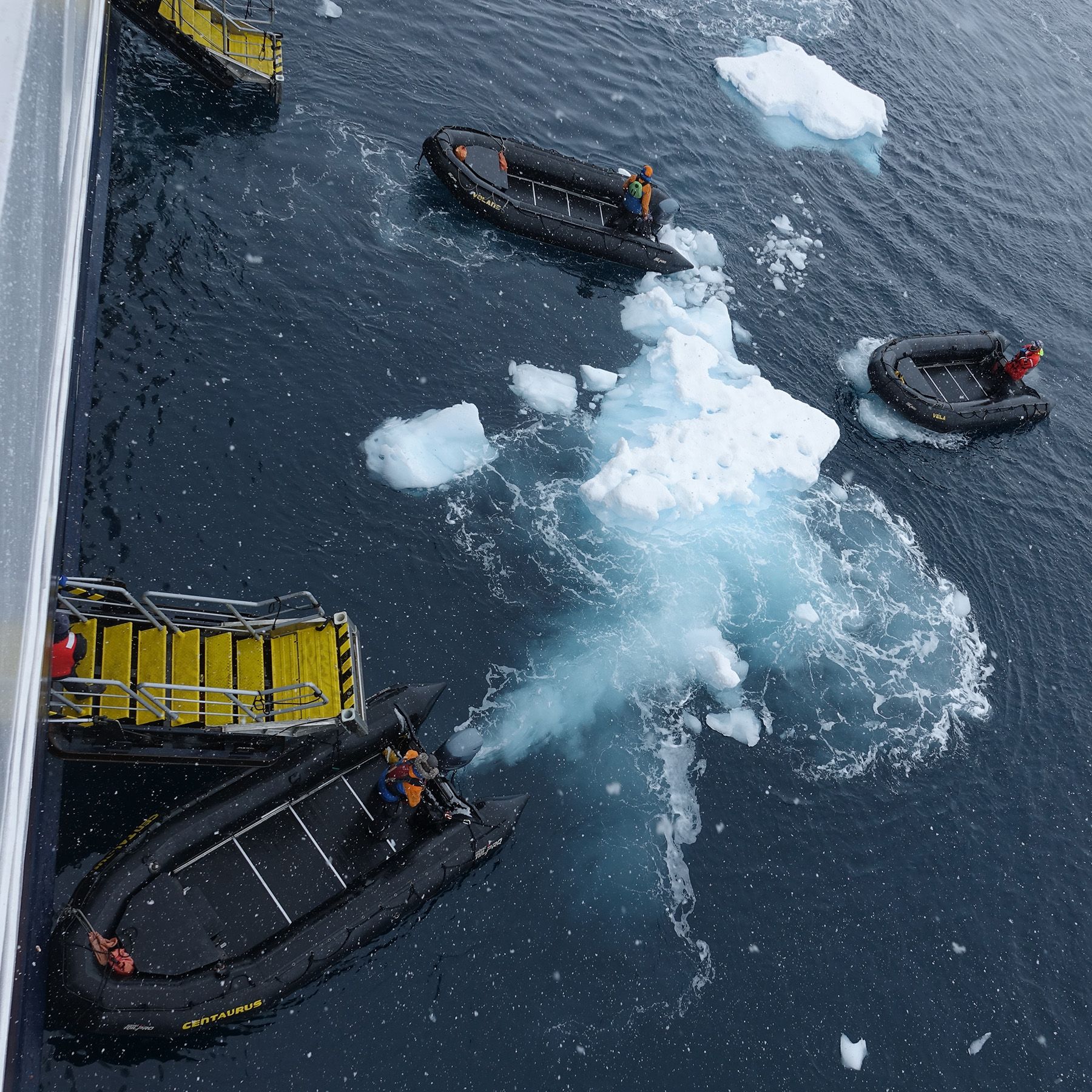


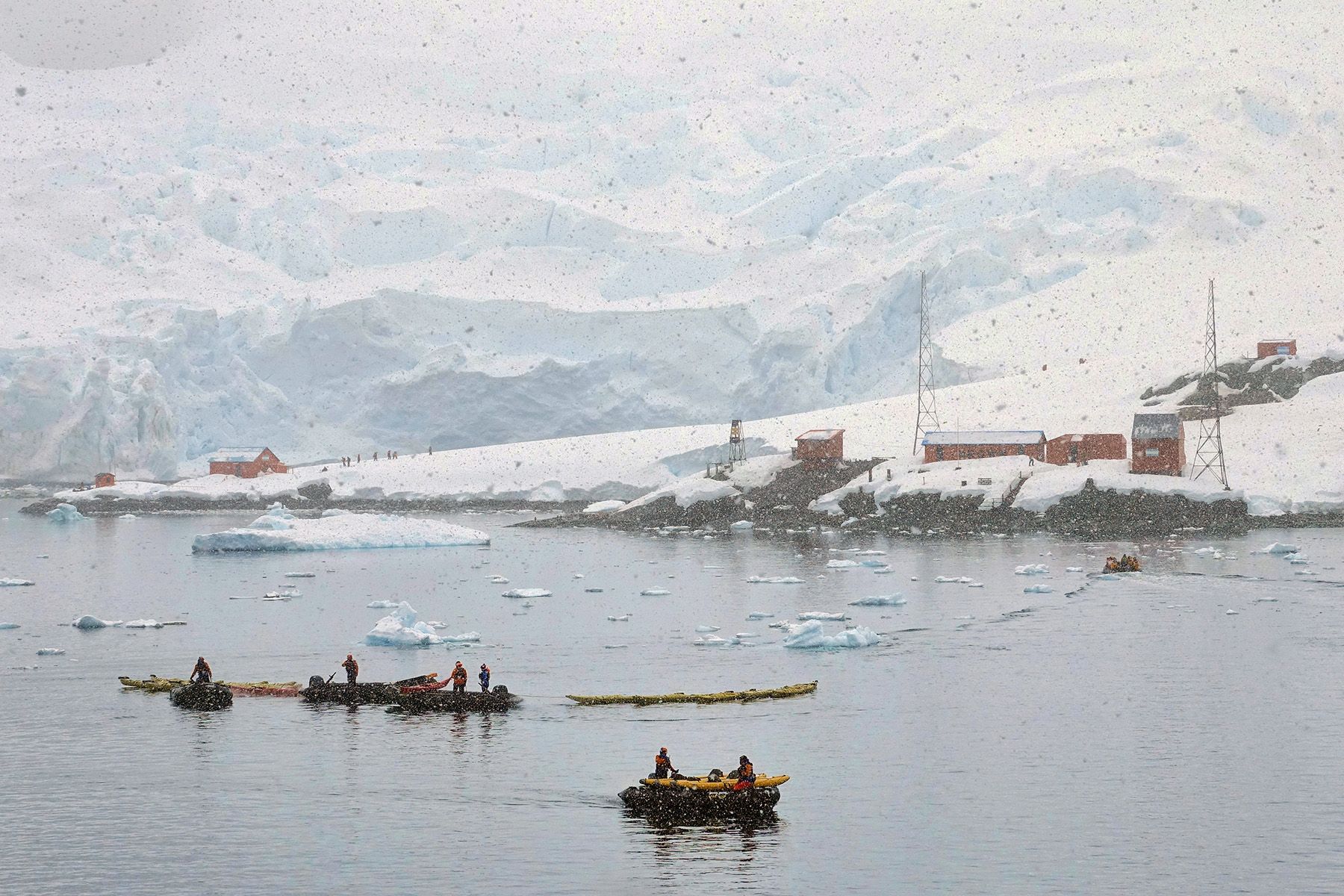
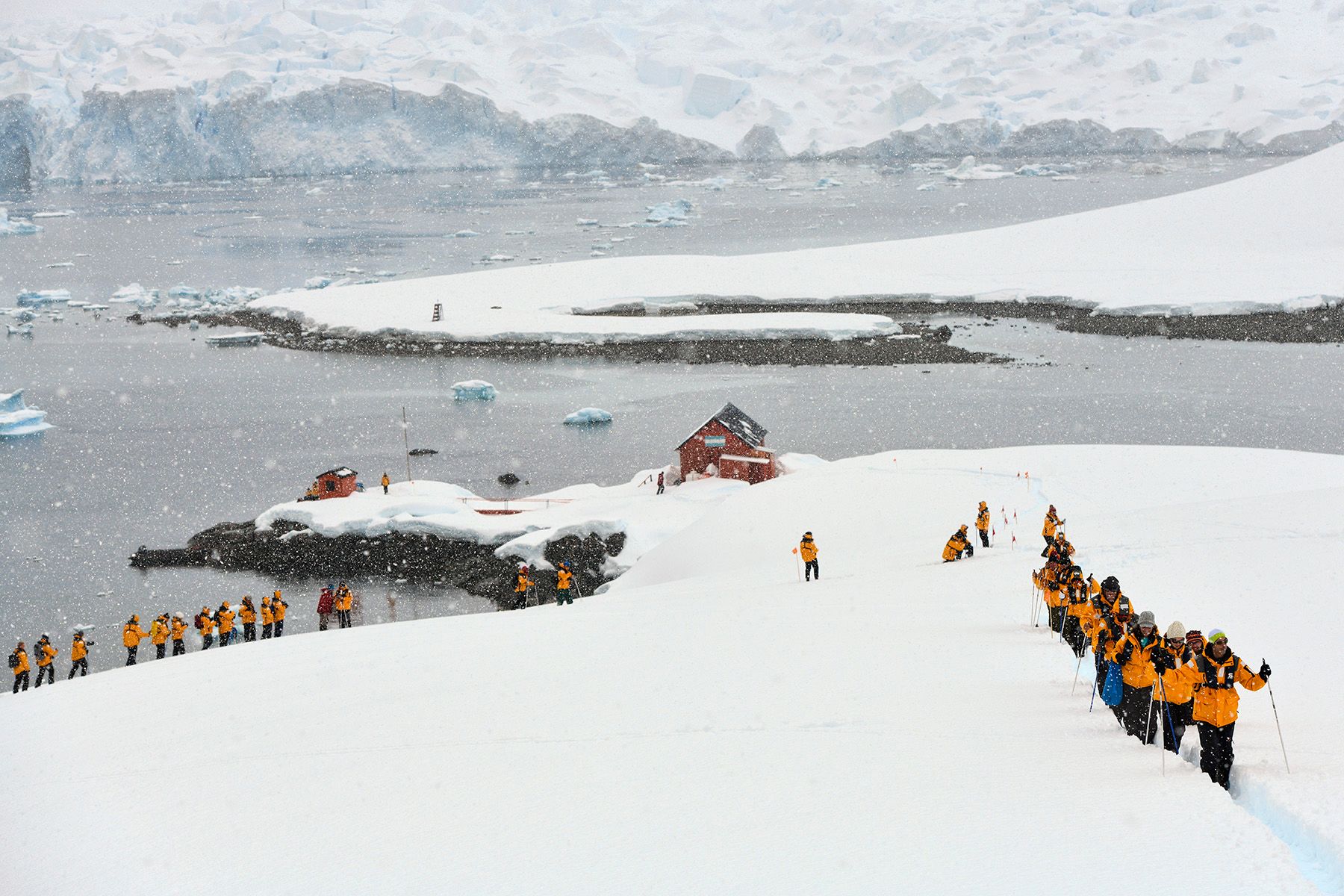
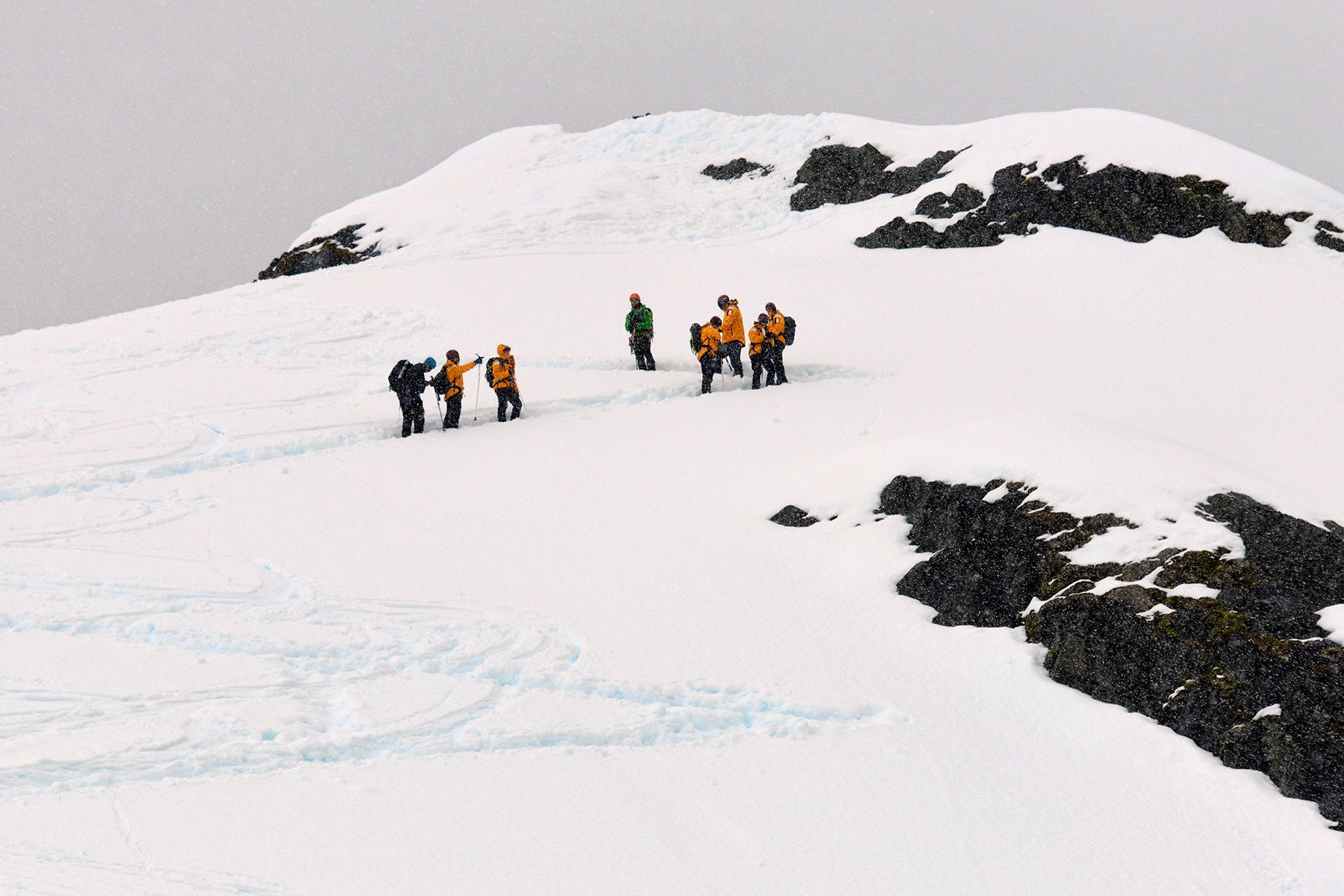
Whereas Half Moon Island had been home to chin strap penguins, at Paradise Harbor most of the penguins were Gentoos, which you can identify by their distinctive orange beak.
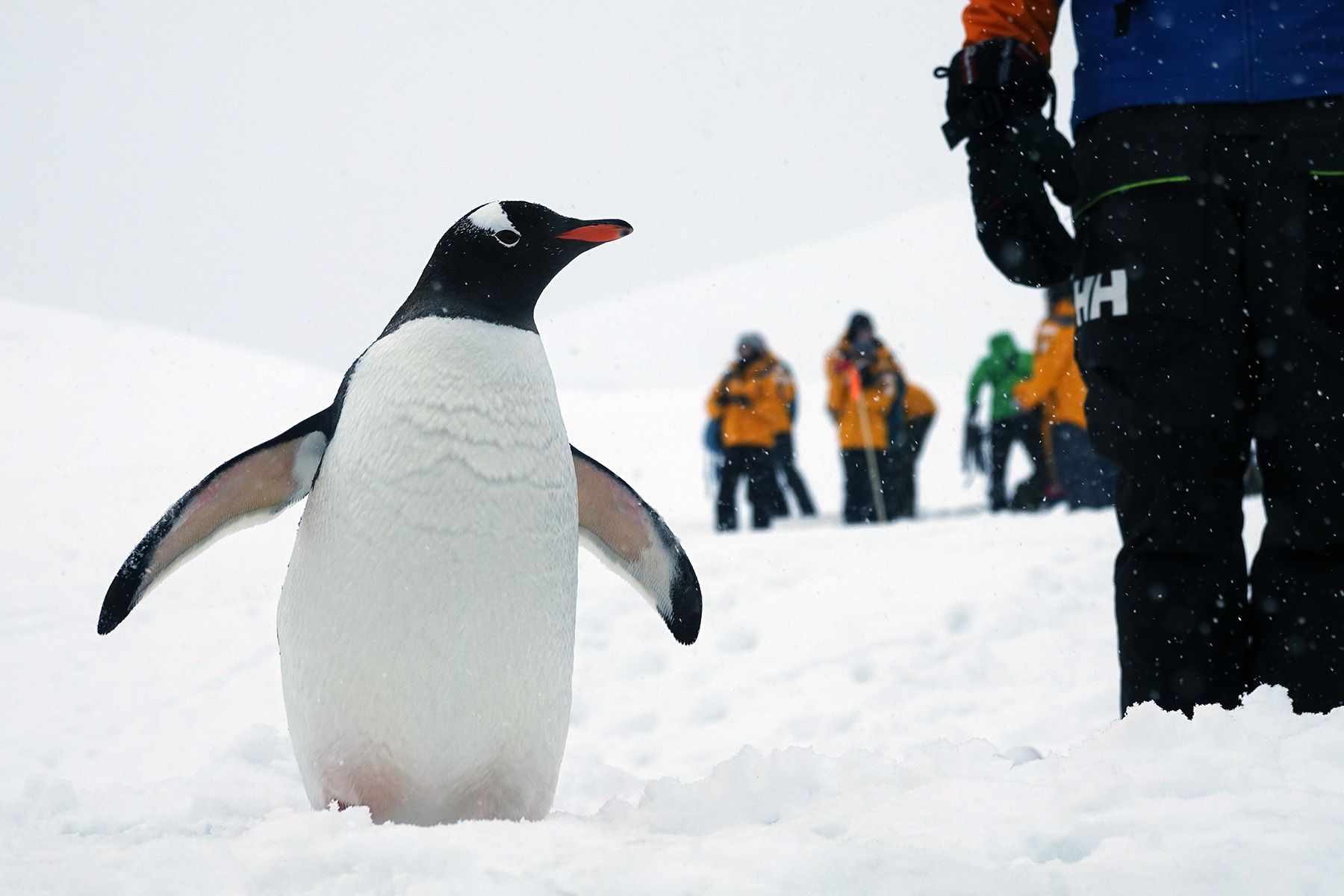
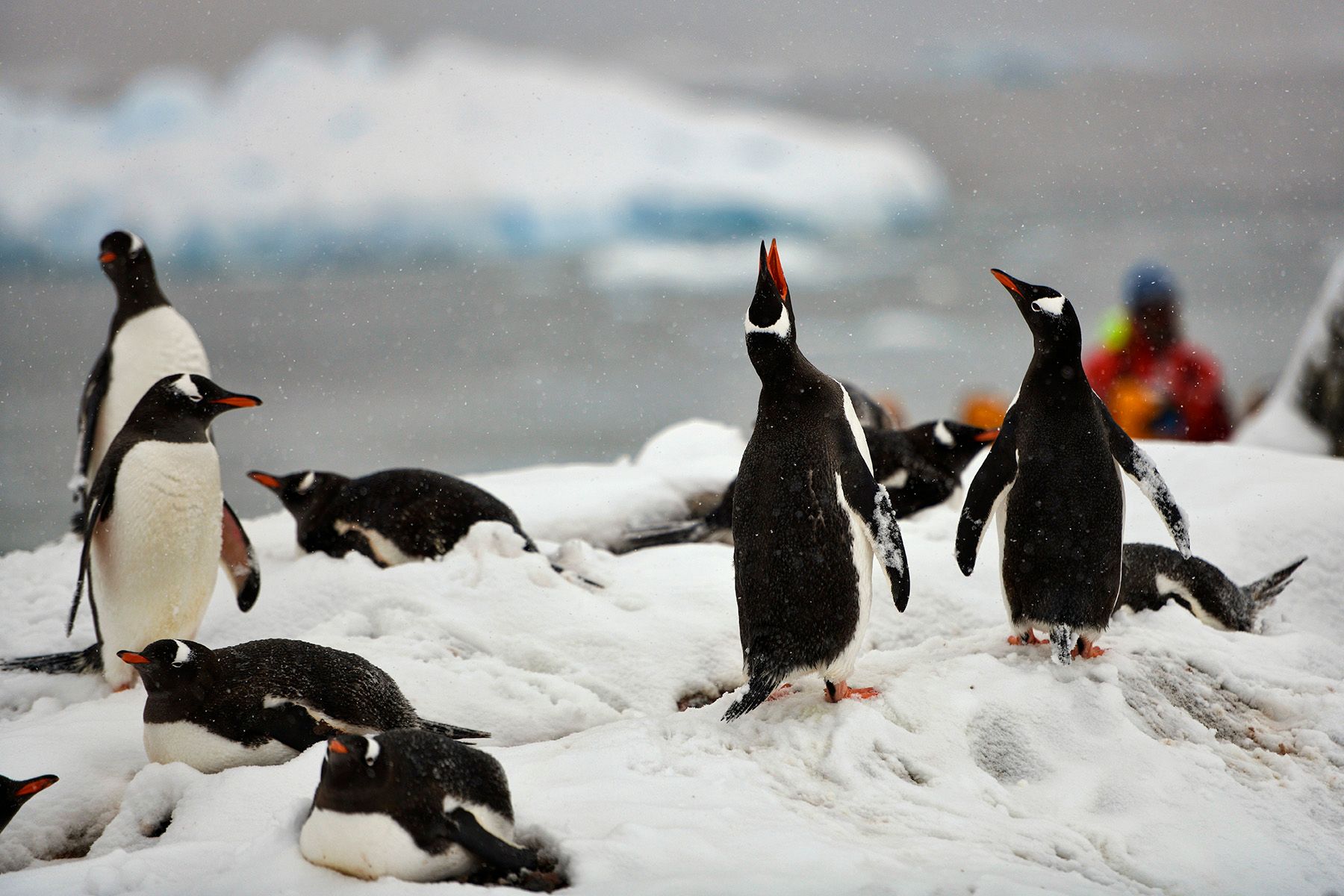
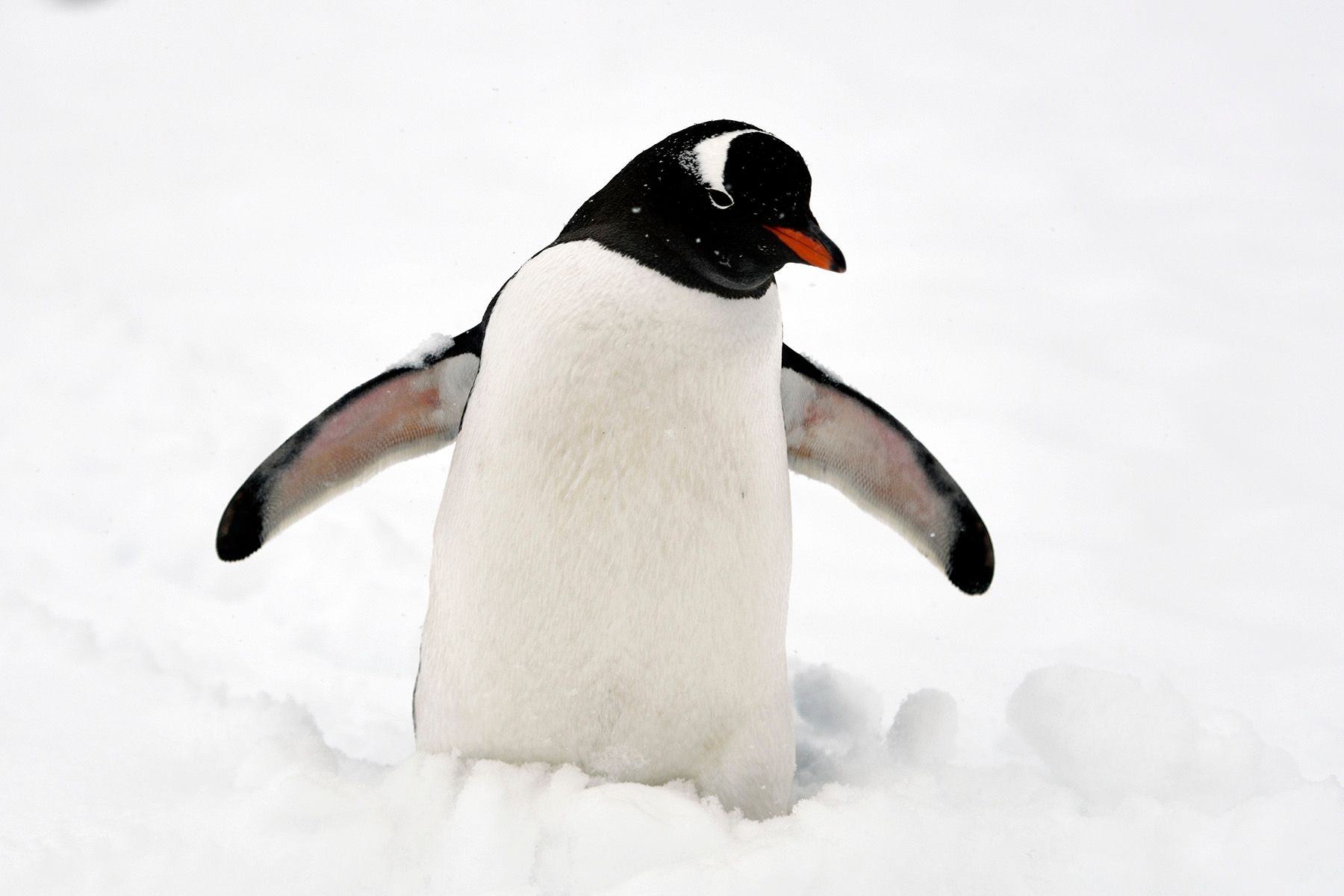


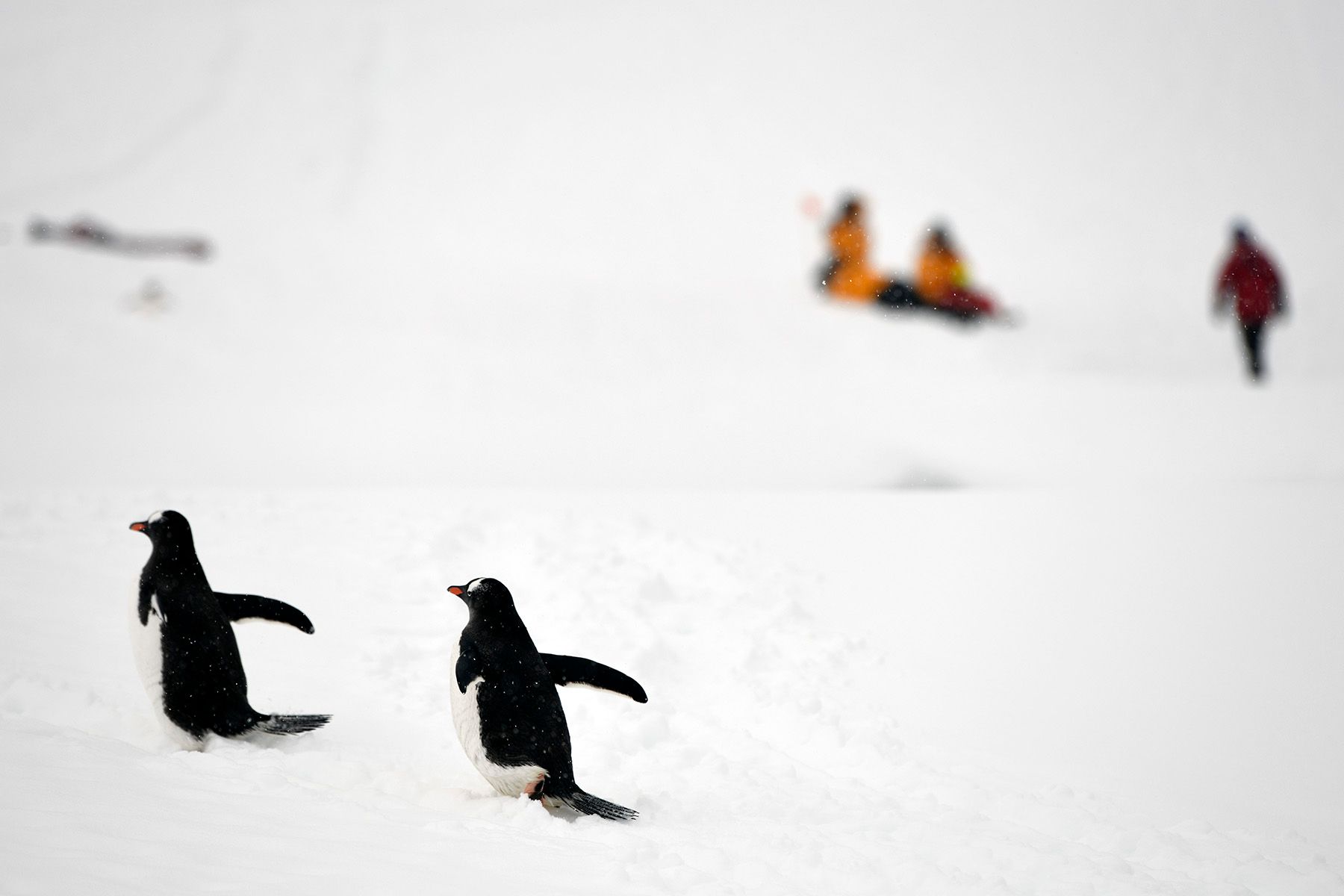
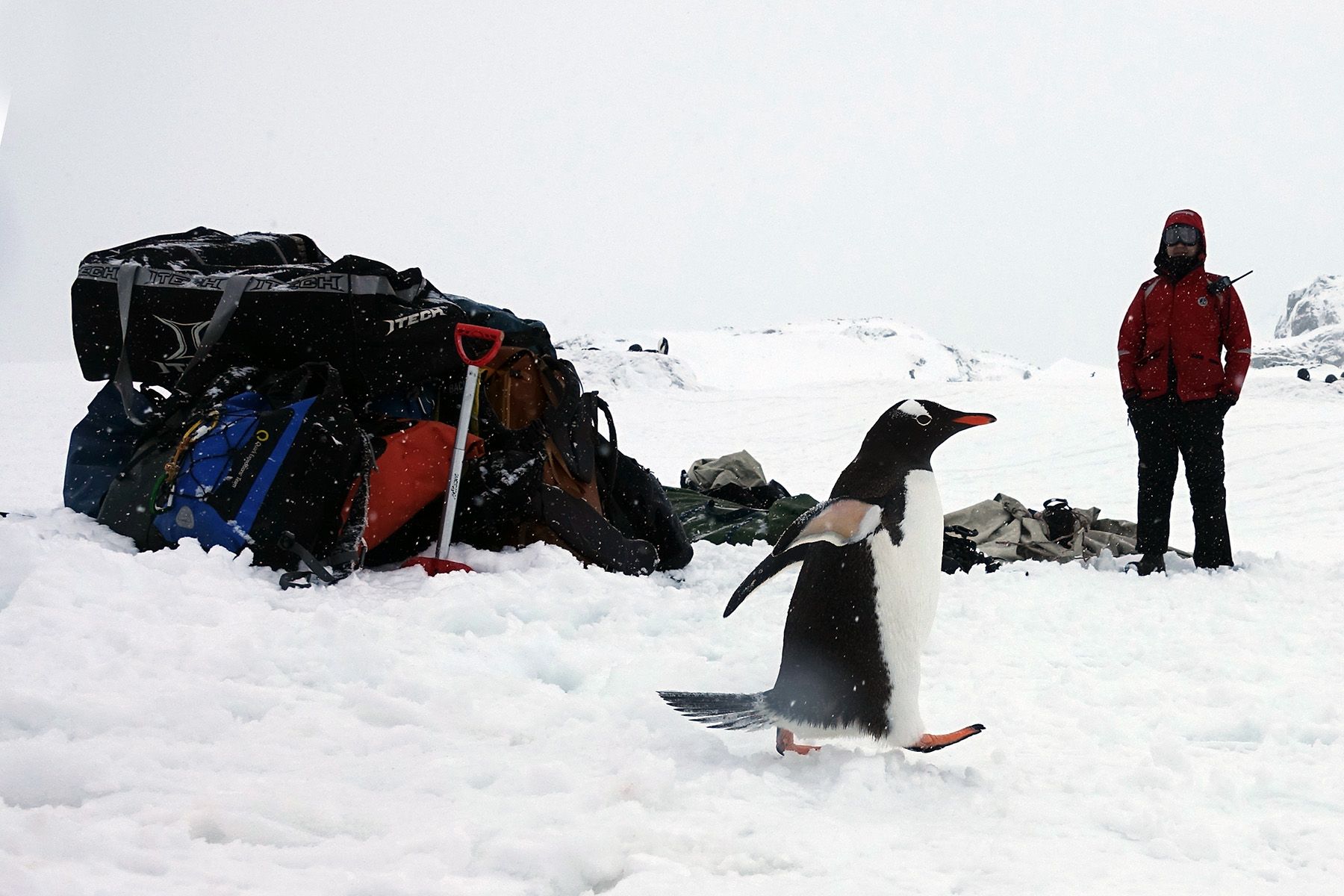
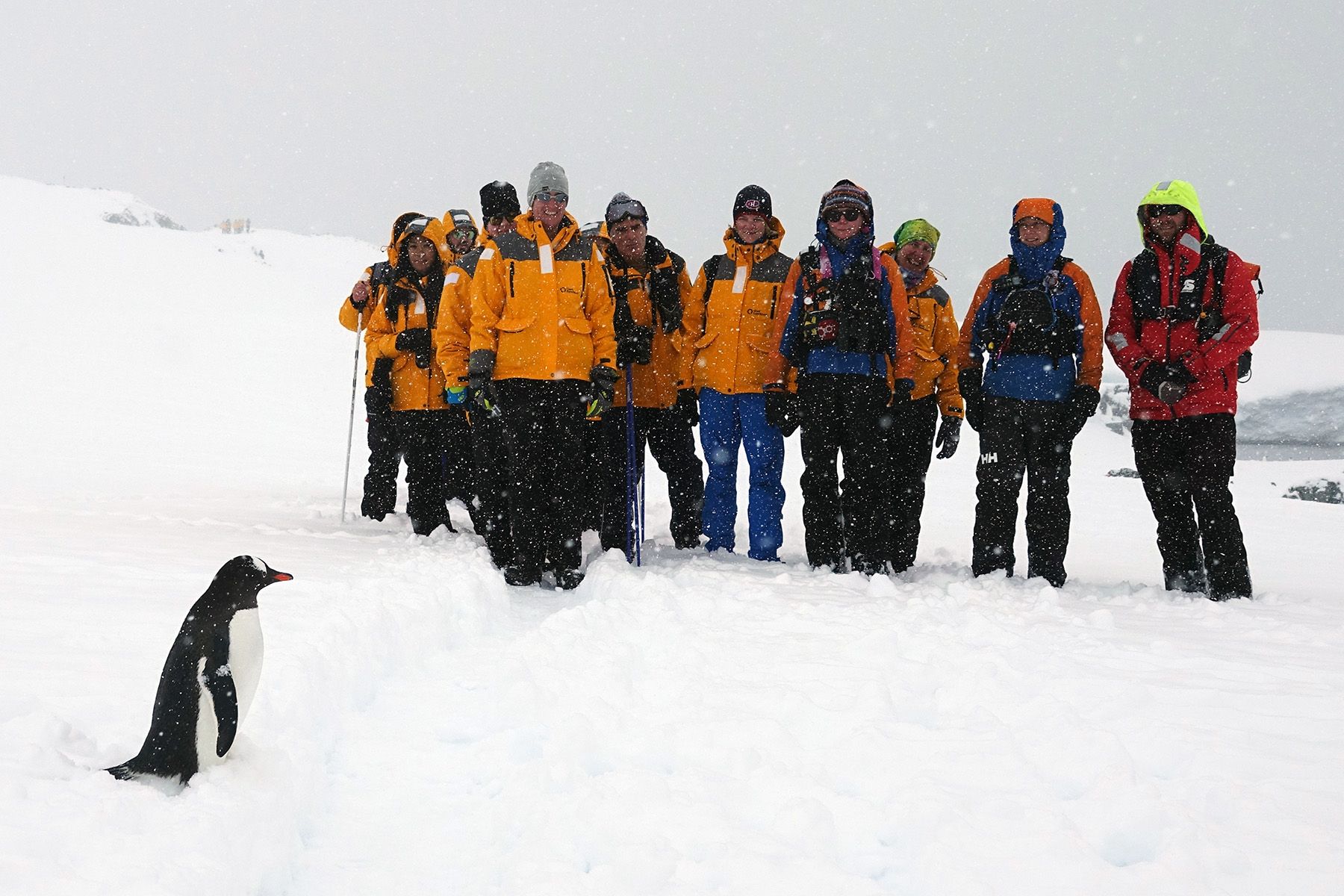
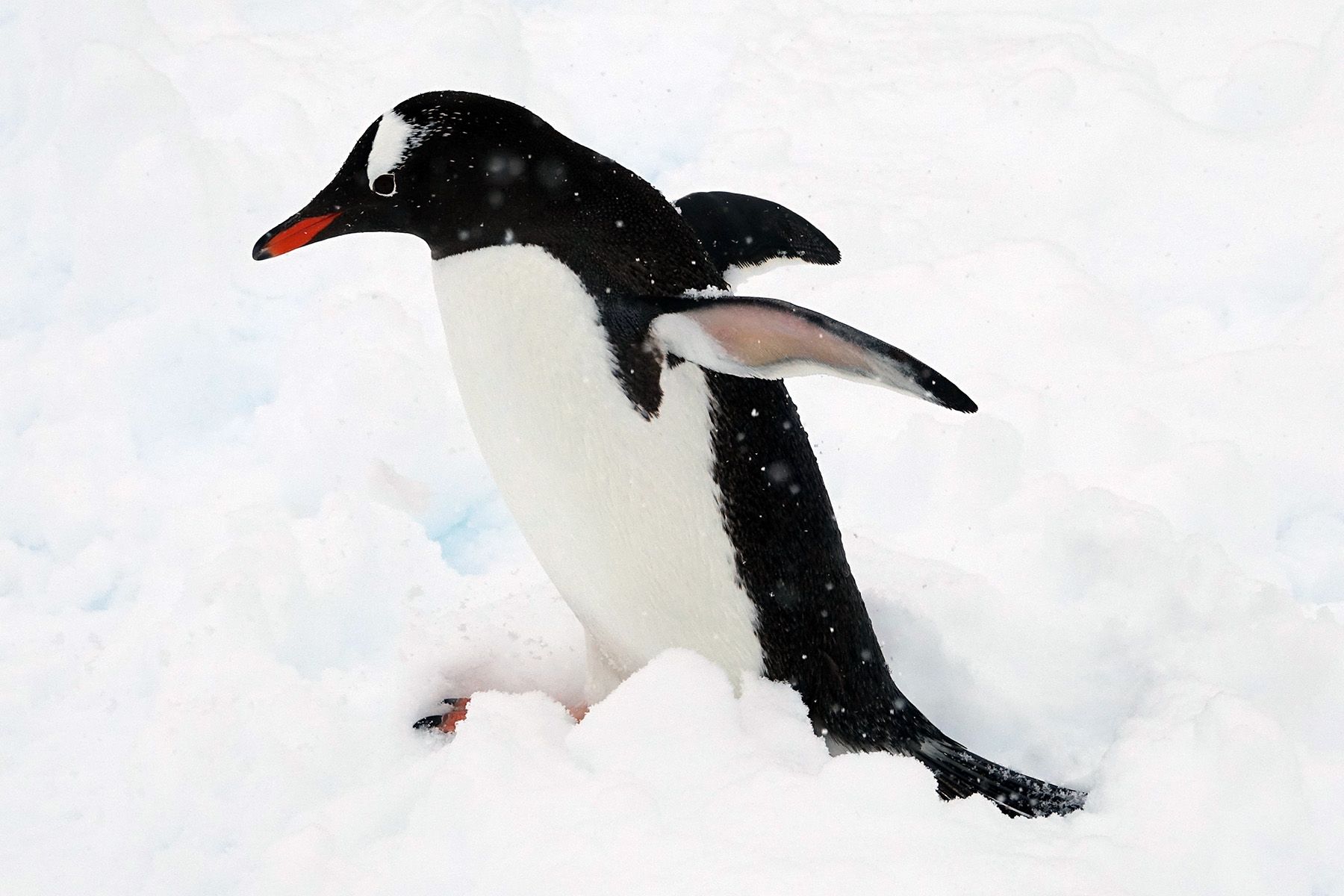
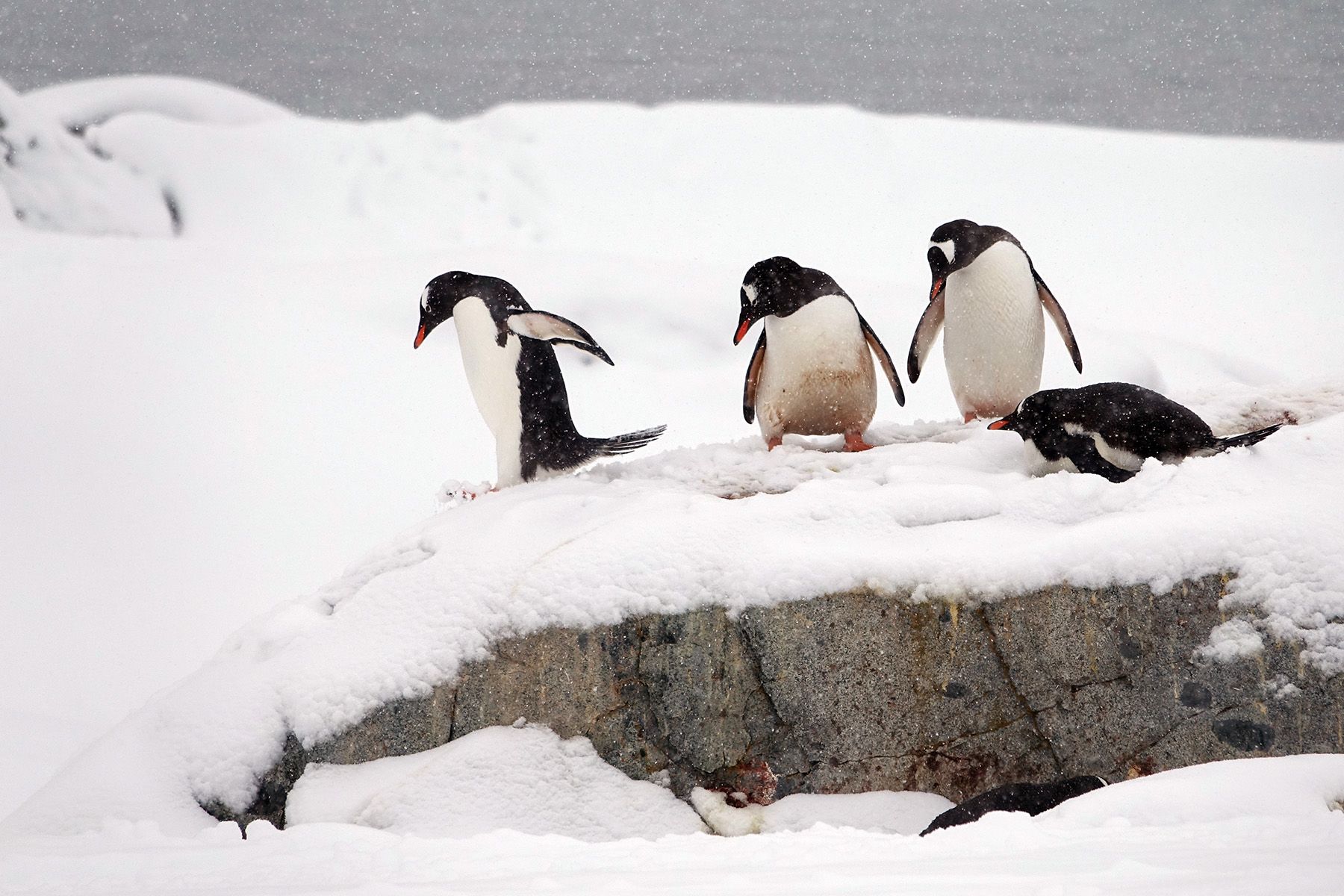
Next was a Zodiac tour of the harbor, with some closeup views of humpbacks and leopard seals.


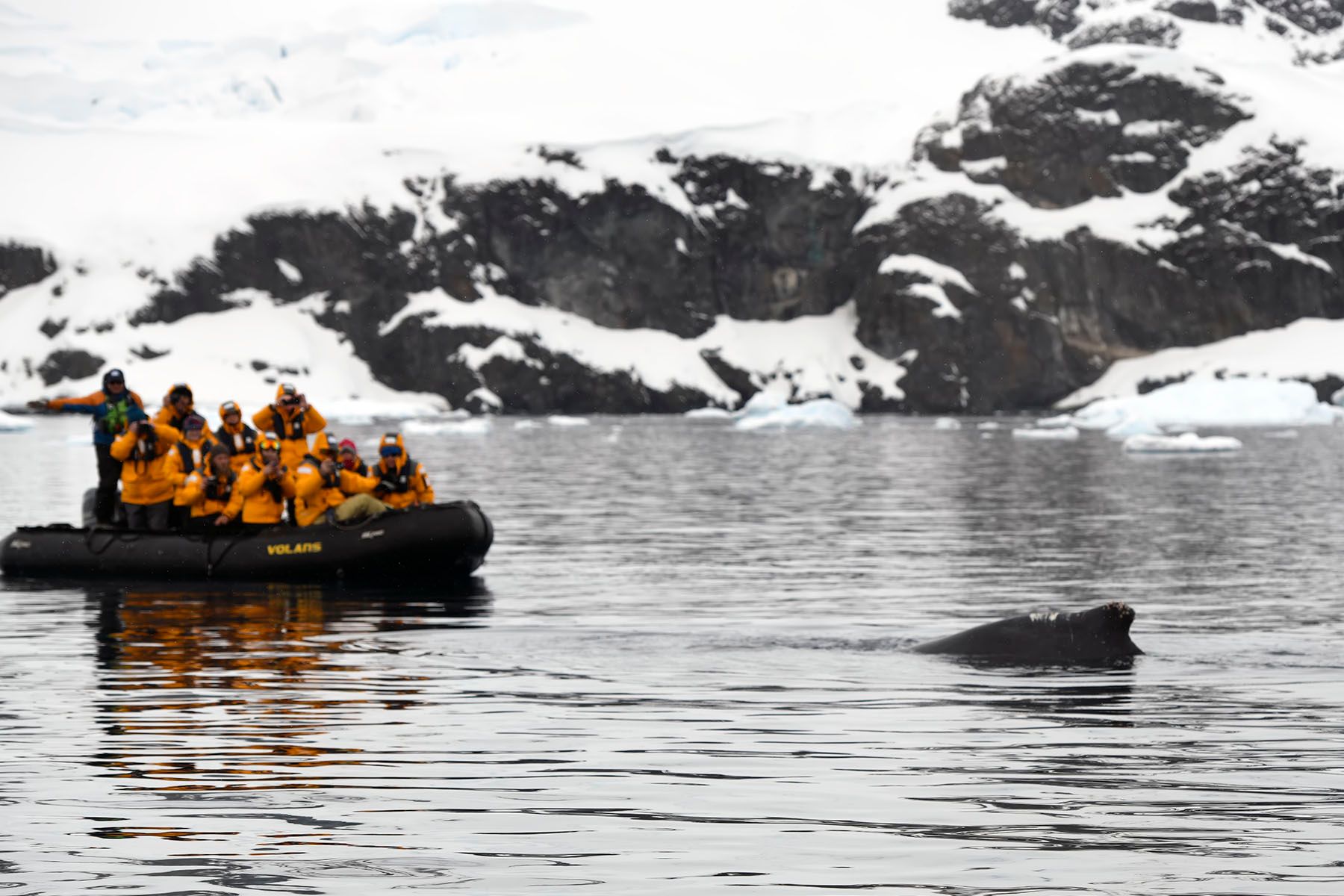
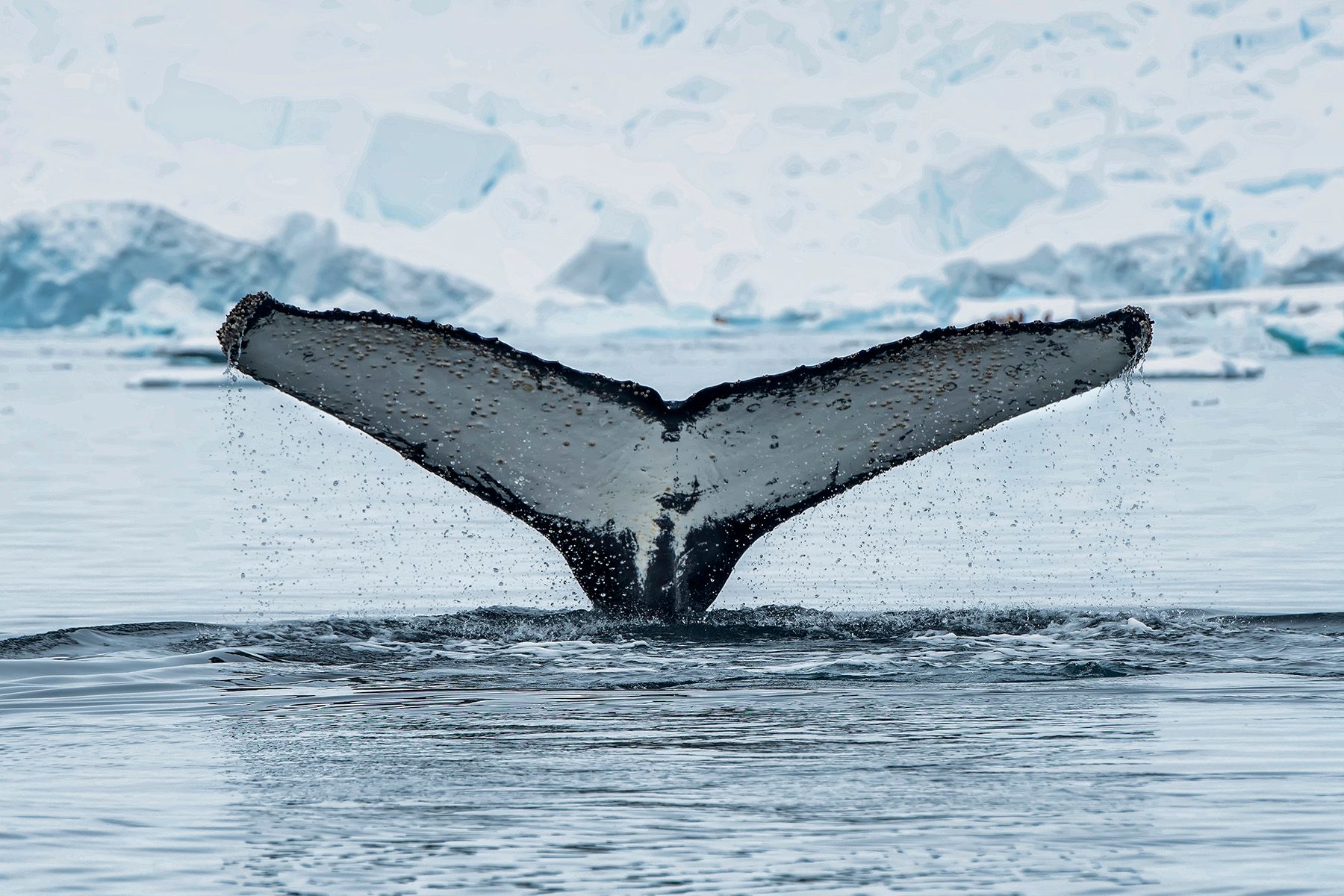
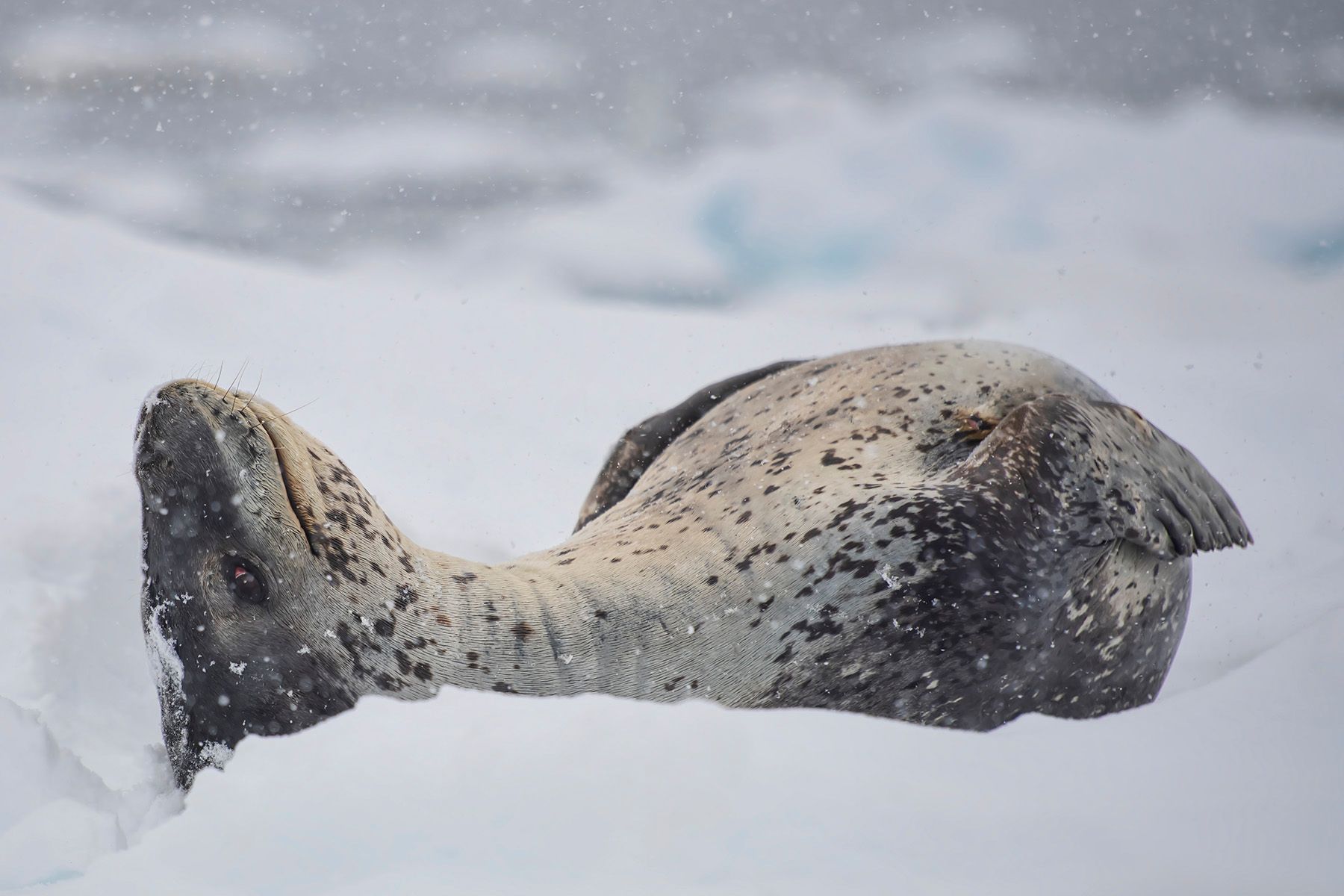
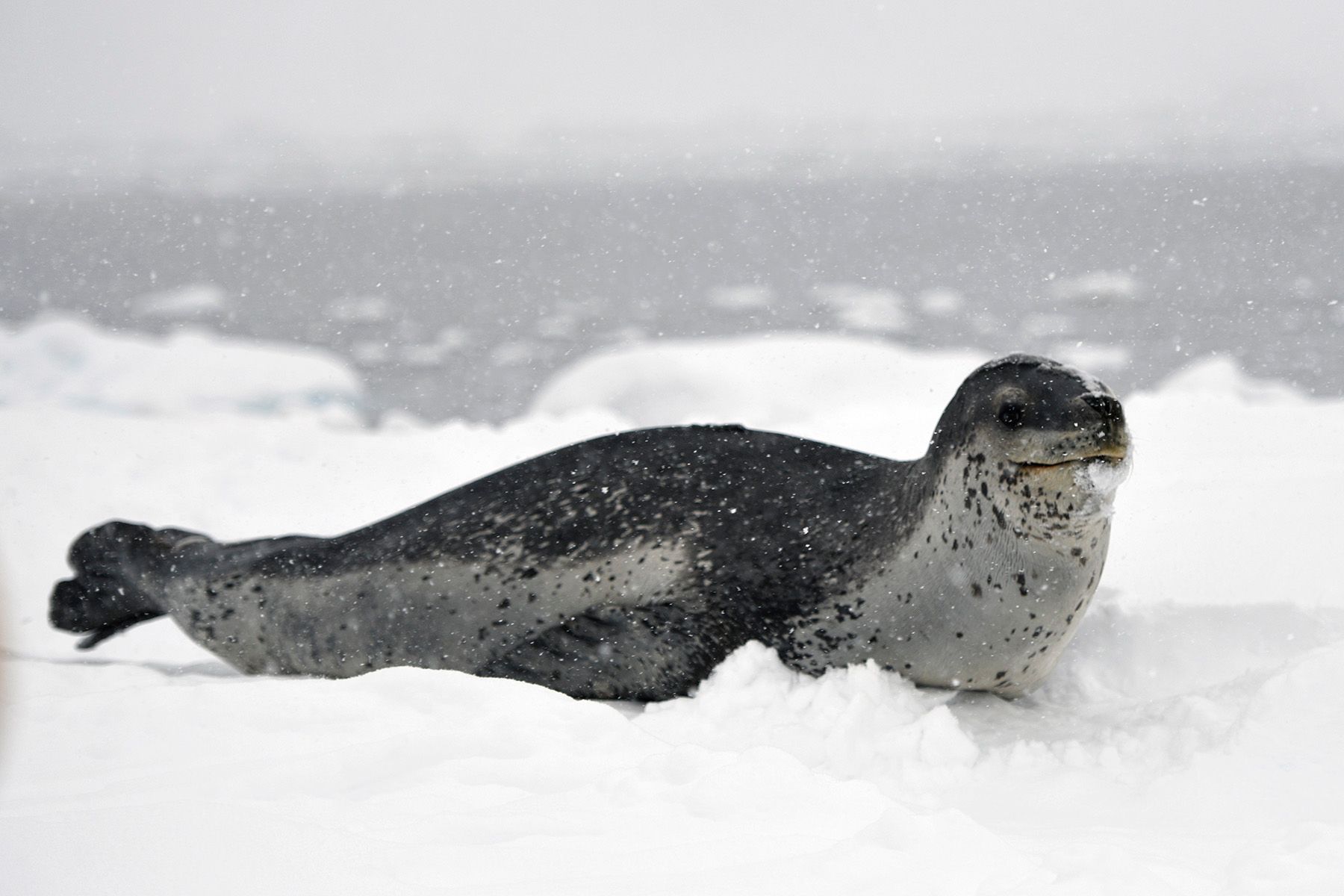
After our Zodiac tour, the snow and wind had died down and I took Mom ashore. Ed Webster happened to be one of the guides working the area, so I asked him to take our photo. Kind of cool to have a photo of Mom and I in Antarctica that was taken by an explorer famous for losing eight fingertips to frostbite after taking a photo near the peak of Mount Everest.
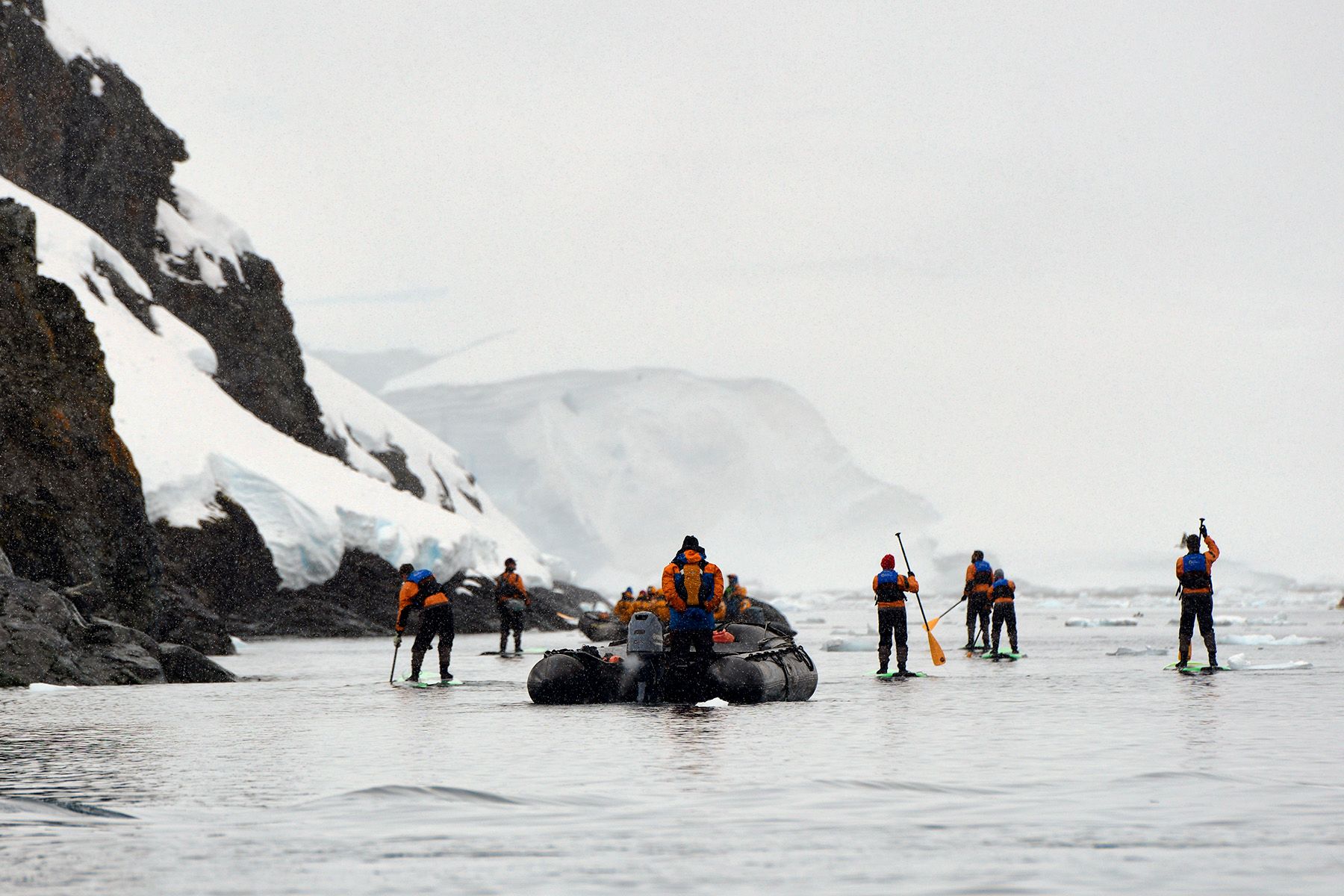
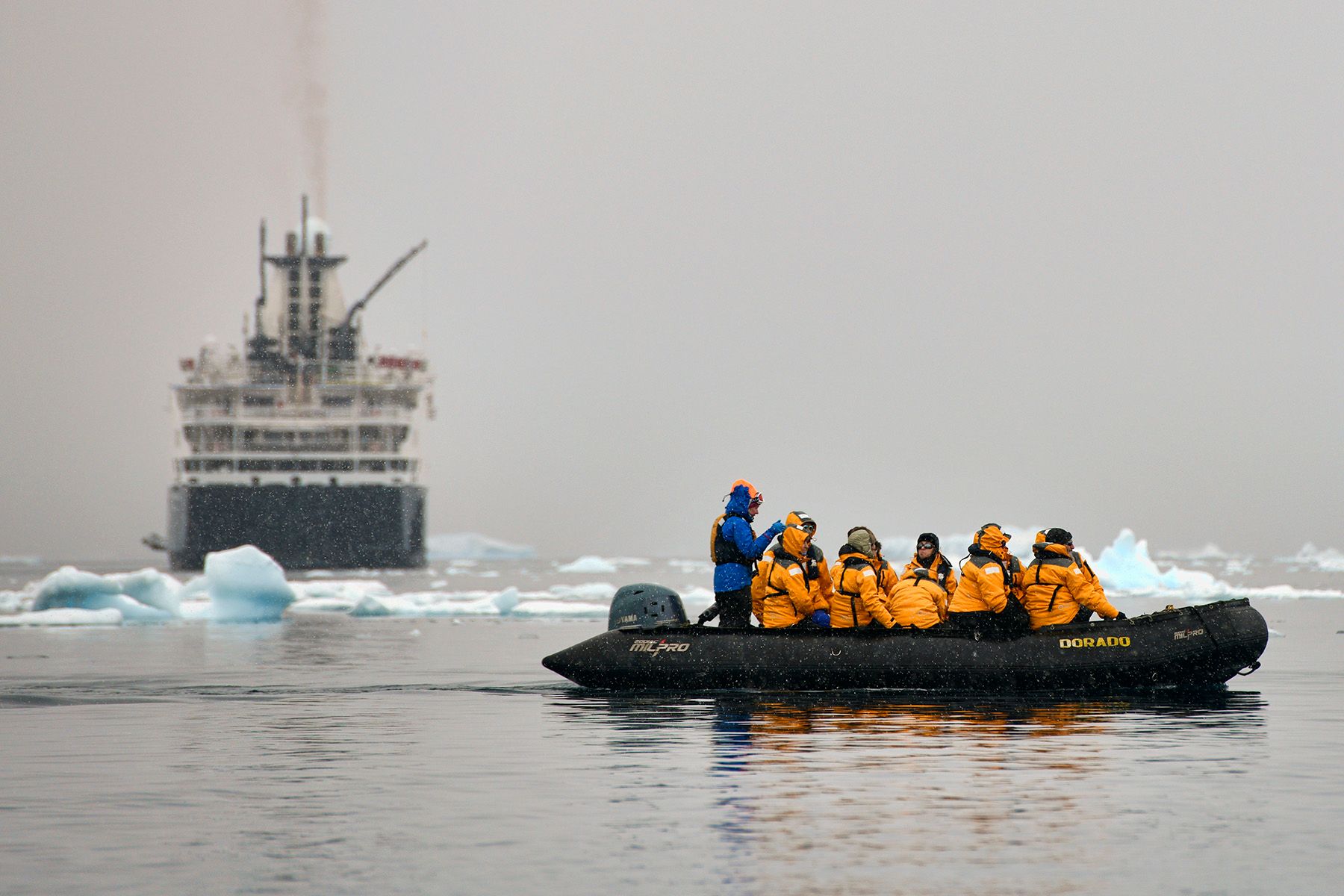
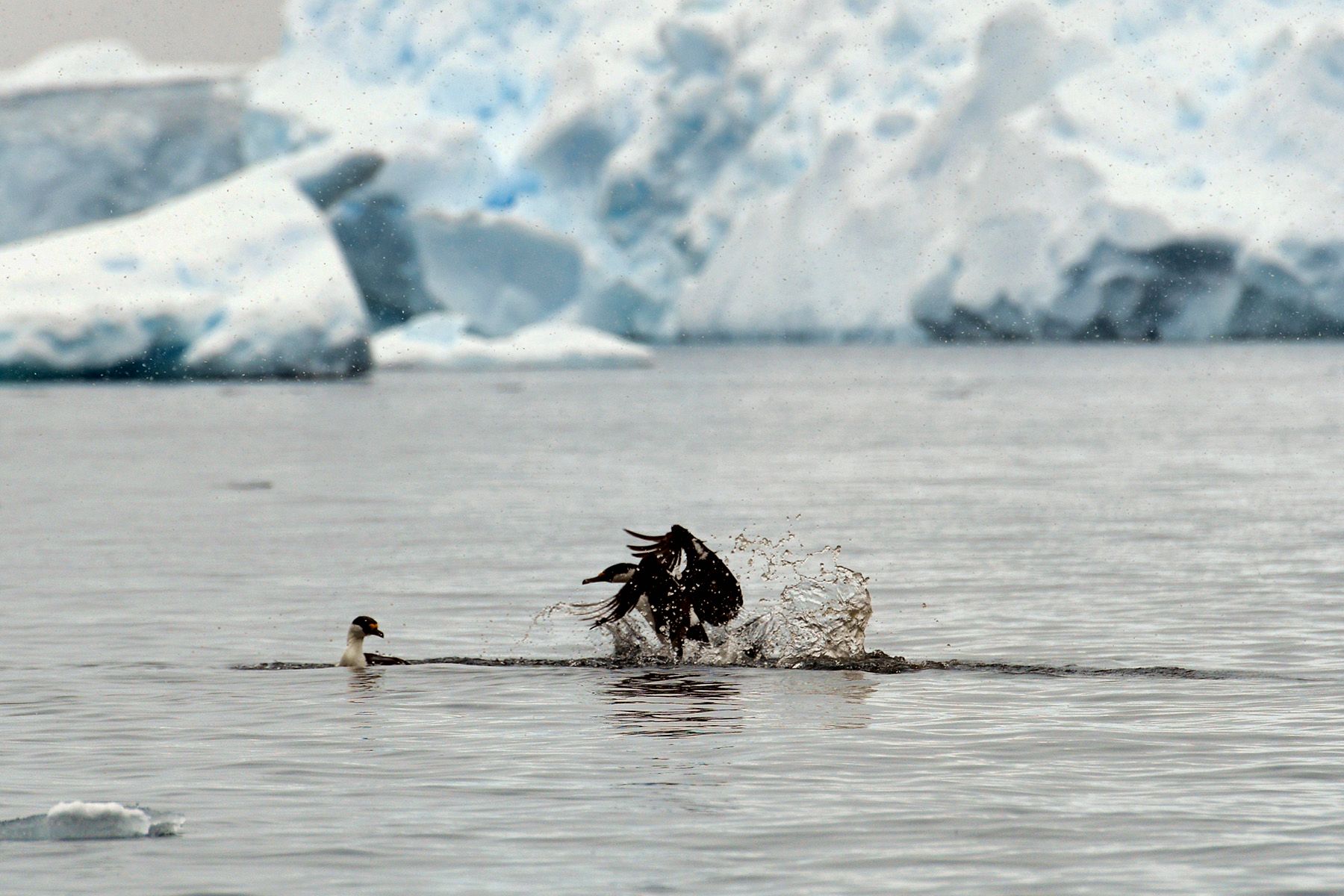
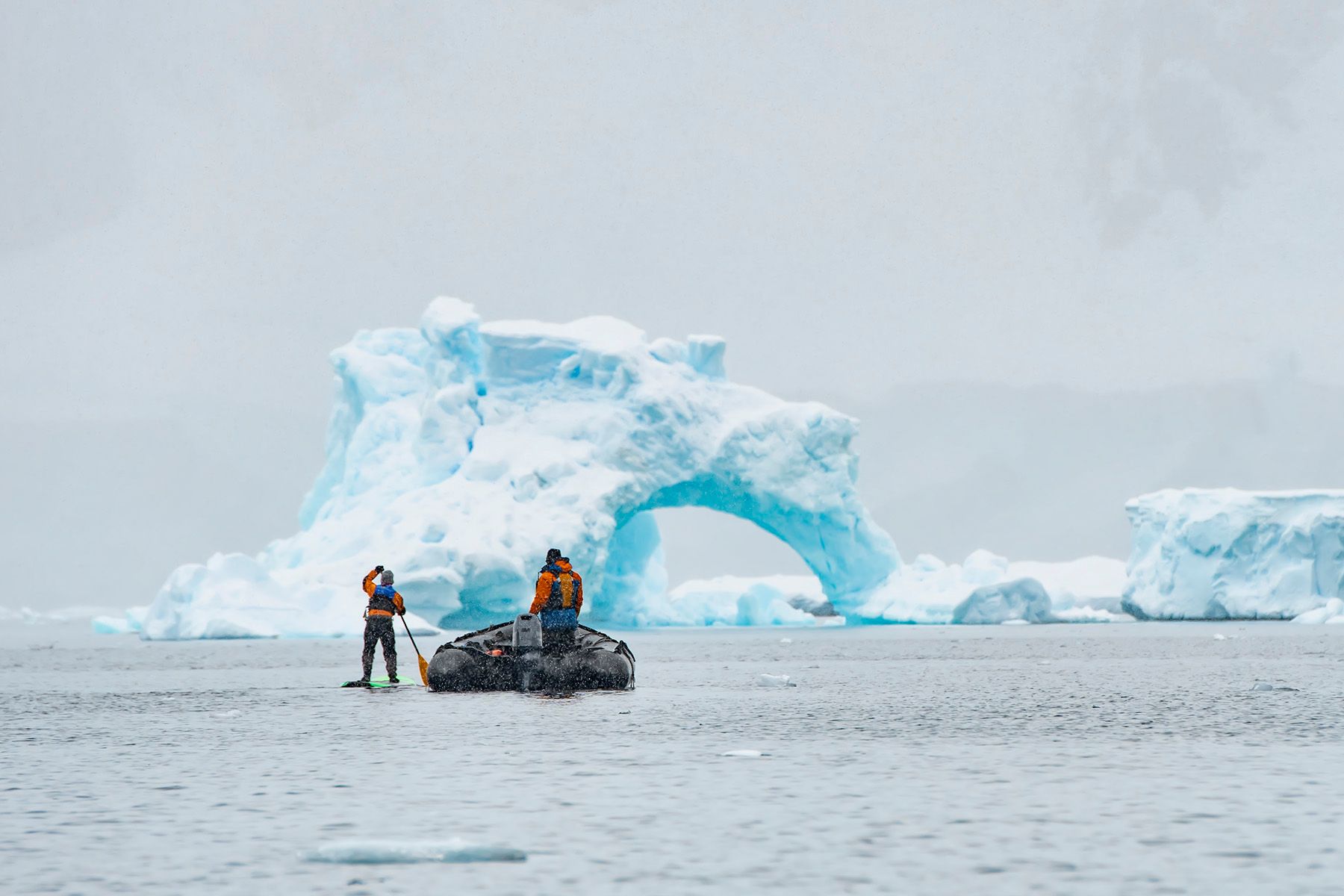
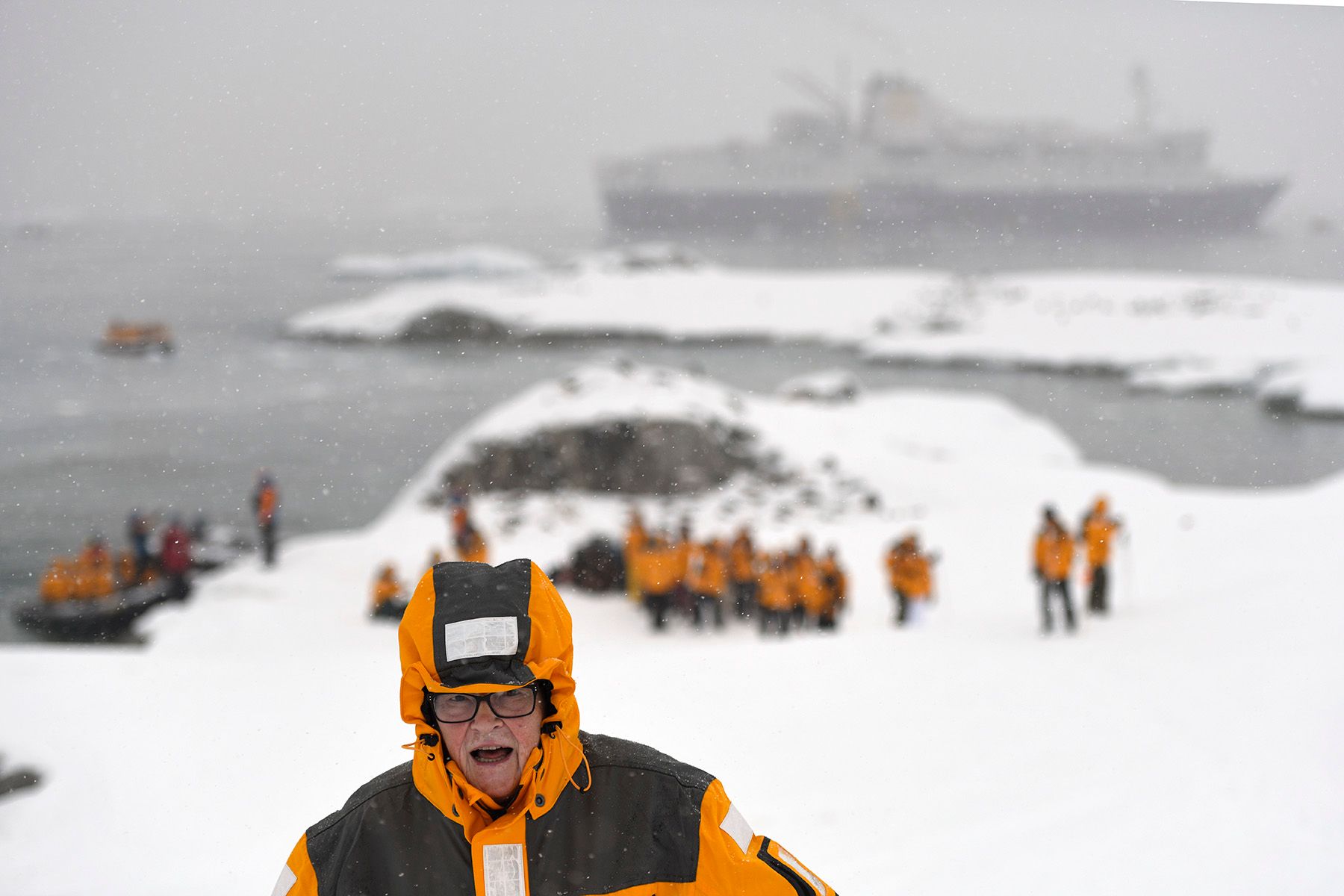

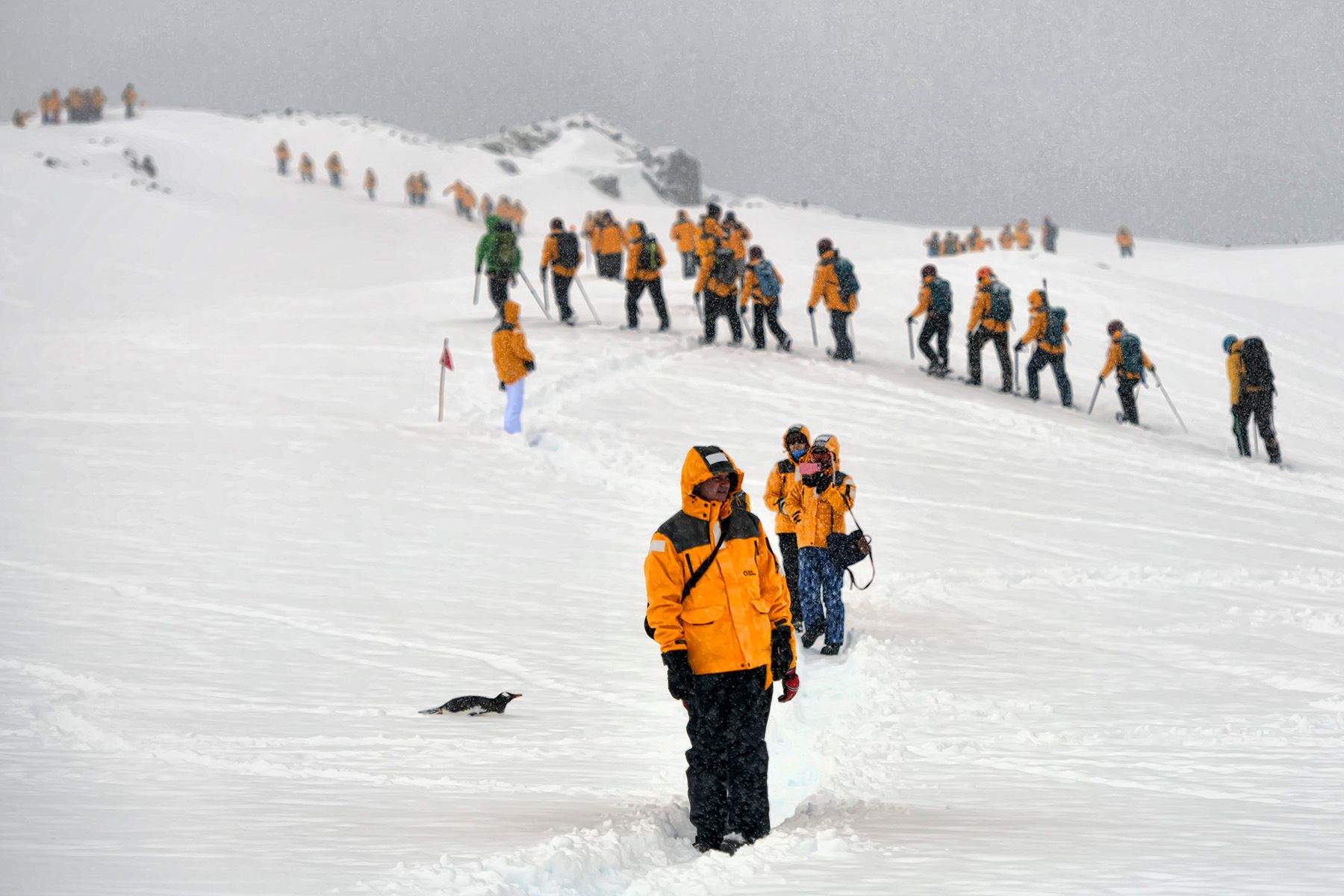
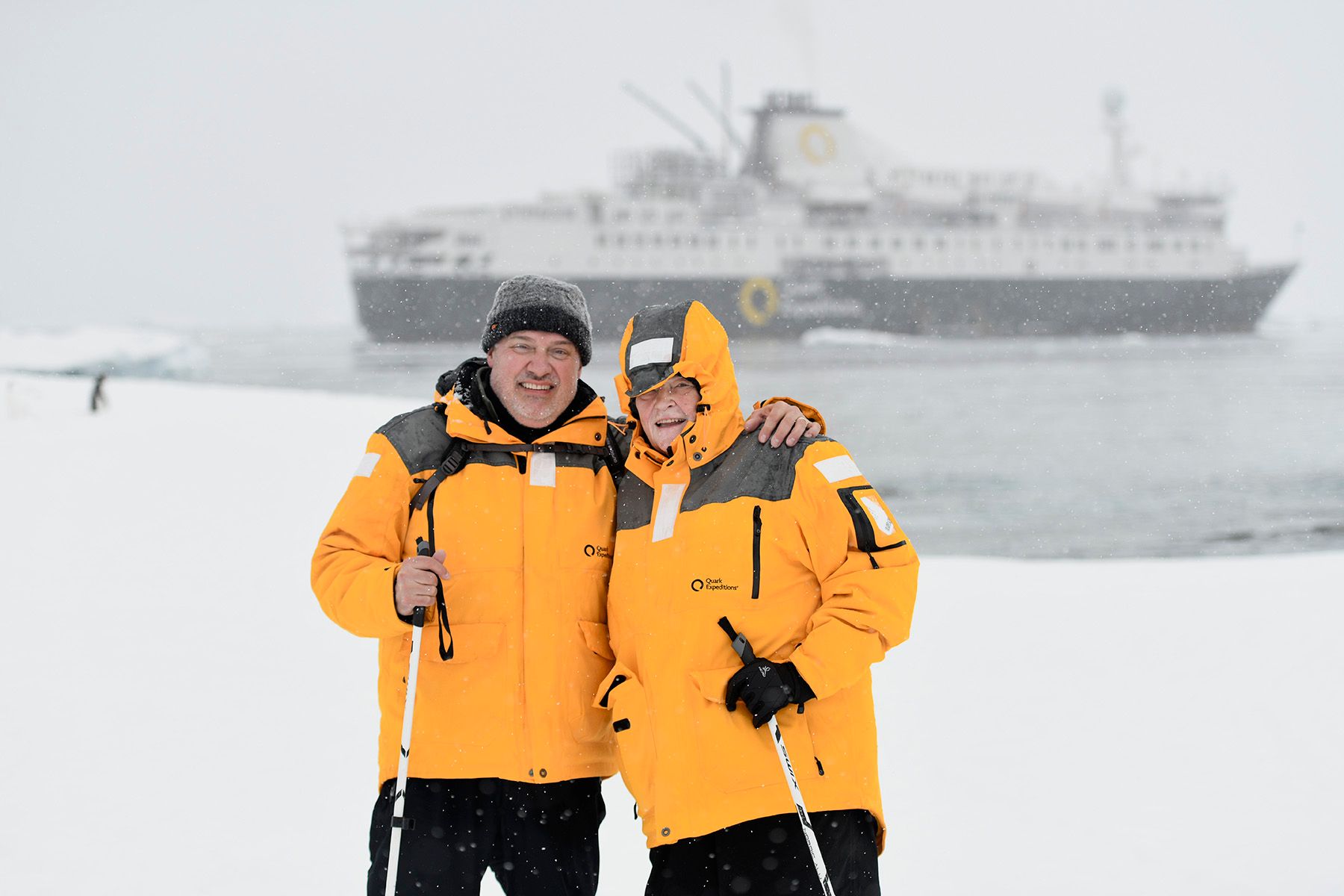
Polar Plunge
Shortly after we got back on the boat at Paradise Harbor, the call went out on the PA system: the polar plunge would commence in 15 minutes, please put on your swimsuits and head down to the mud room. Was the short notice to give people less time to talk themselves out of it? Who knows. About 40 people out of the 190 passengers wound up going in.
The water temperature was around 34F, and the air temperature a bit cooler with no wind. The two ship doctors stood by at the top of the ramp with a defibrillator, just in case. It was never needed.
We knew that Mom, at 87, was the oldest person to take the plunge on our boat. Only one passenger was older than her, and didn't participate. Later in the cruise, a ship employee told me that she was the oldest person to ever do the polar plunge on any Quark expedition to date.
They provided free shots of vodka after we got out of the water. It's the only time I've ever seen Mom do a shot of hard liquor.
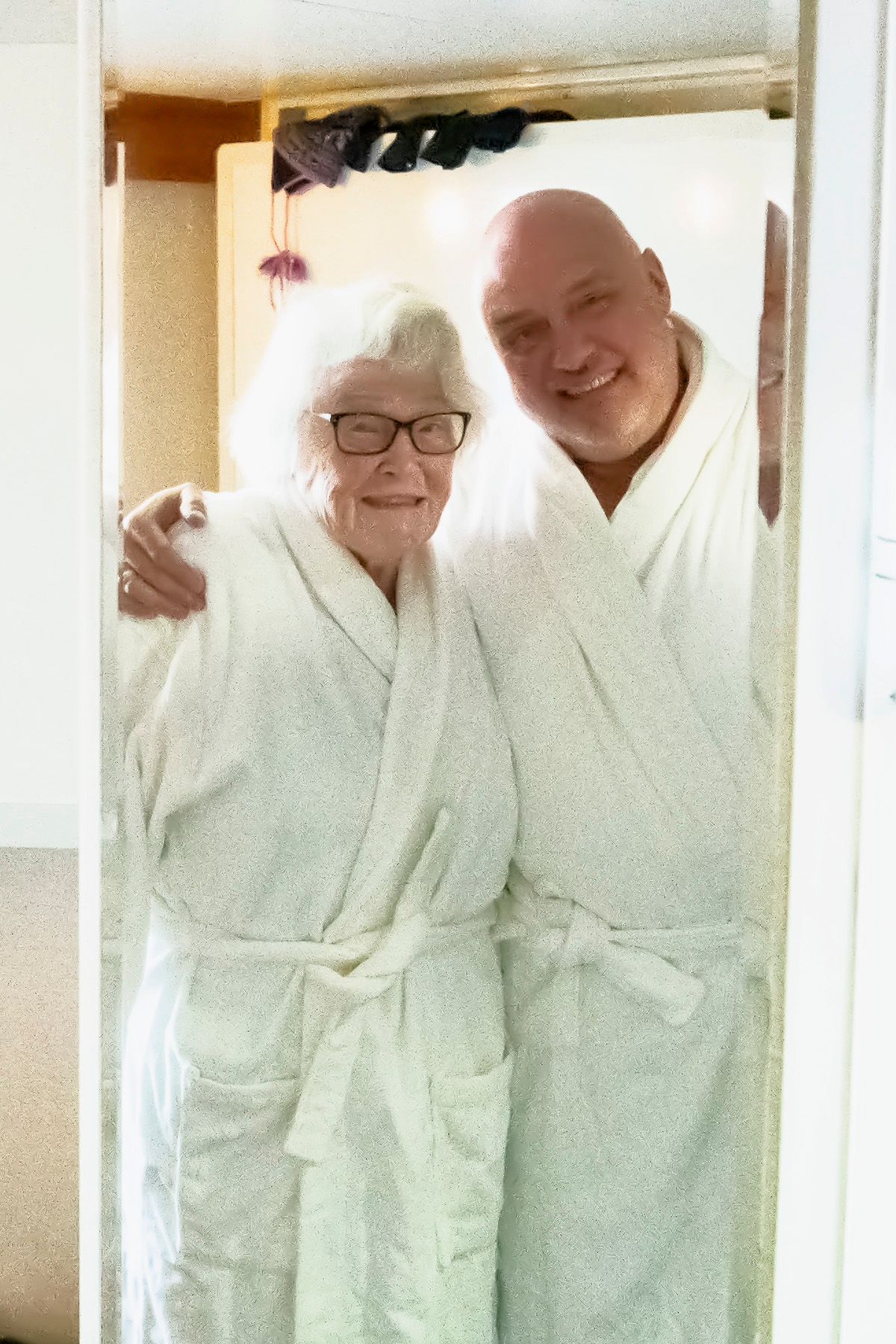
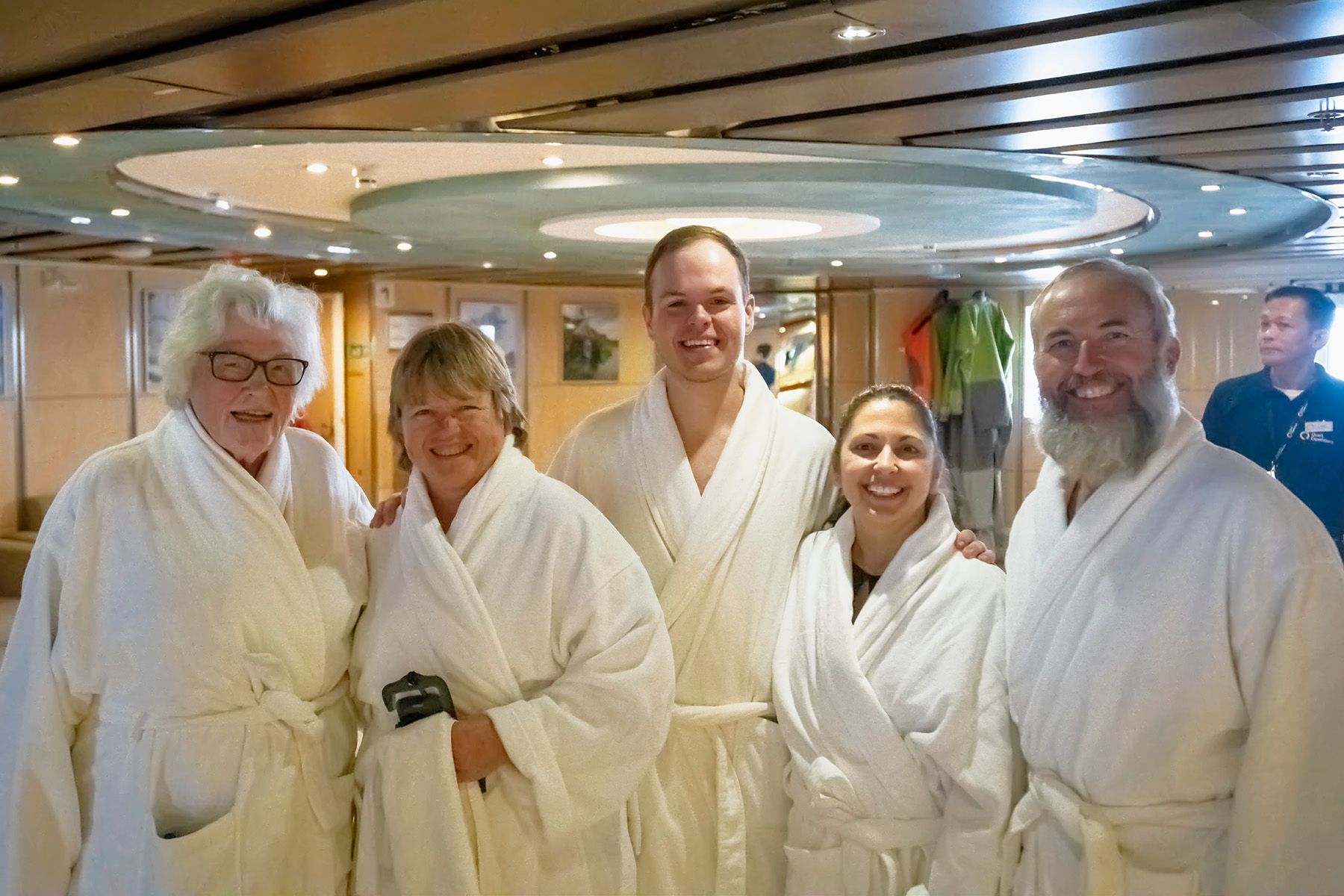
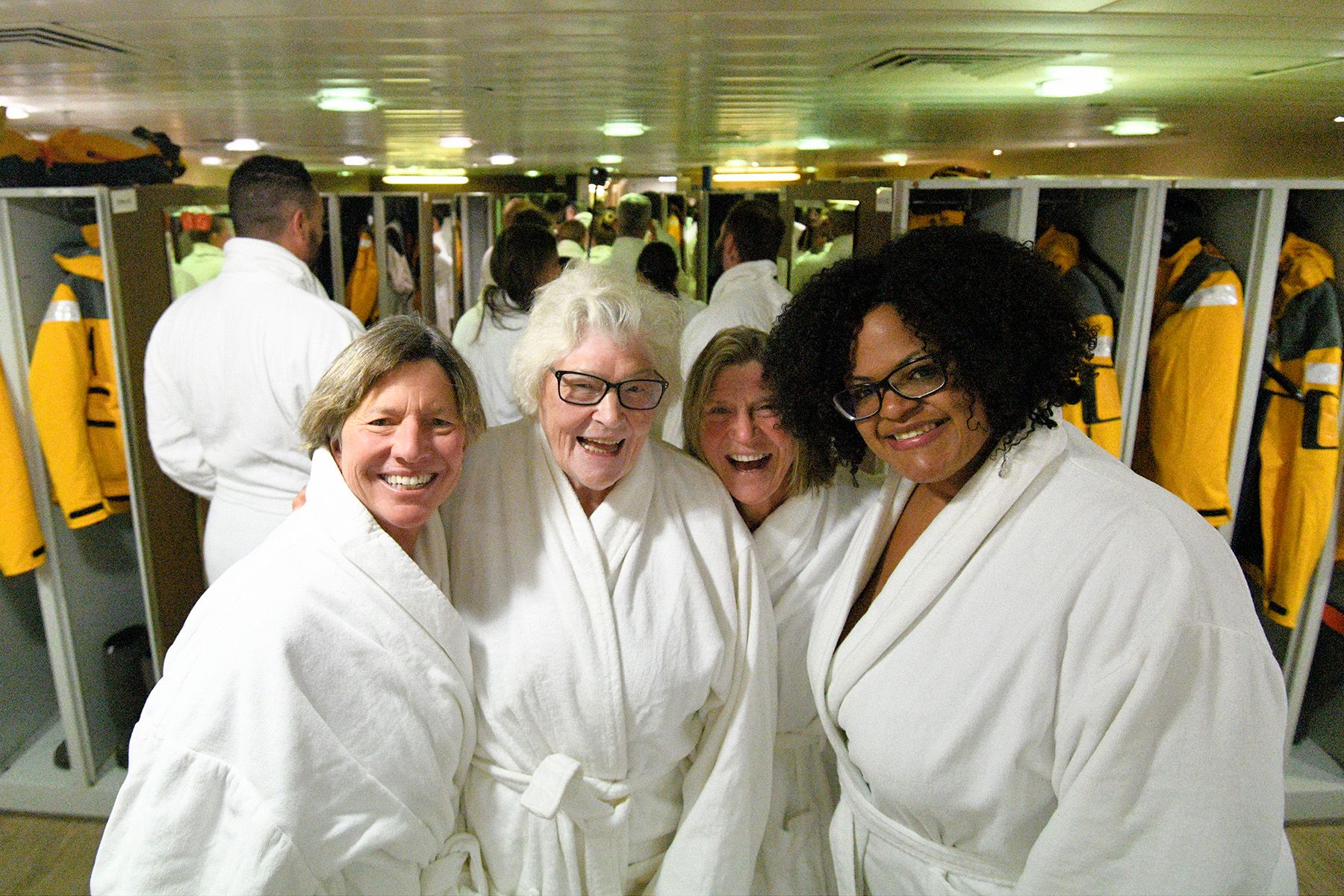
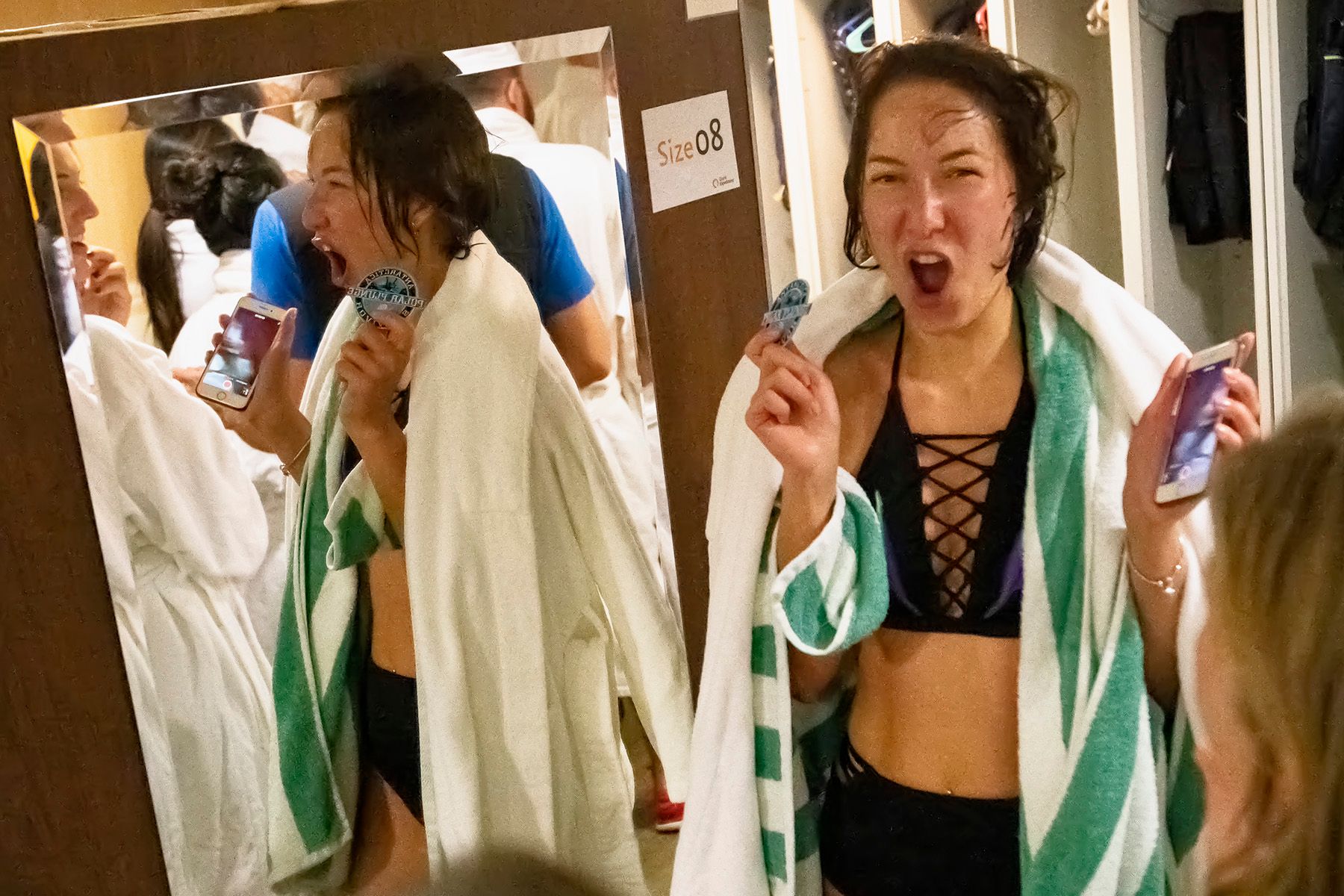
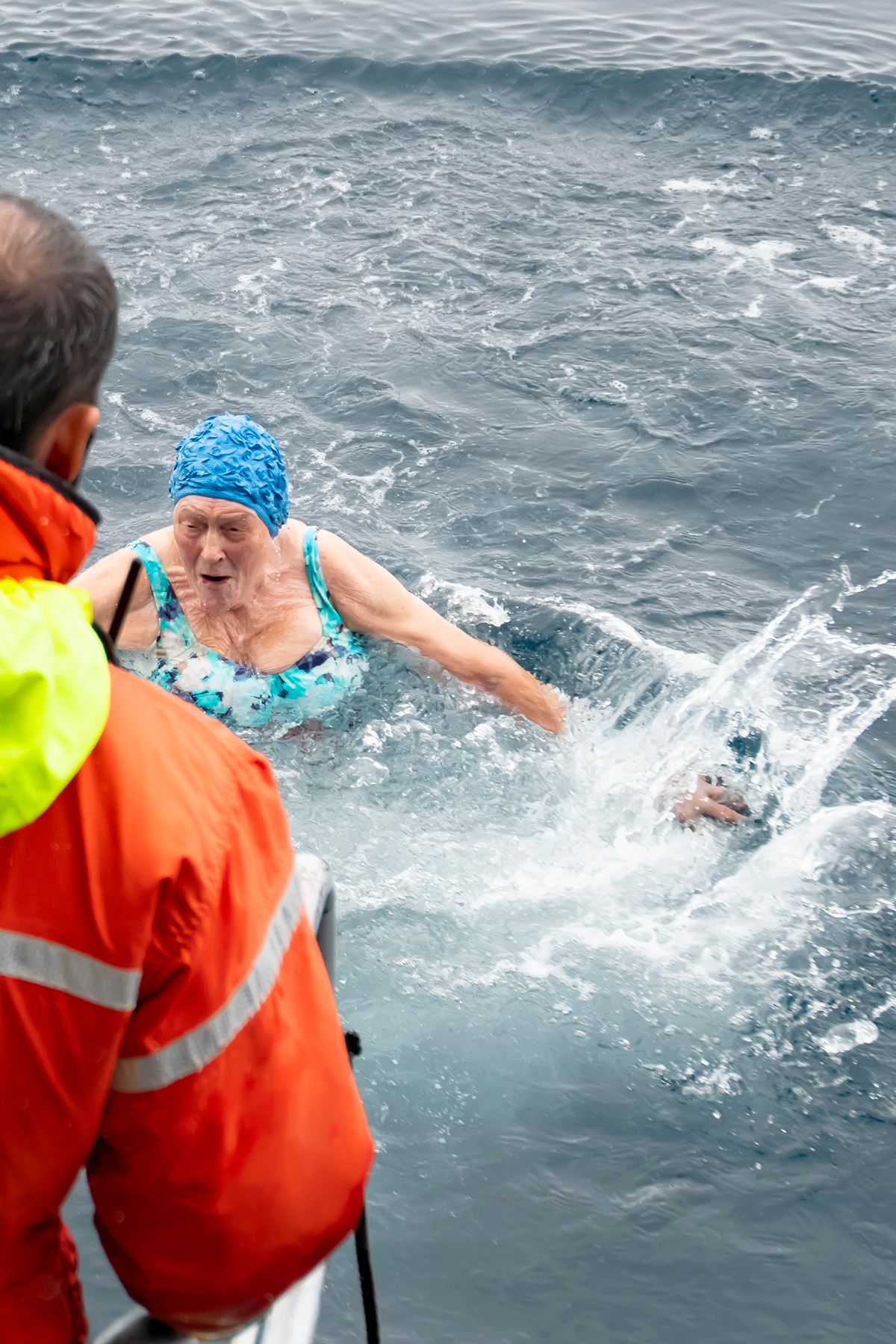

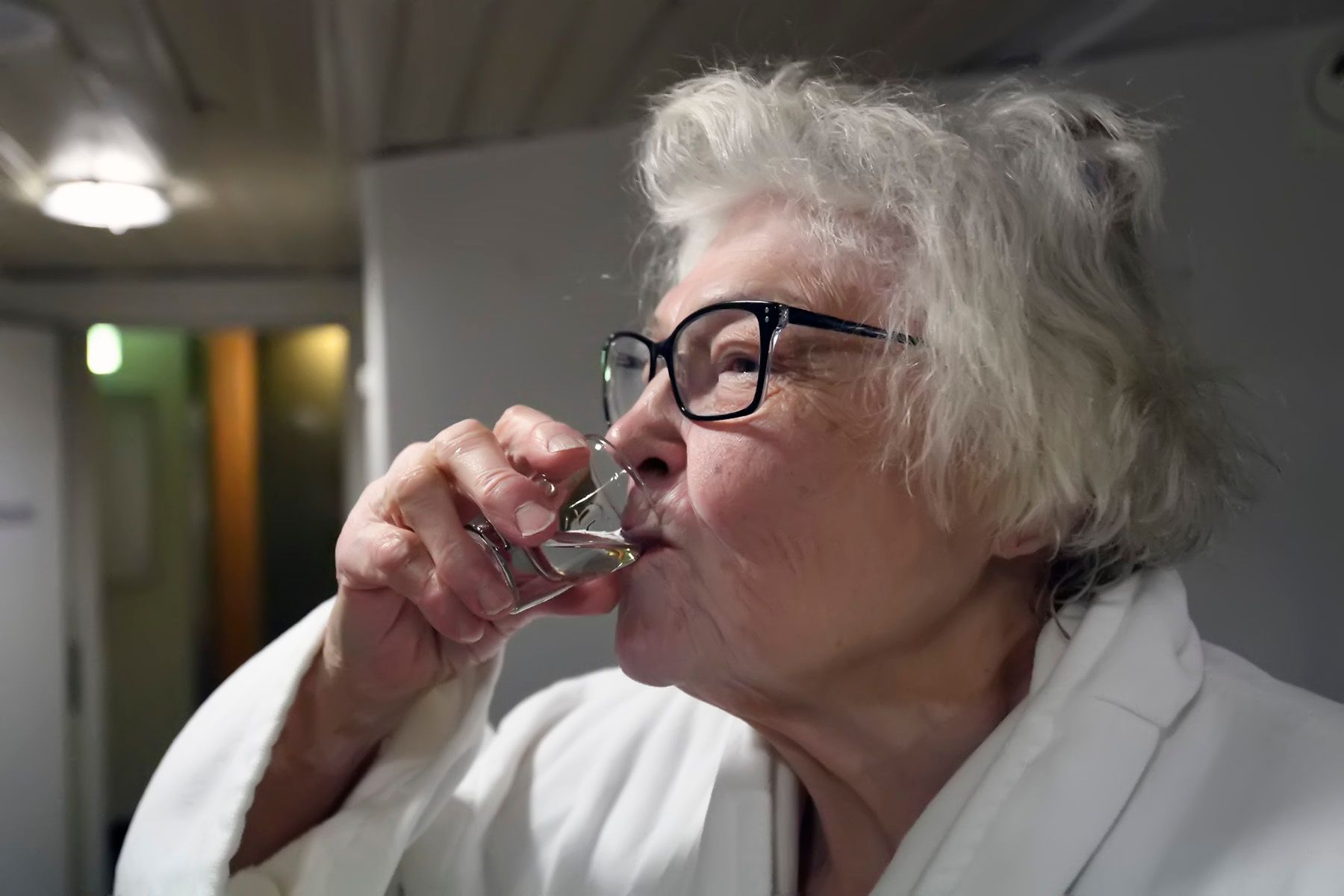
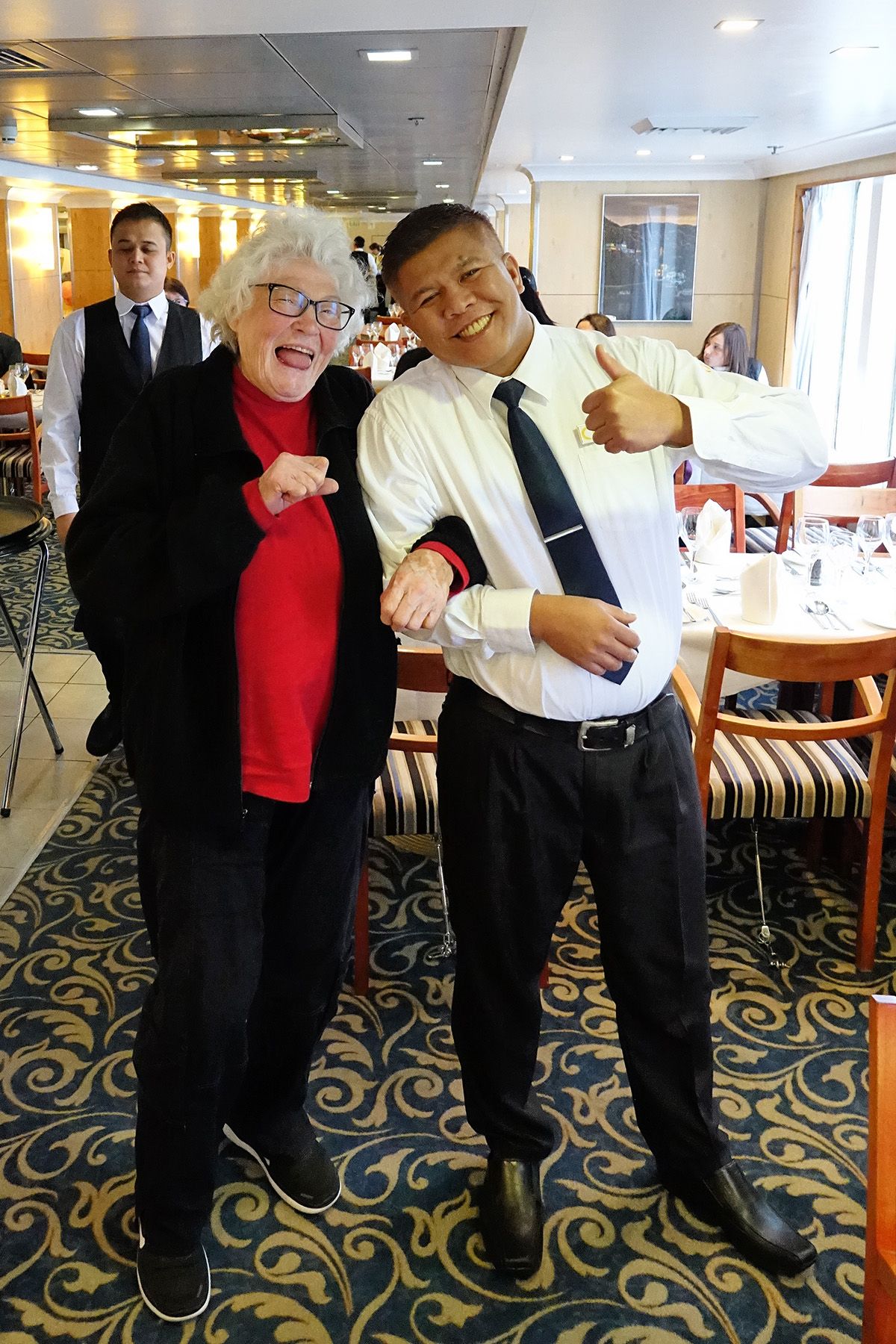
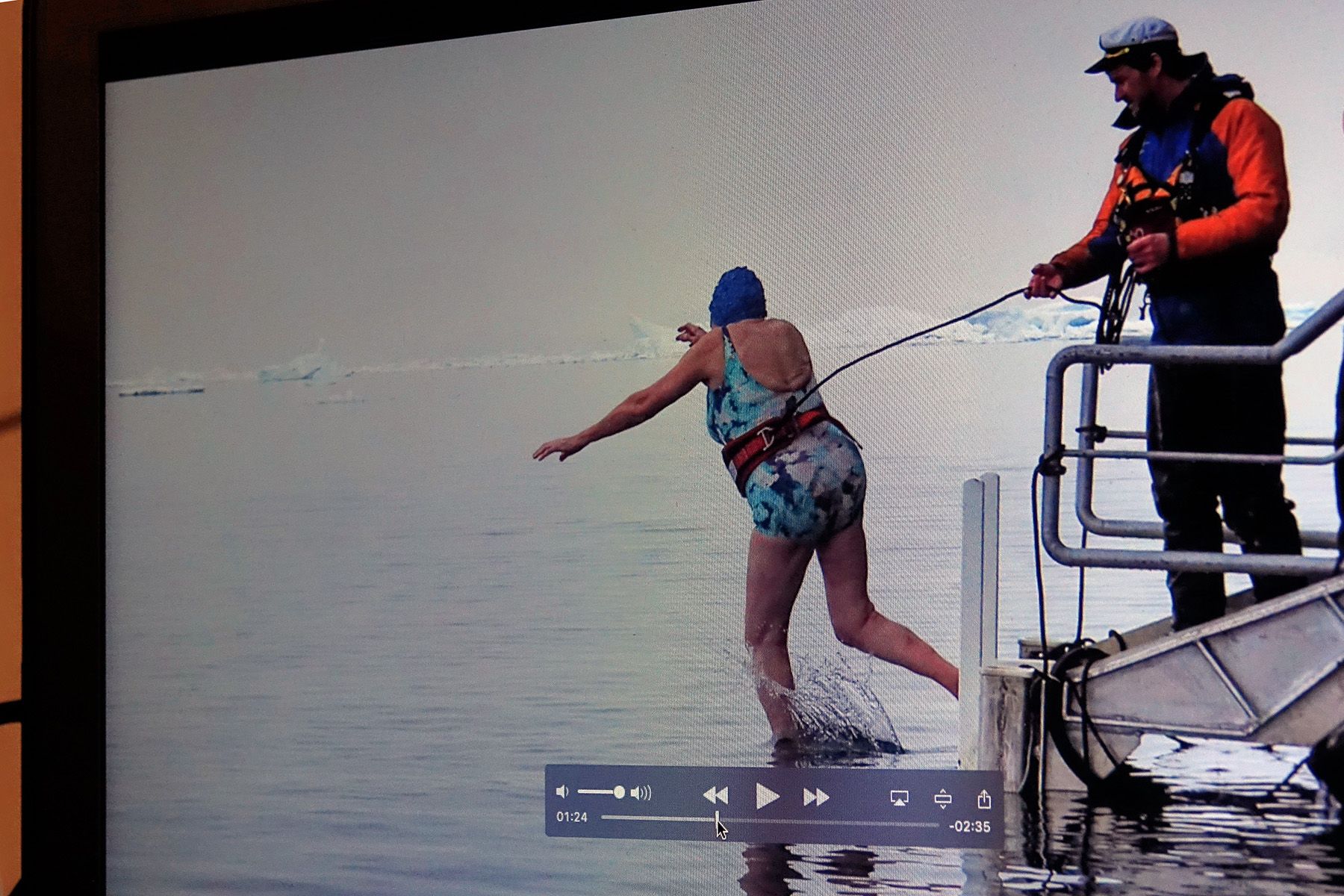
Wilhelmina Bay
We arrived at Wilhelmina Bay on a sunny morning, and I went on a kayak outing while Mom took a Zodiac boat tour. Mom's tour included the nearby wreck of the Governoren, a whaling ship whose crew got drunk in 1915 and accidentally set it on fire, then ran it aground to save themselves.
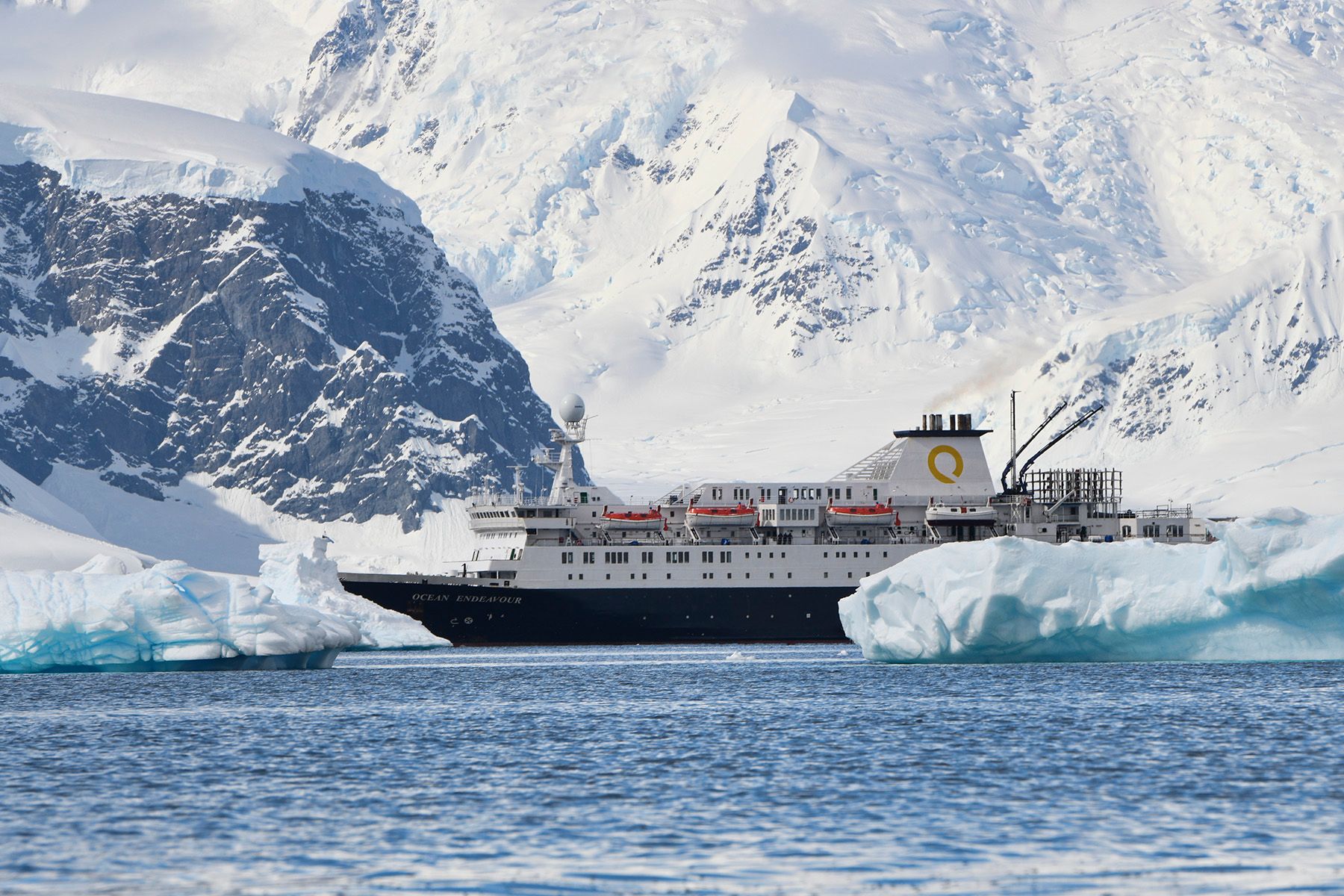
Wilhelmina Bay is nicknamed "whale-mina bay" because of its large number of humpback whales. A whale was spotted over a mile from our location while kayaking, and we sat motionless for a few minutes and clearly heard it exhale across the glassy water, but never saw it dive and show its tail.
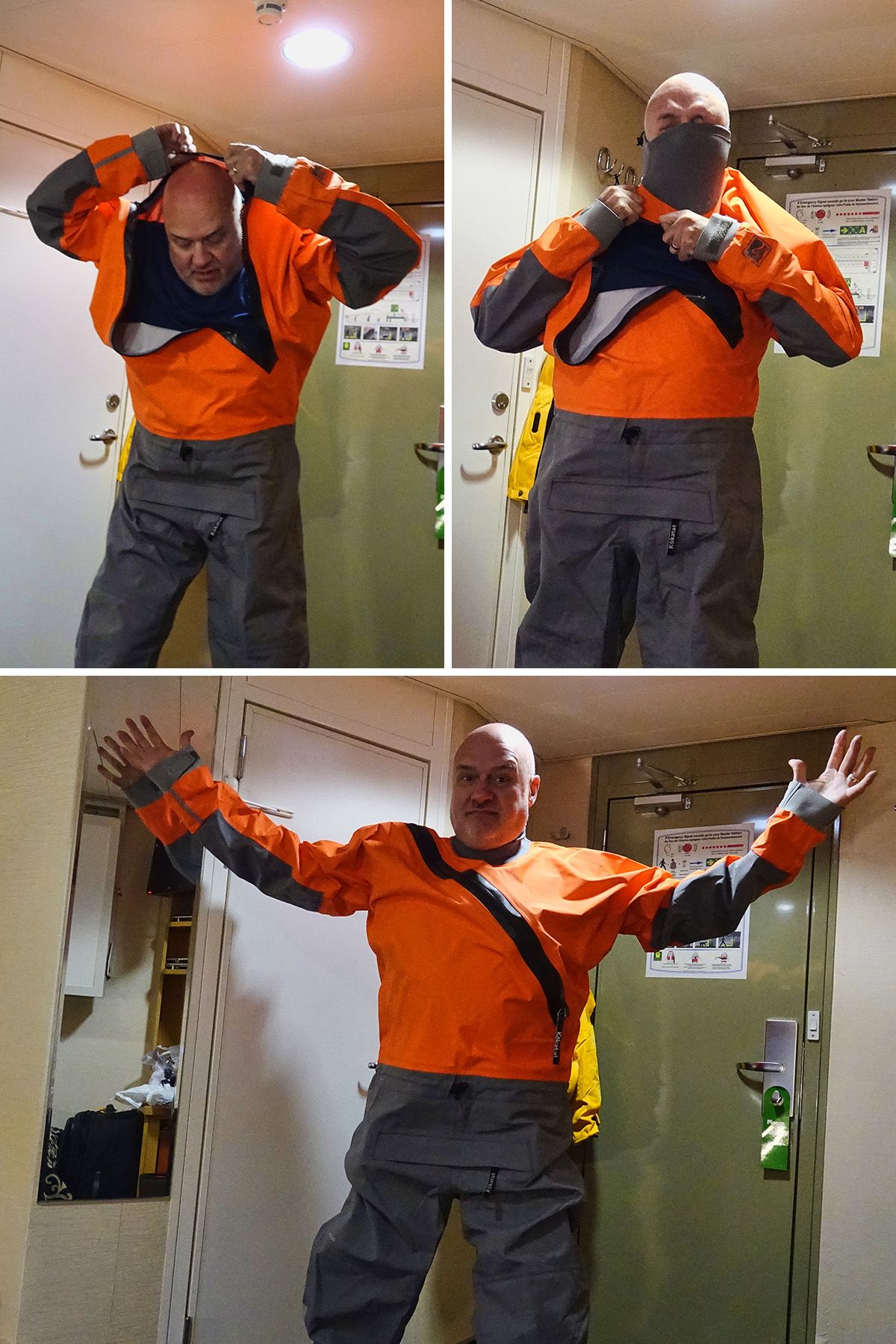
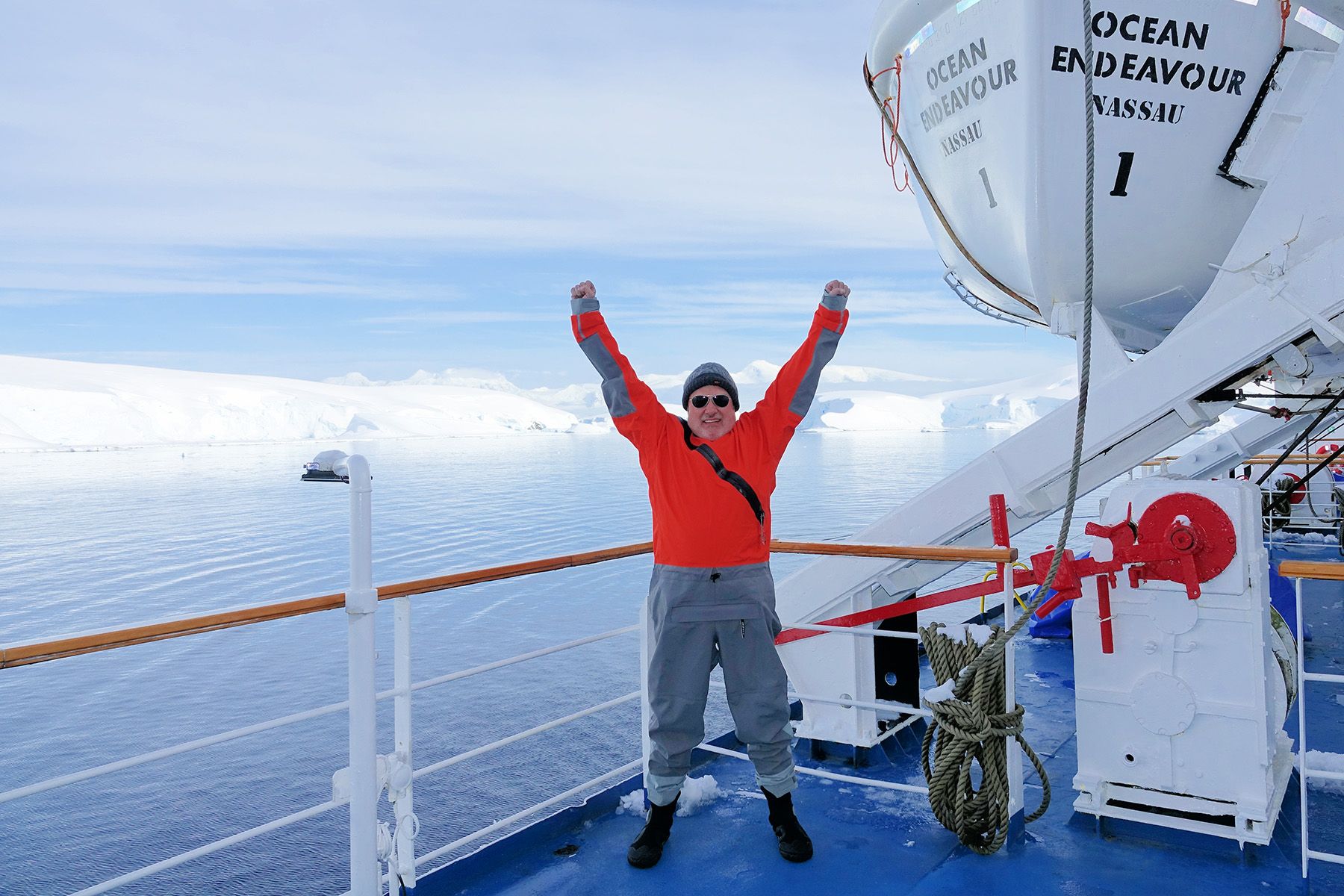
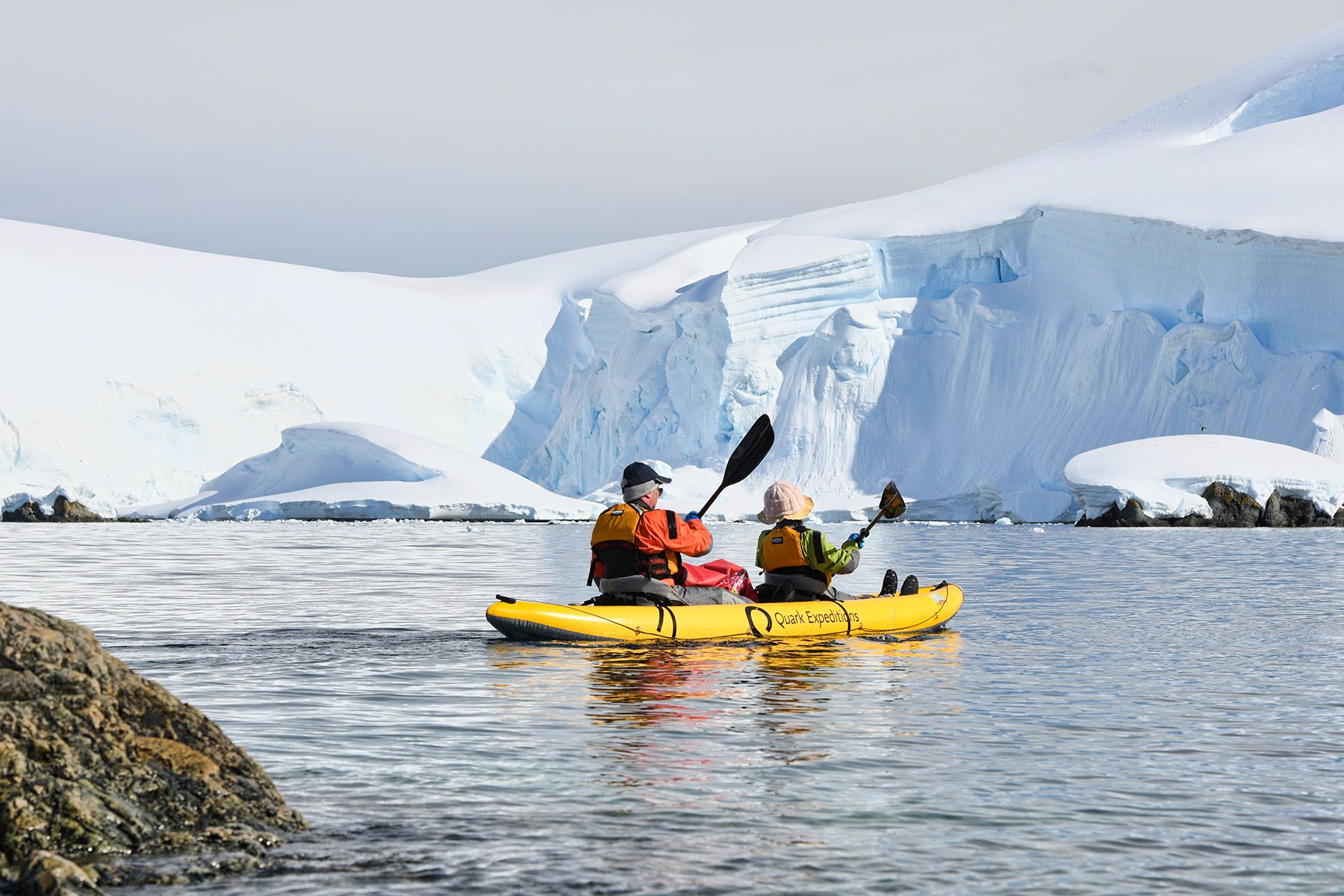
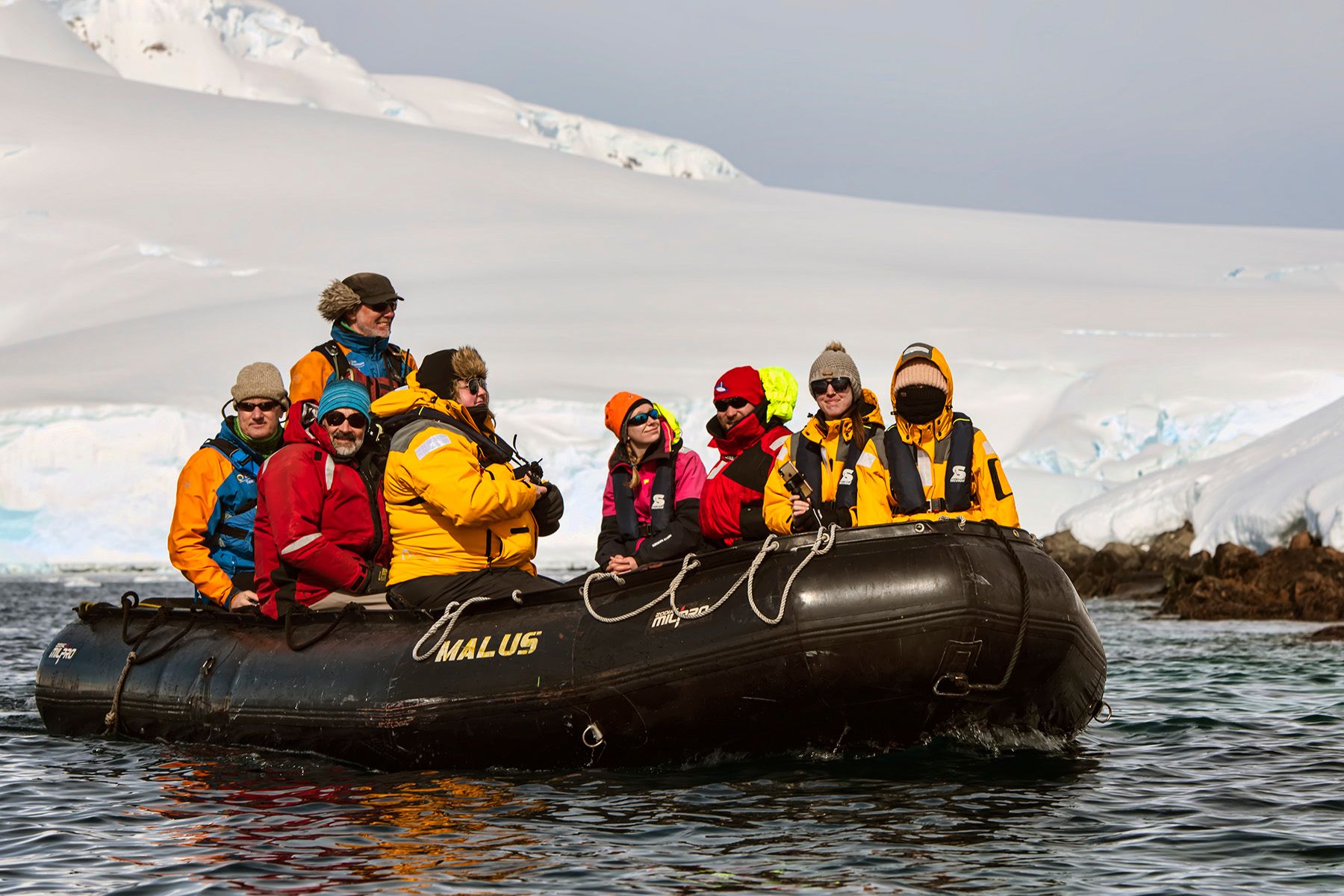
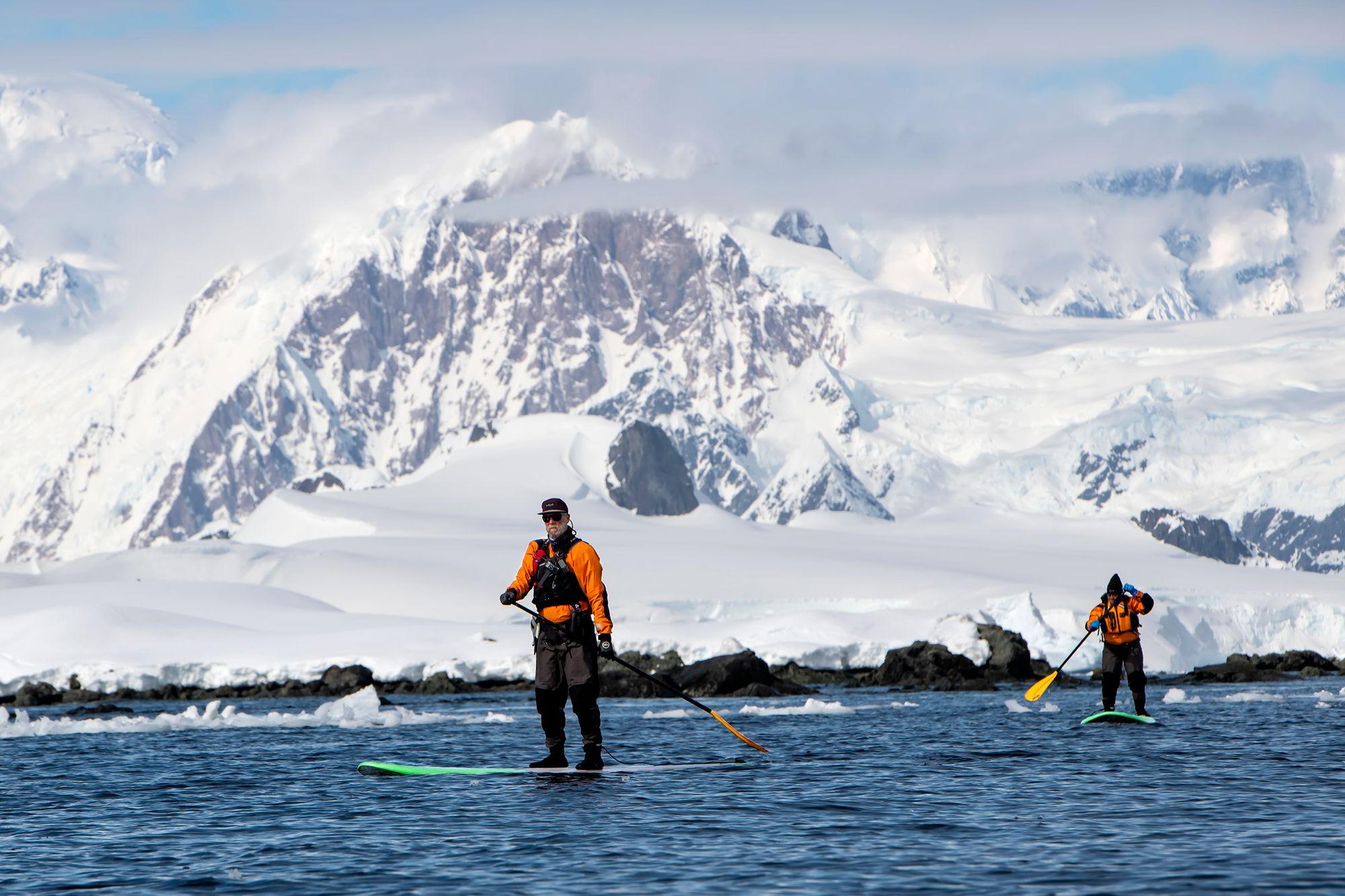
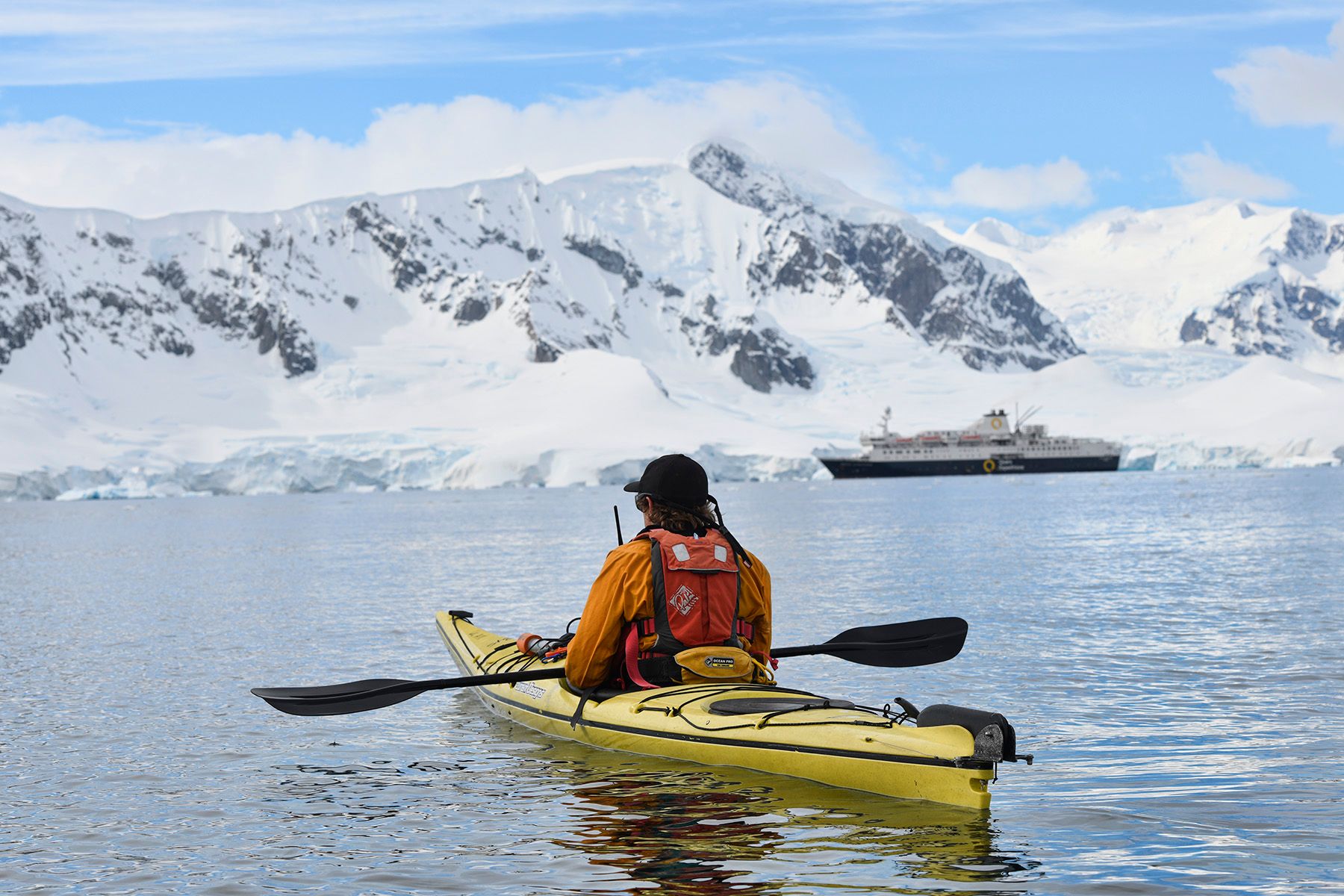

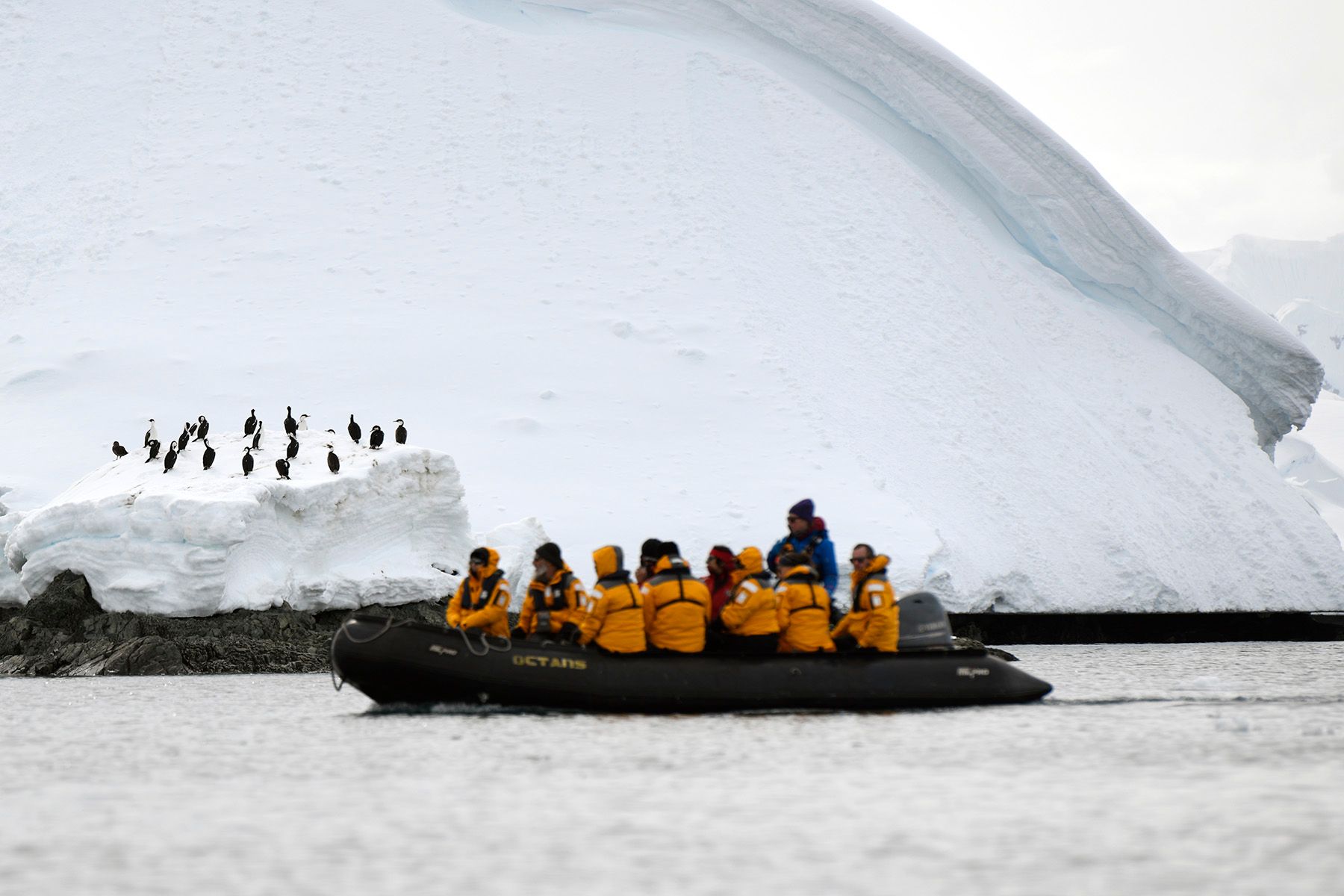
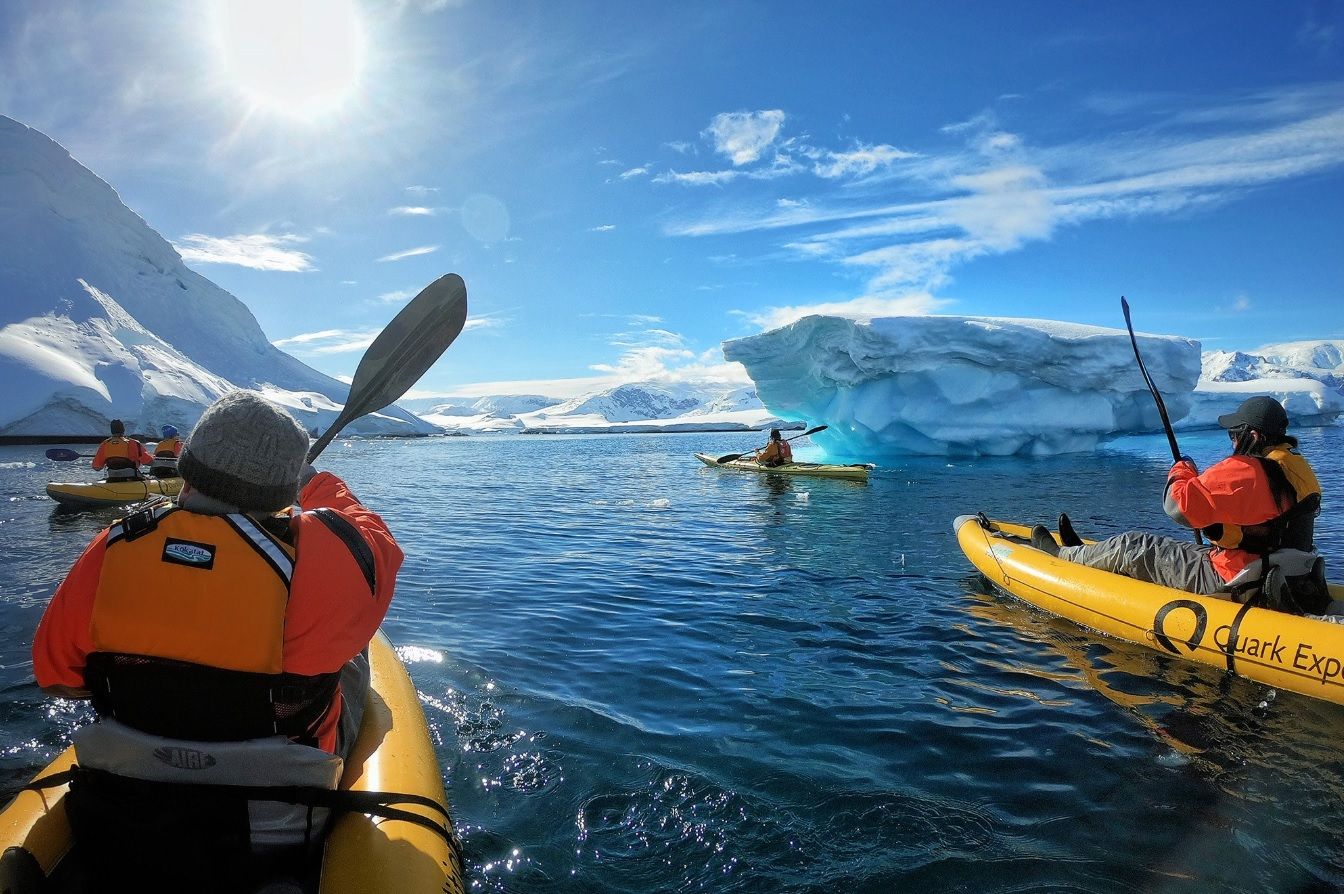
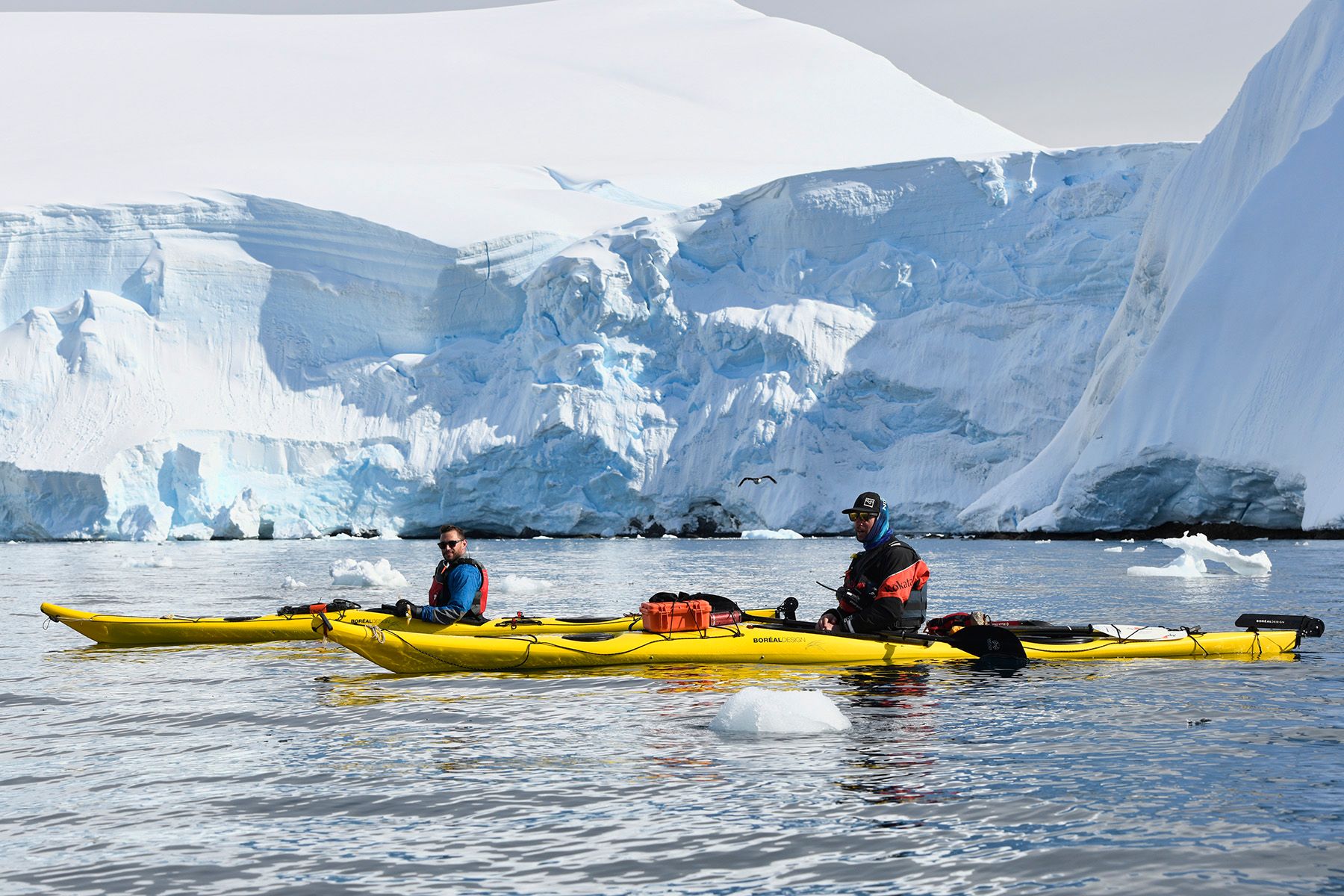

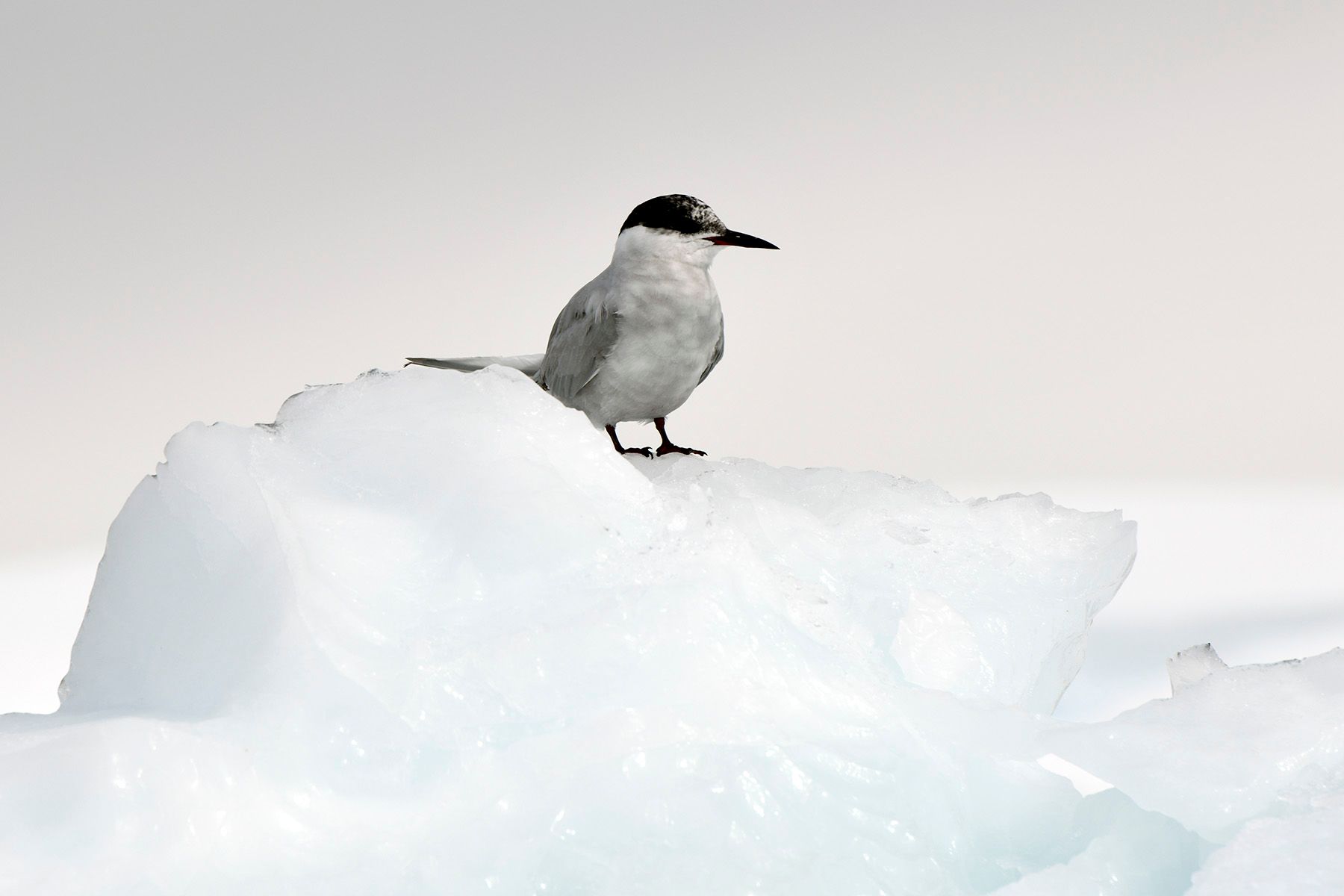
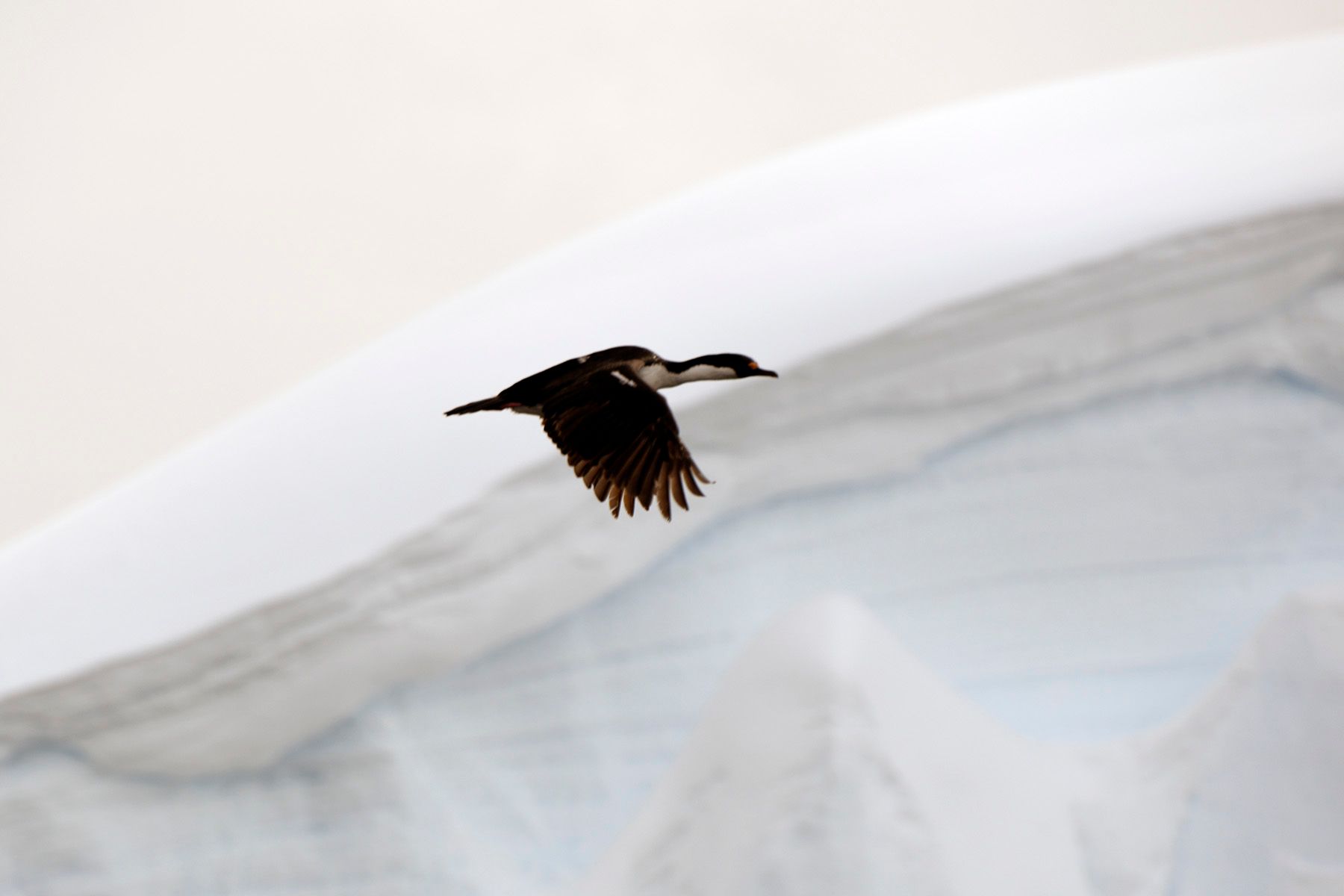
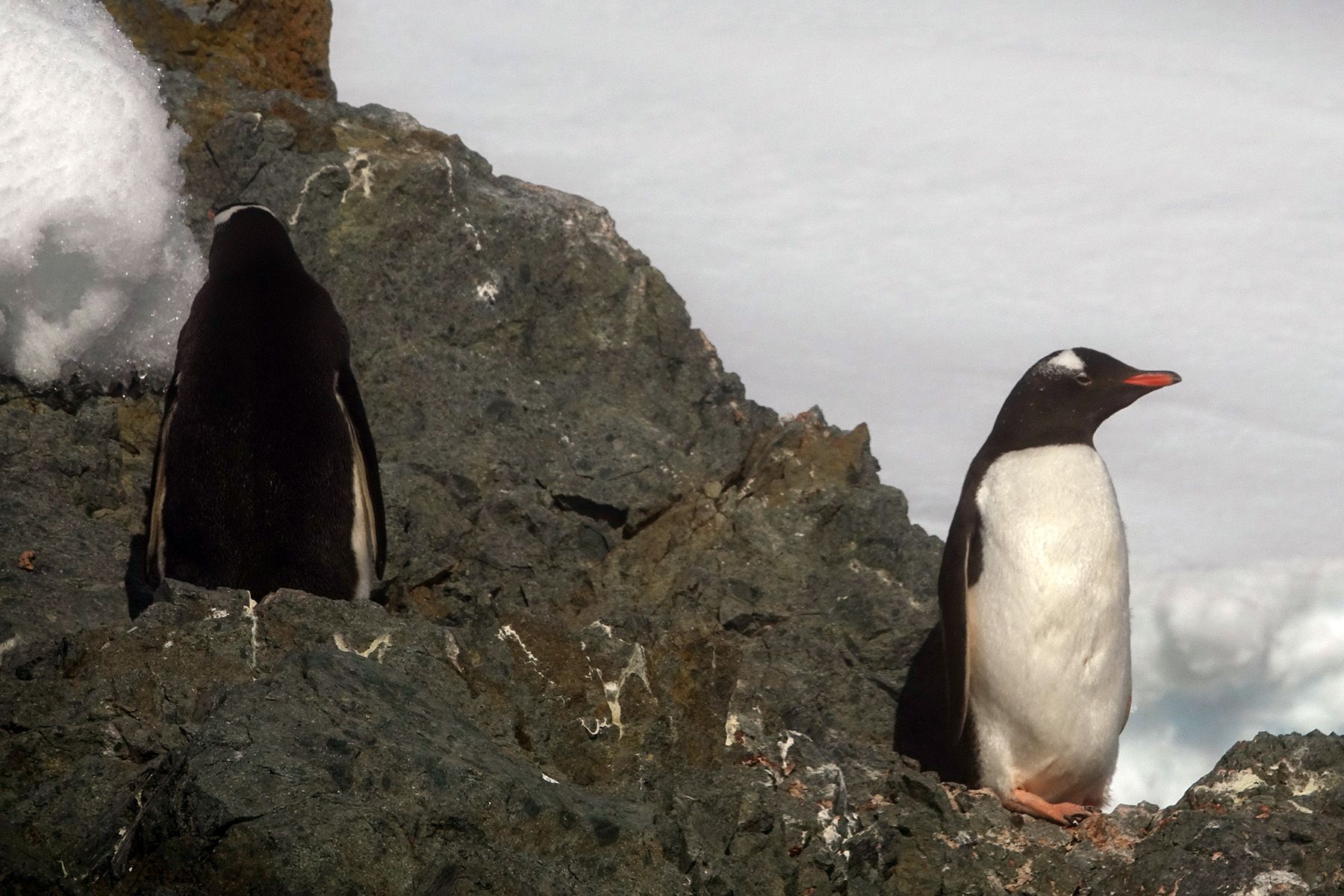
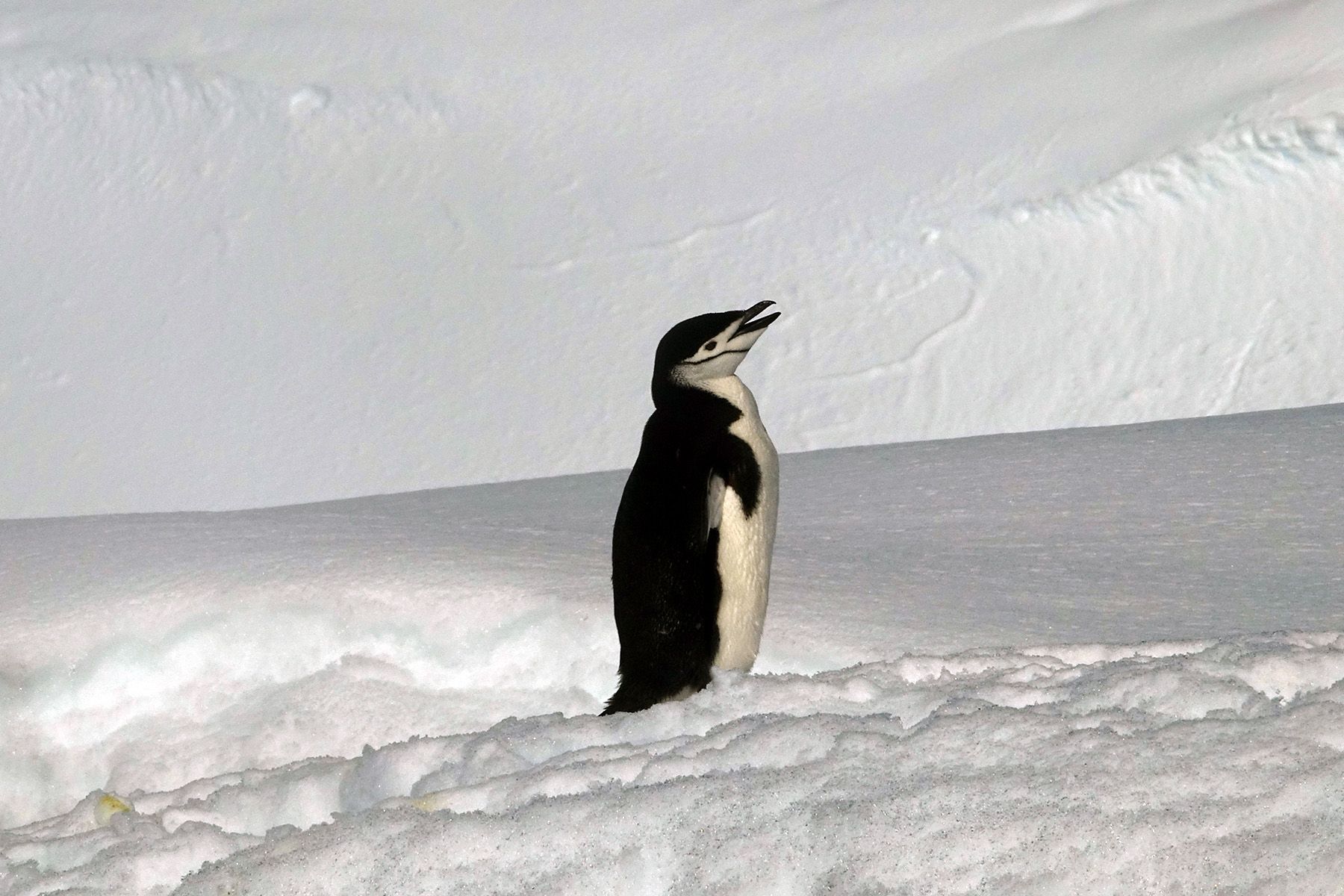
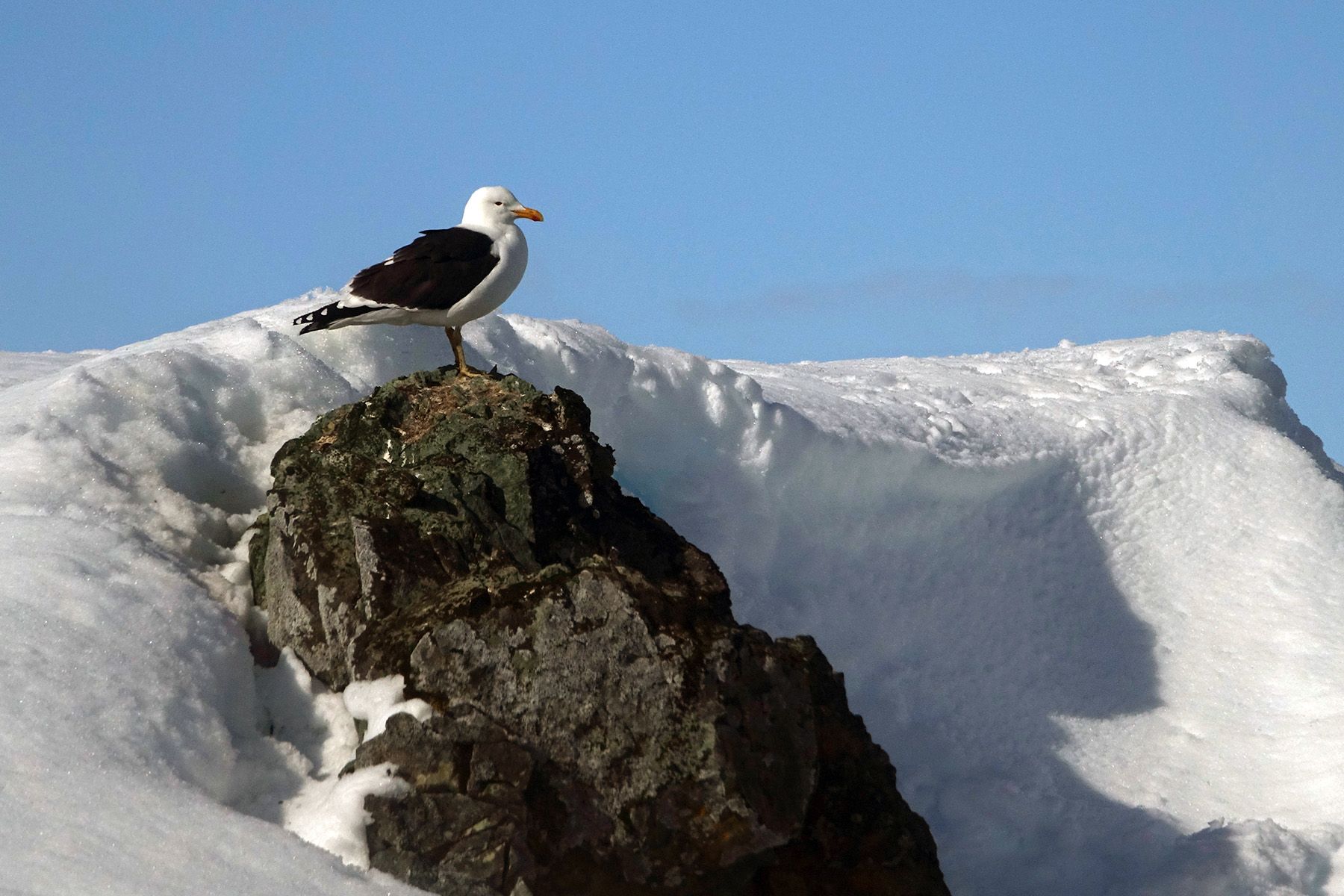
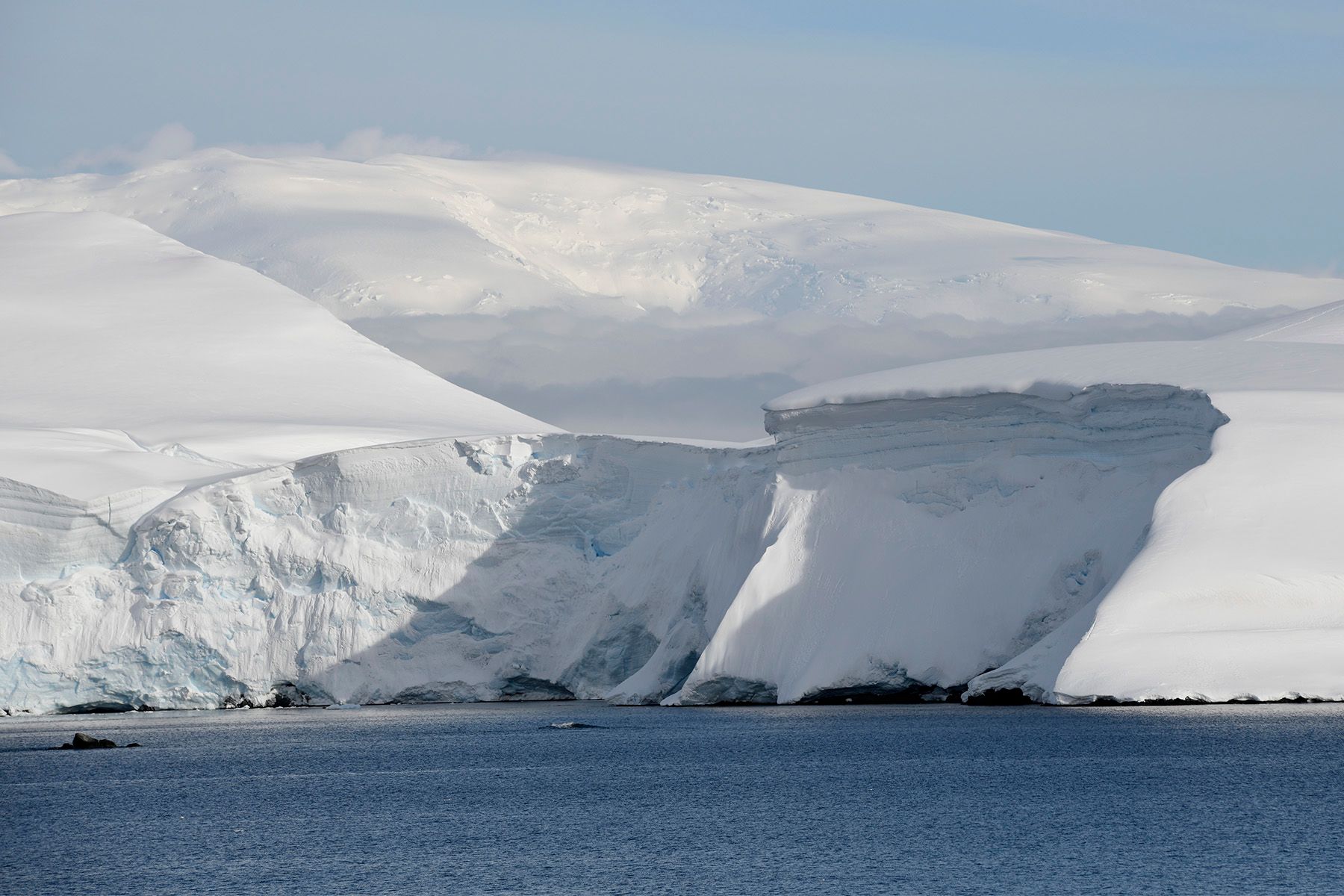

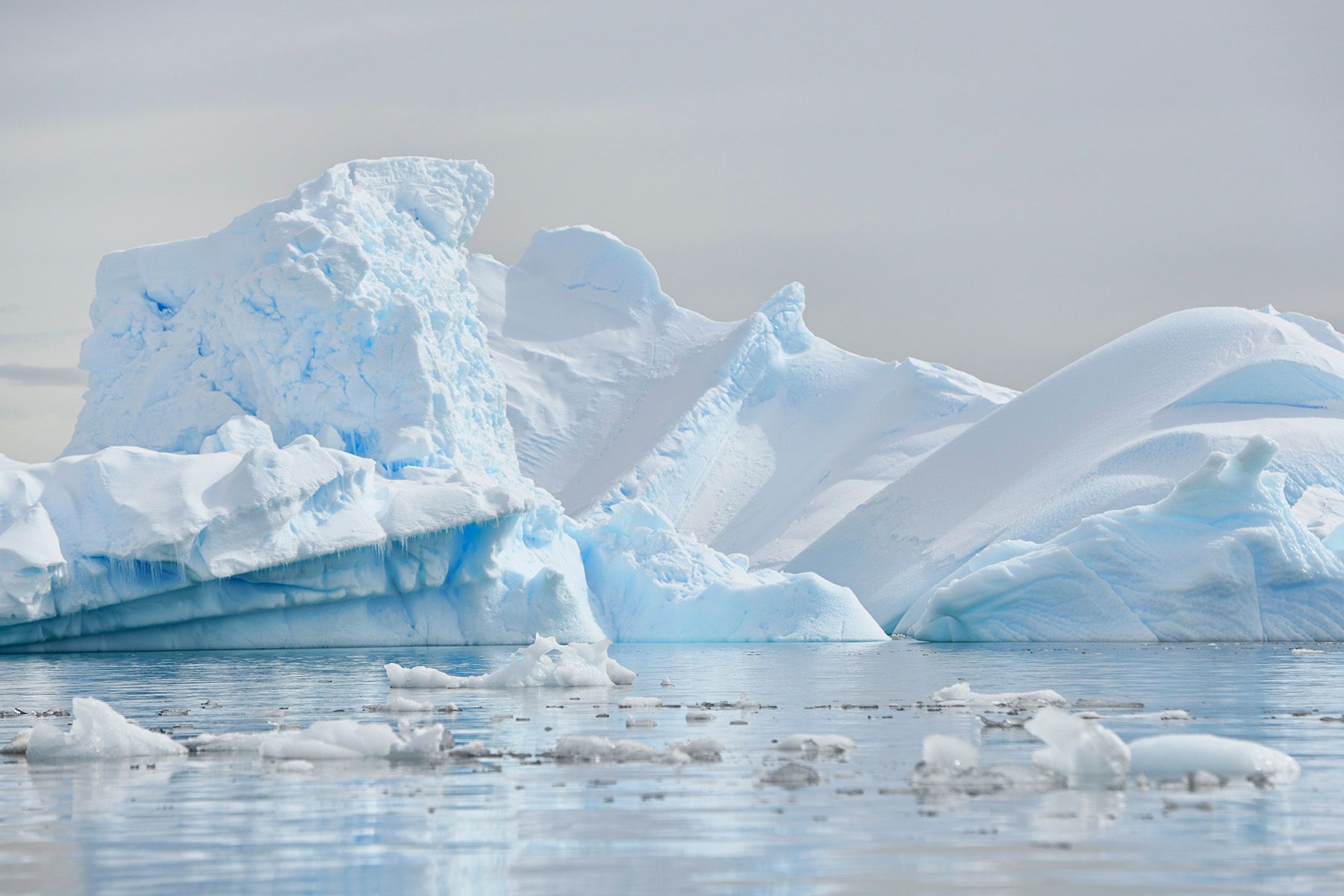
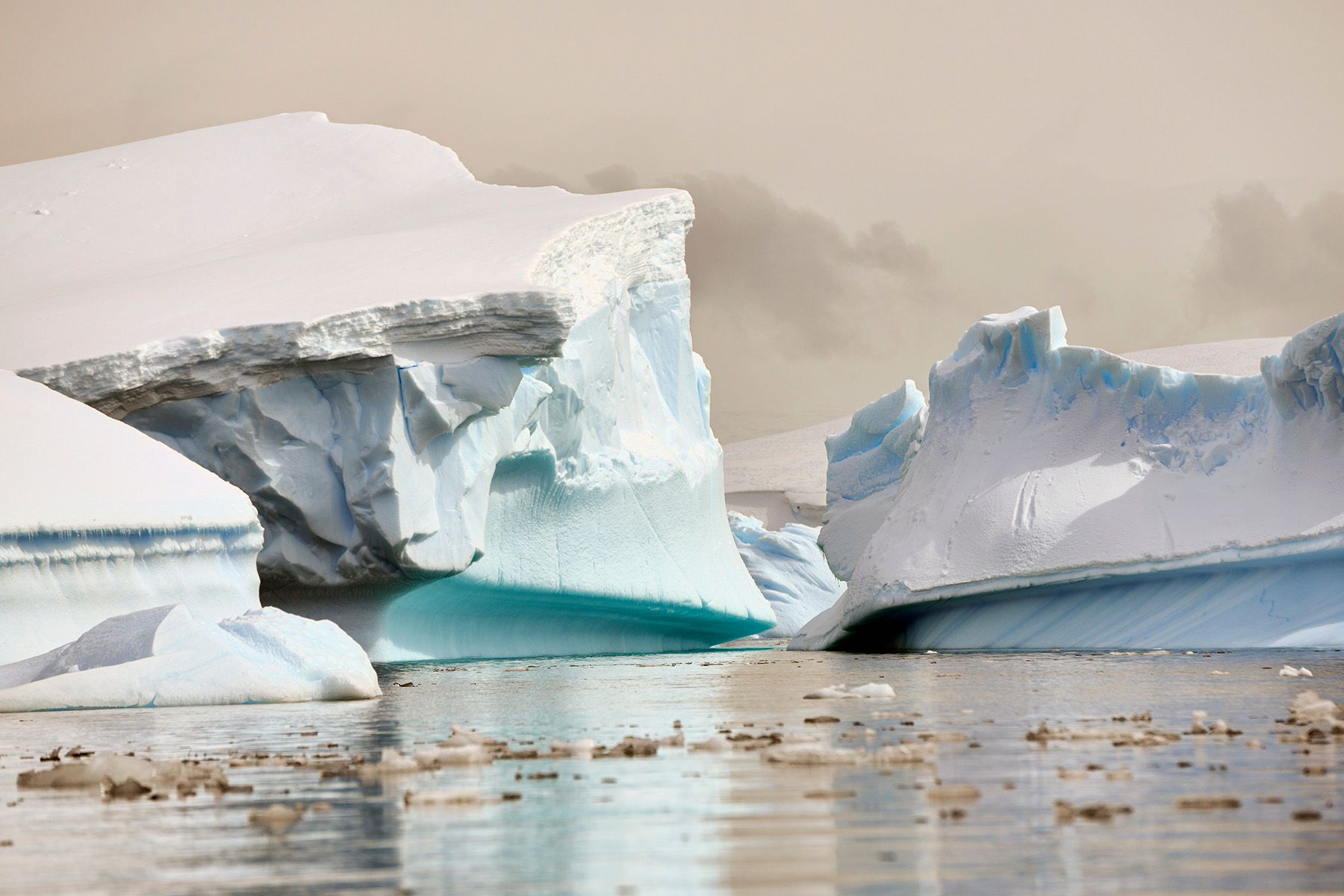
Cuverville Island
Cuverville Island sits just off the Antarctic Peninsula at the northern end of the Errera Channel and is home to the largest population of Gentoo penguins around the peninsula - roughly 20,000 total.
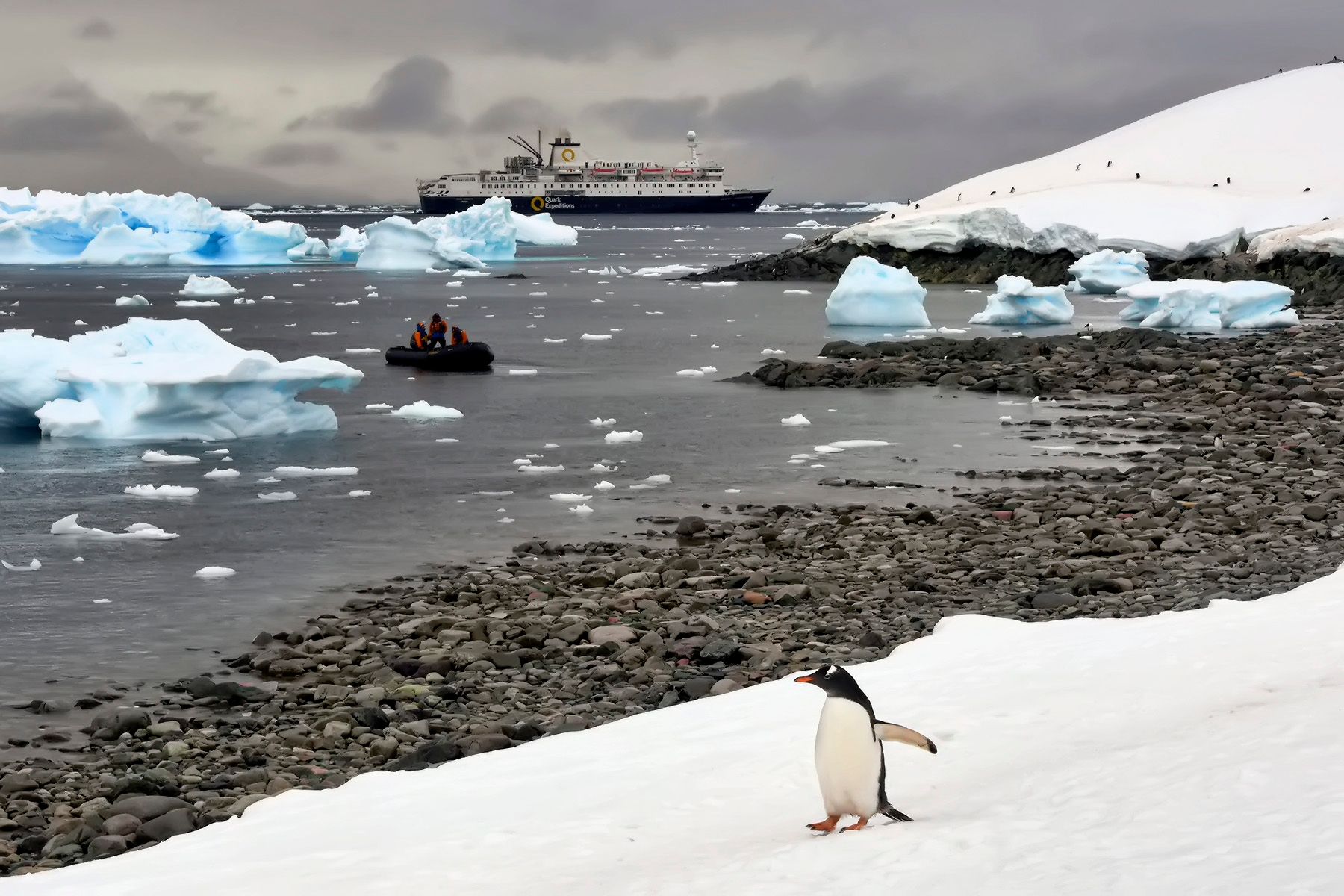
We went ashore to take a look at the penguin colonies, then rode a Zodiac around the island exploring massive ice formations and glaciers. We spotted a few Weddell seals on the shore and visited the base of the 600-foot cliffs on the north side of the island before returning to our ship waiting in the Gerlache Strait.
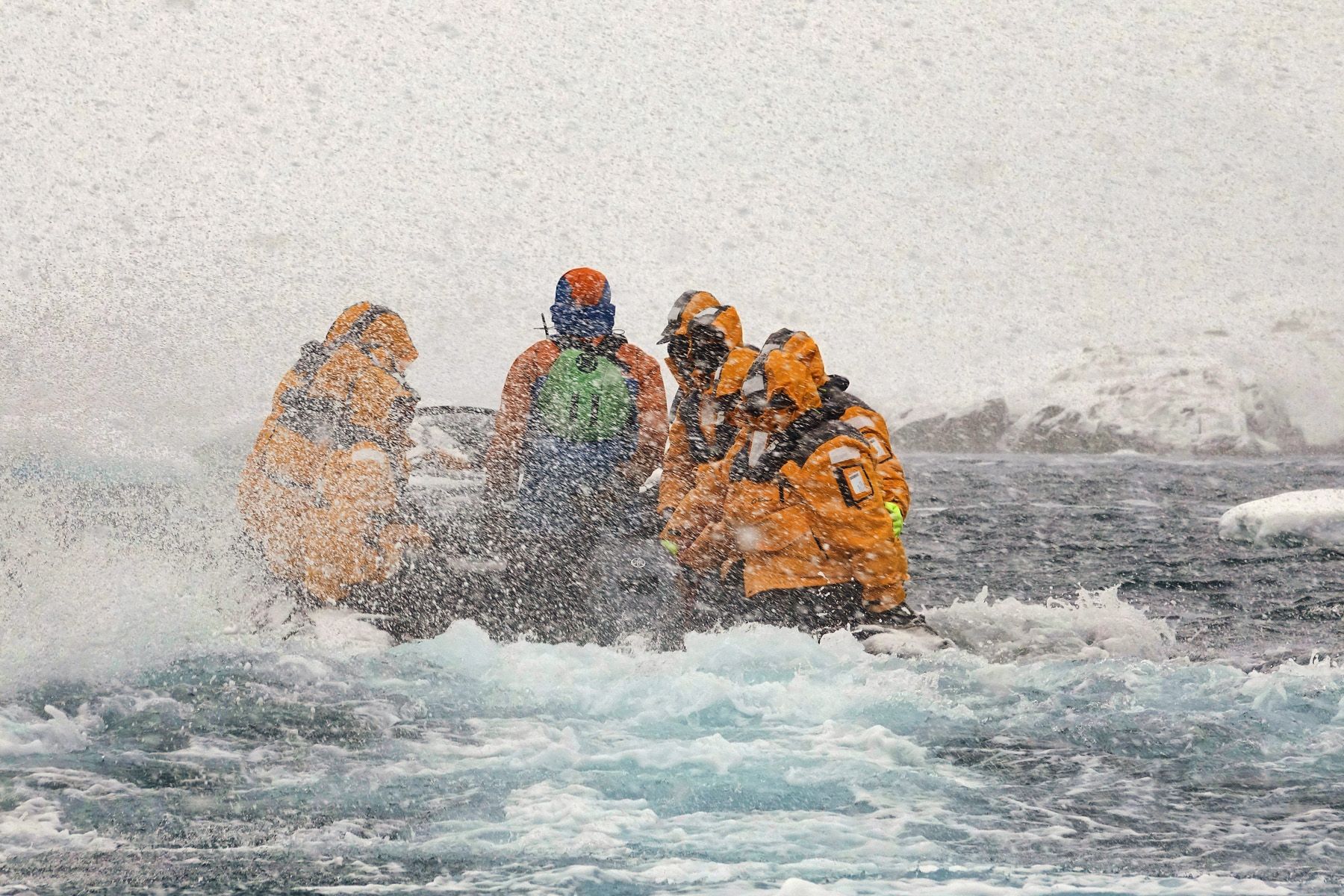
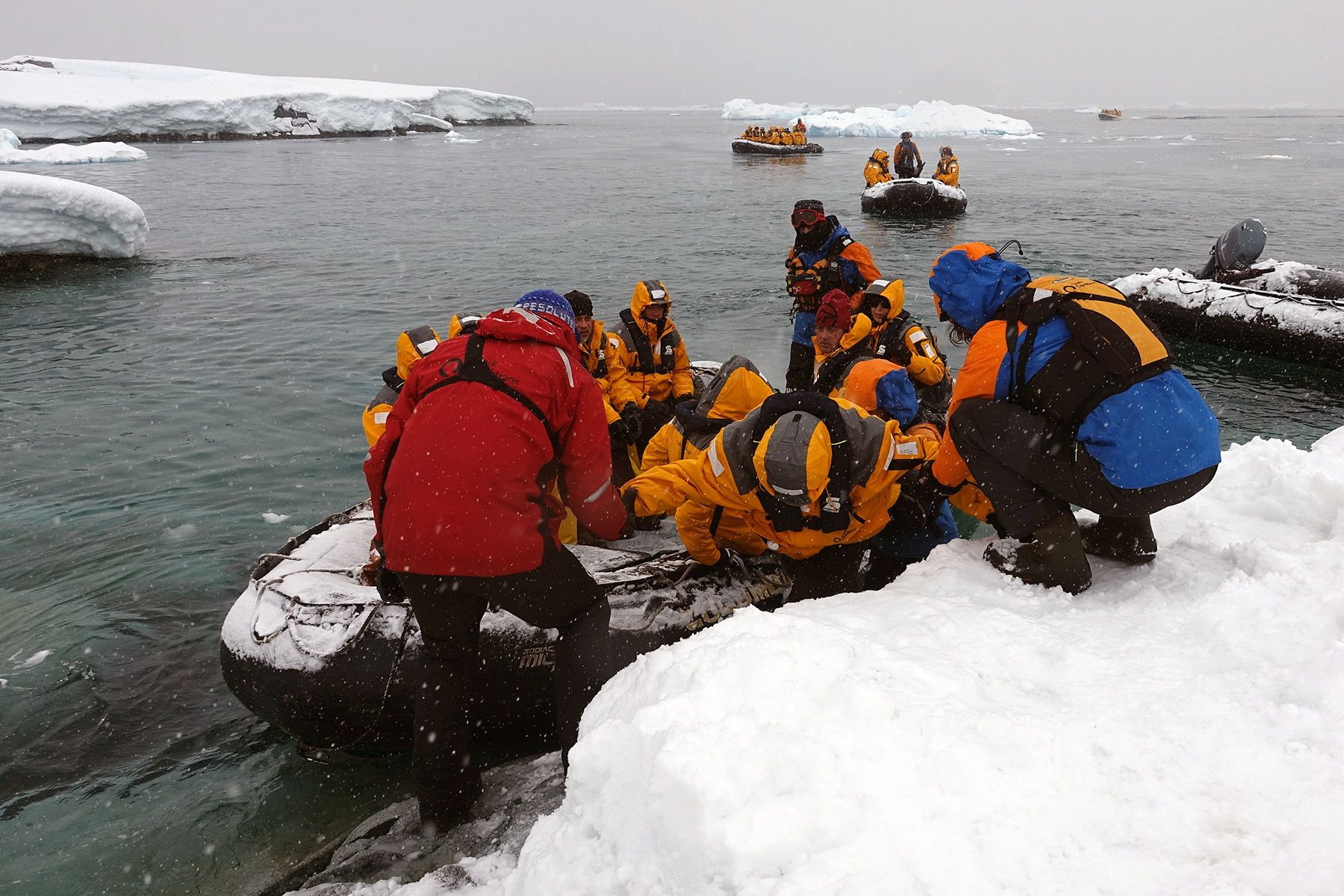
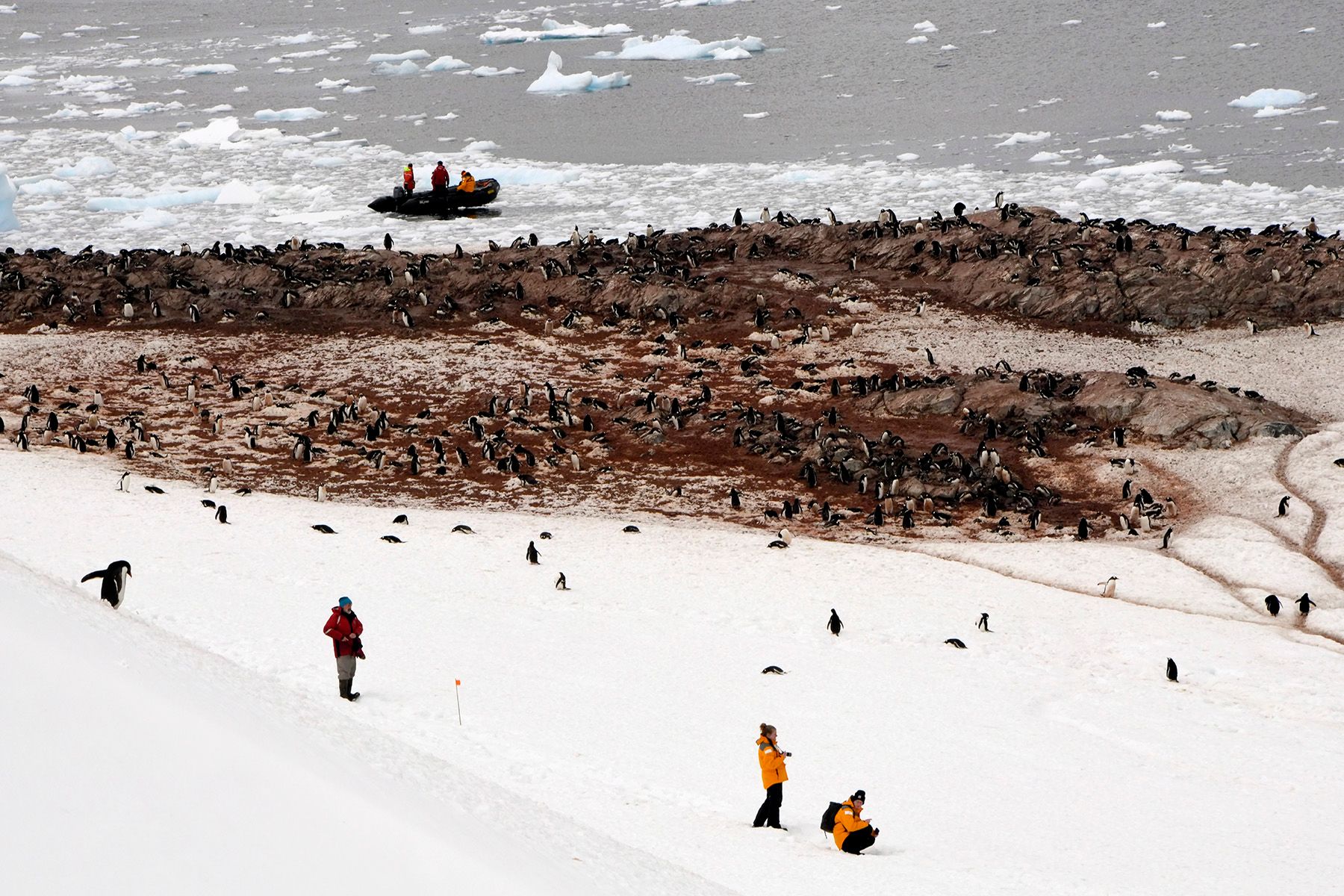
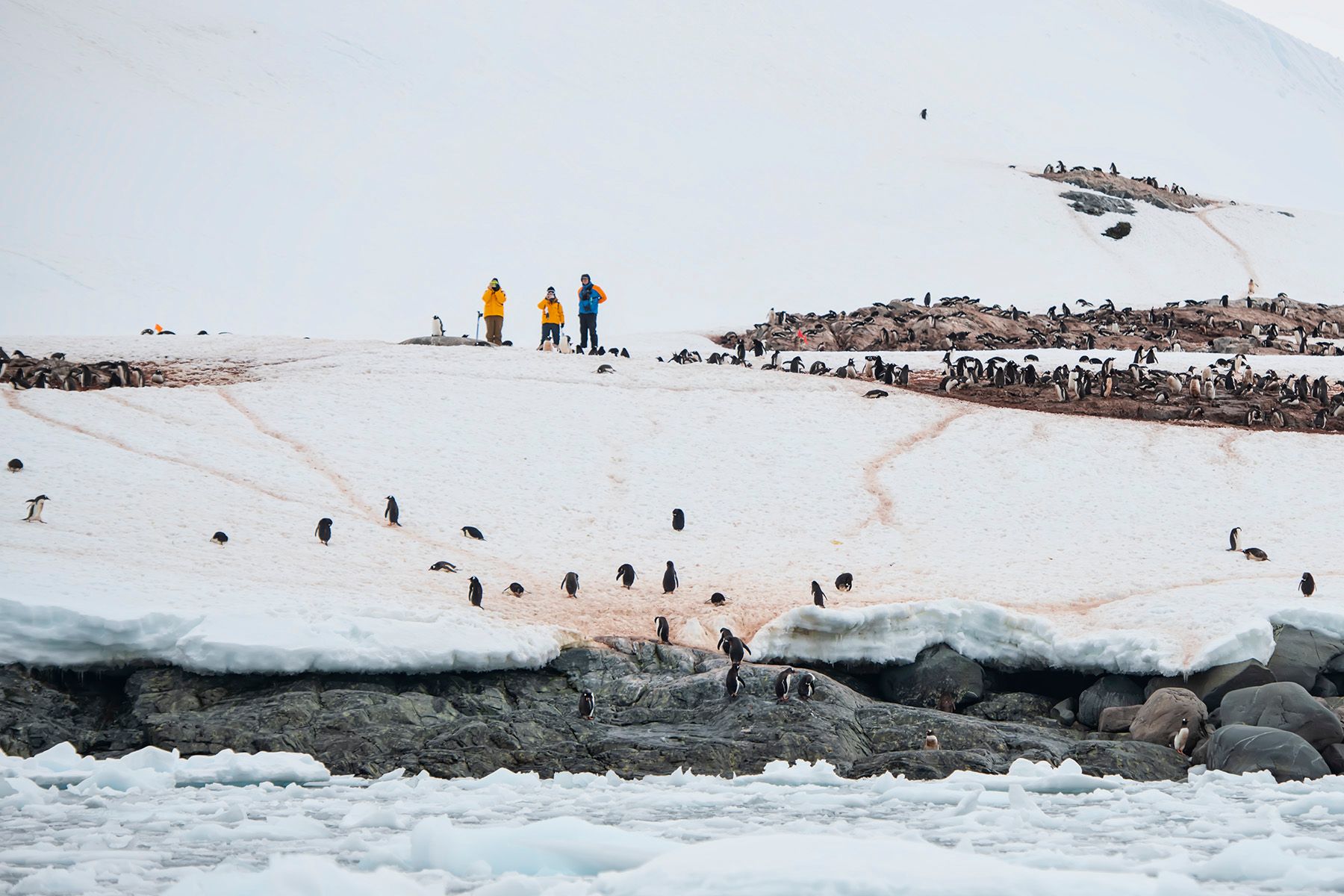

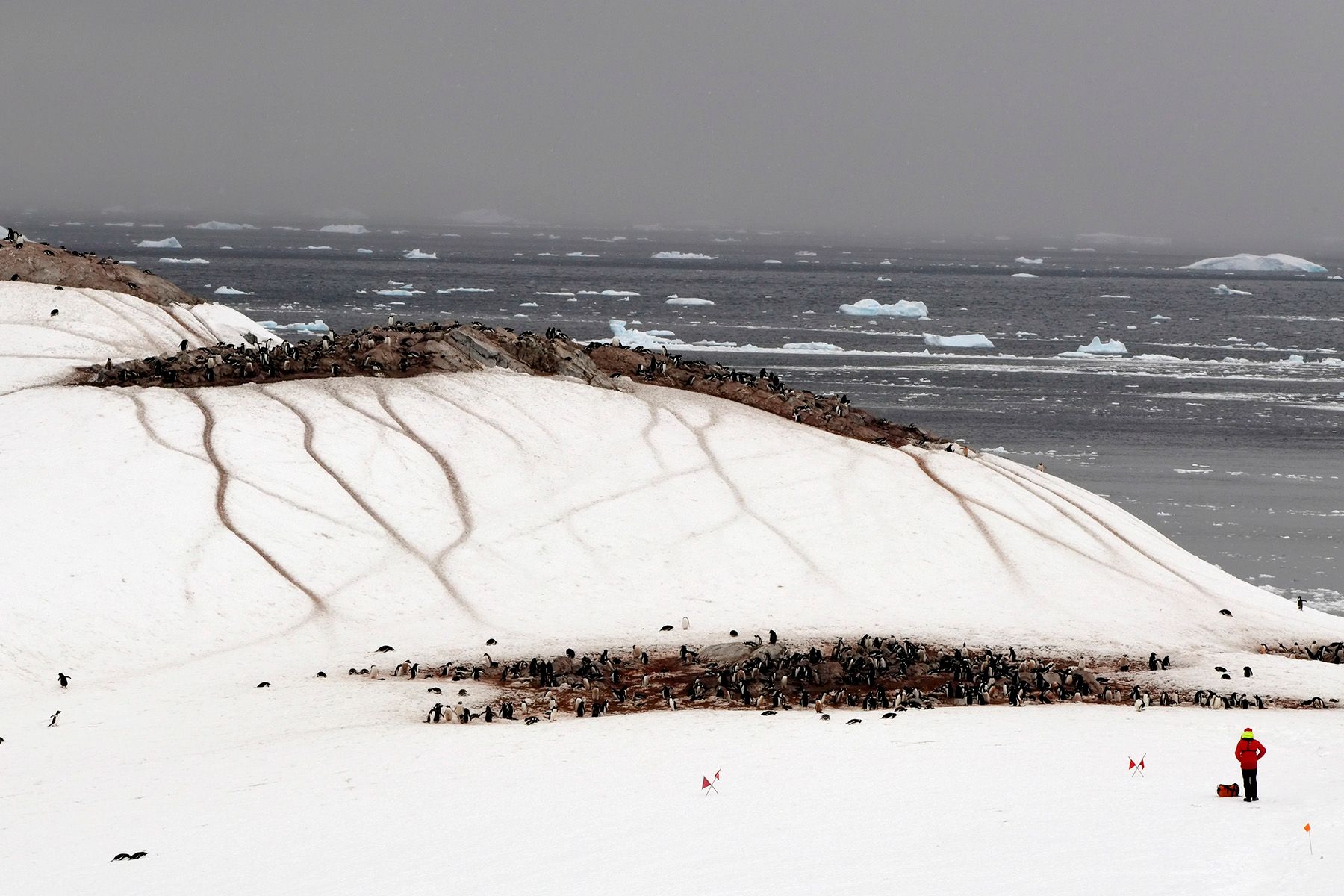
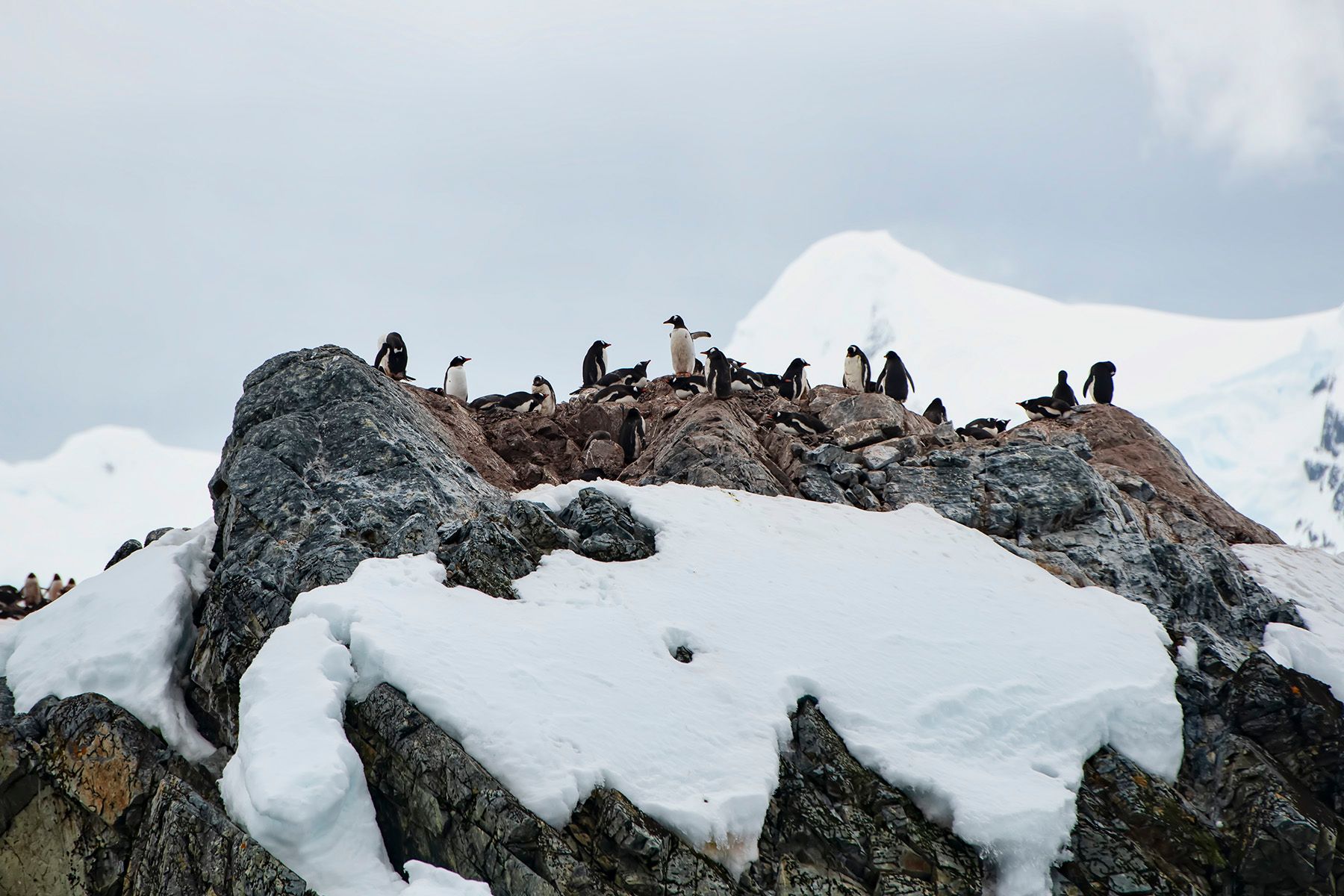
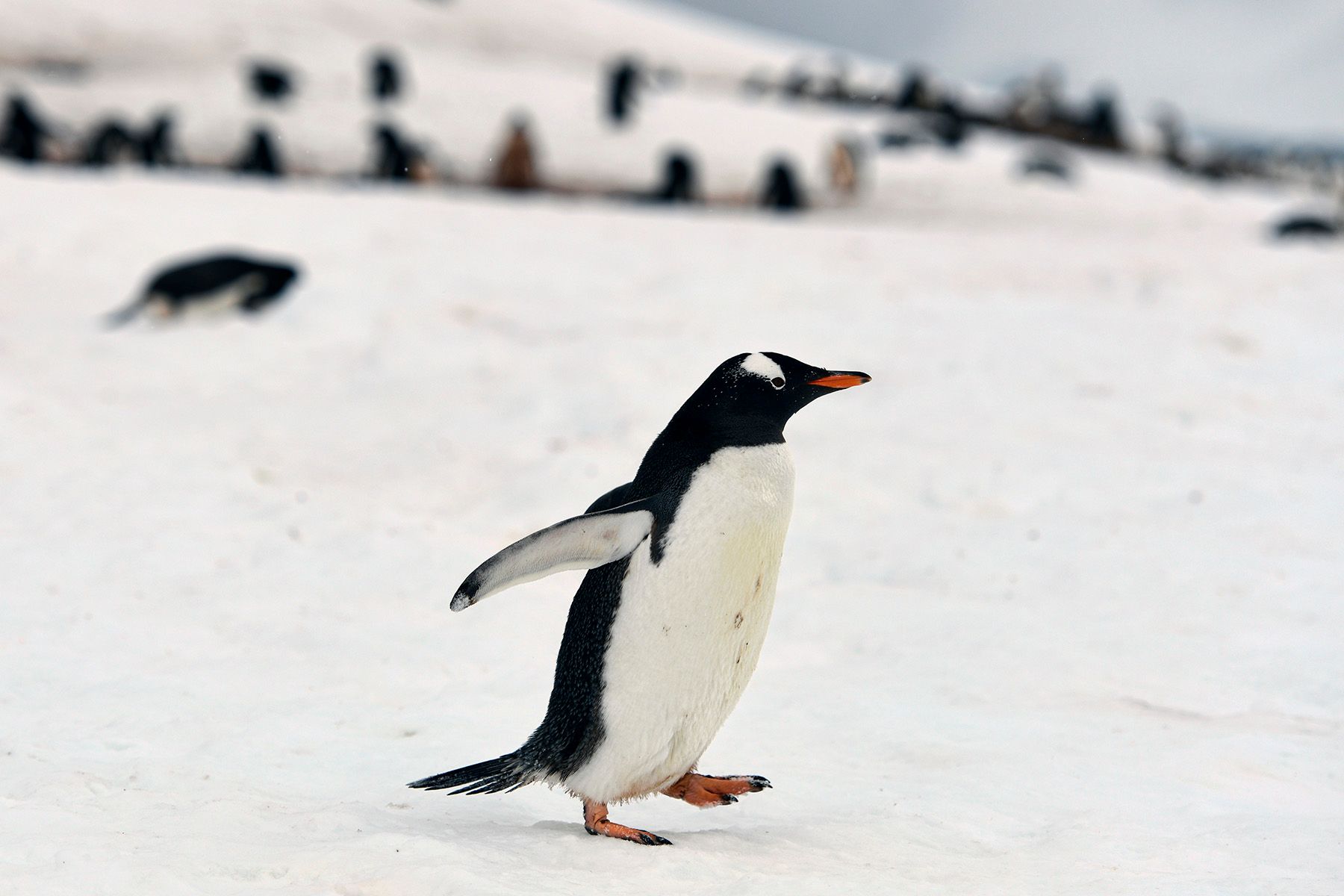
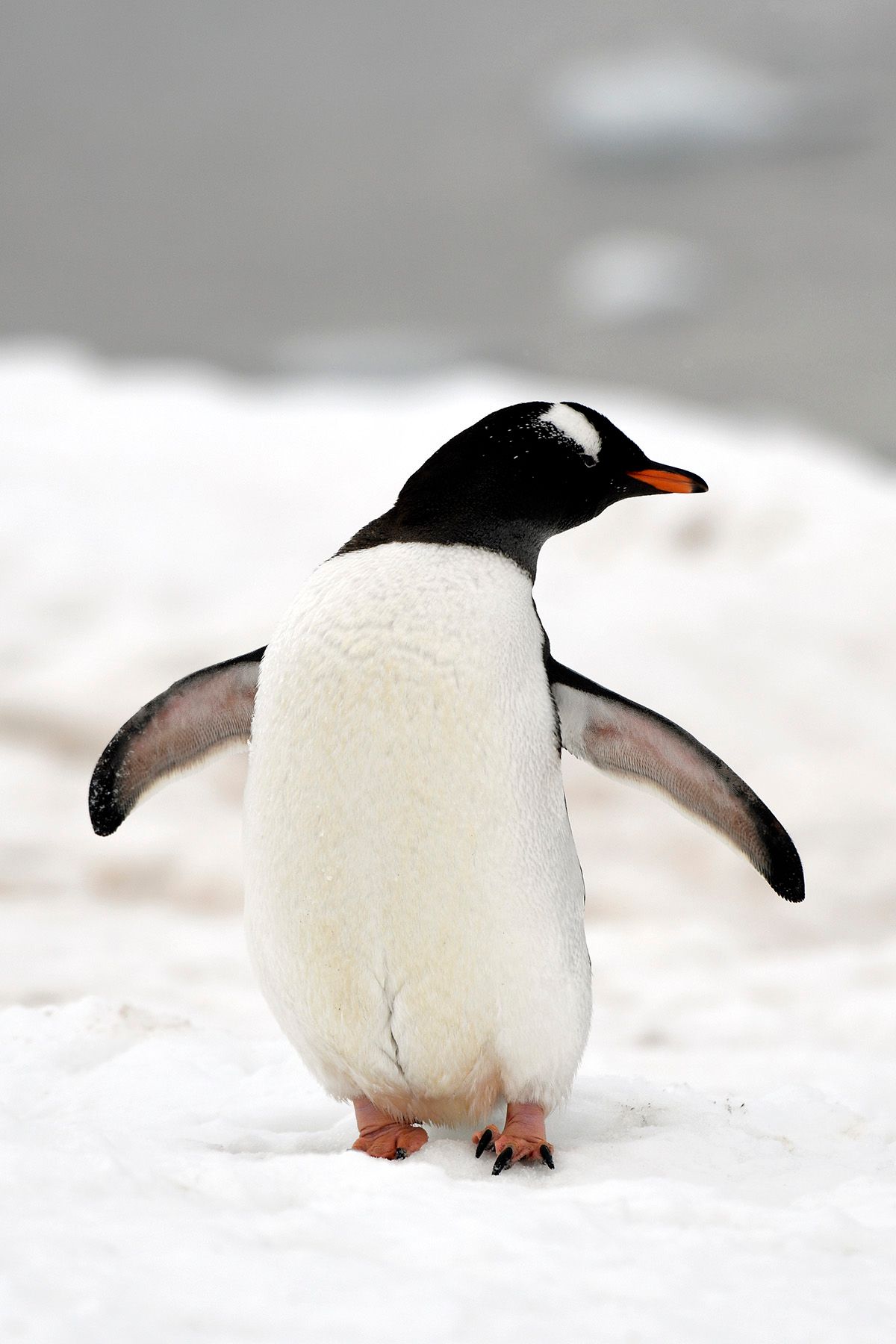
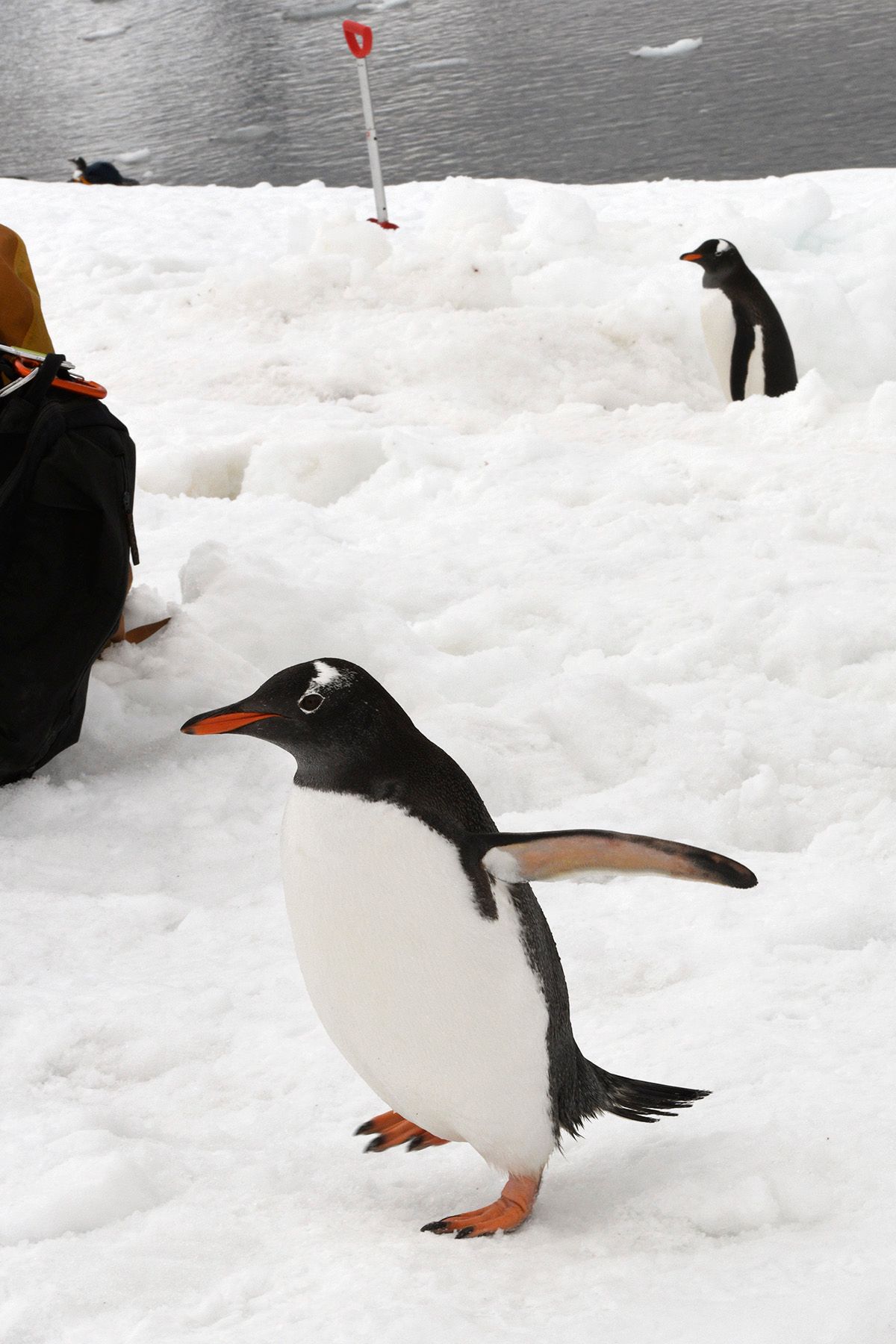
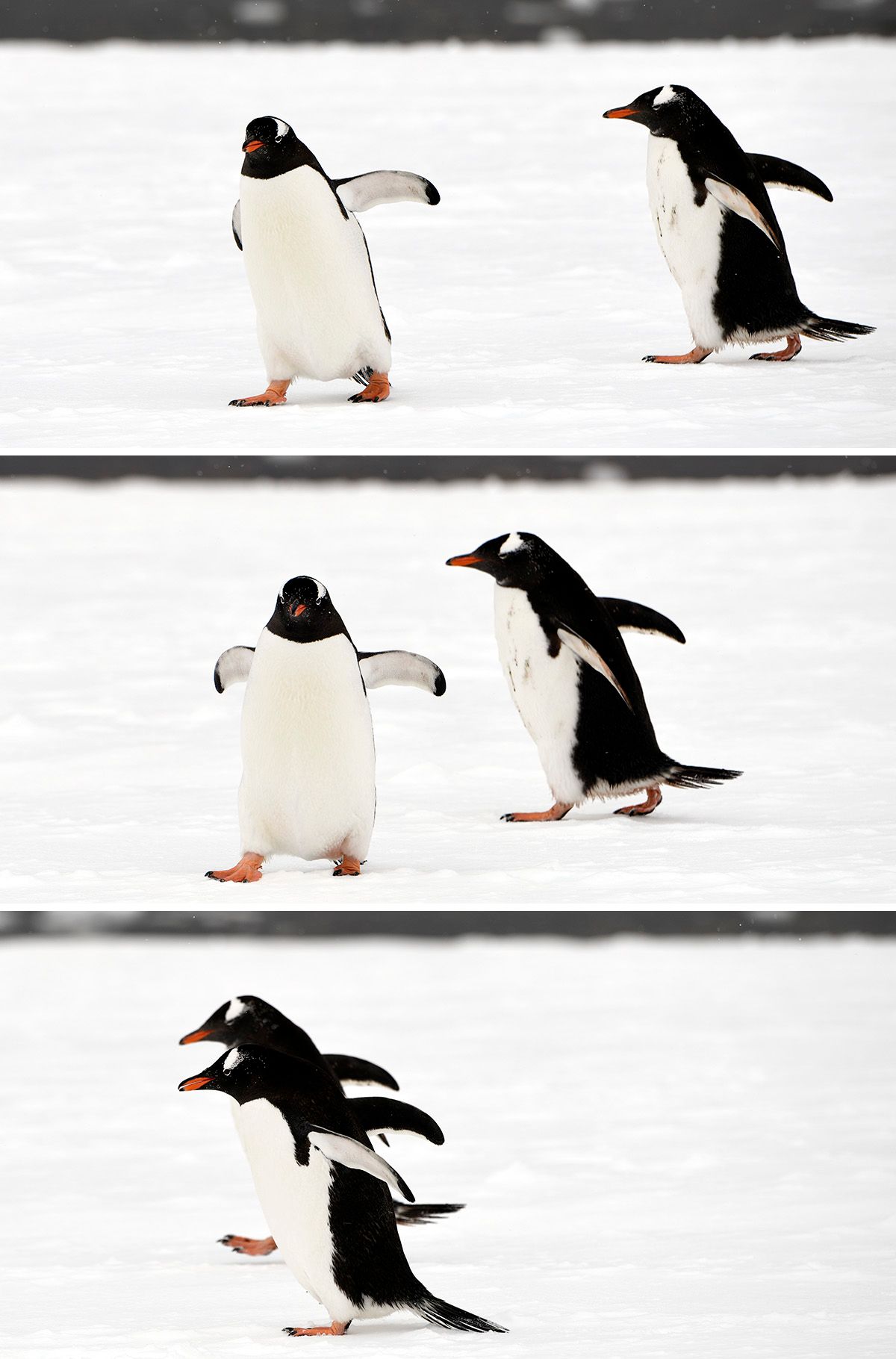
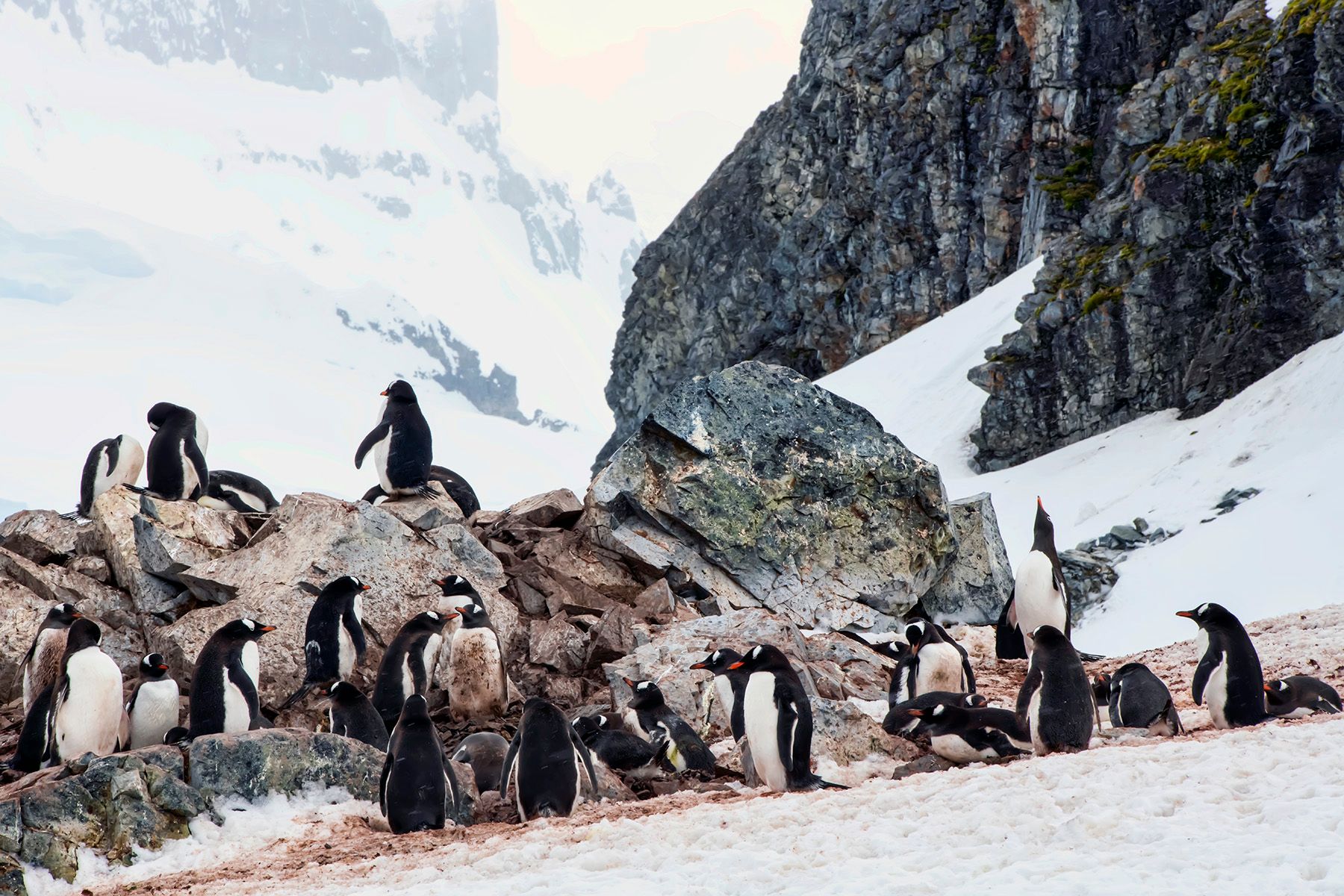
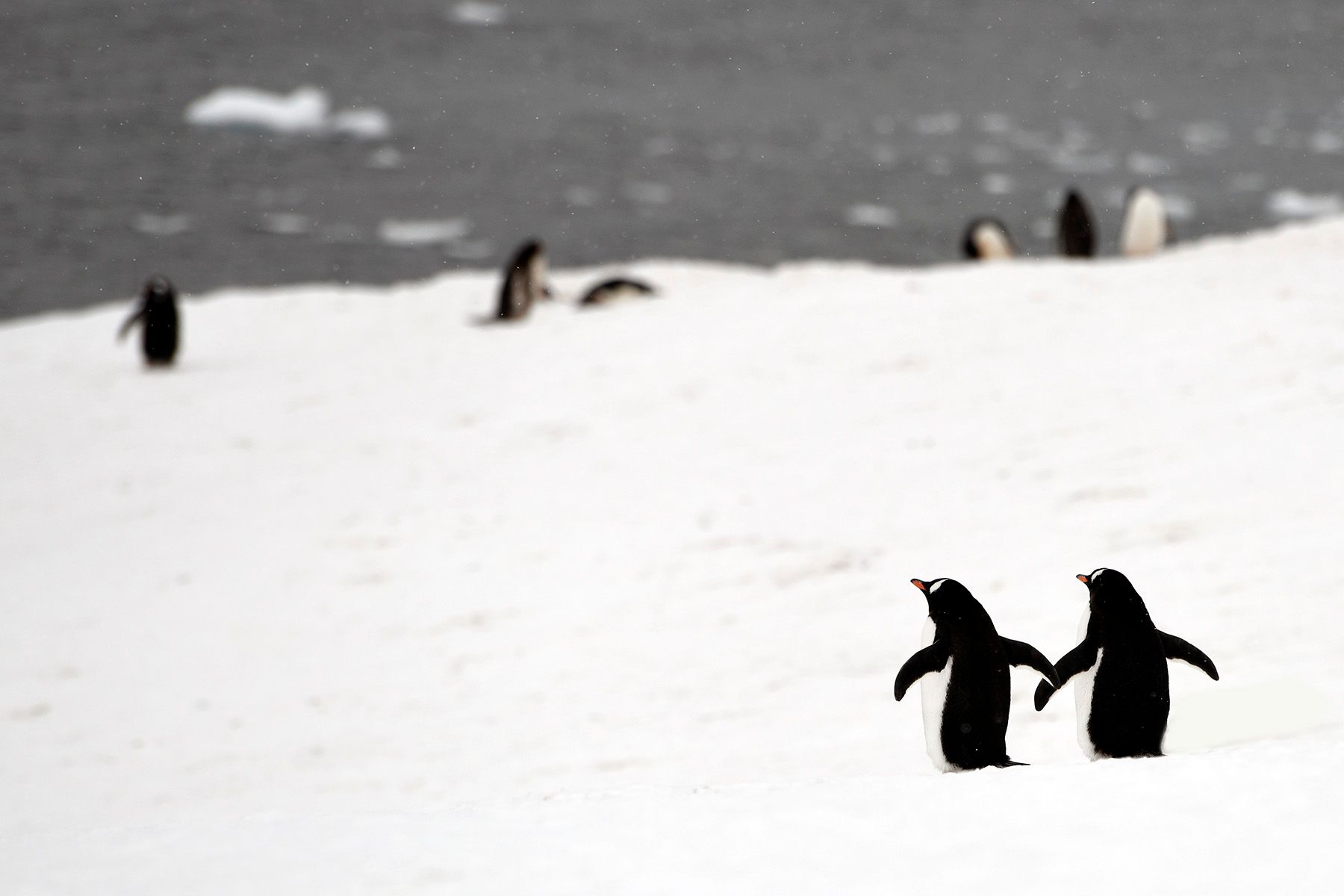
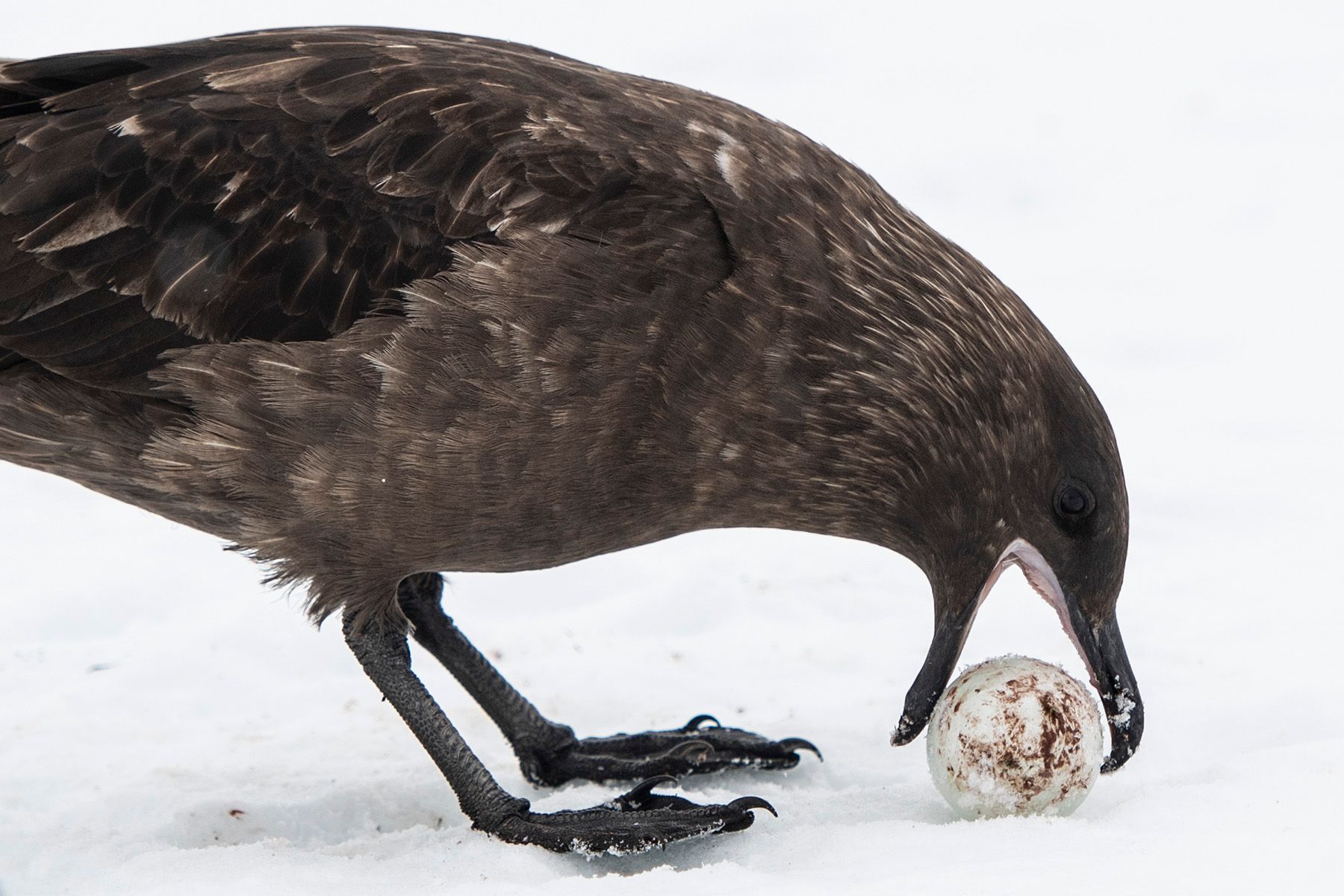
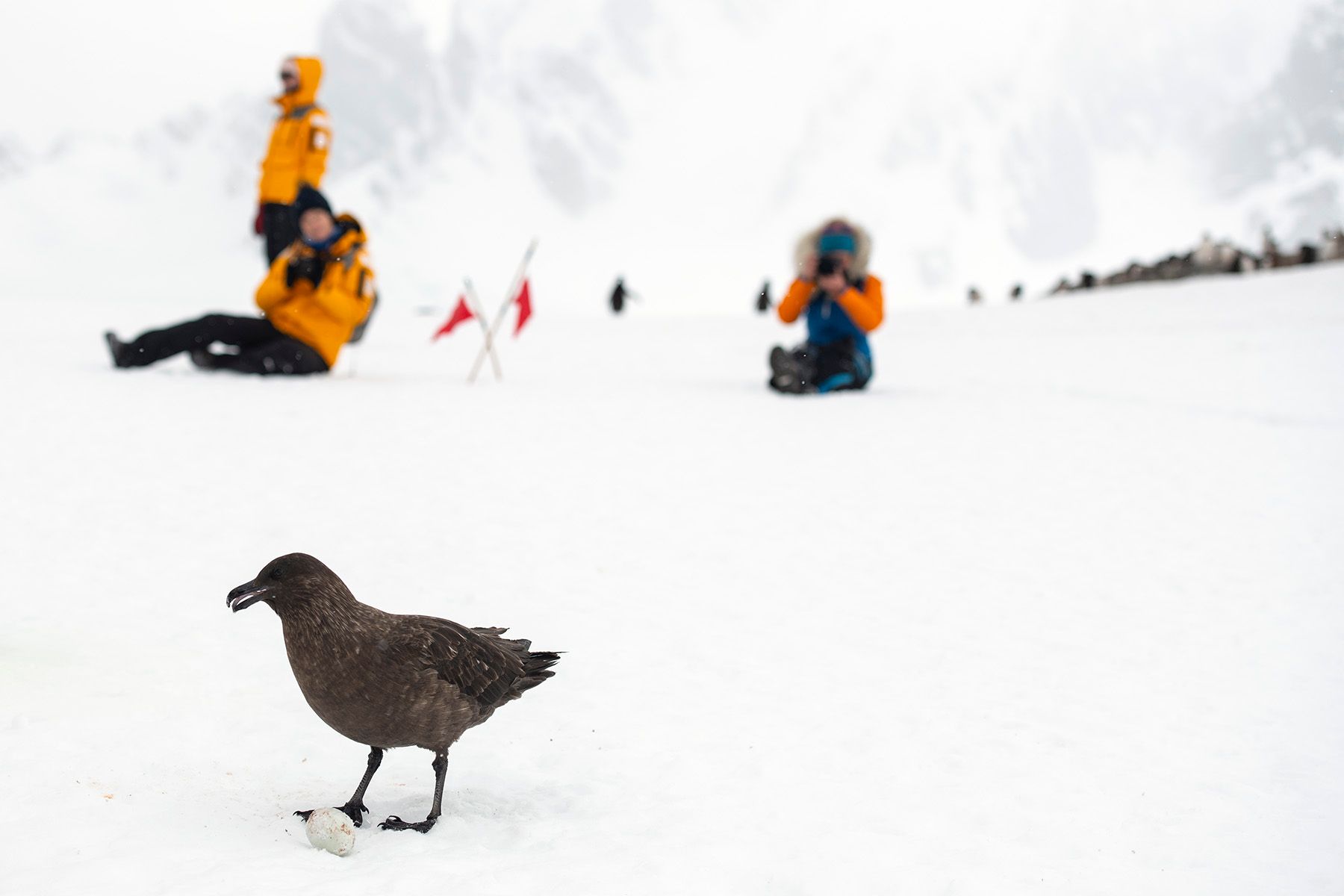

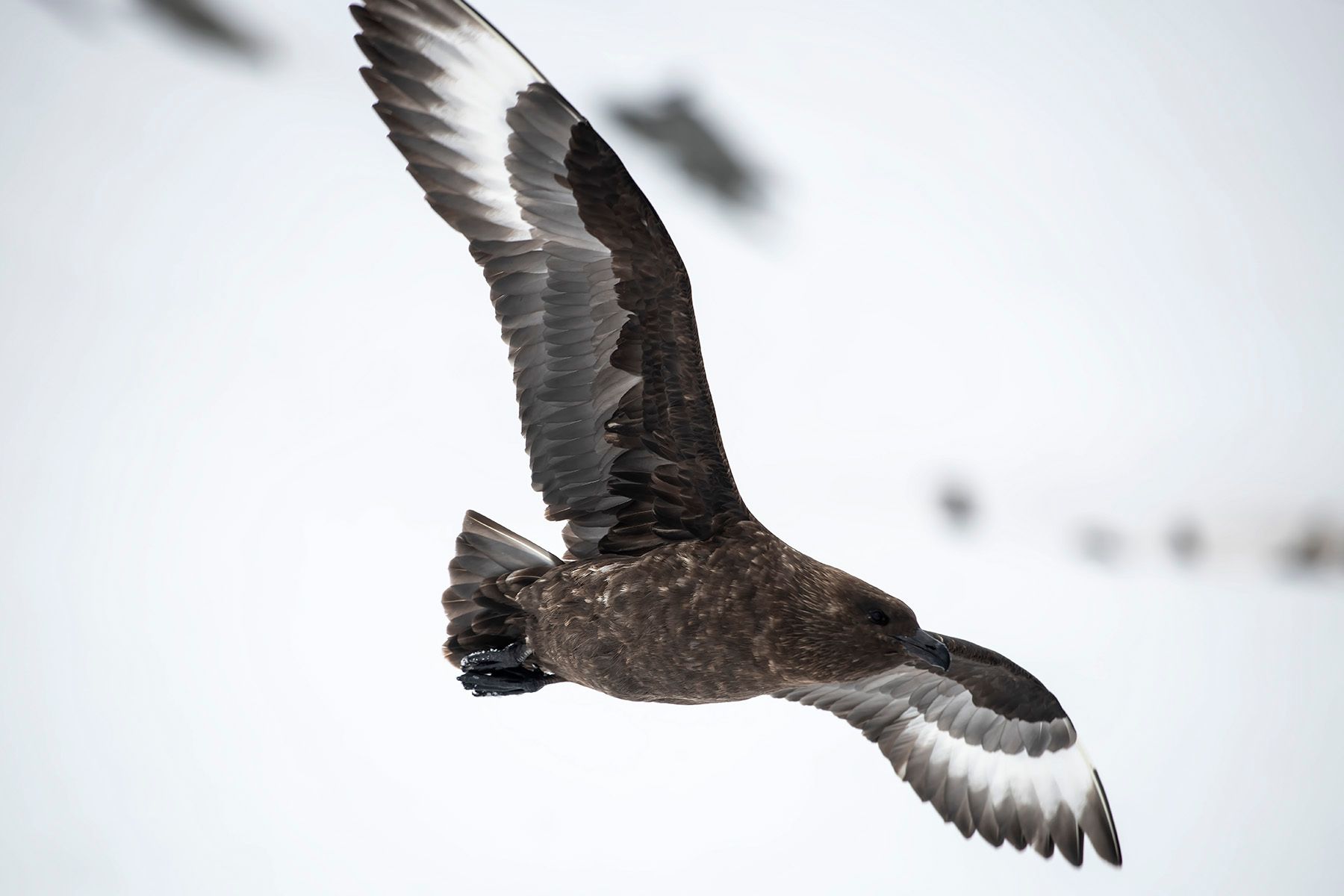
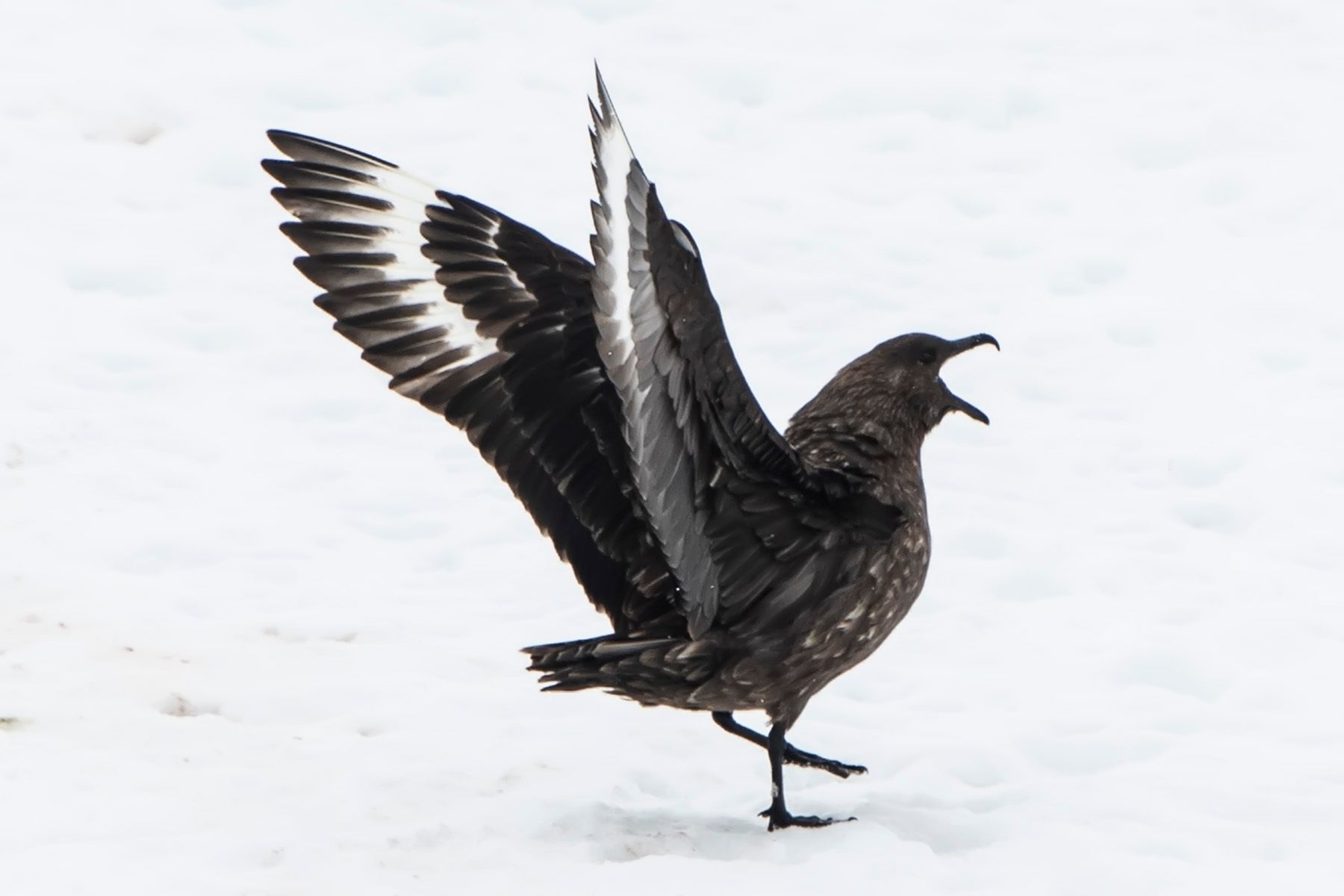
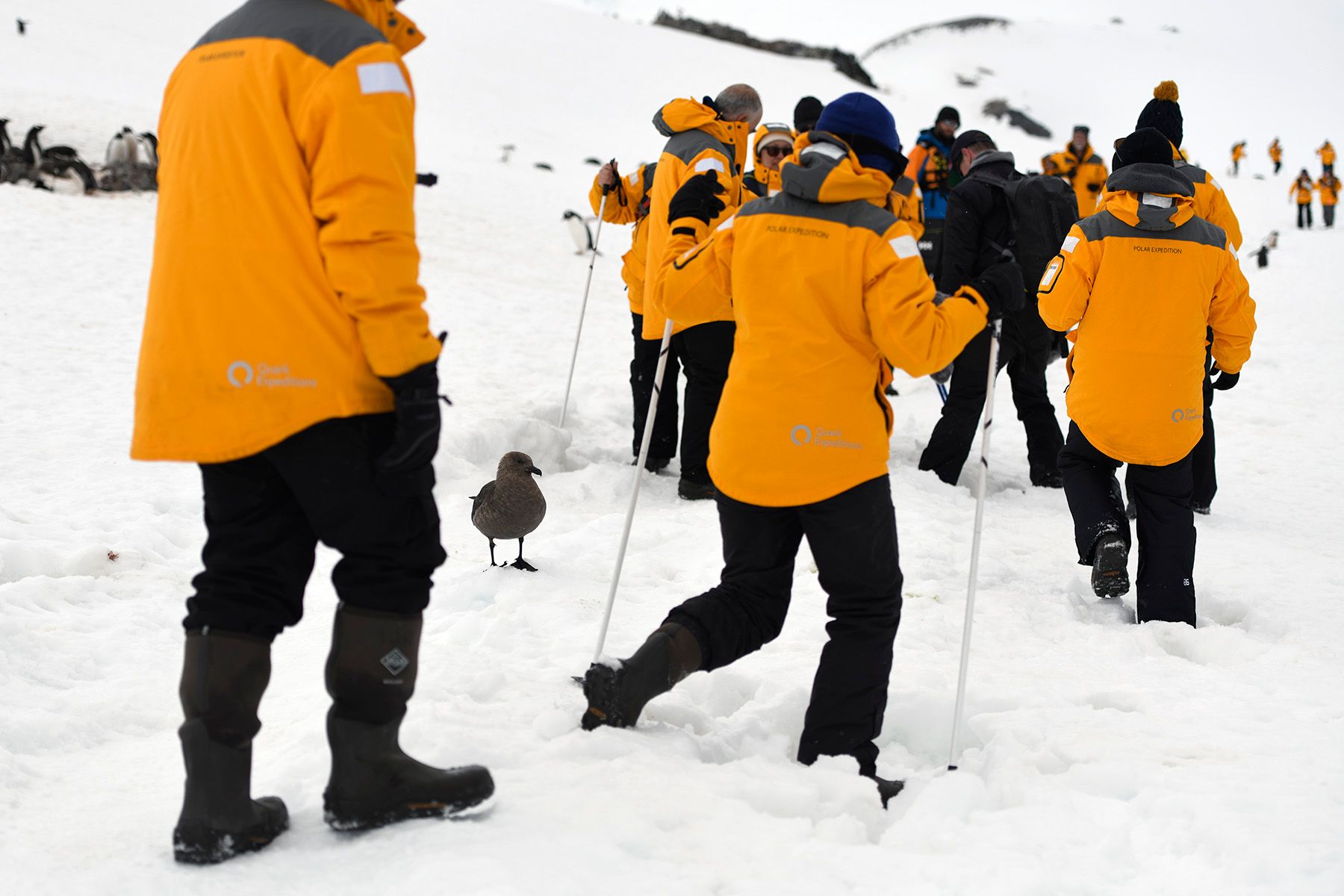

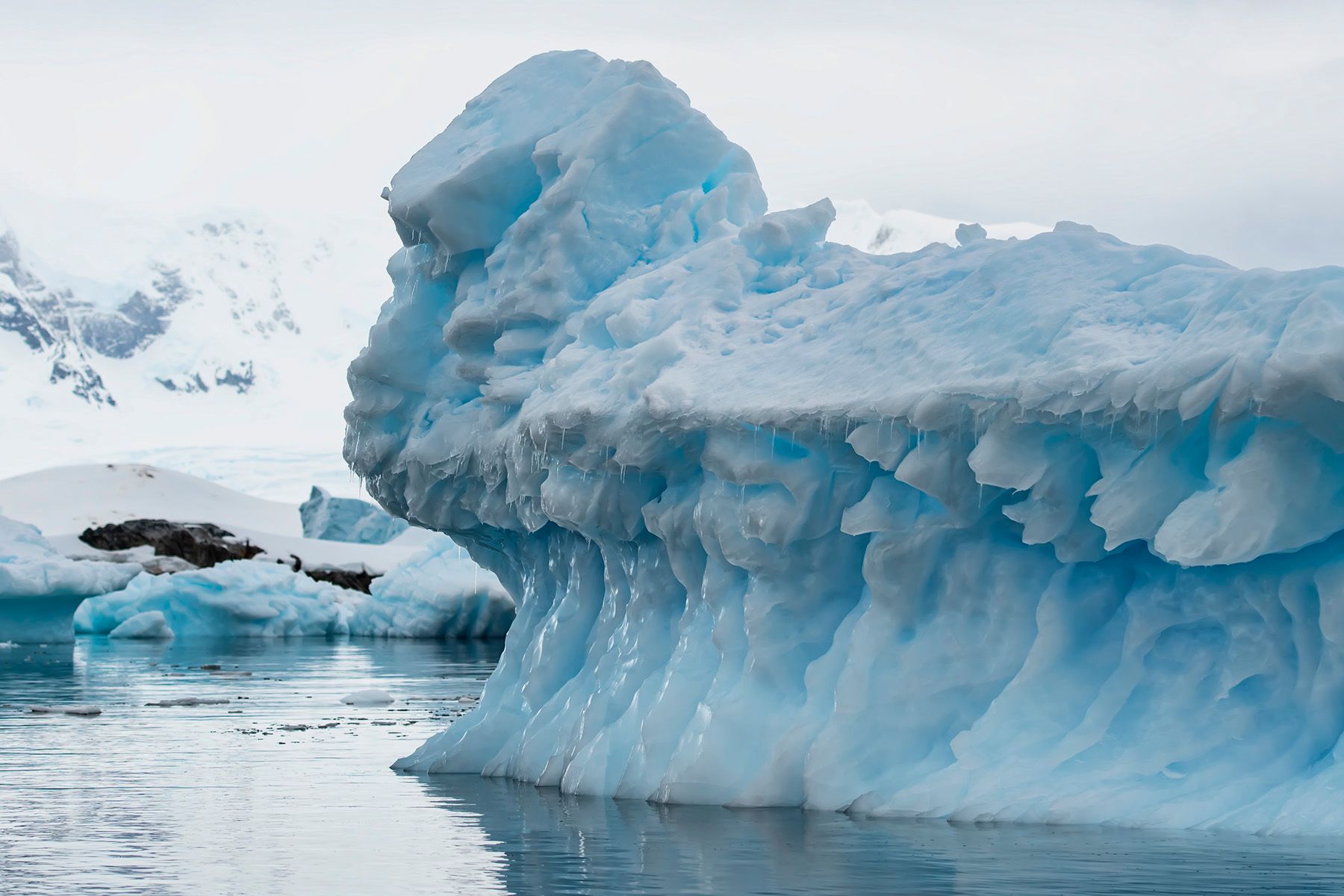
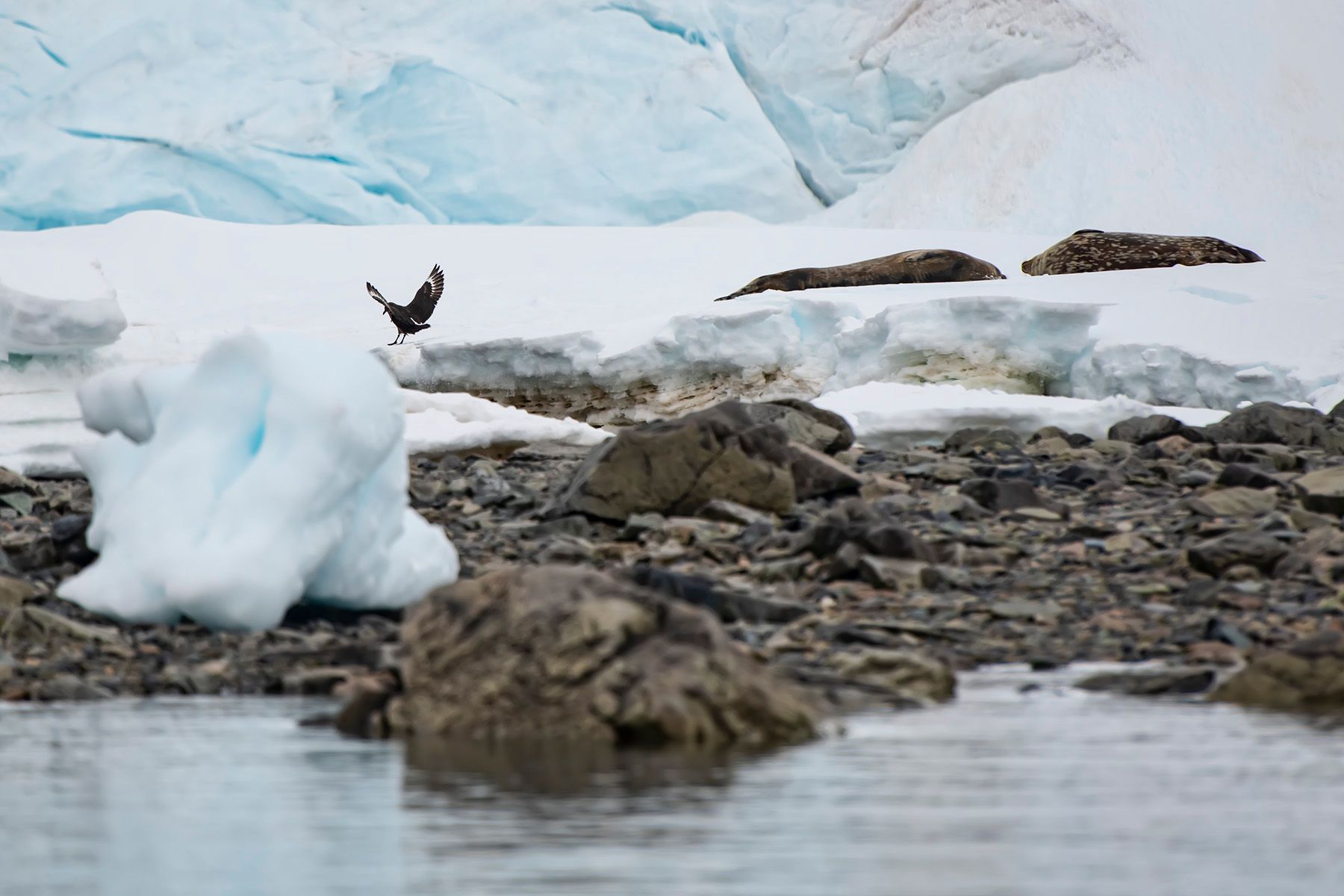

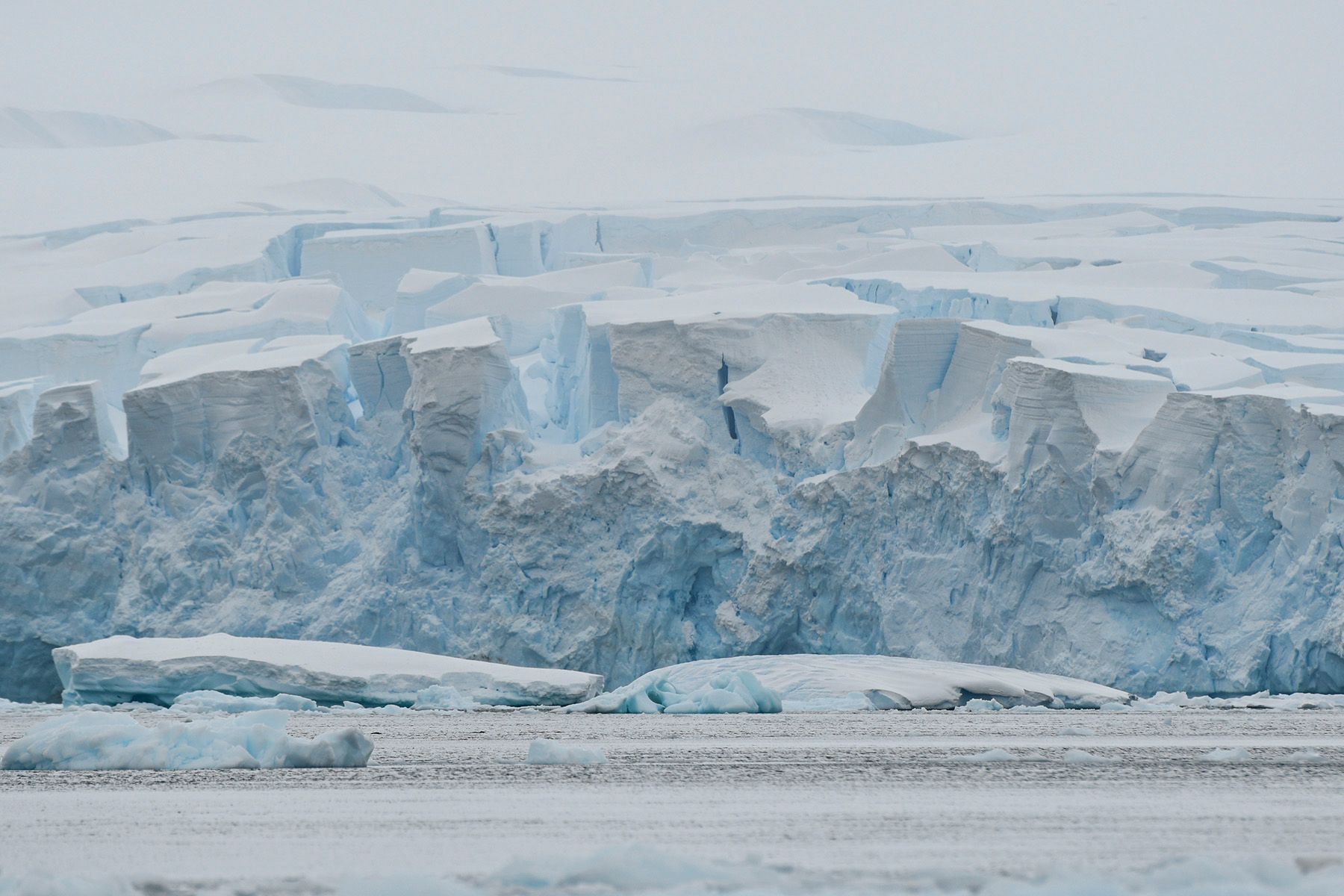
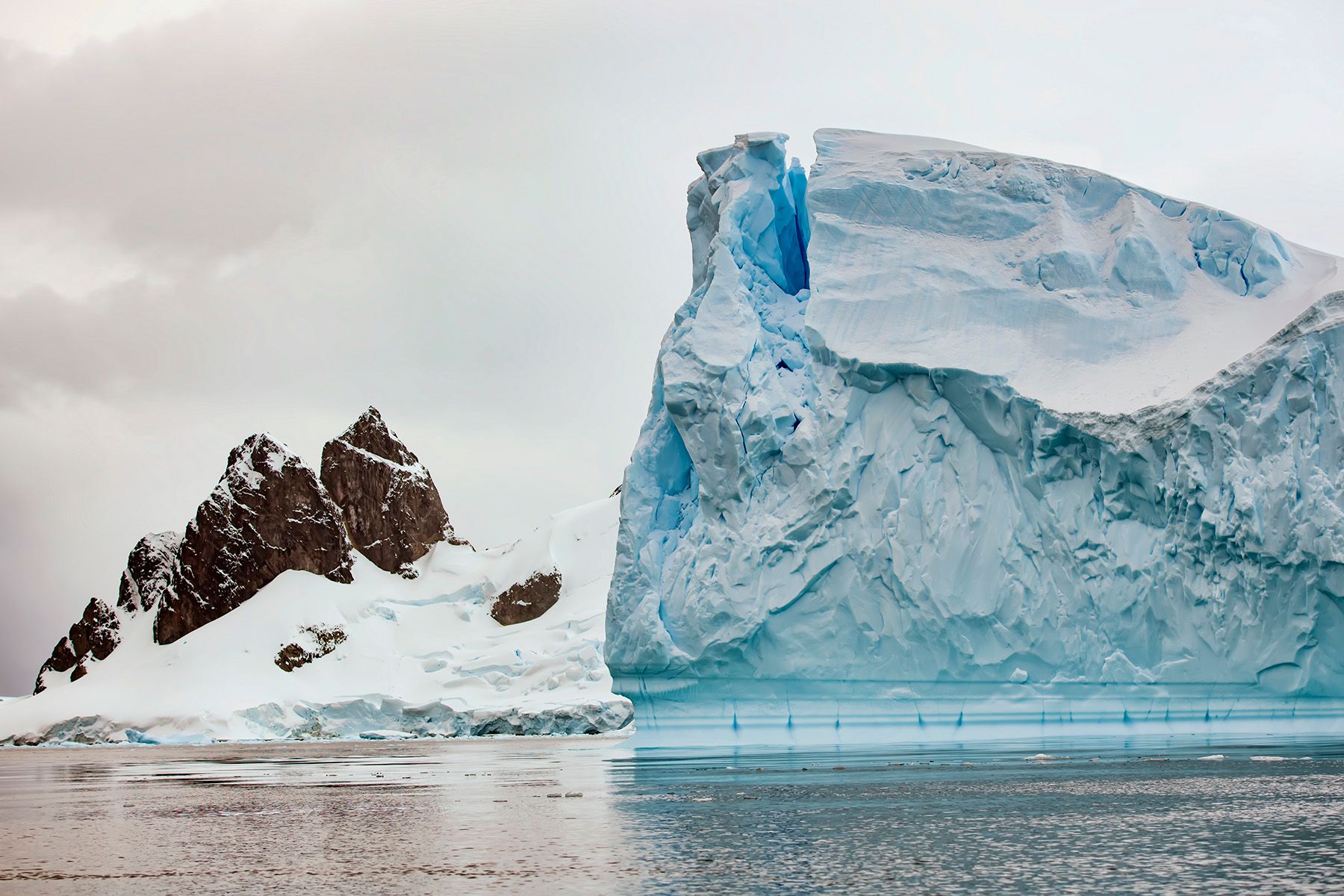

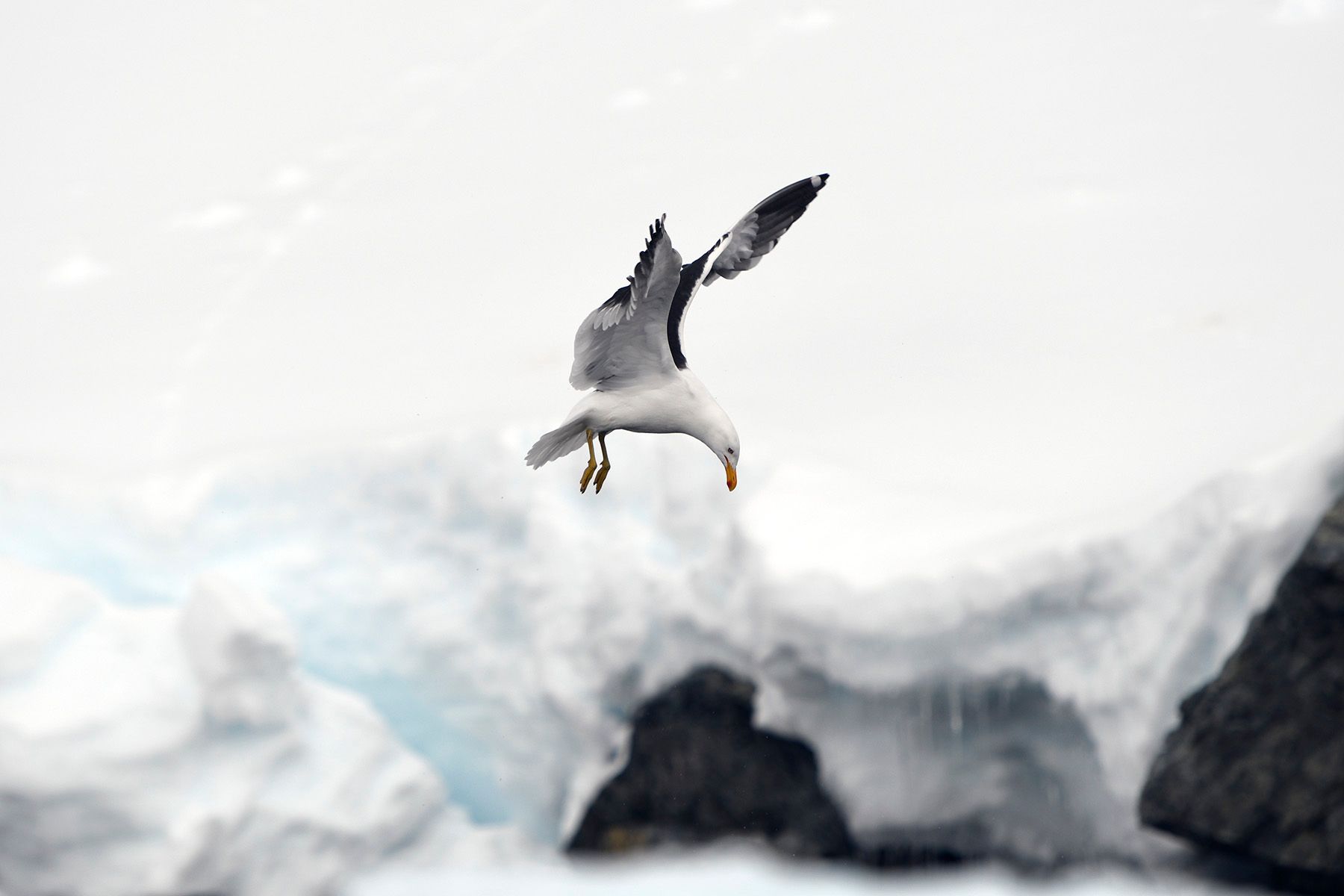
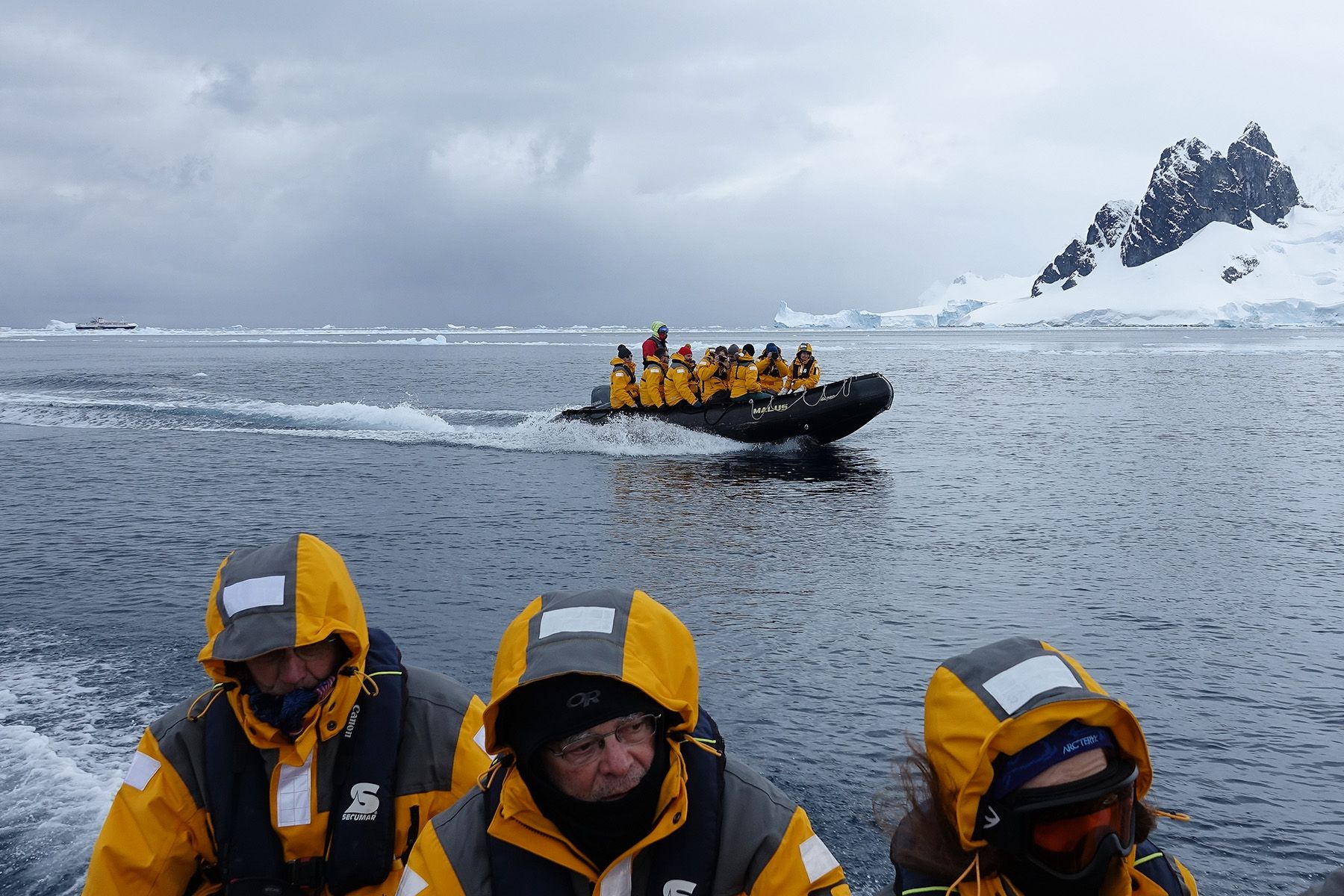
Lemaire Channel
The Lemaire Channel is a narrow strait that is sometimes impassable early in the season due to ice. We passed through it southbound and then again northbound a few days later.
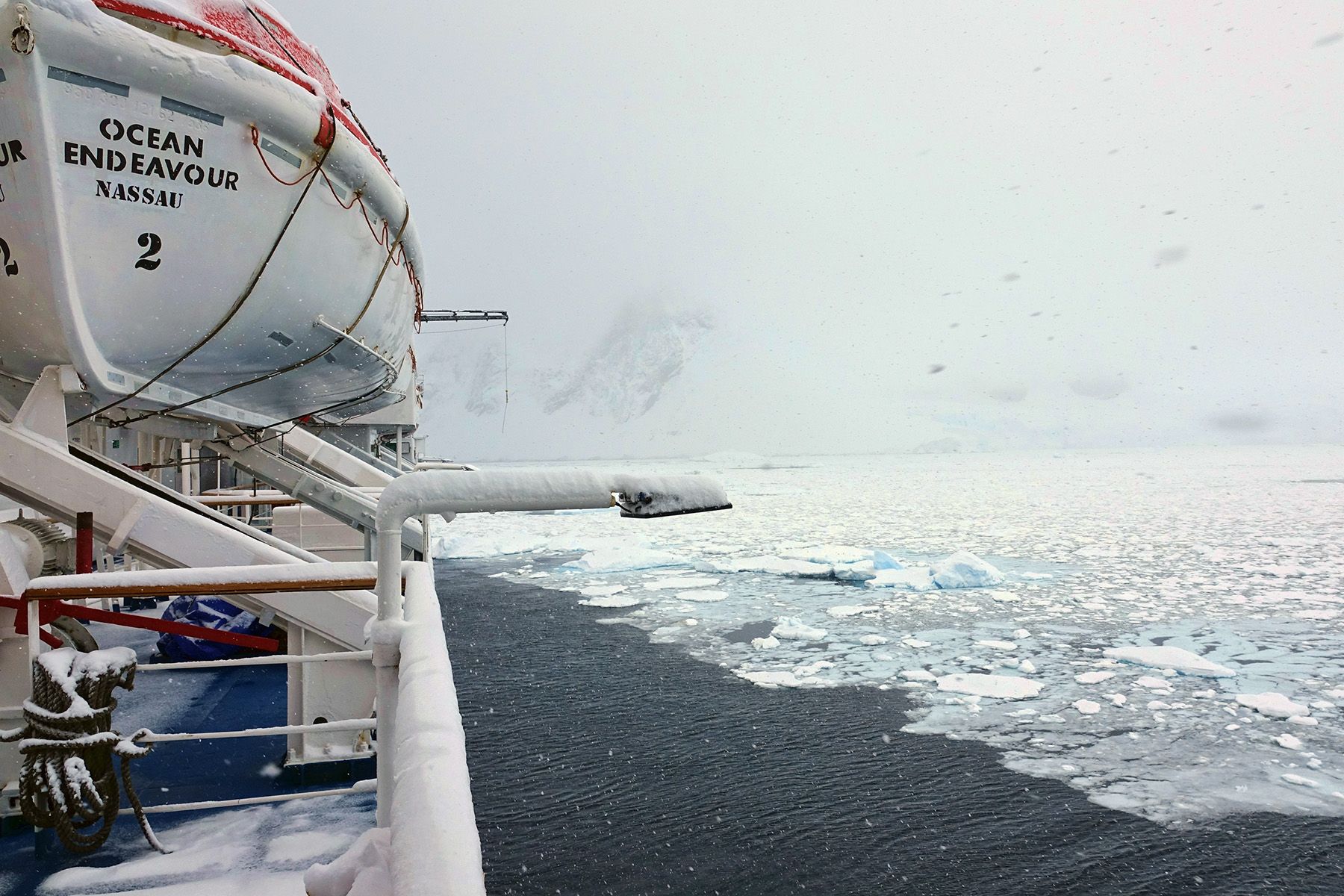
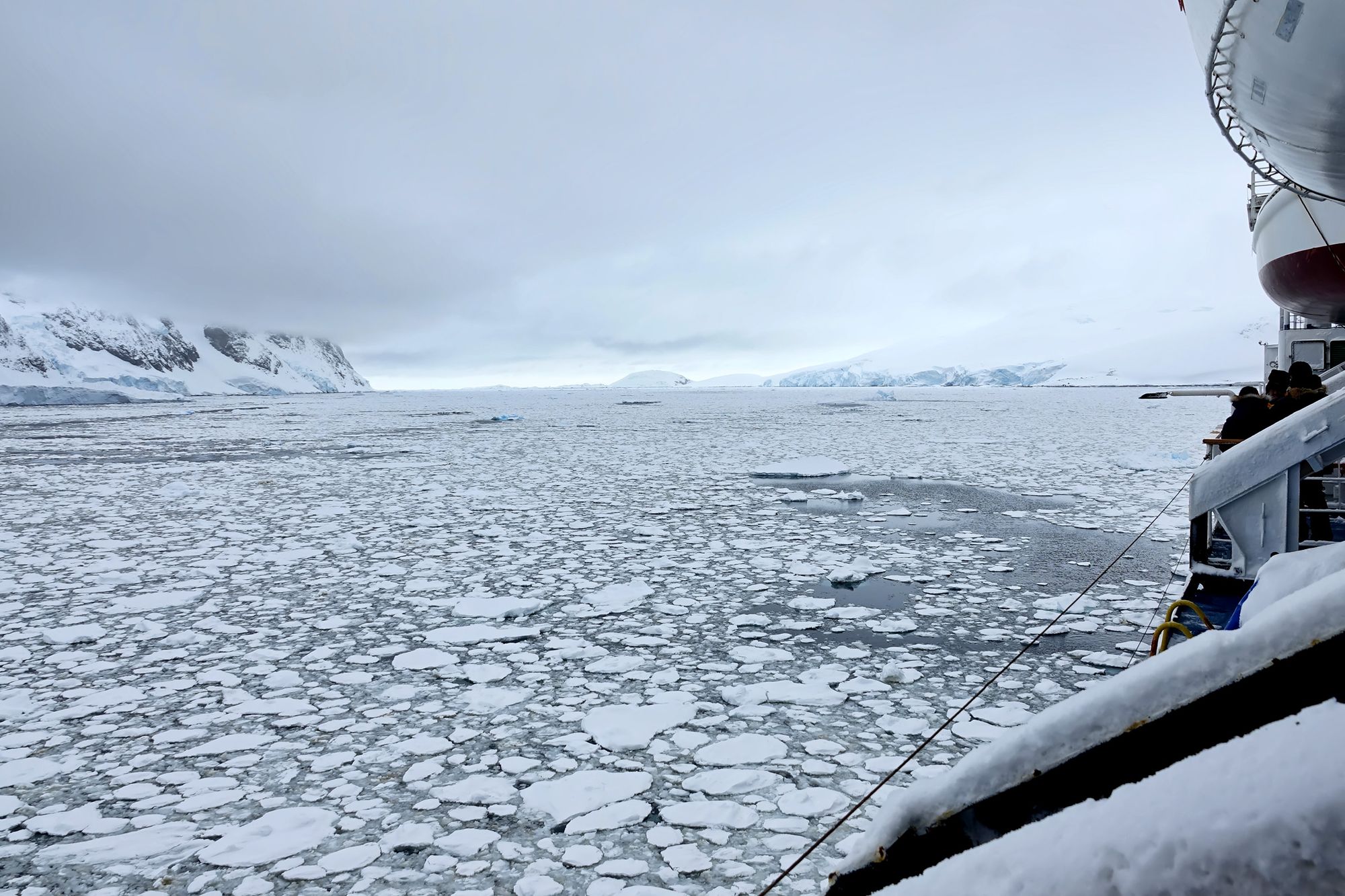
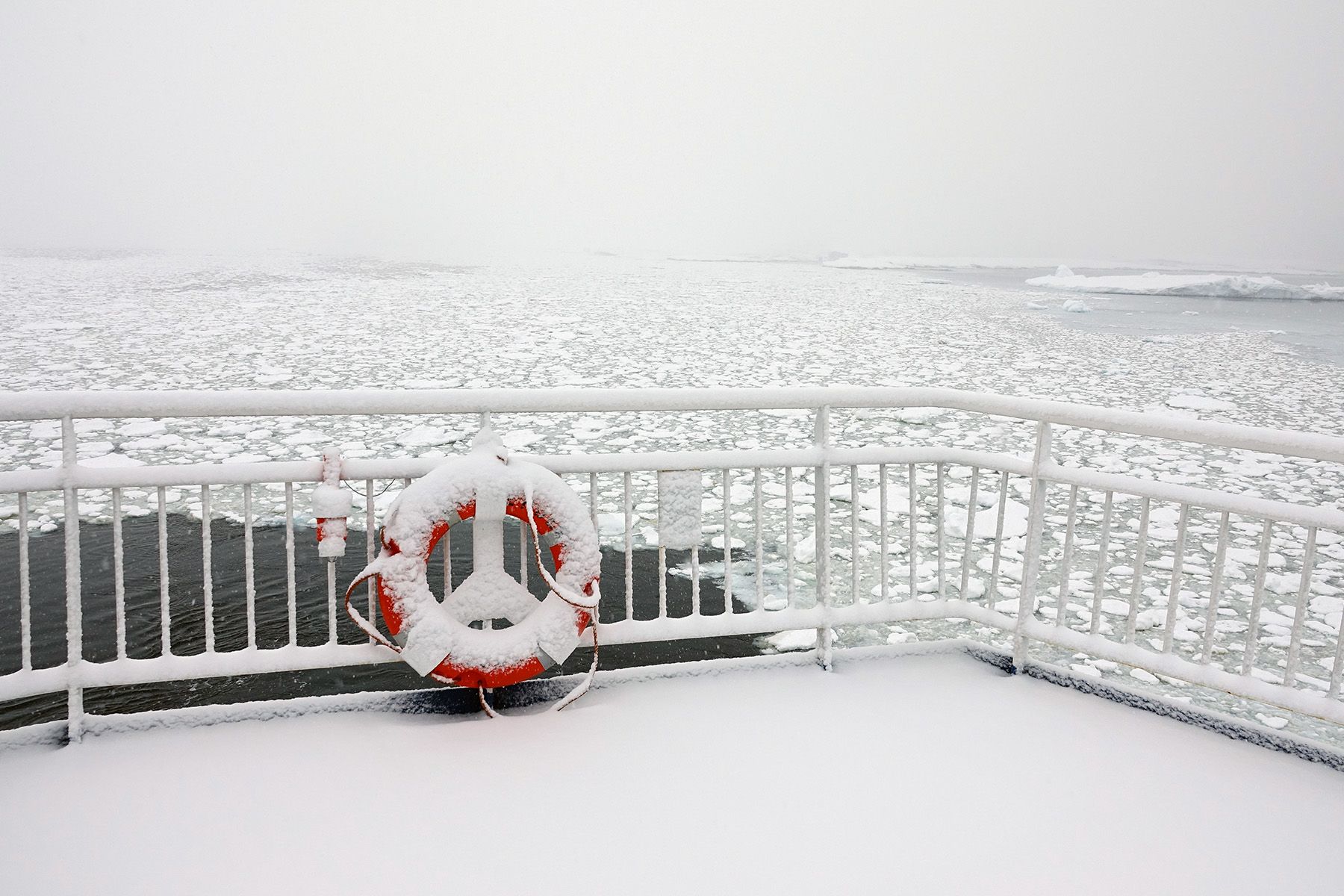
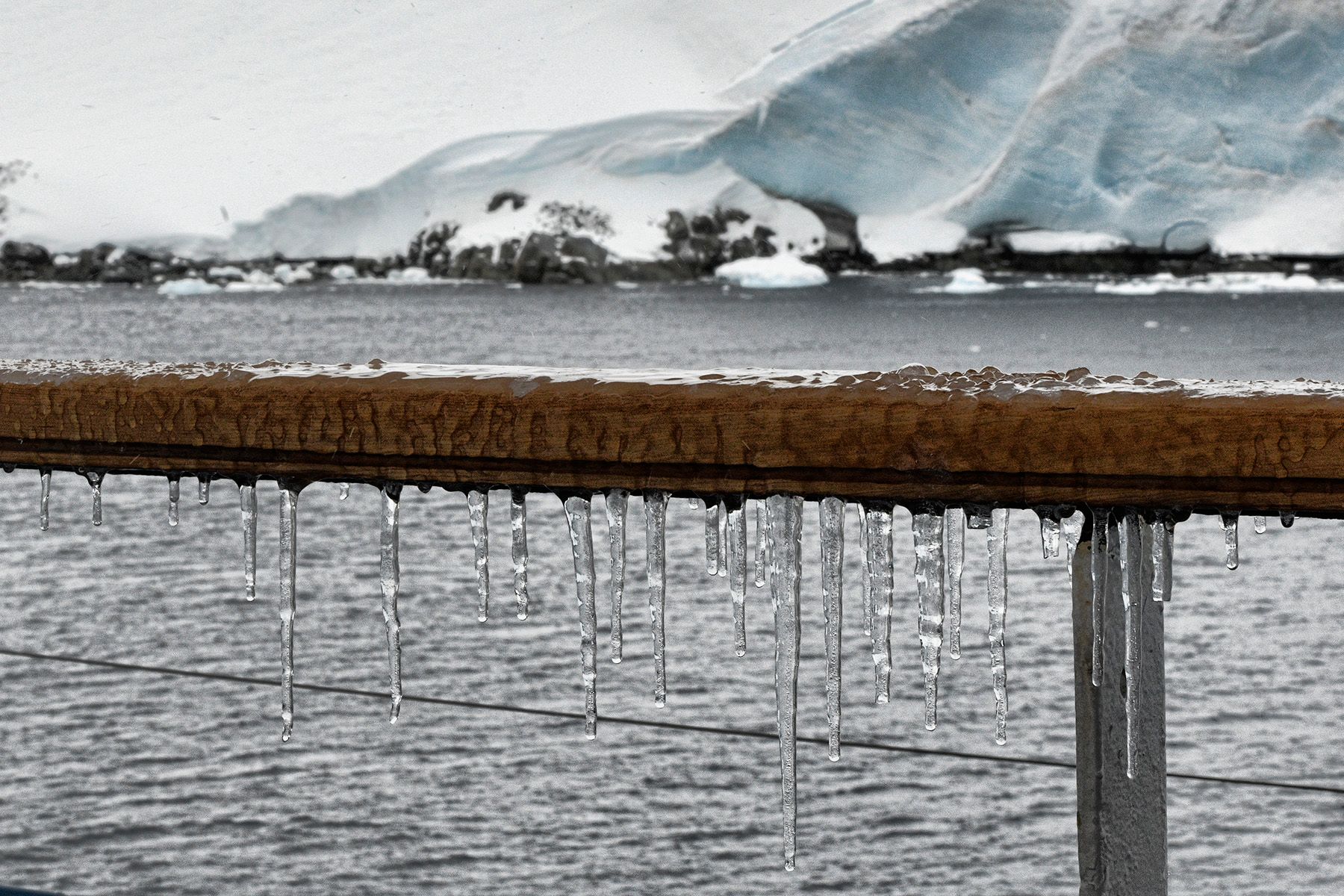
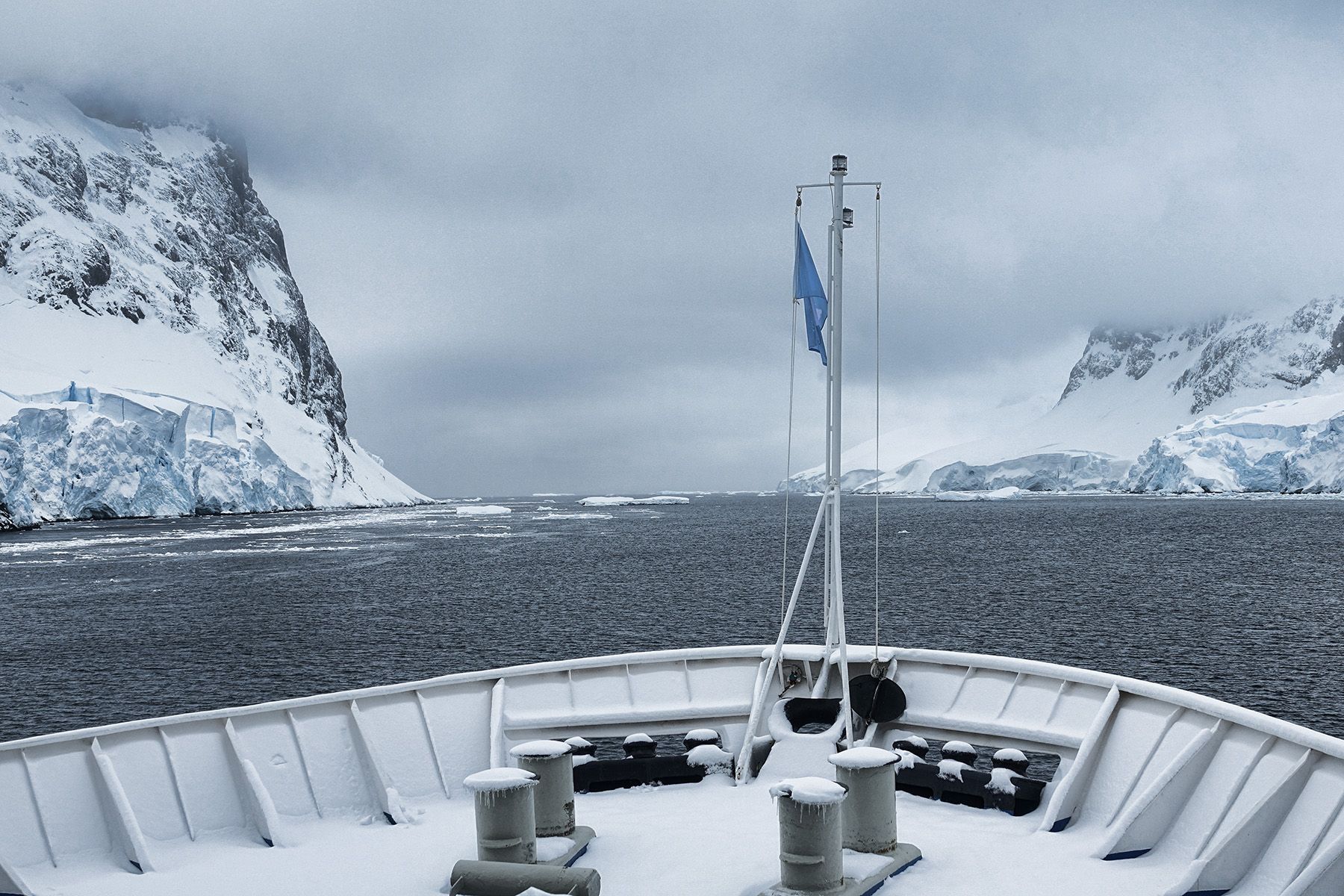

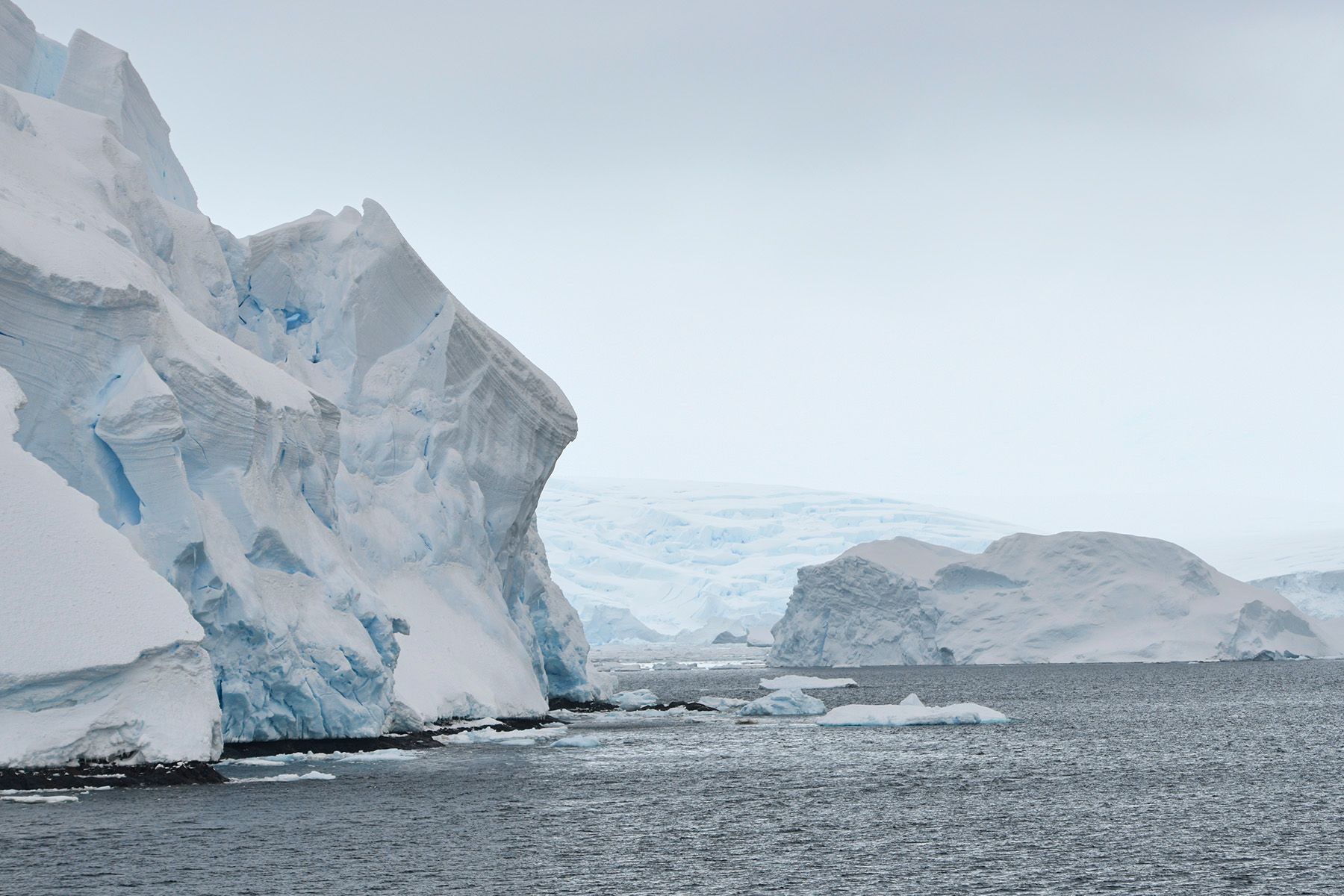
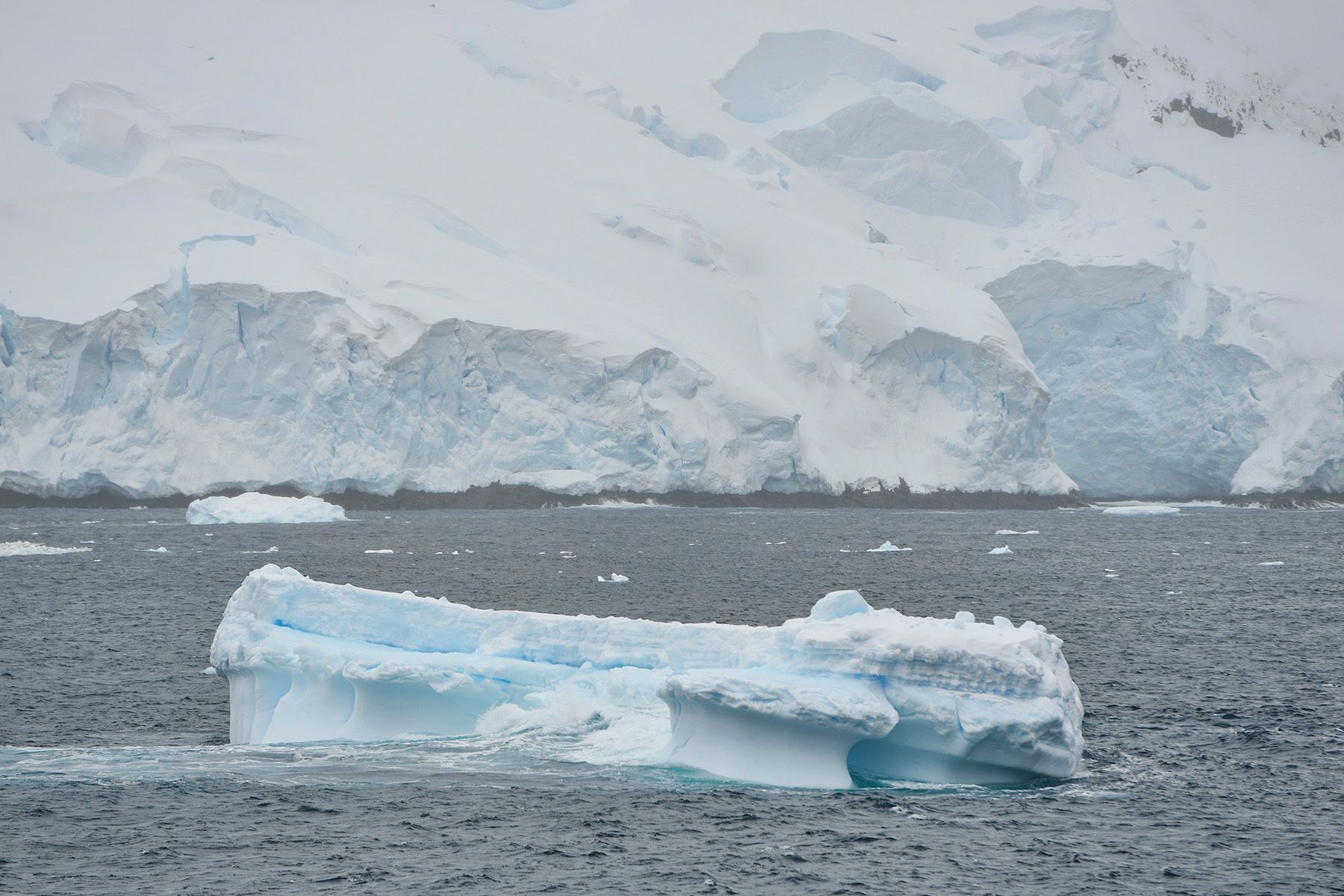

The Crew
The crew was great, and we got to know a few of them over the course of our 9 days at sea. They sat with passengers during meals, so we had meals with many of them, and I got to know the ones who hung out in the bar pretty well, because I spent long evenings in the bar editing photos while they were doing karaoke and generally carrying on.
